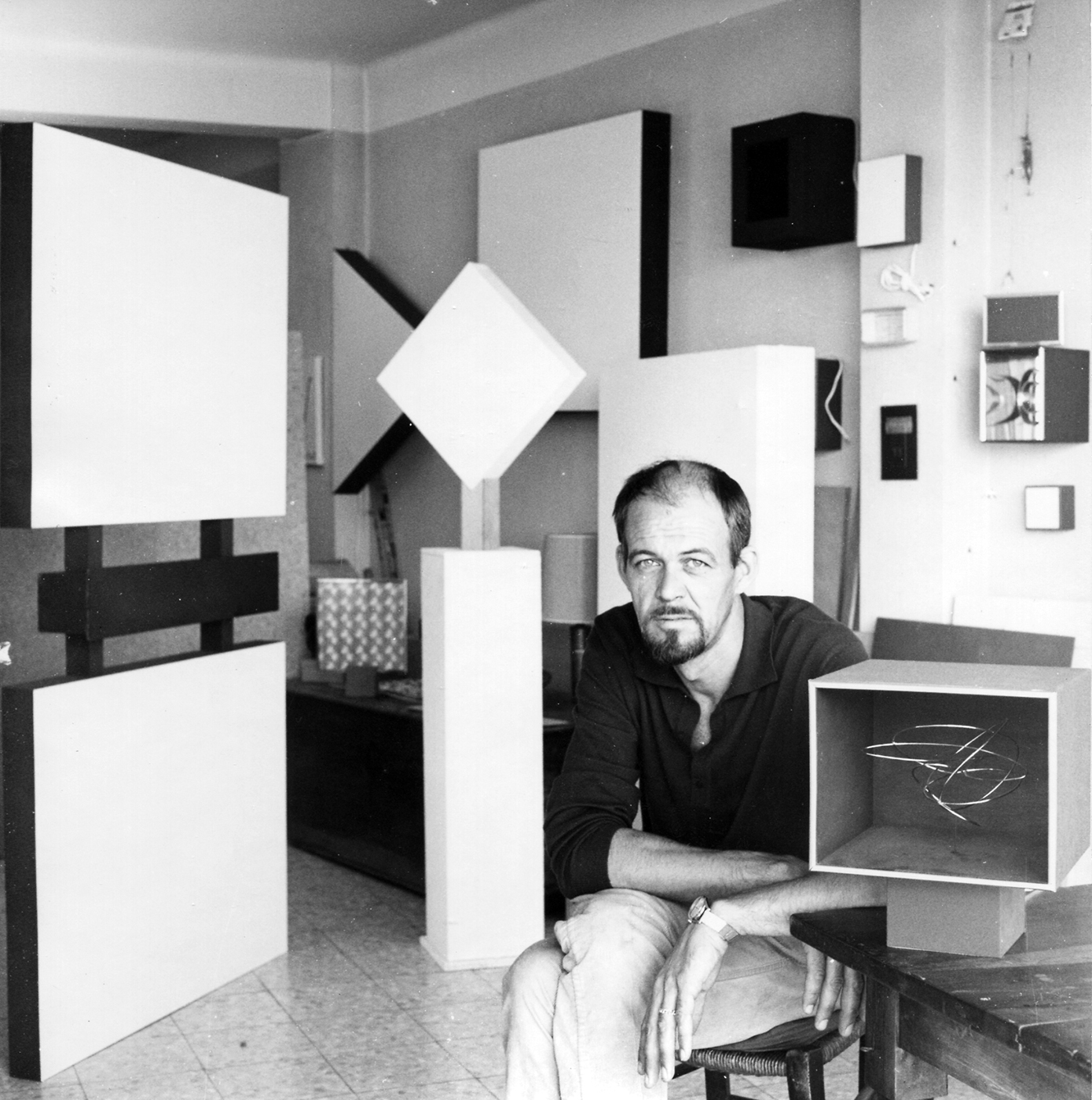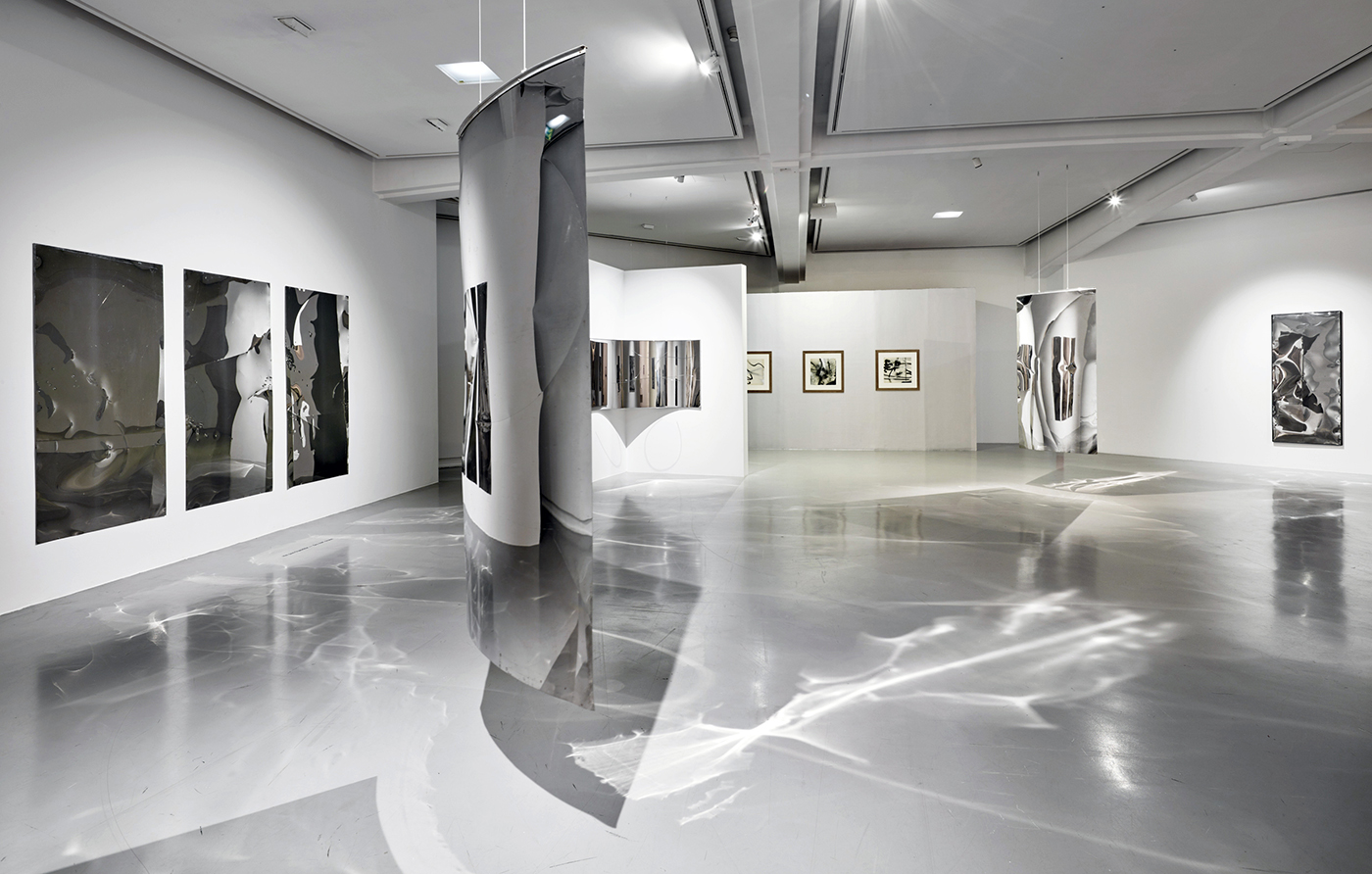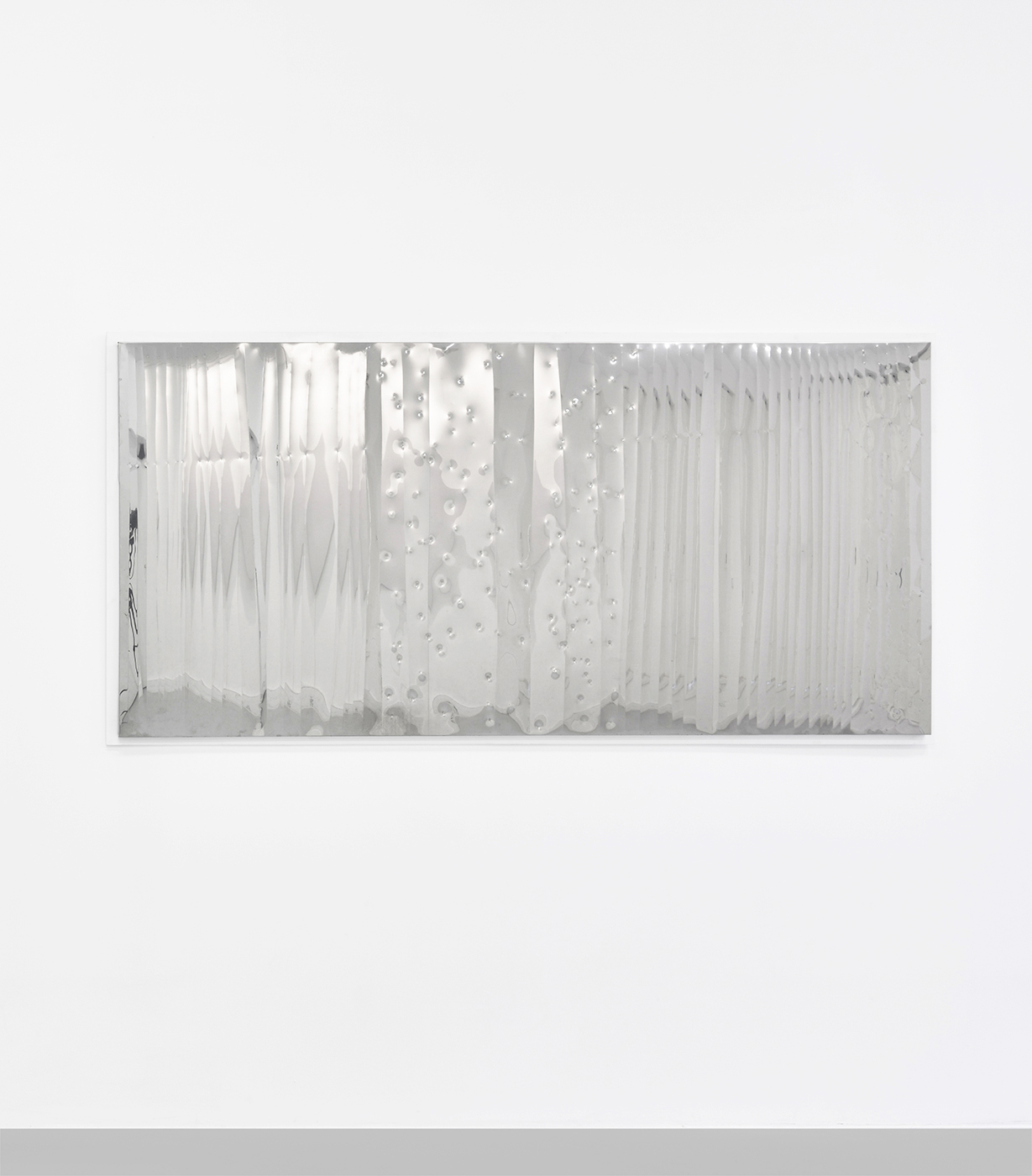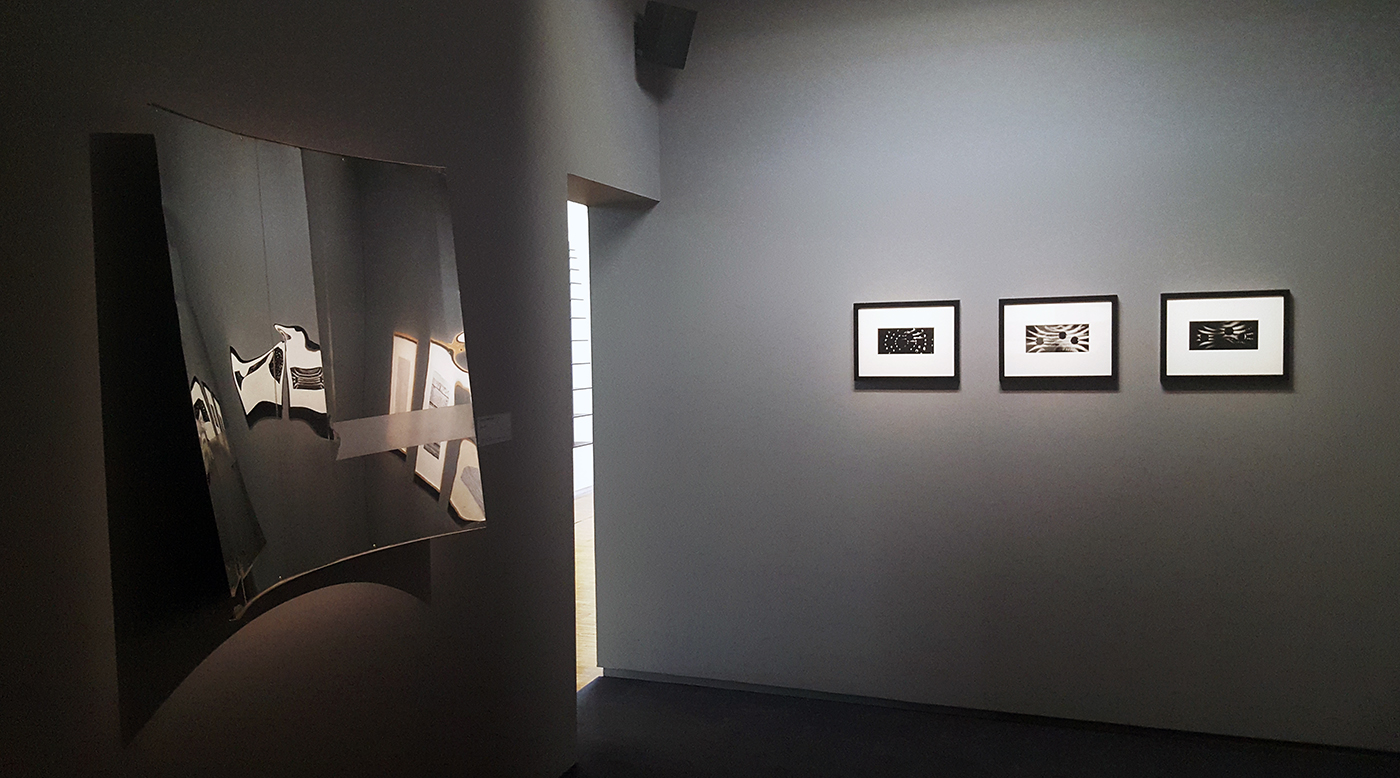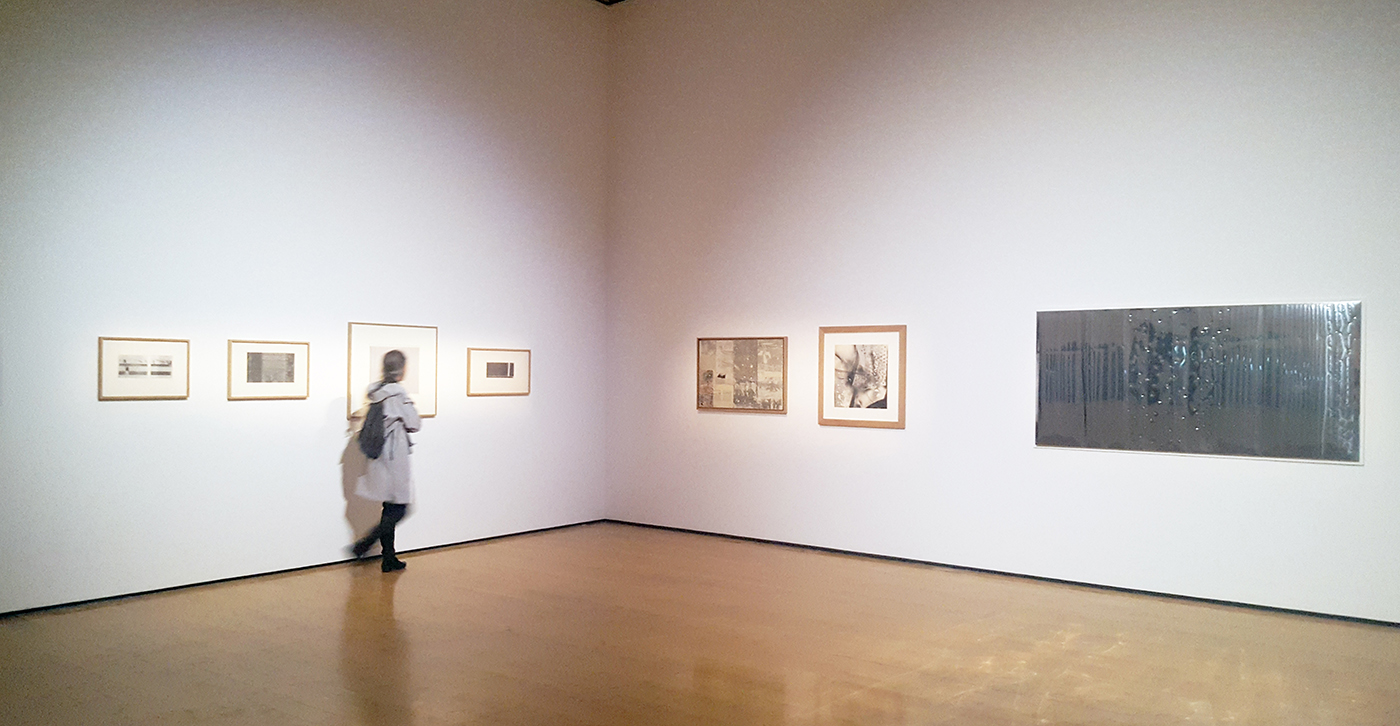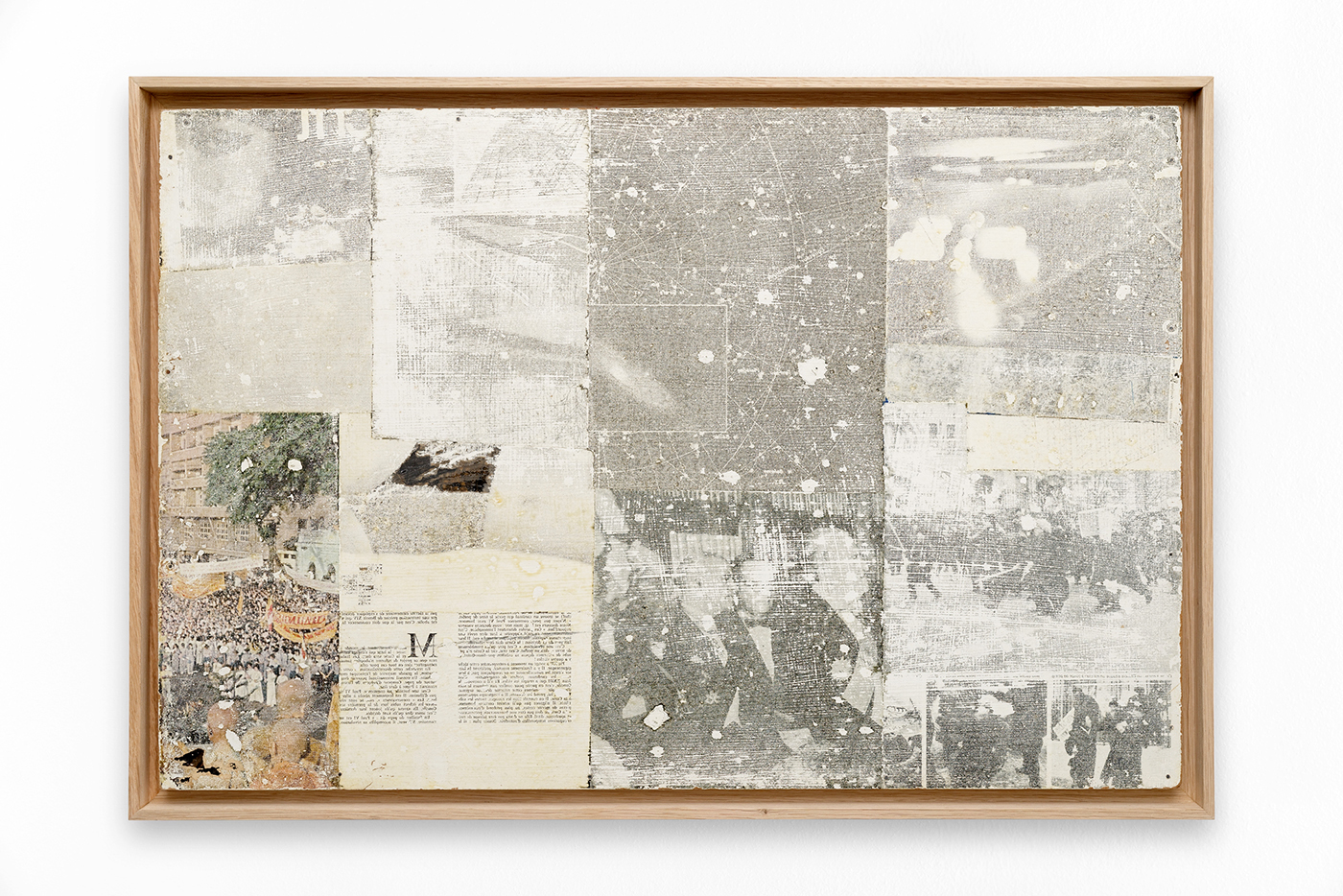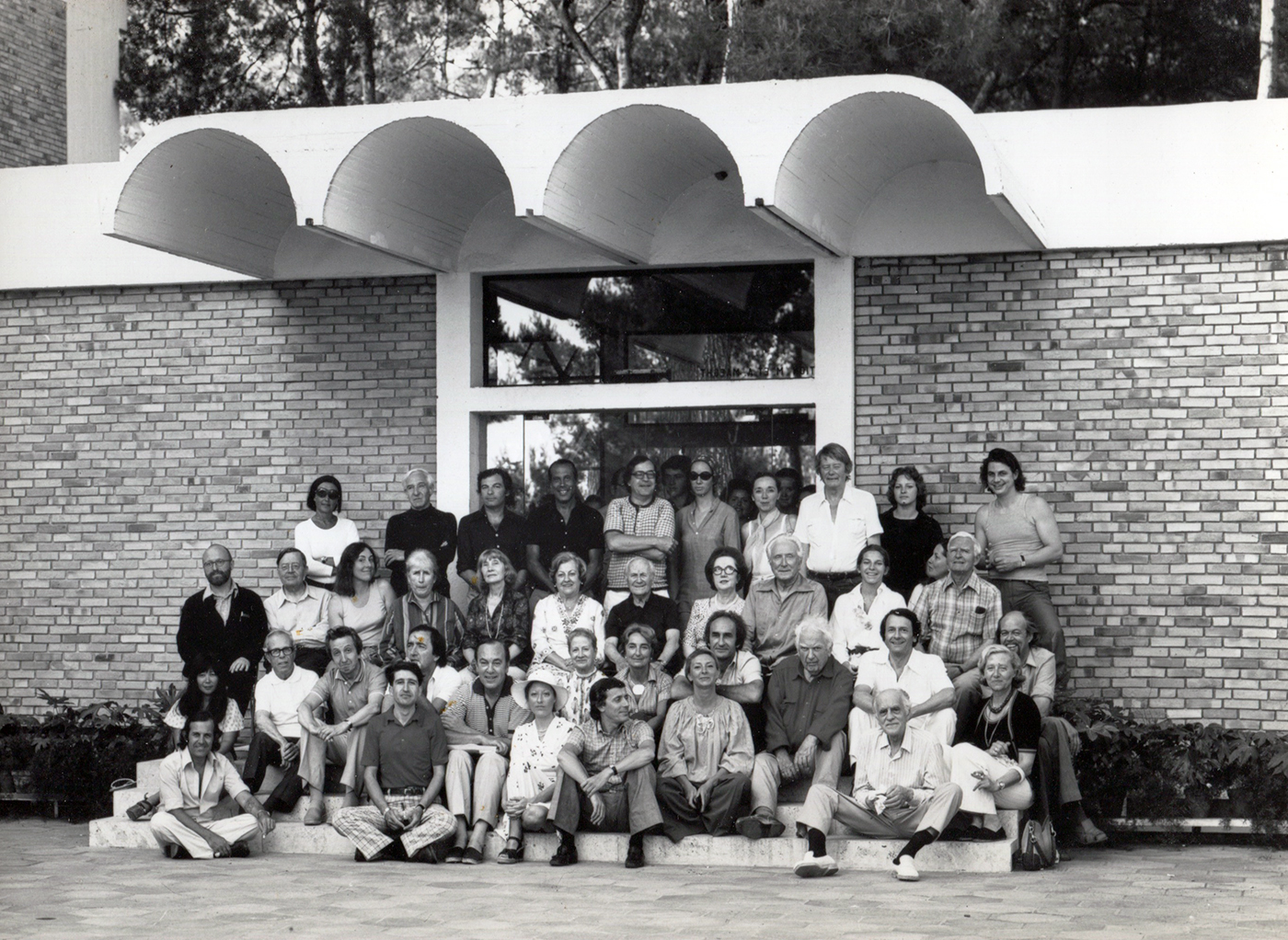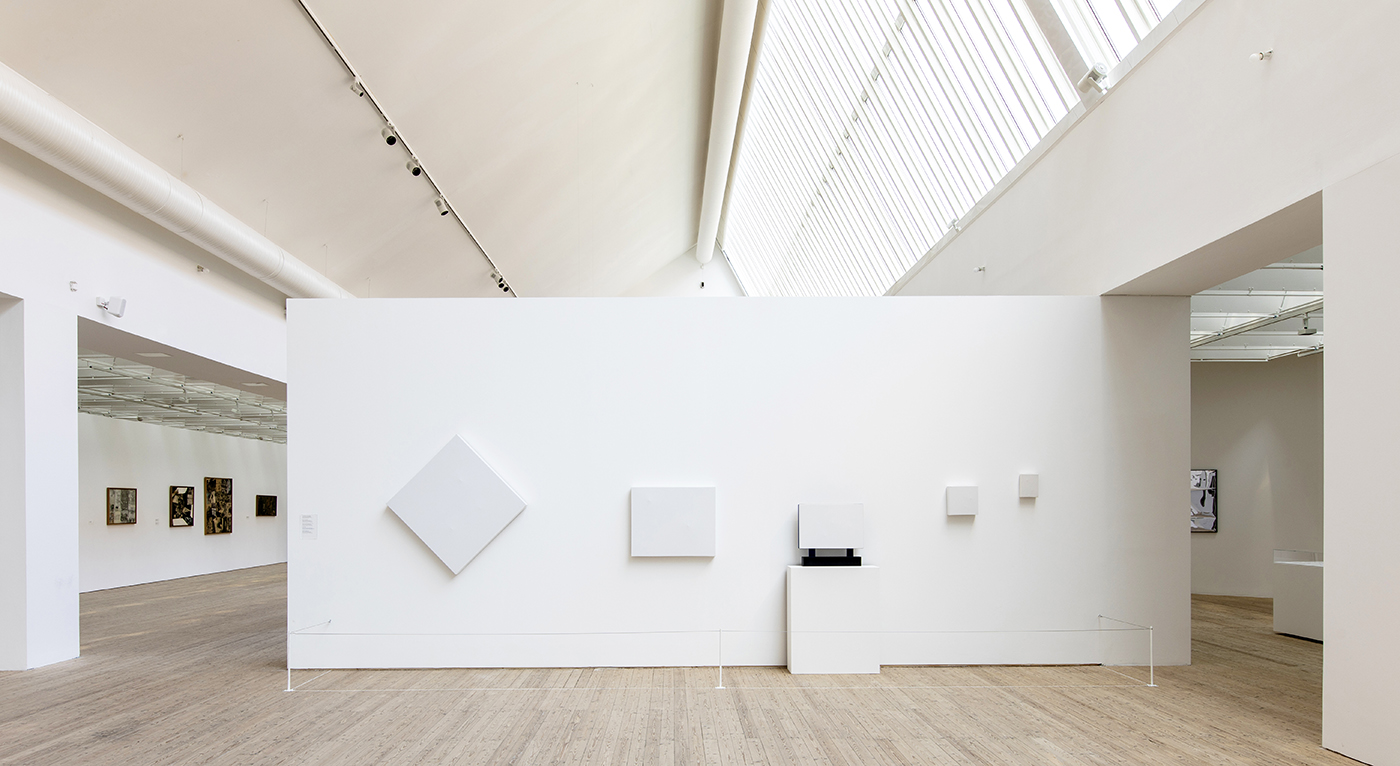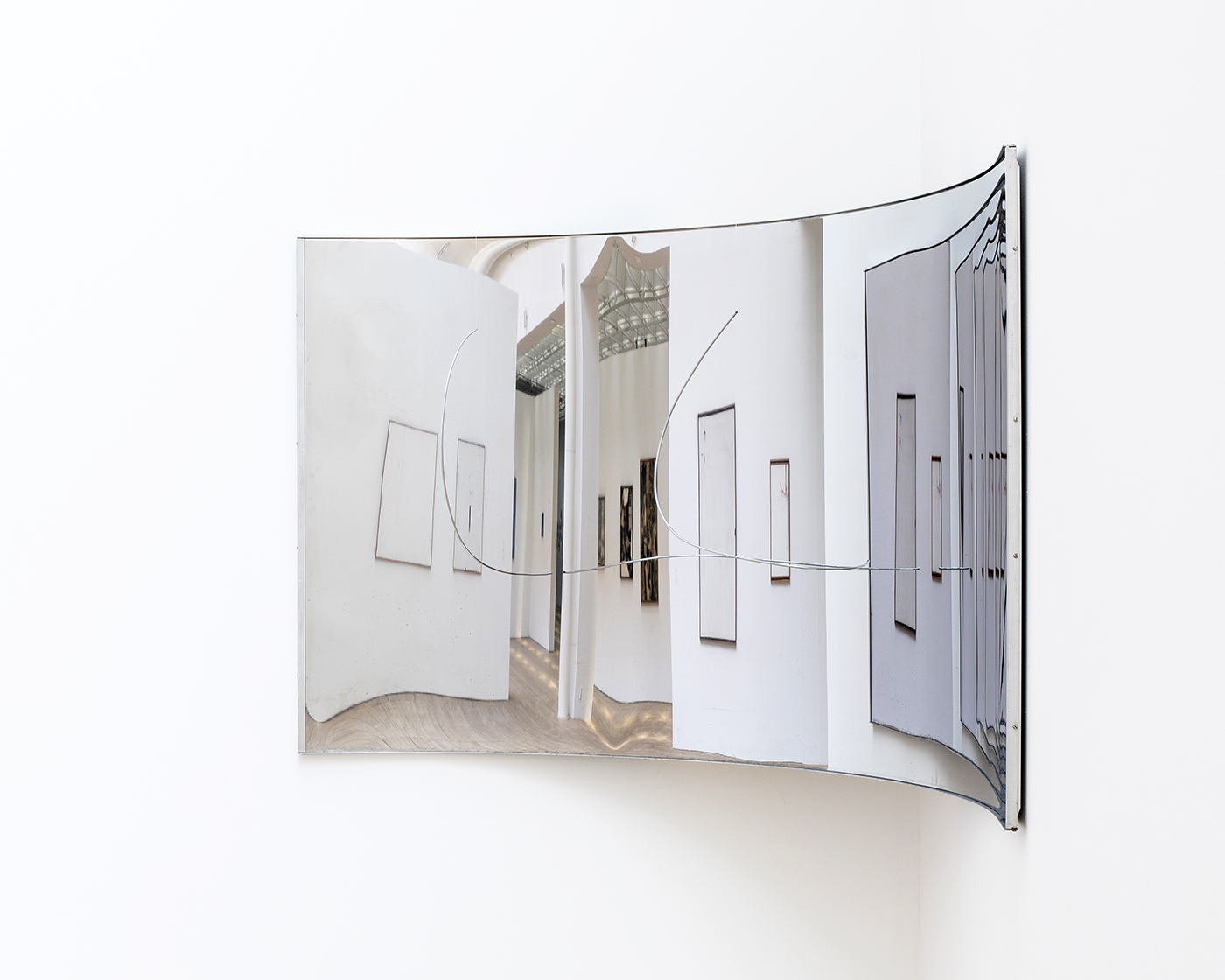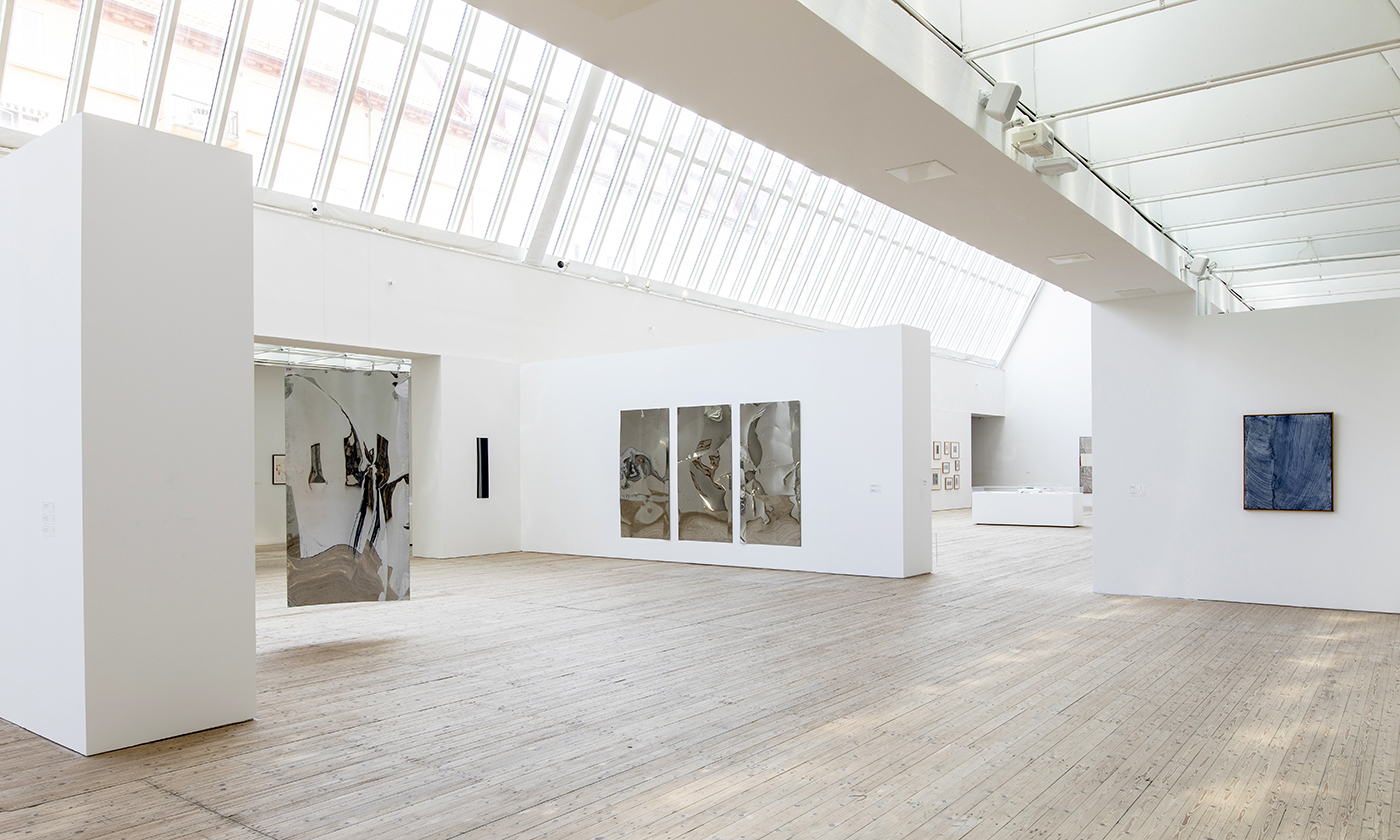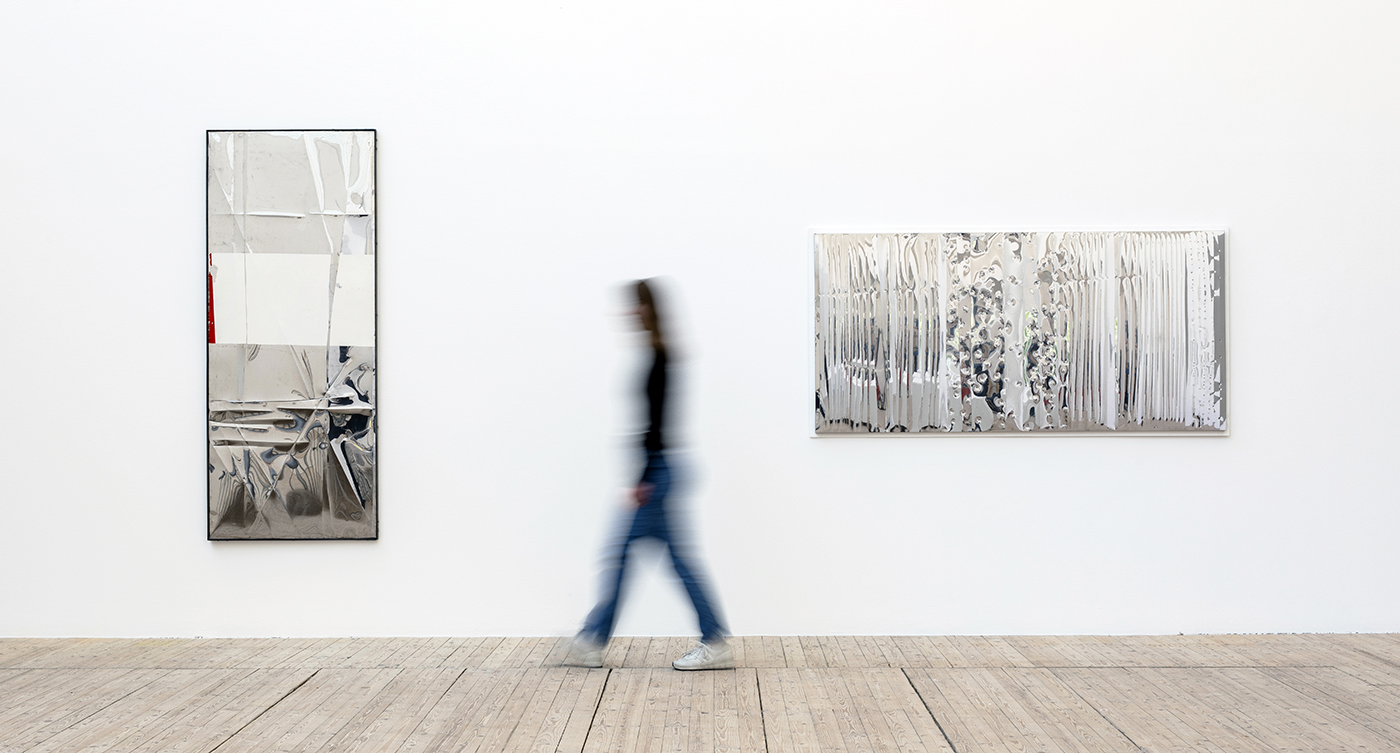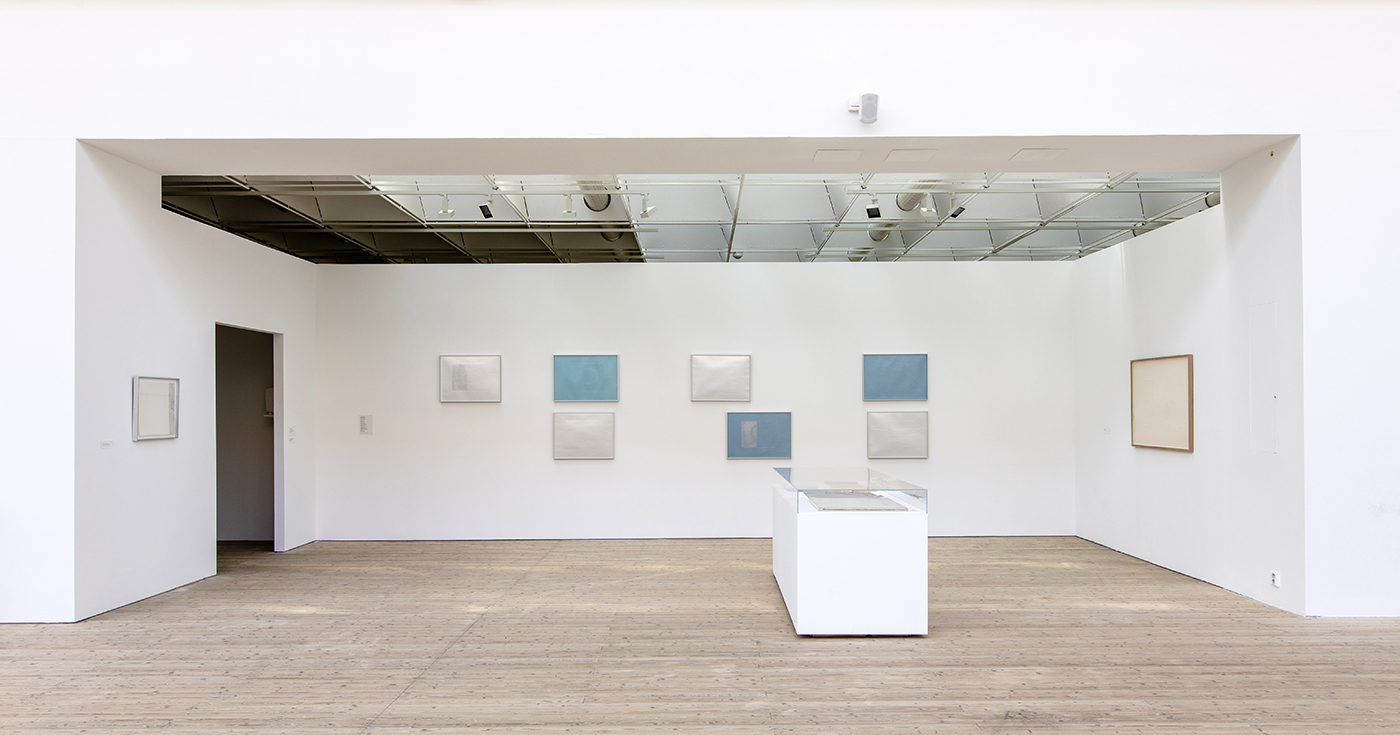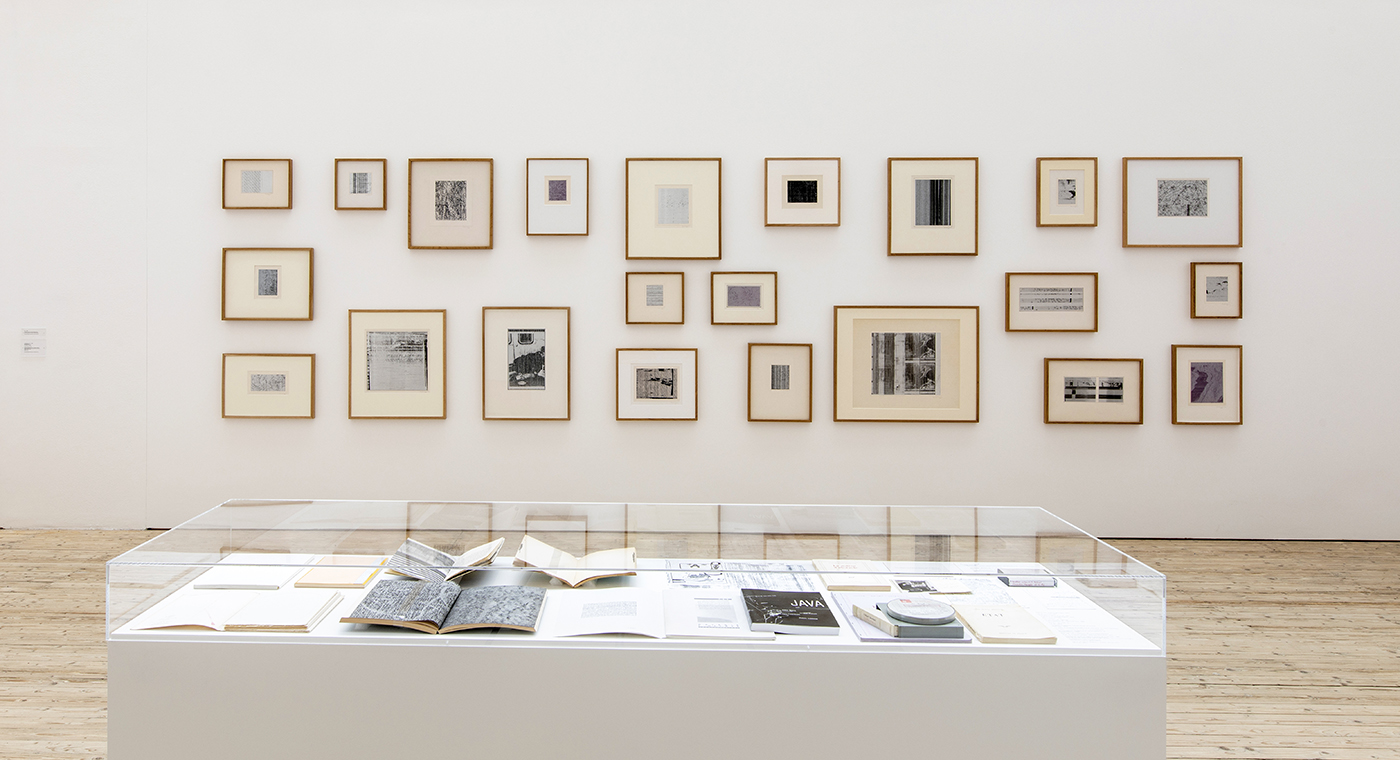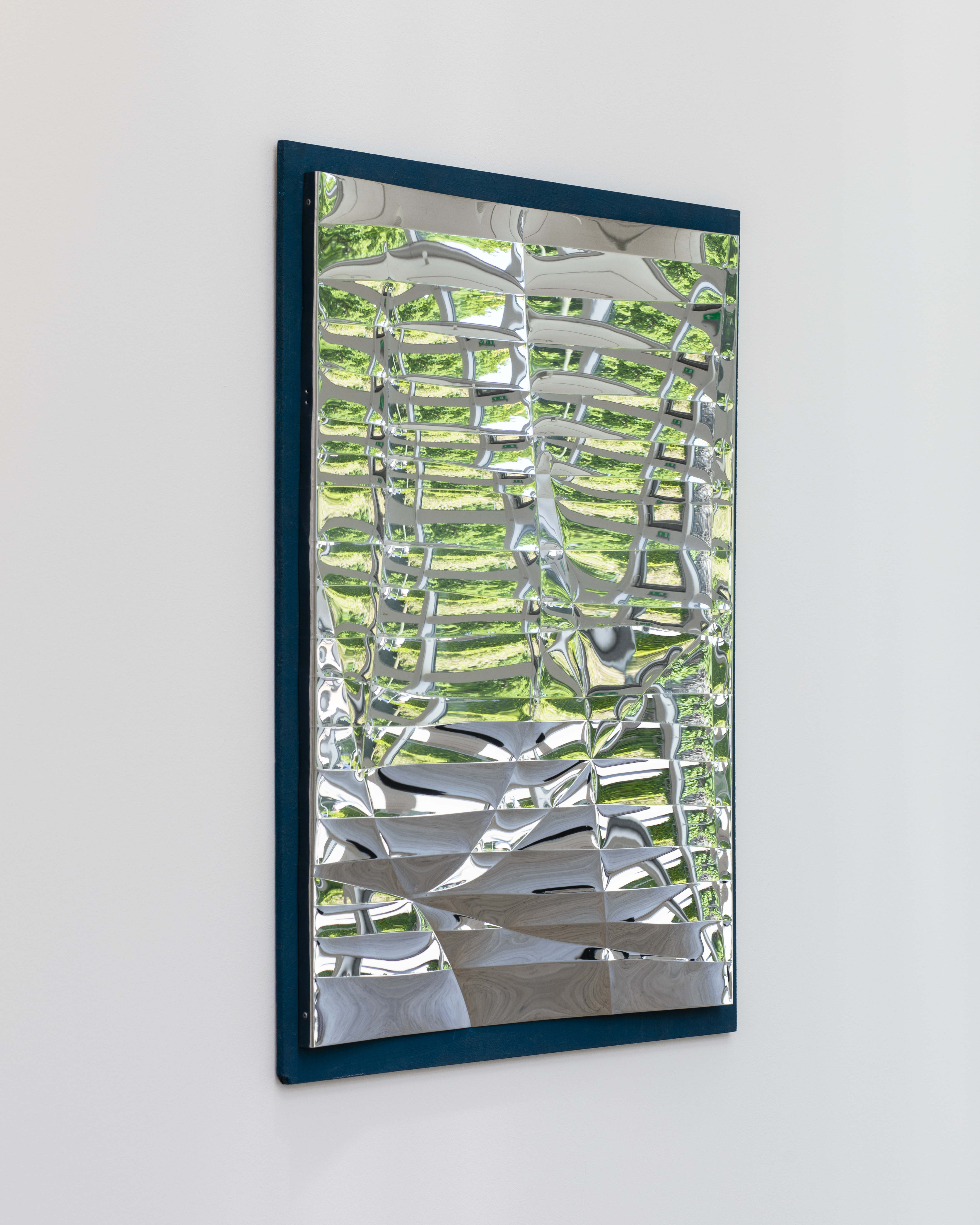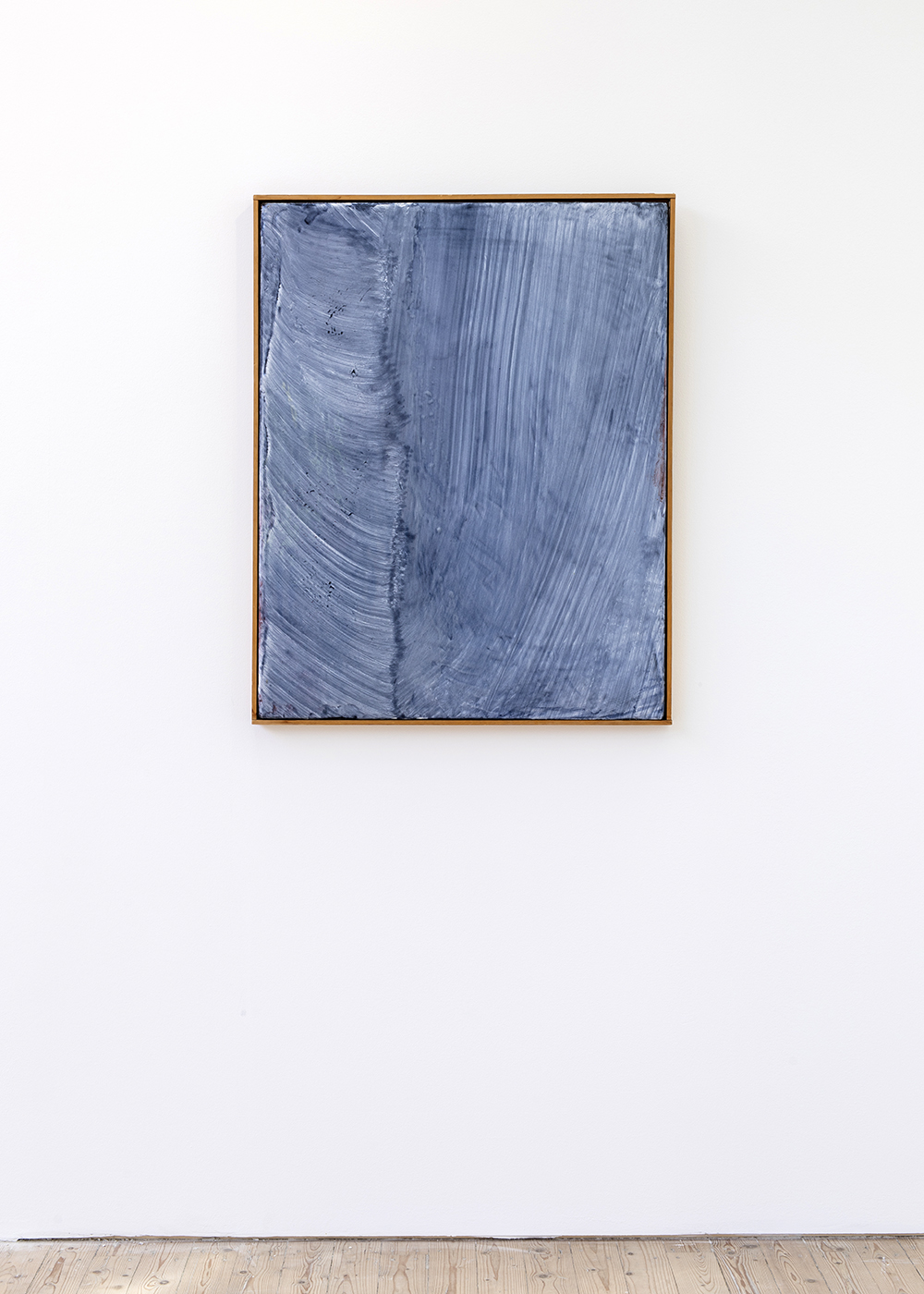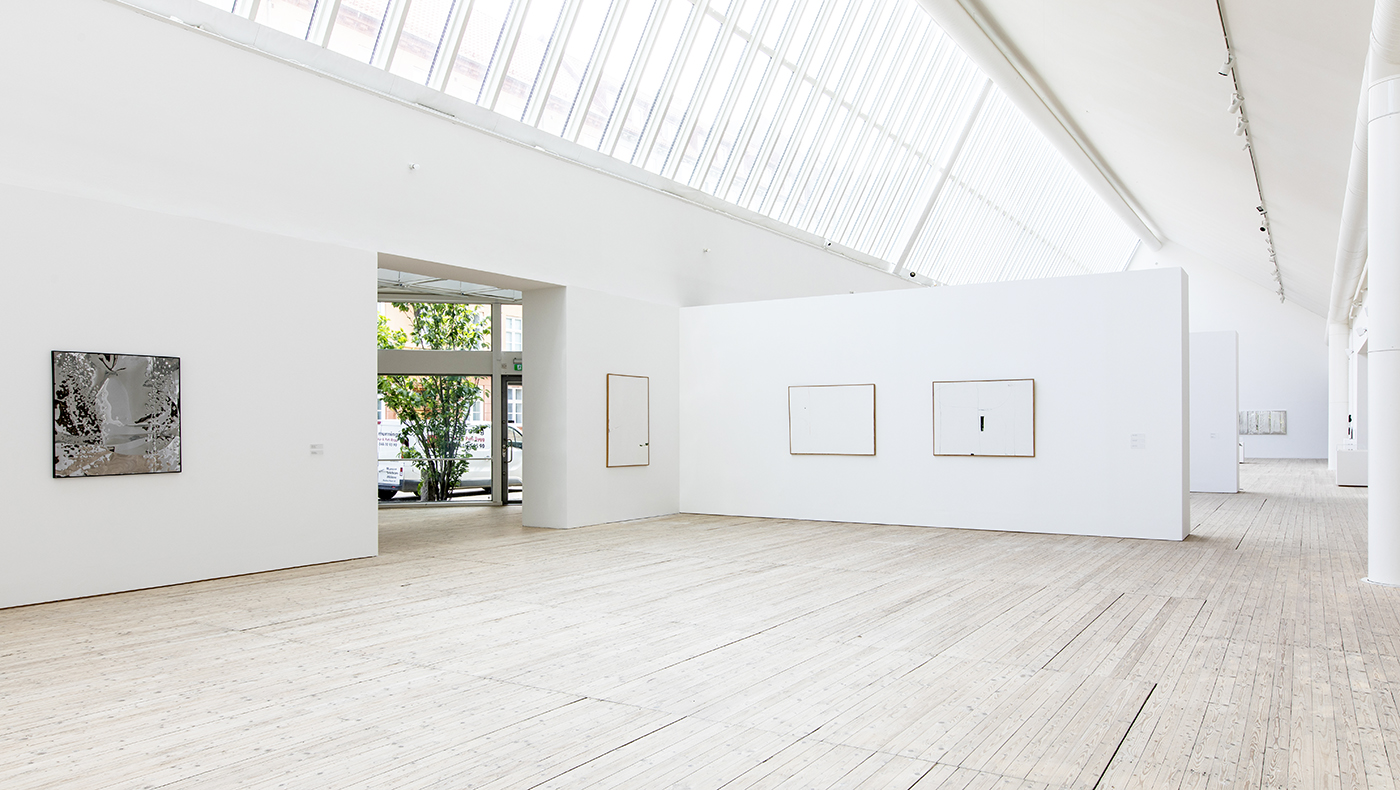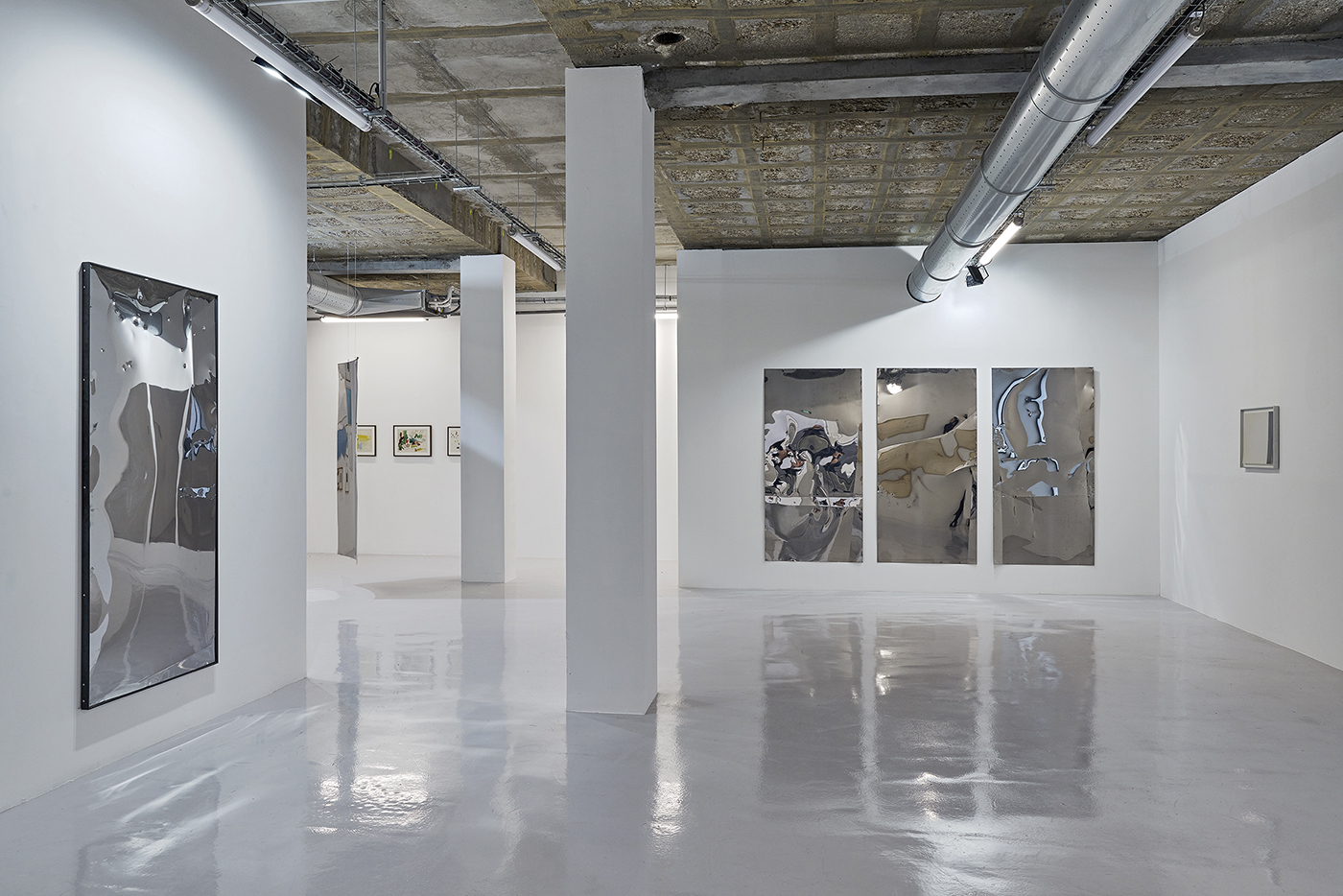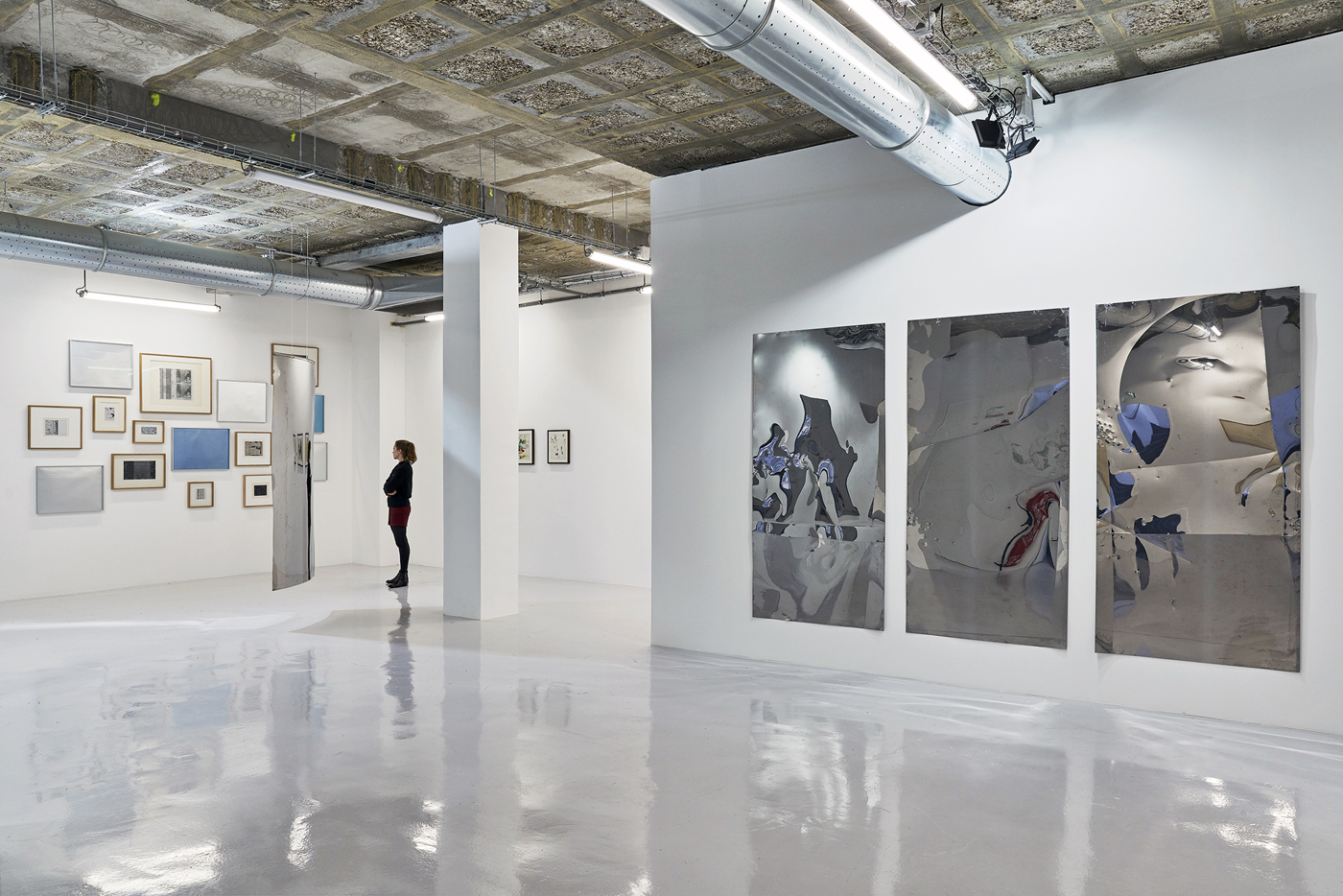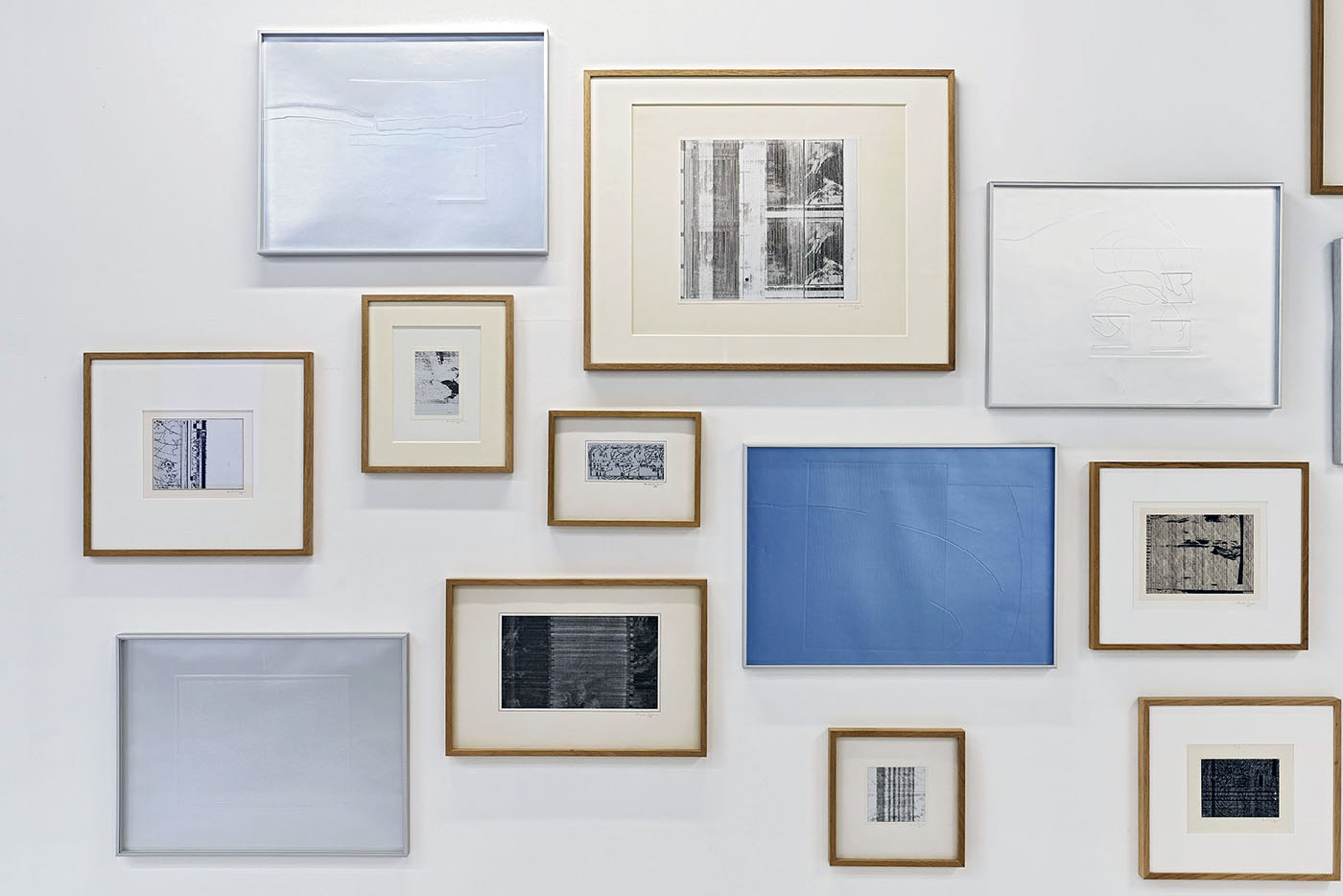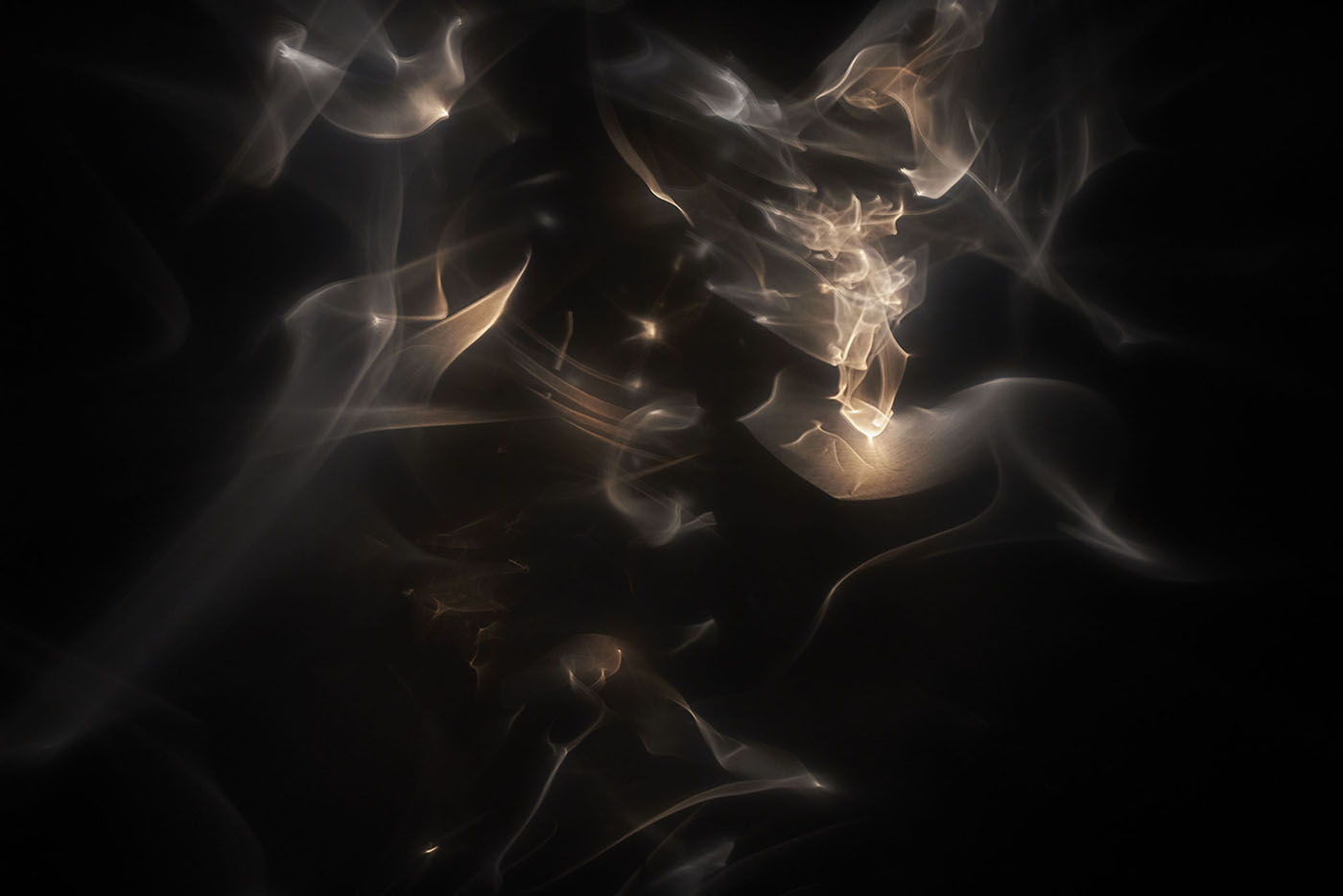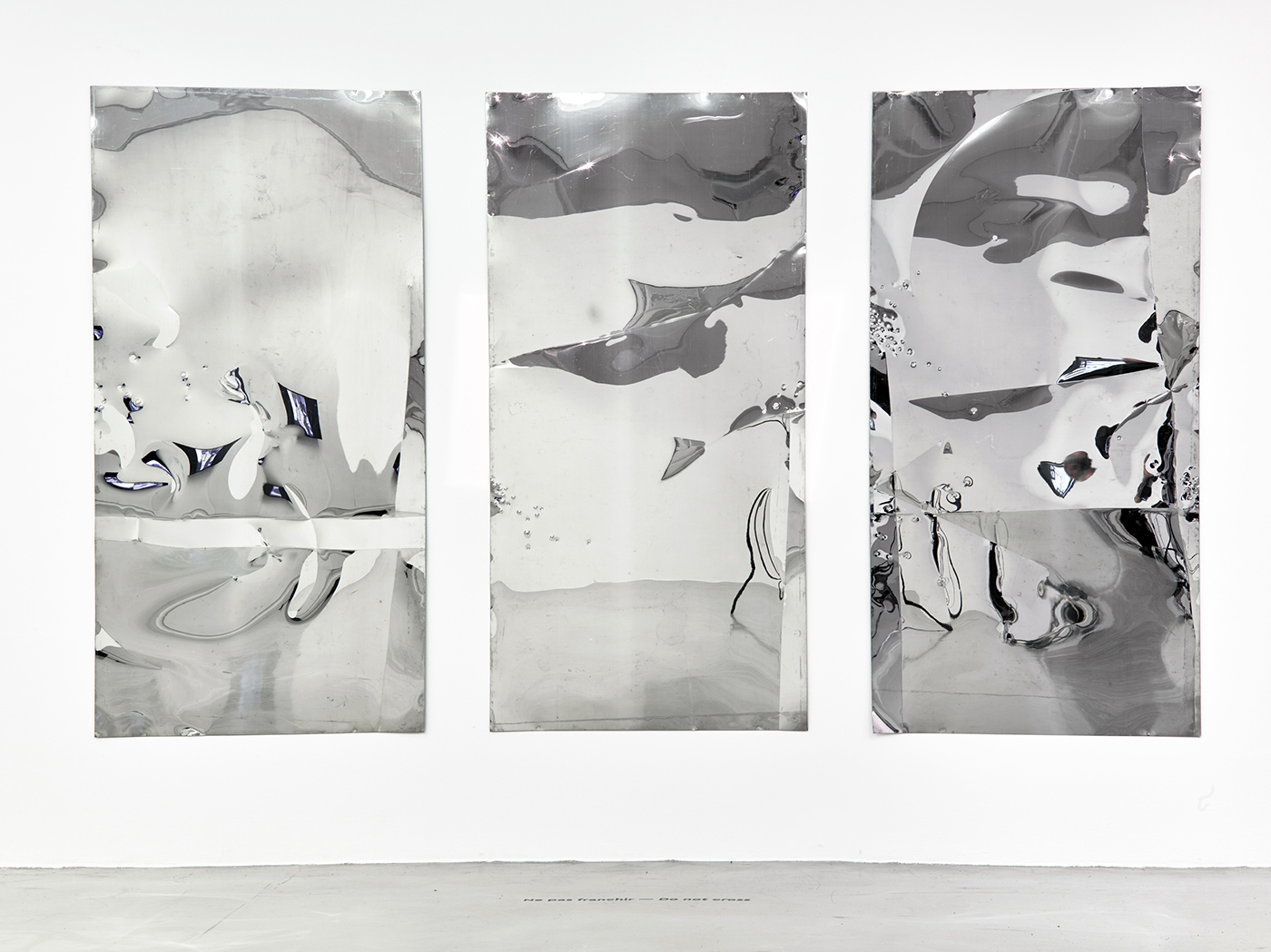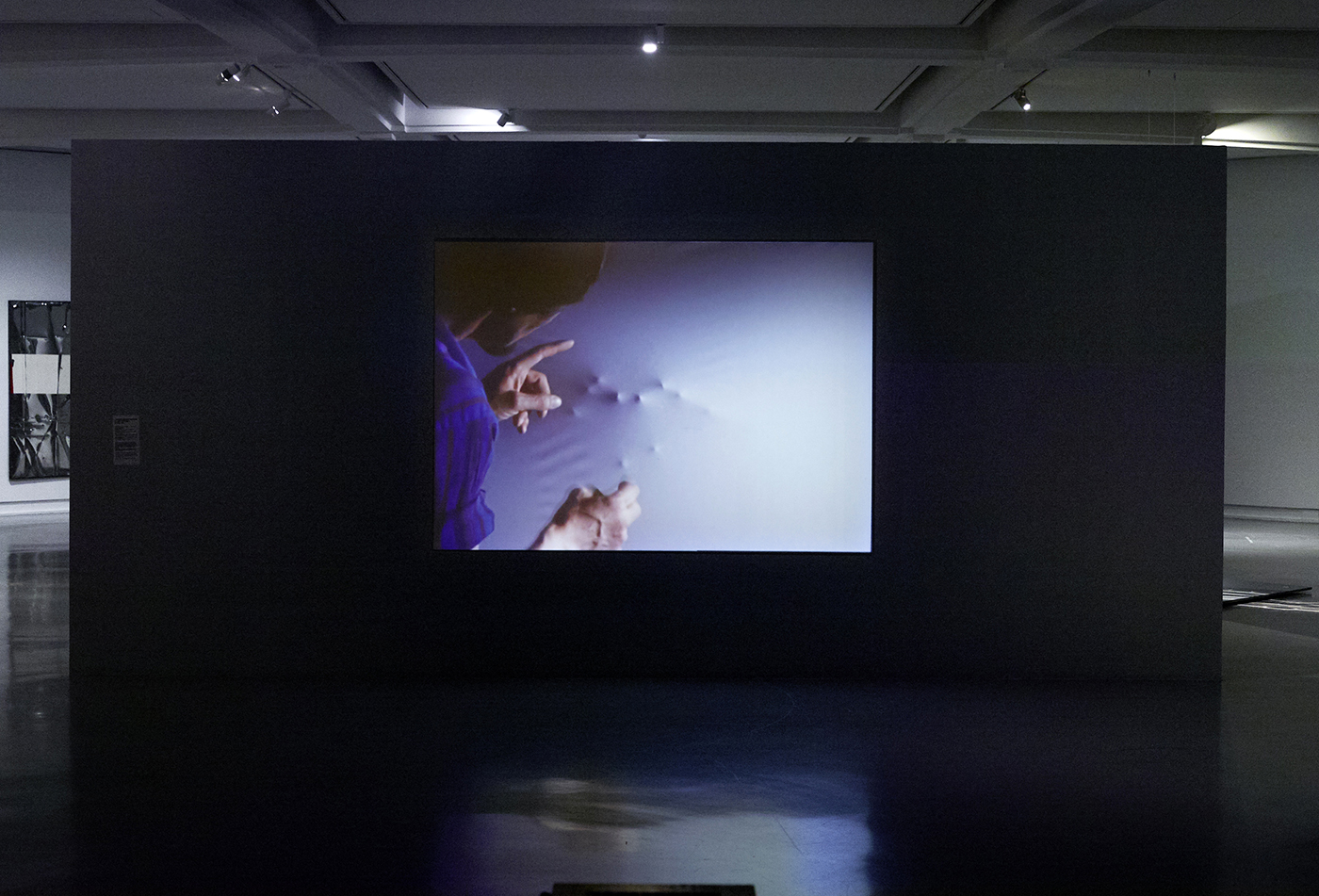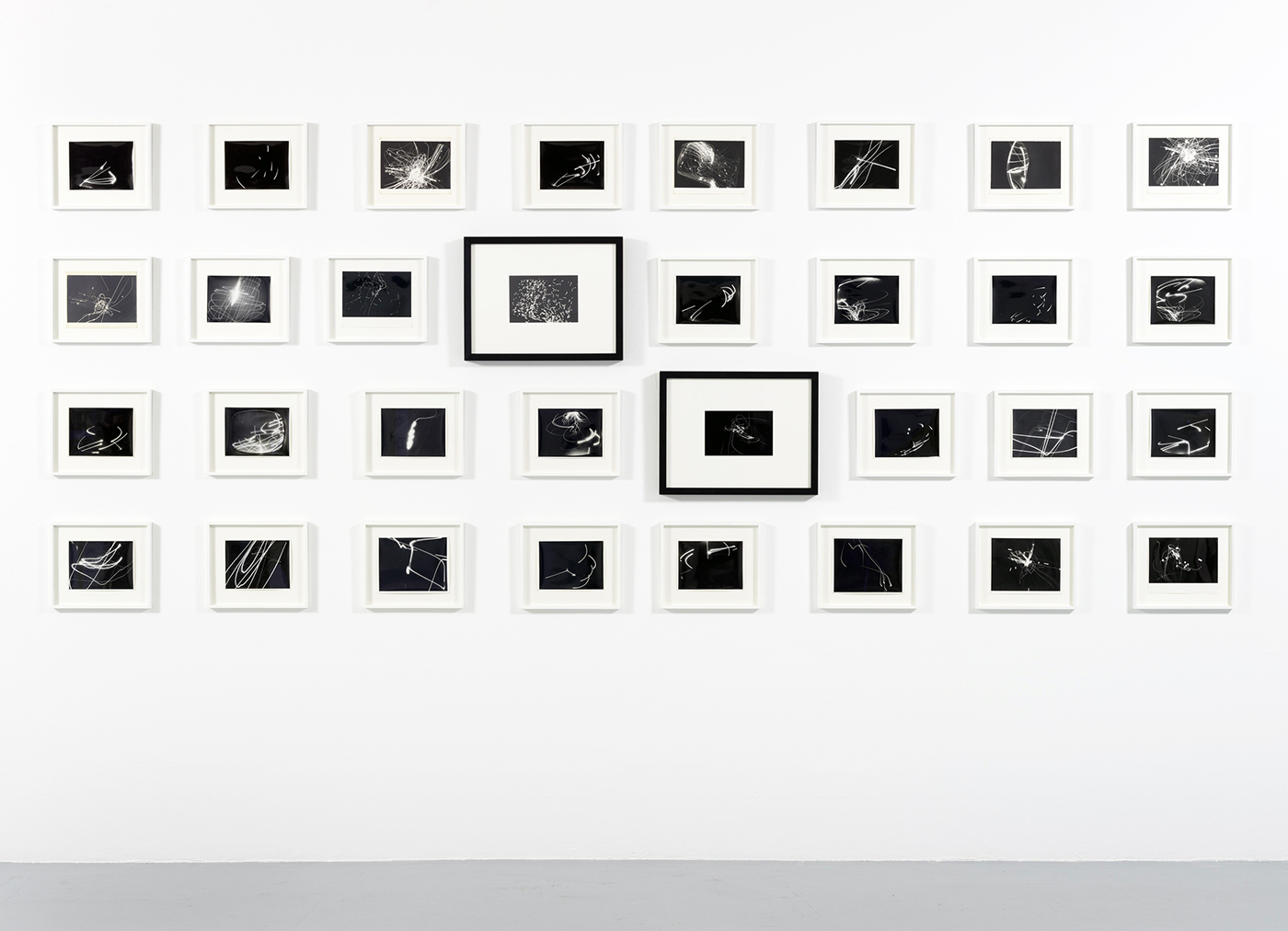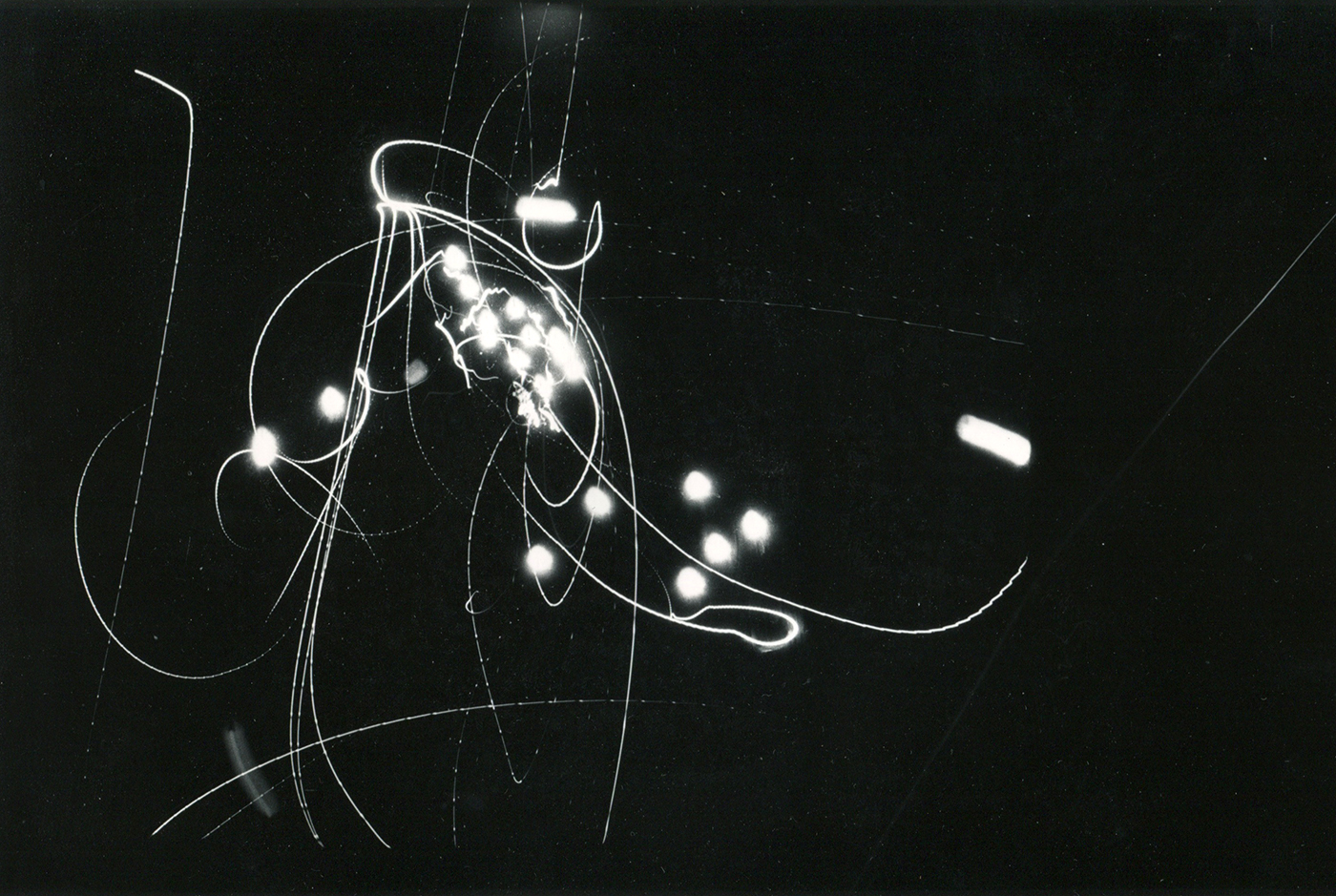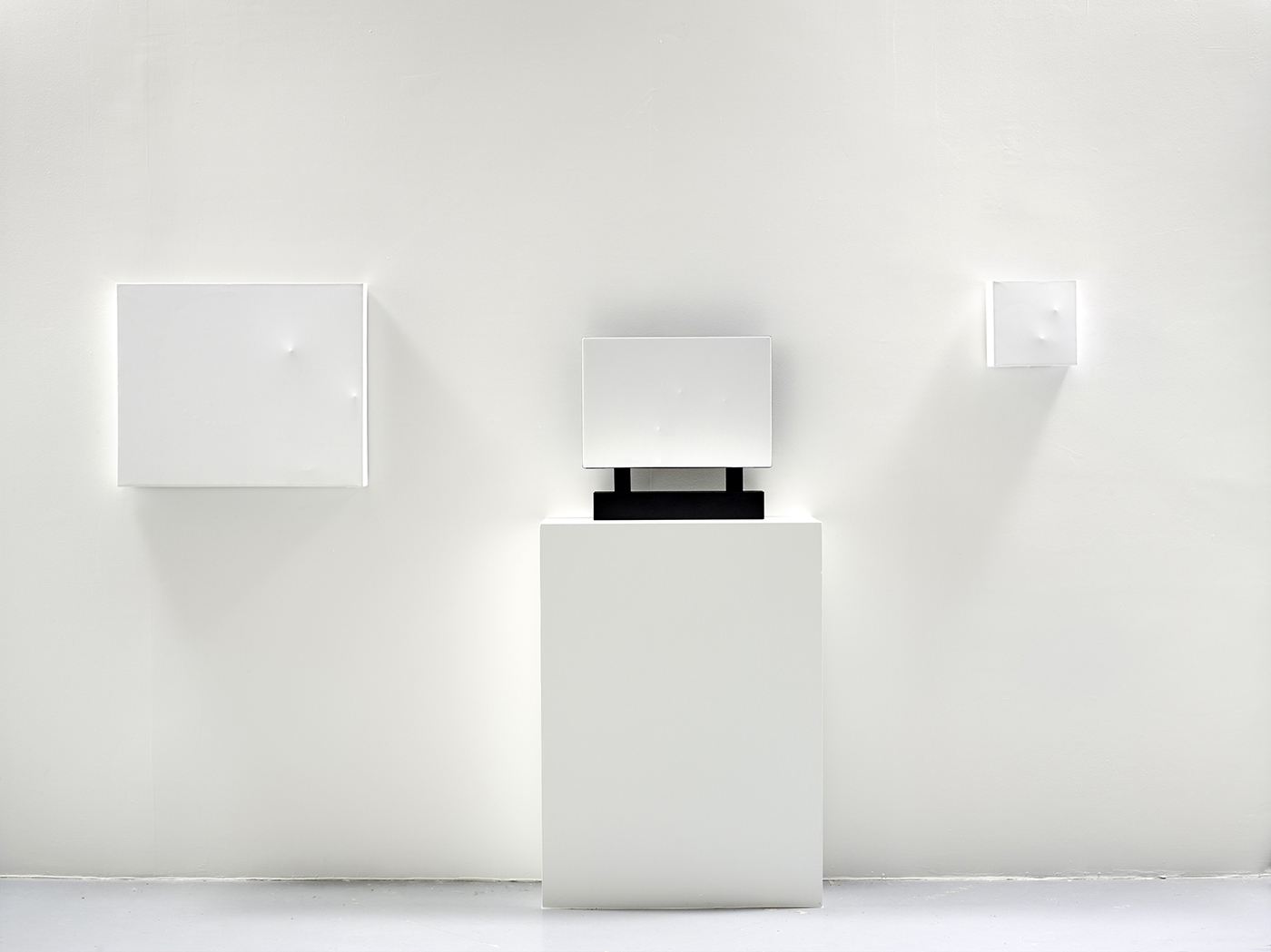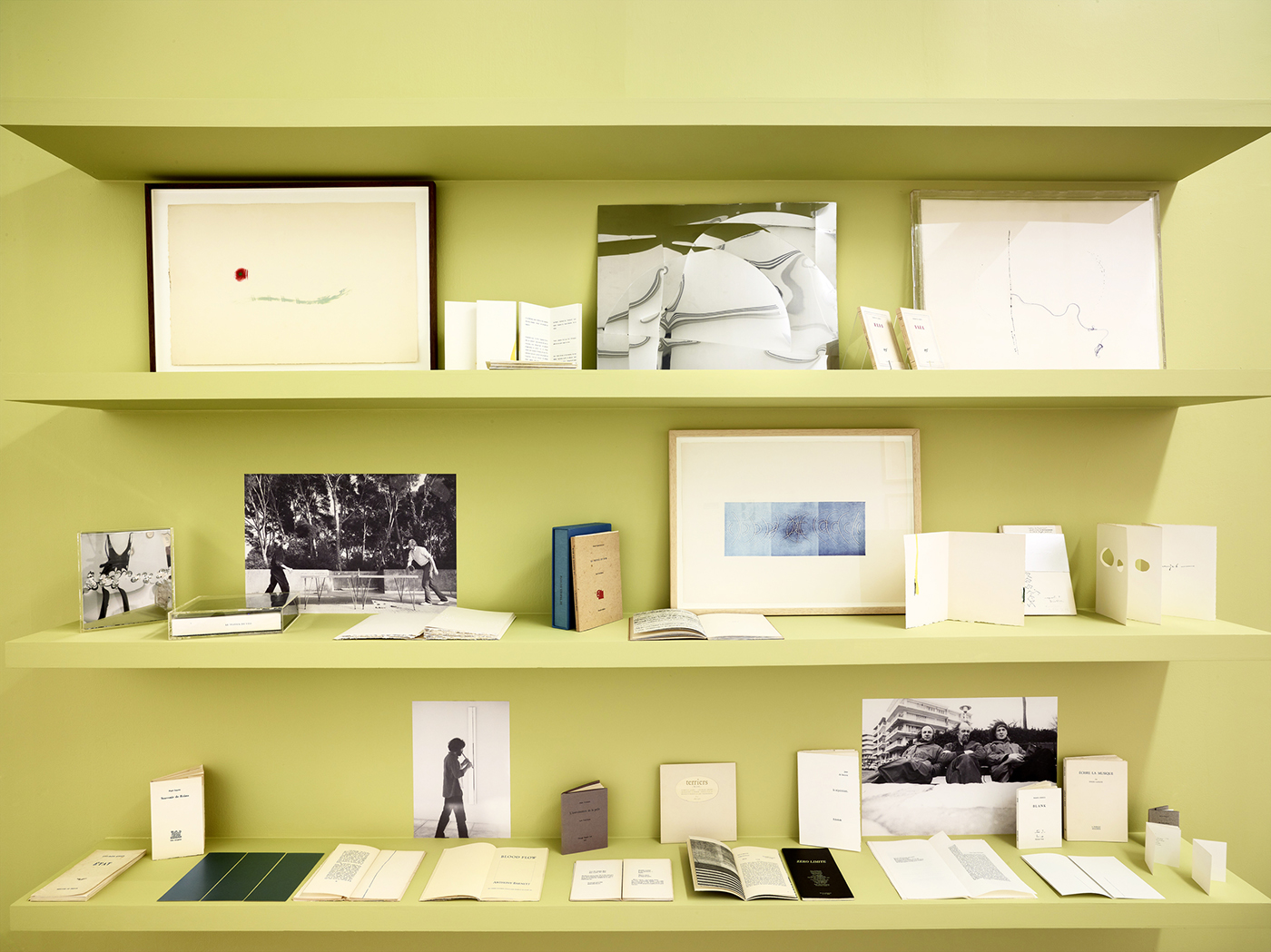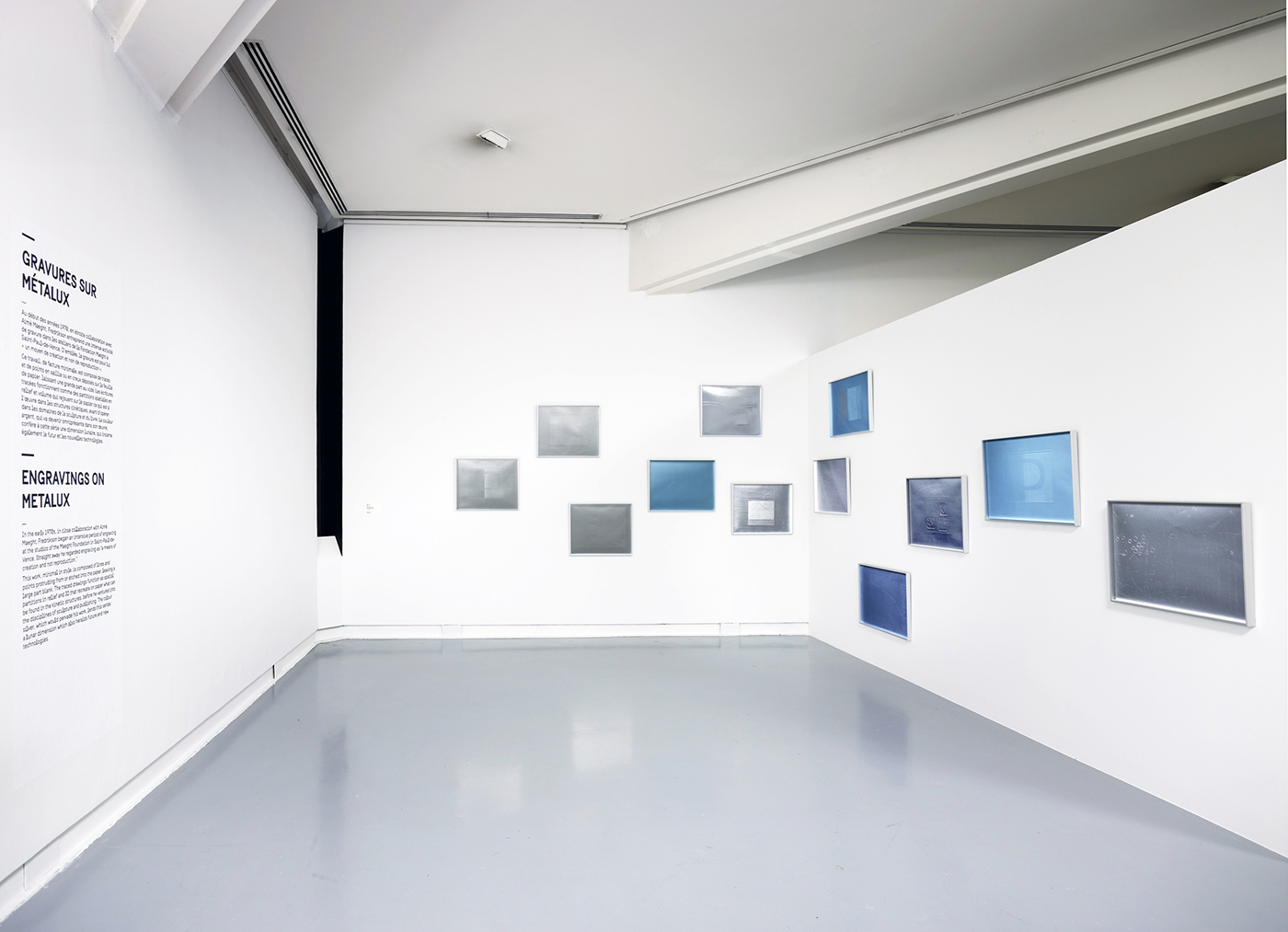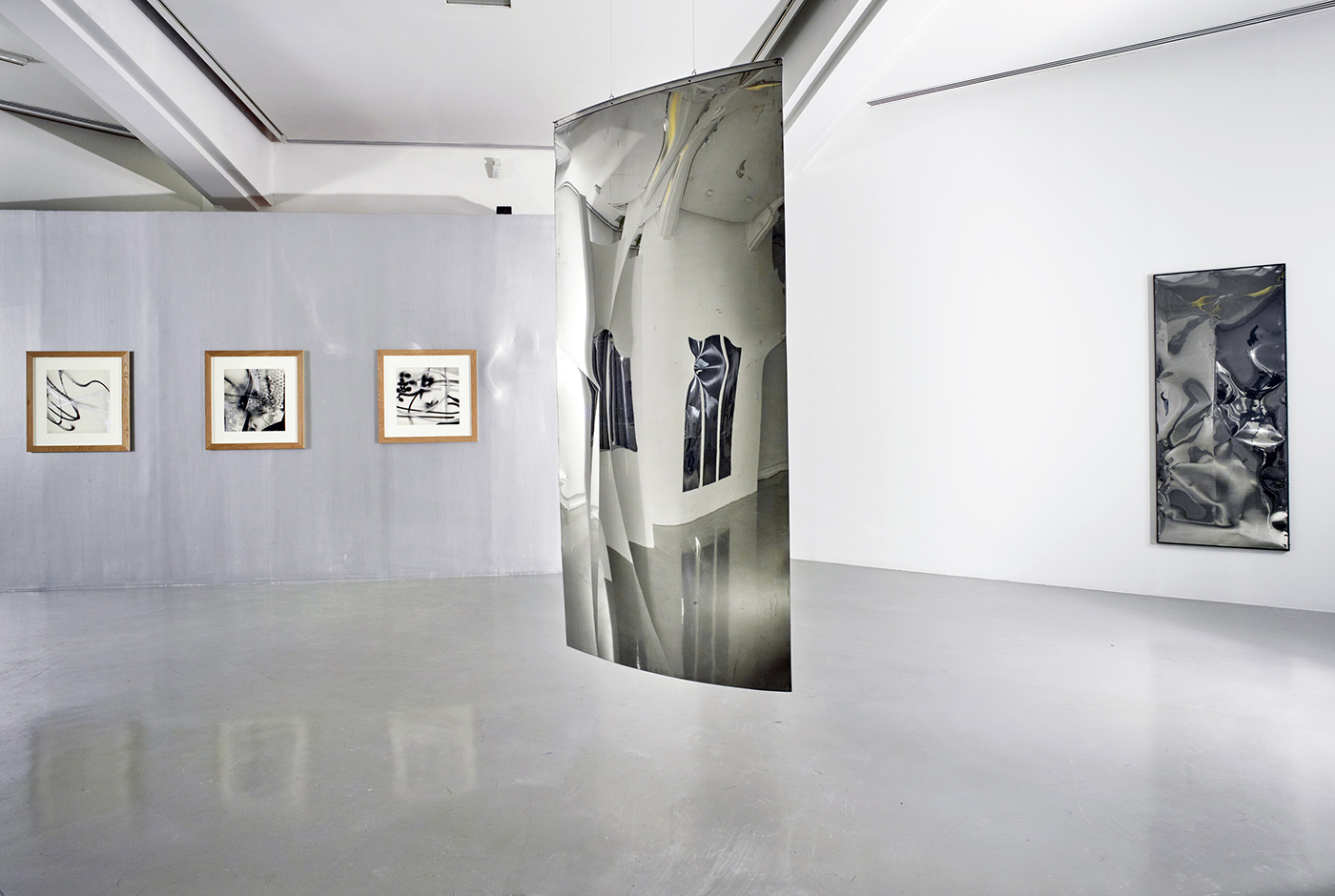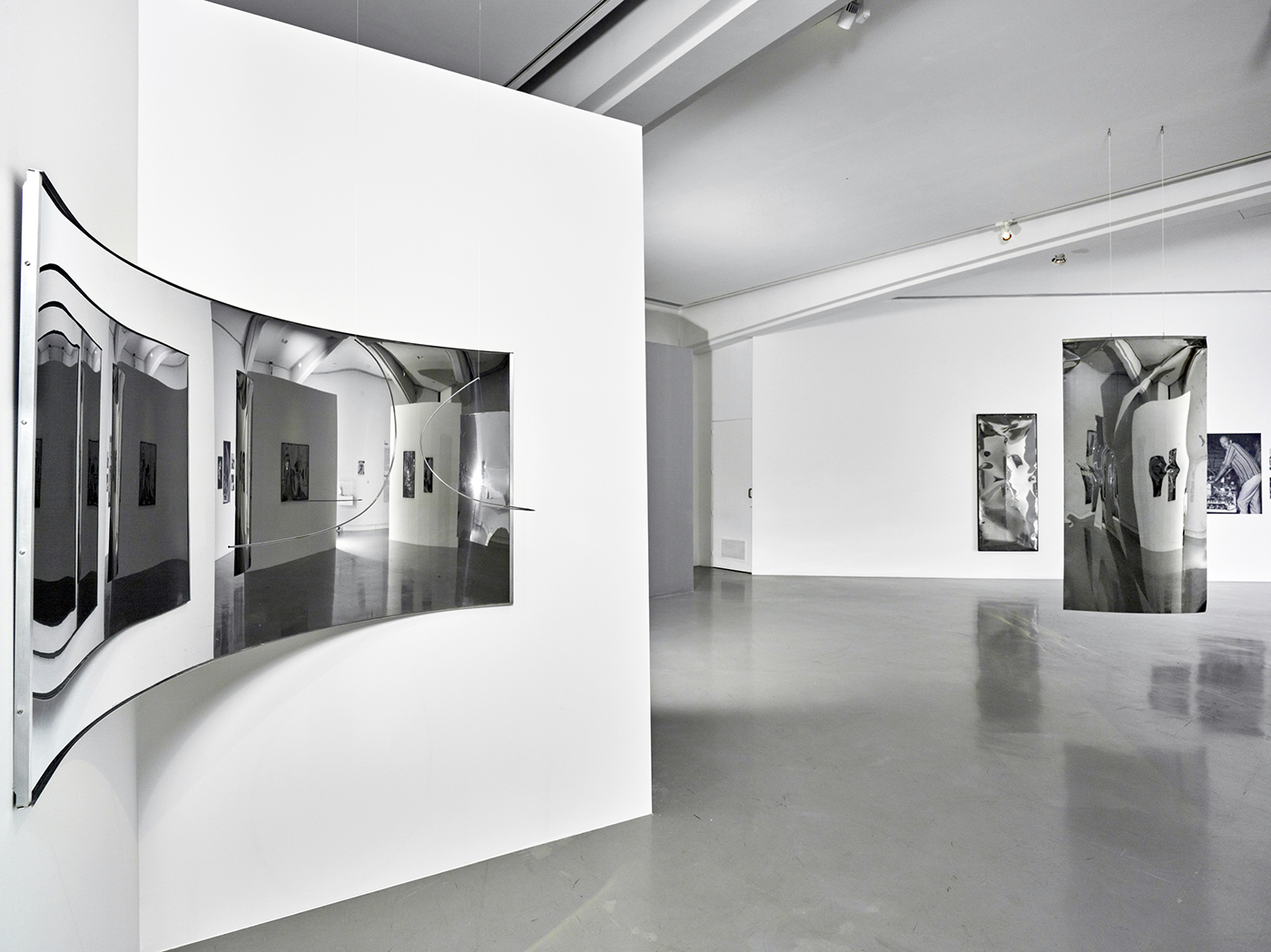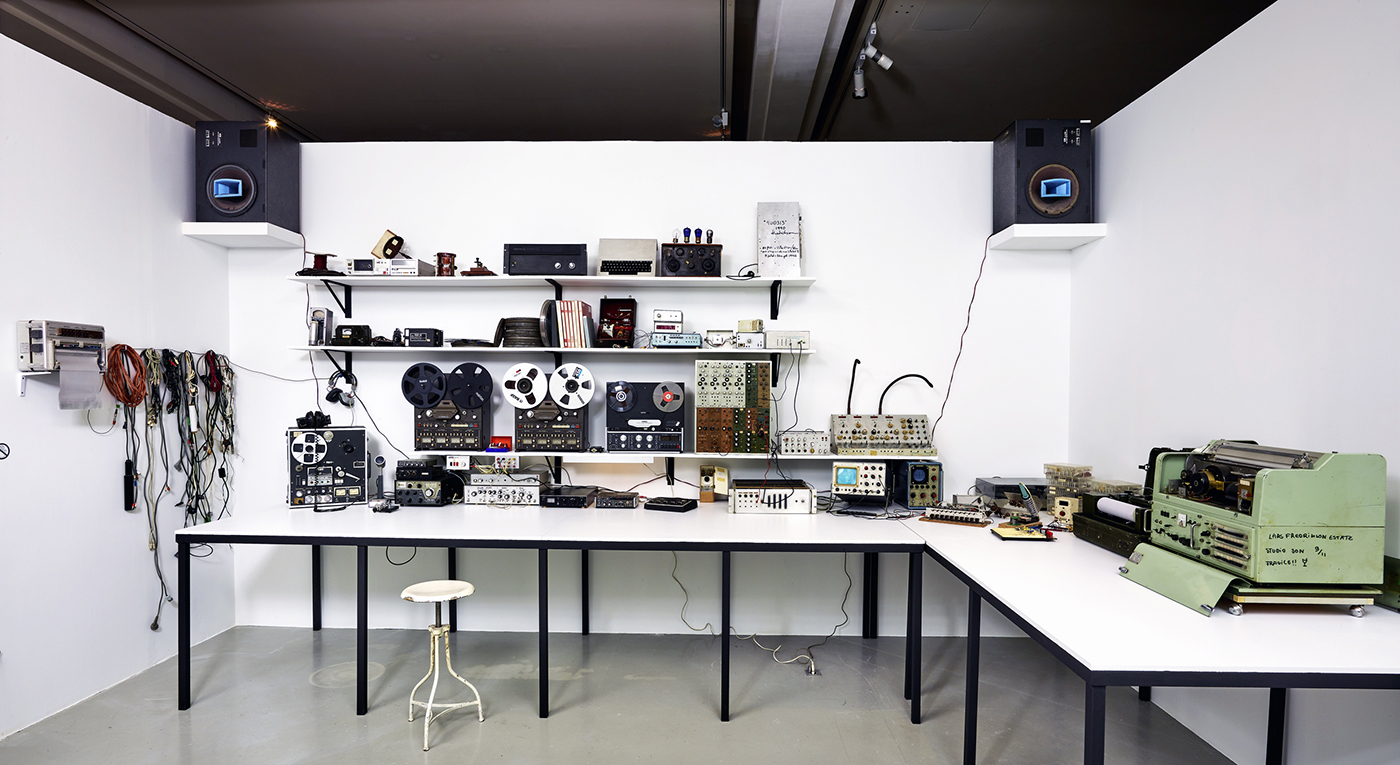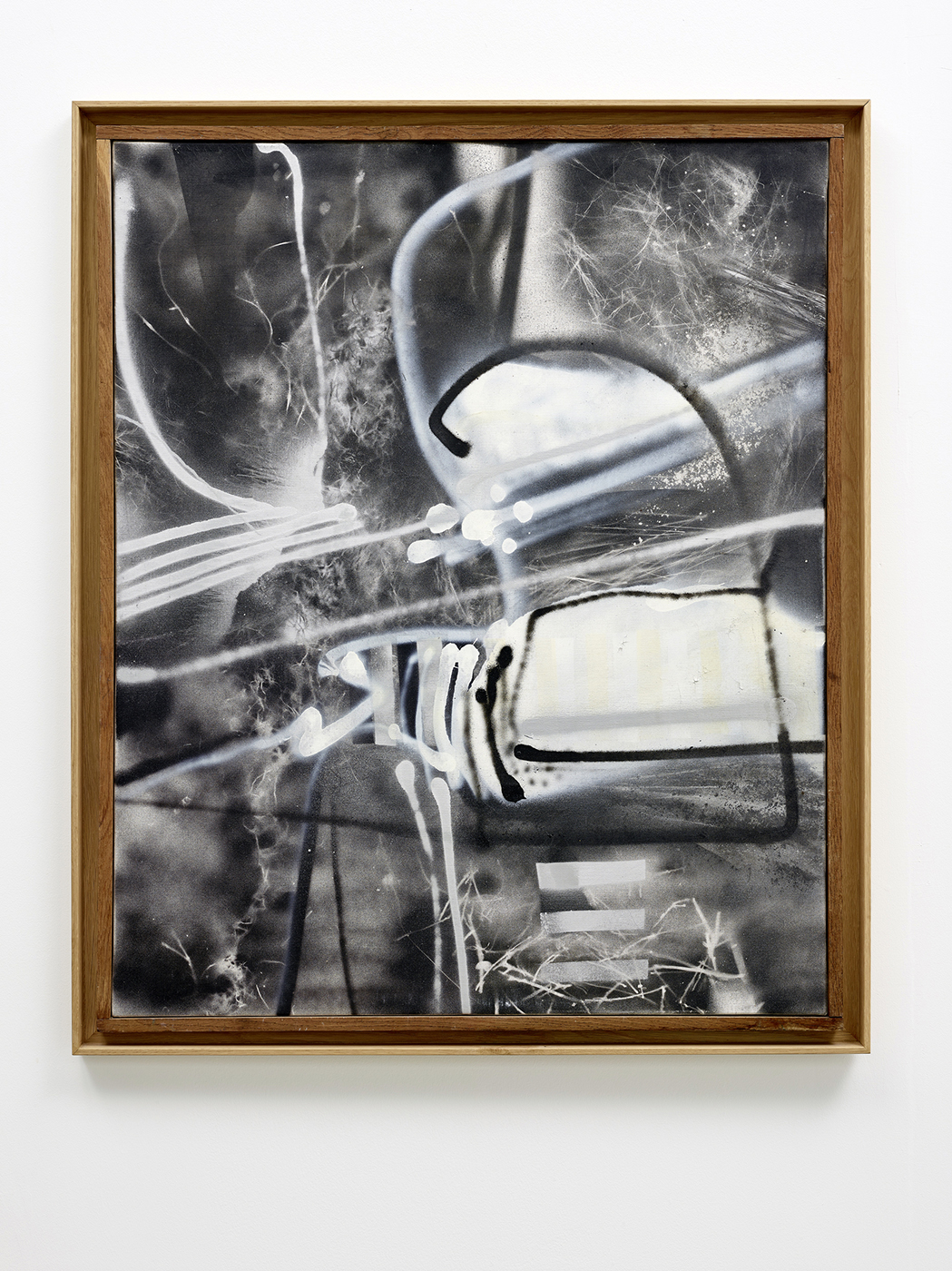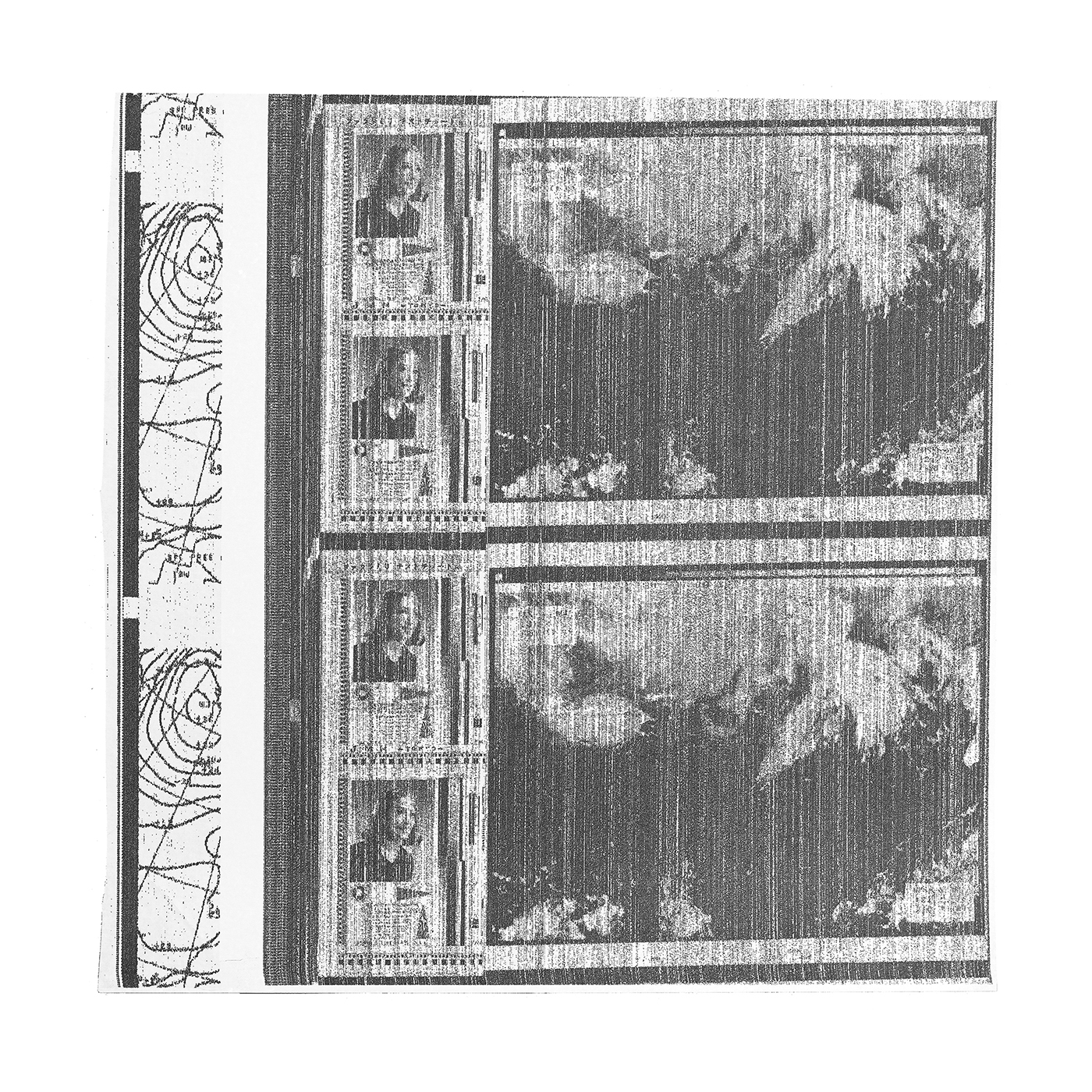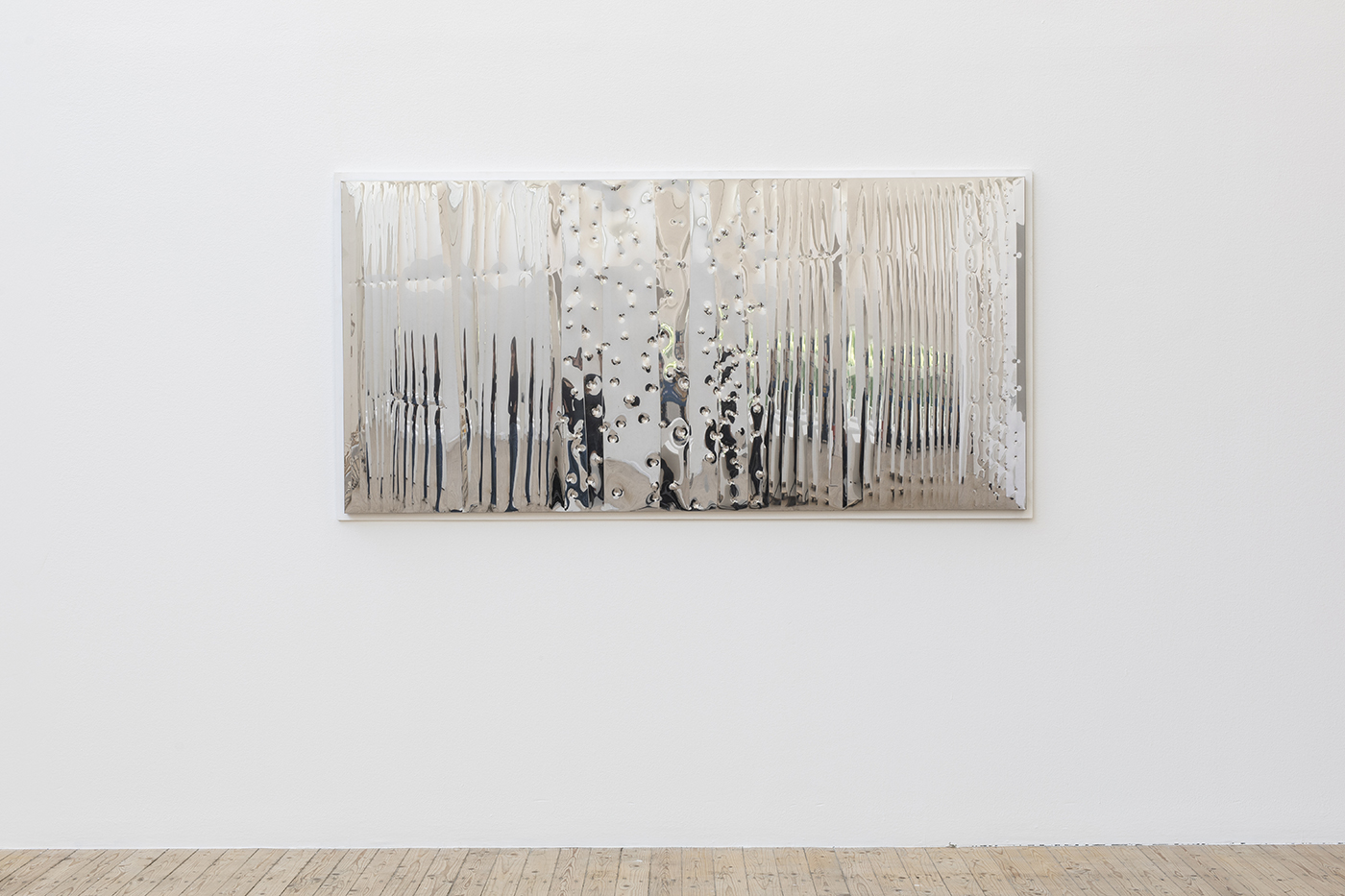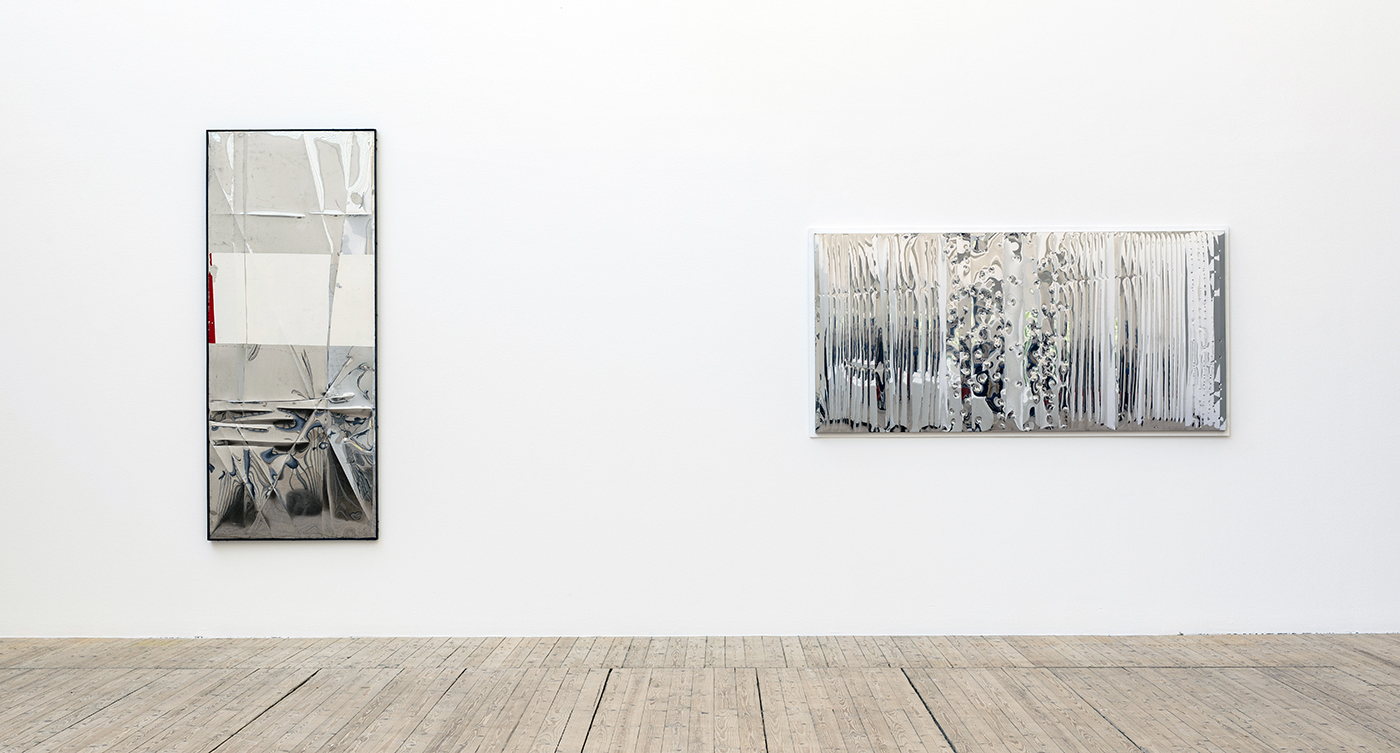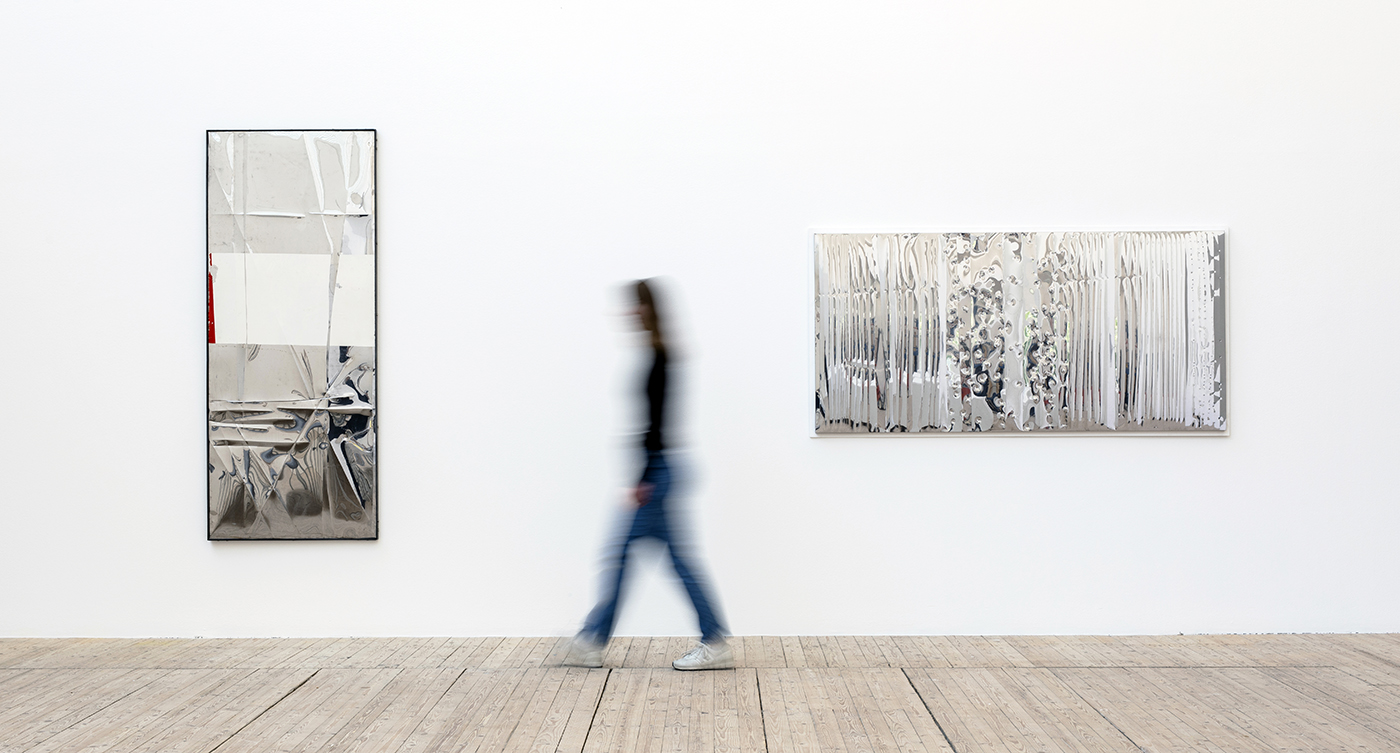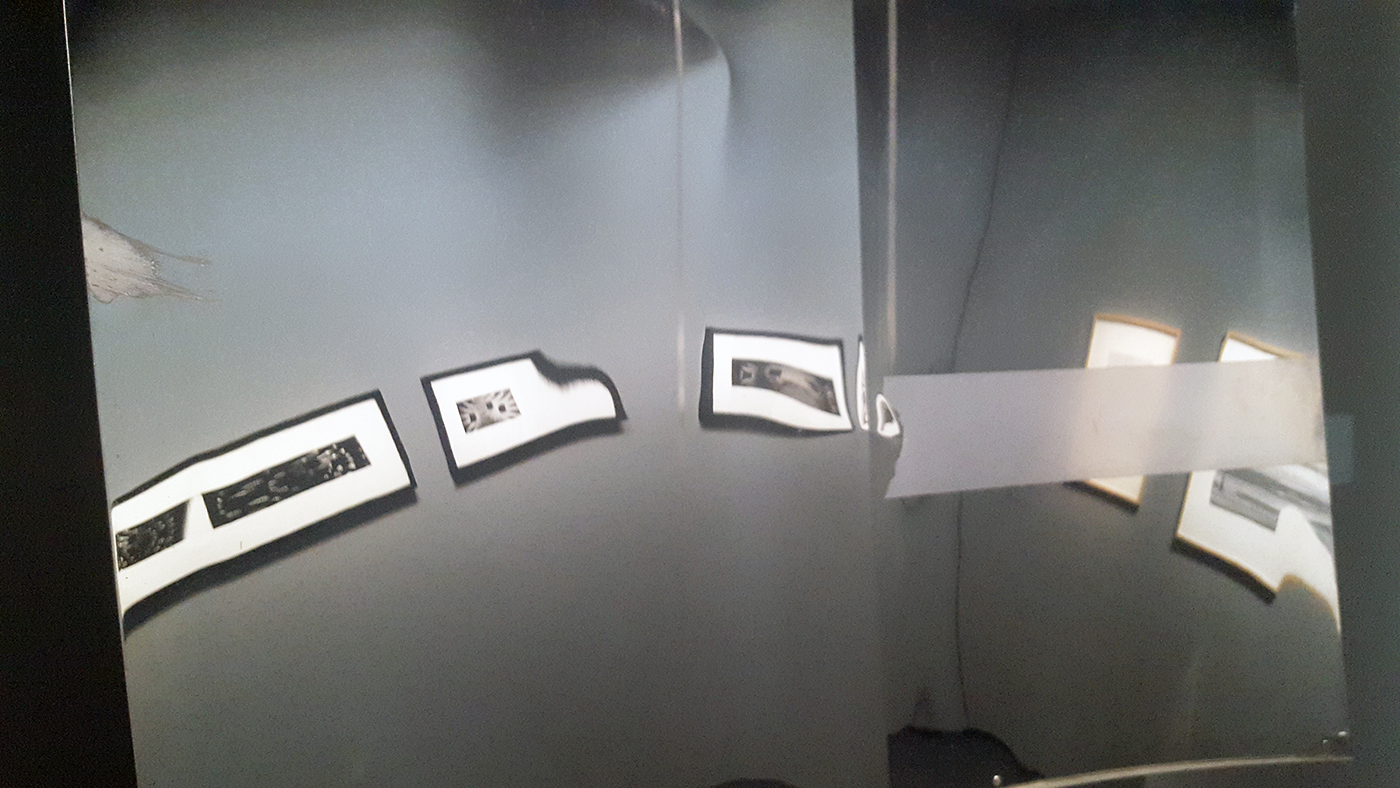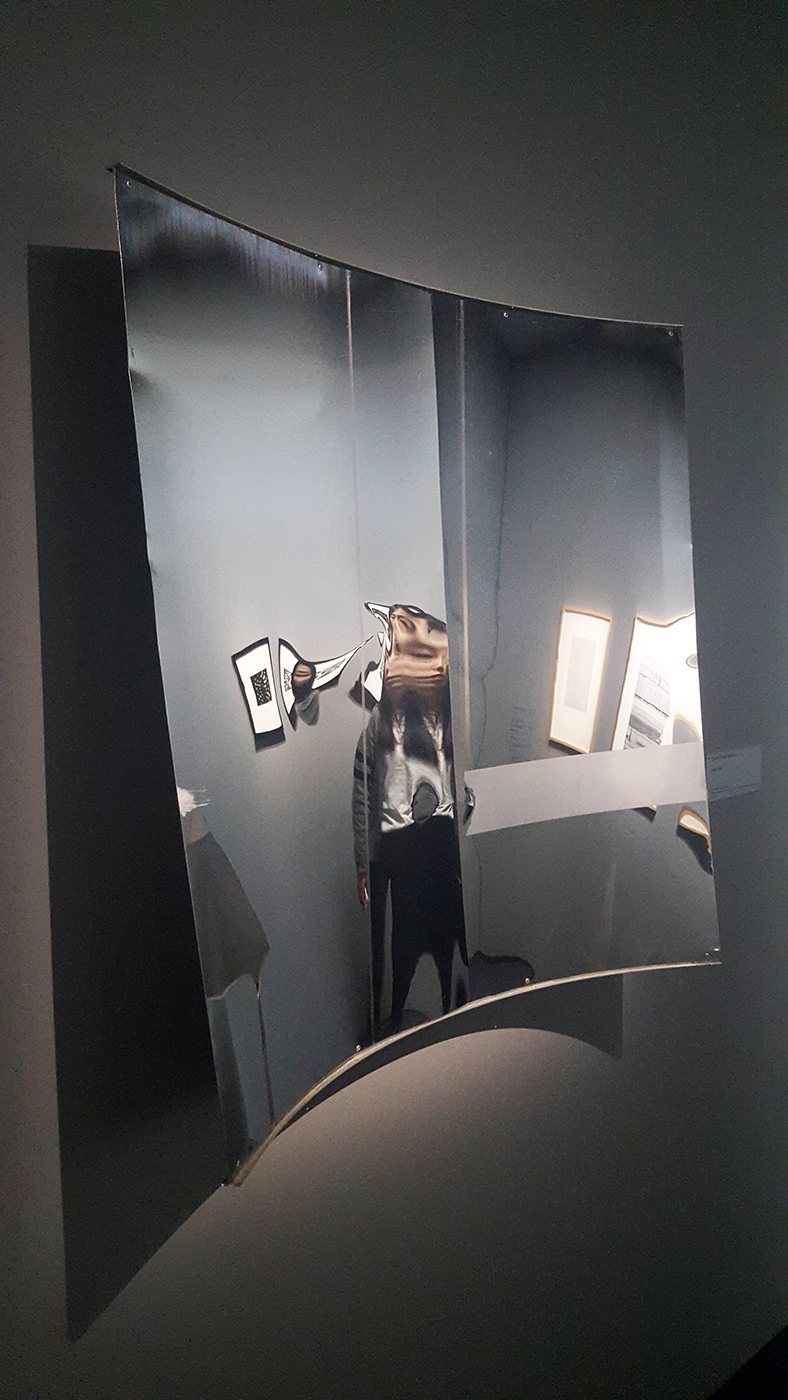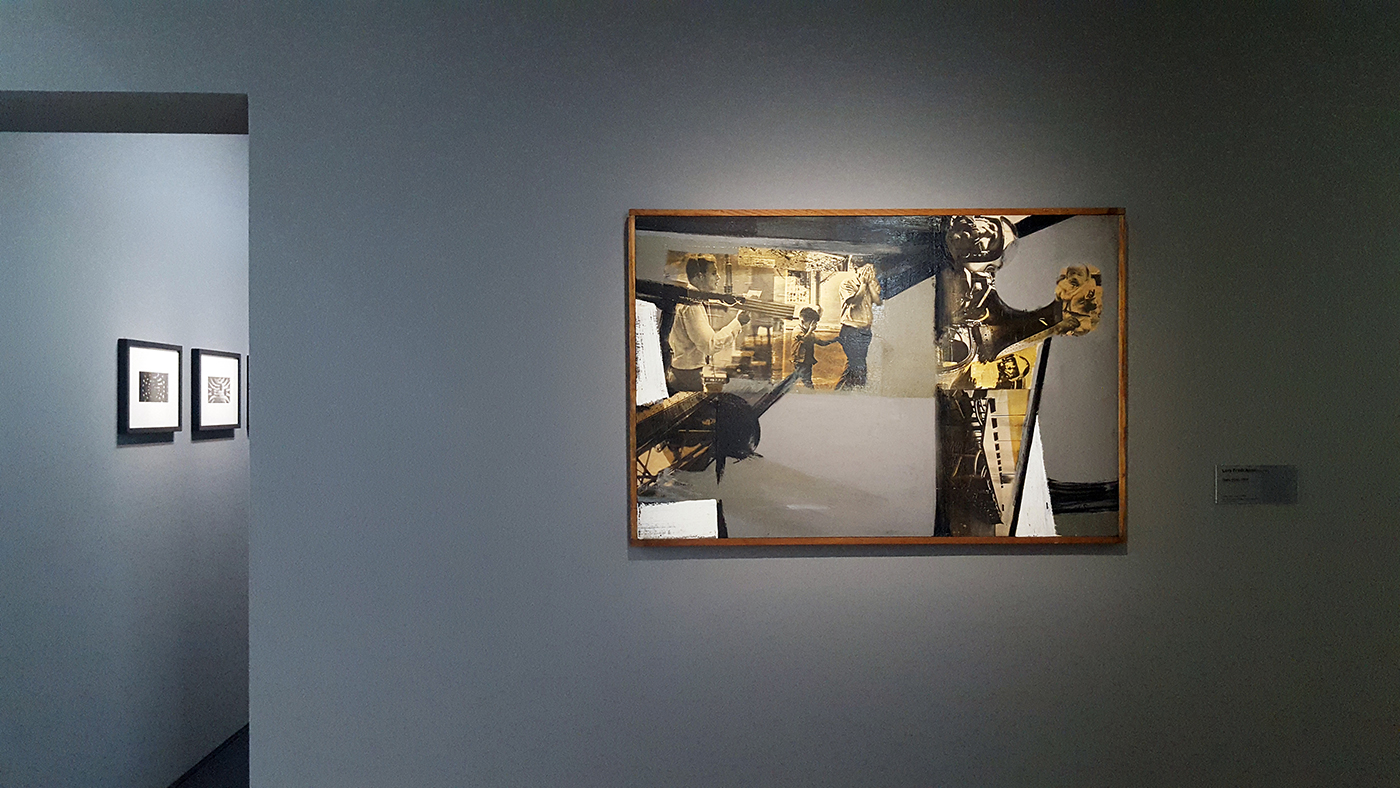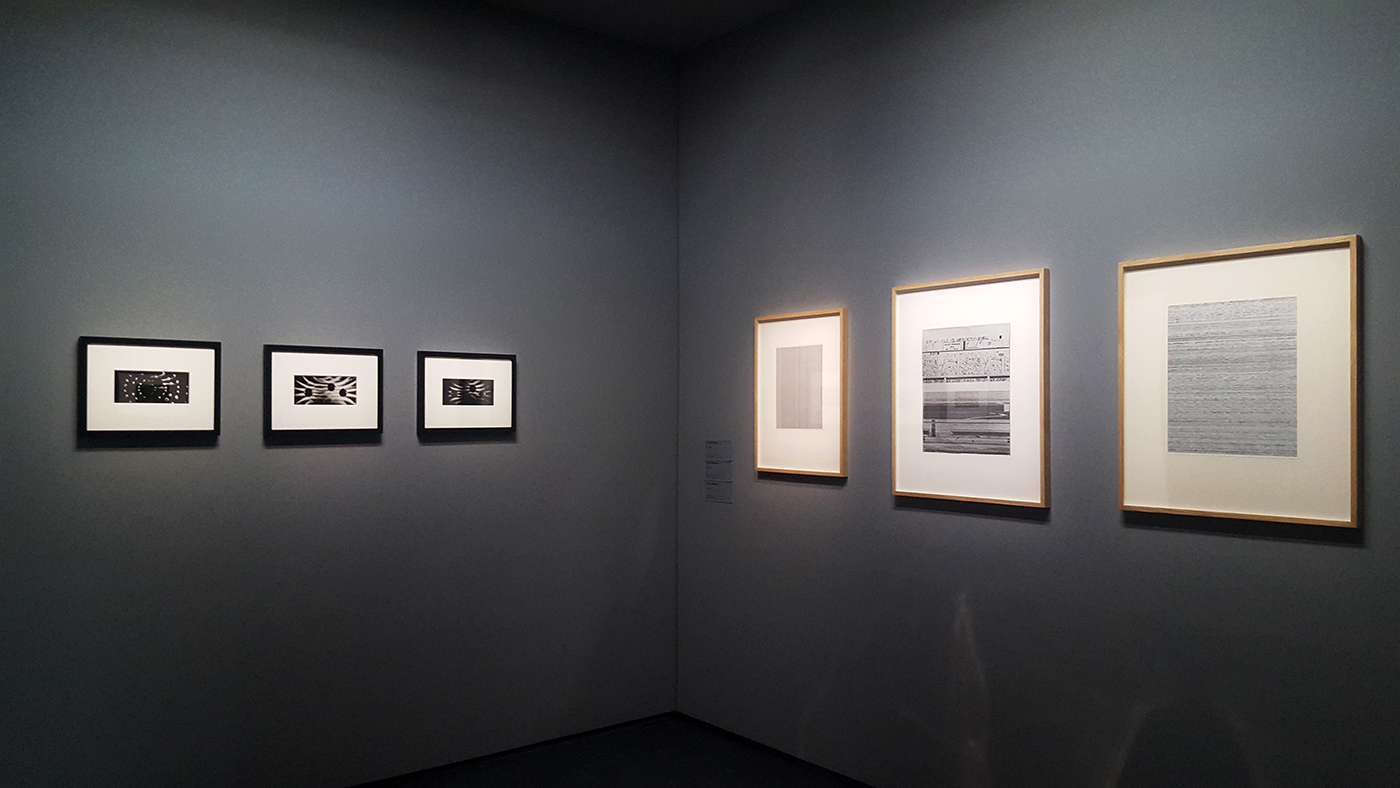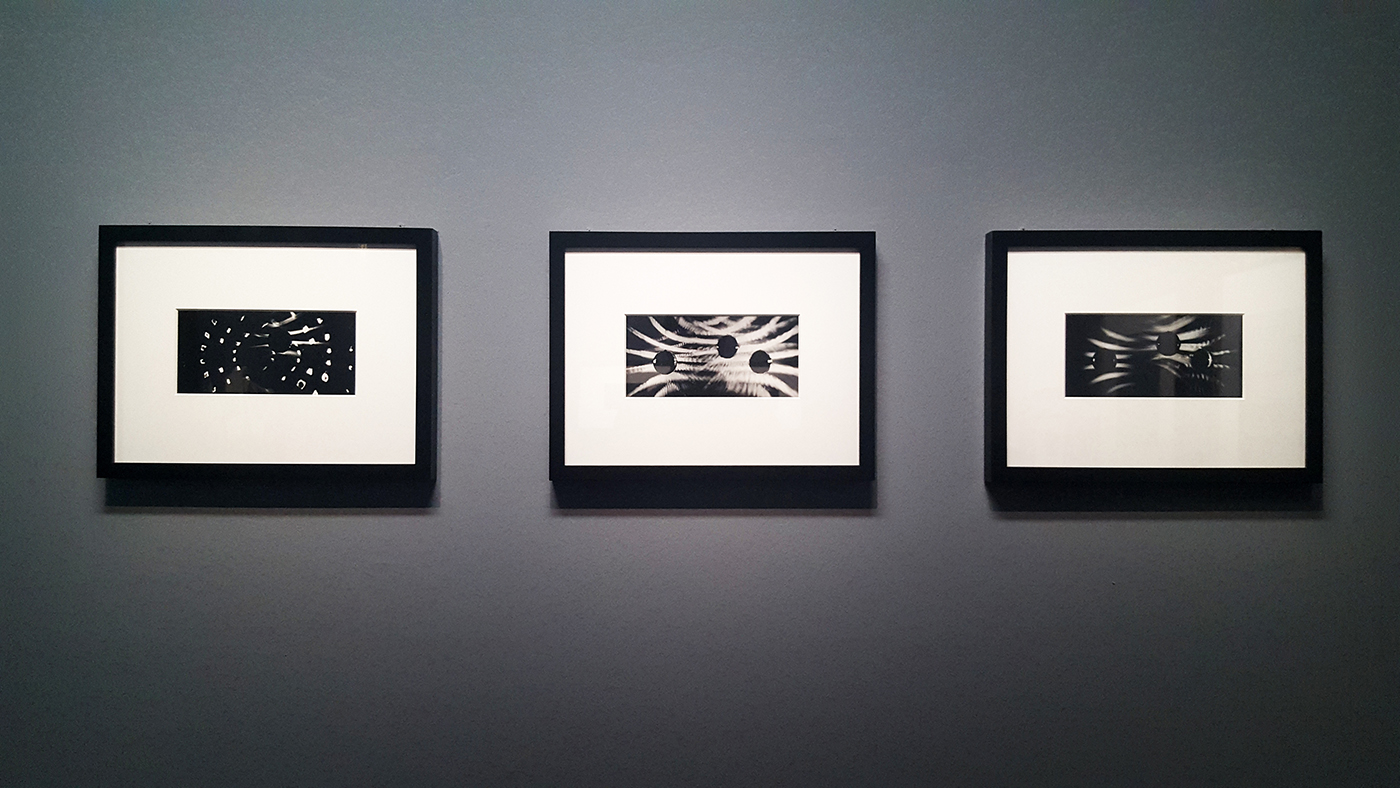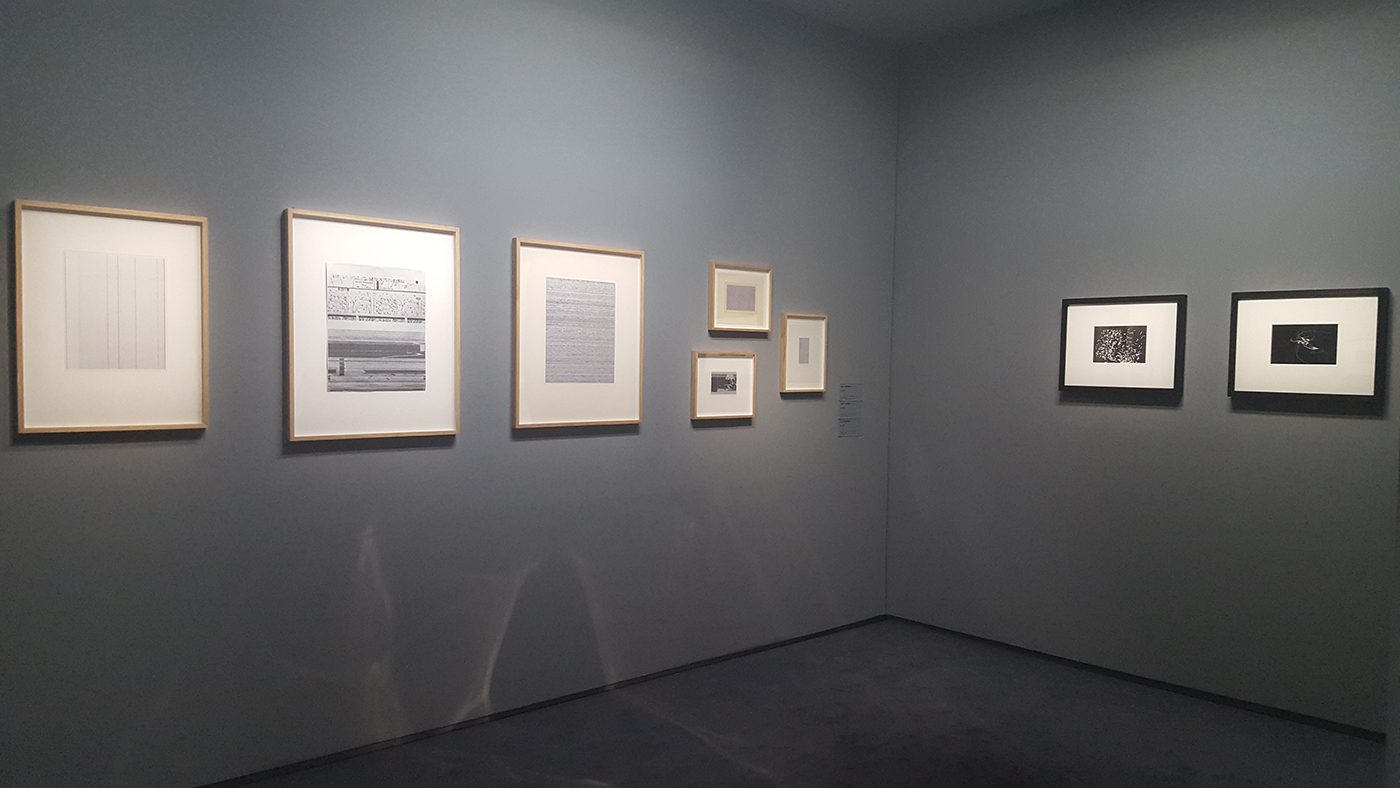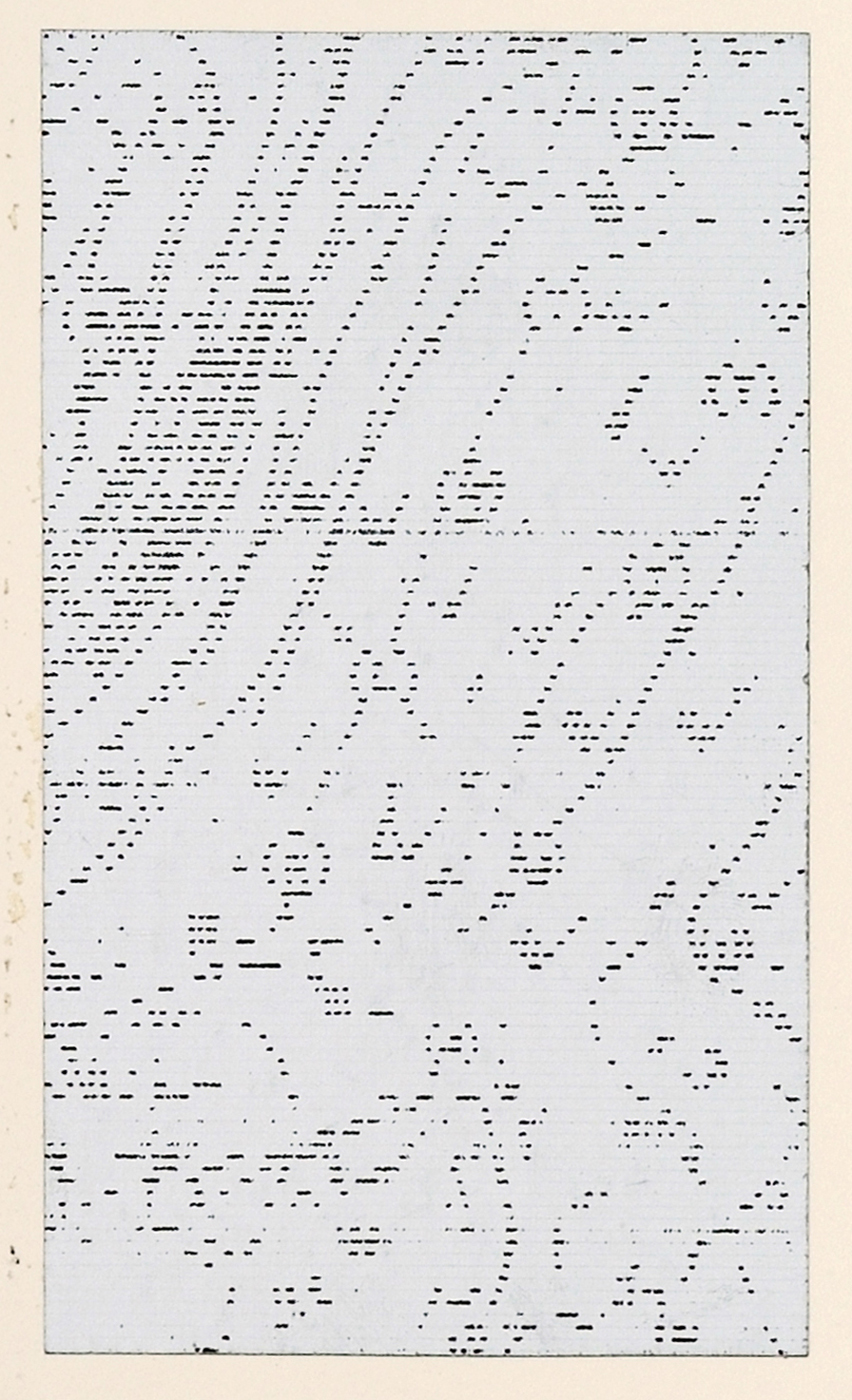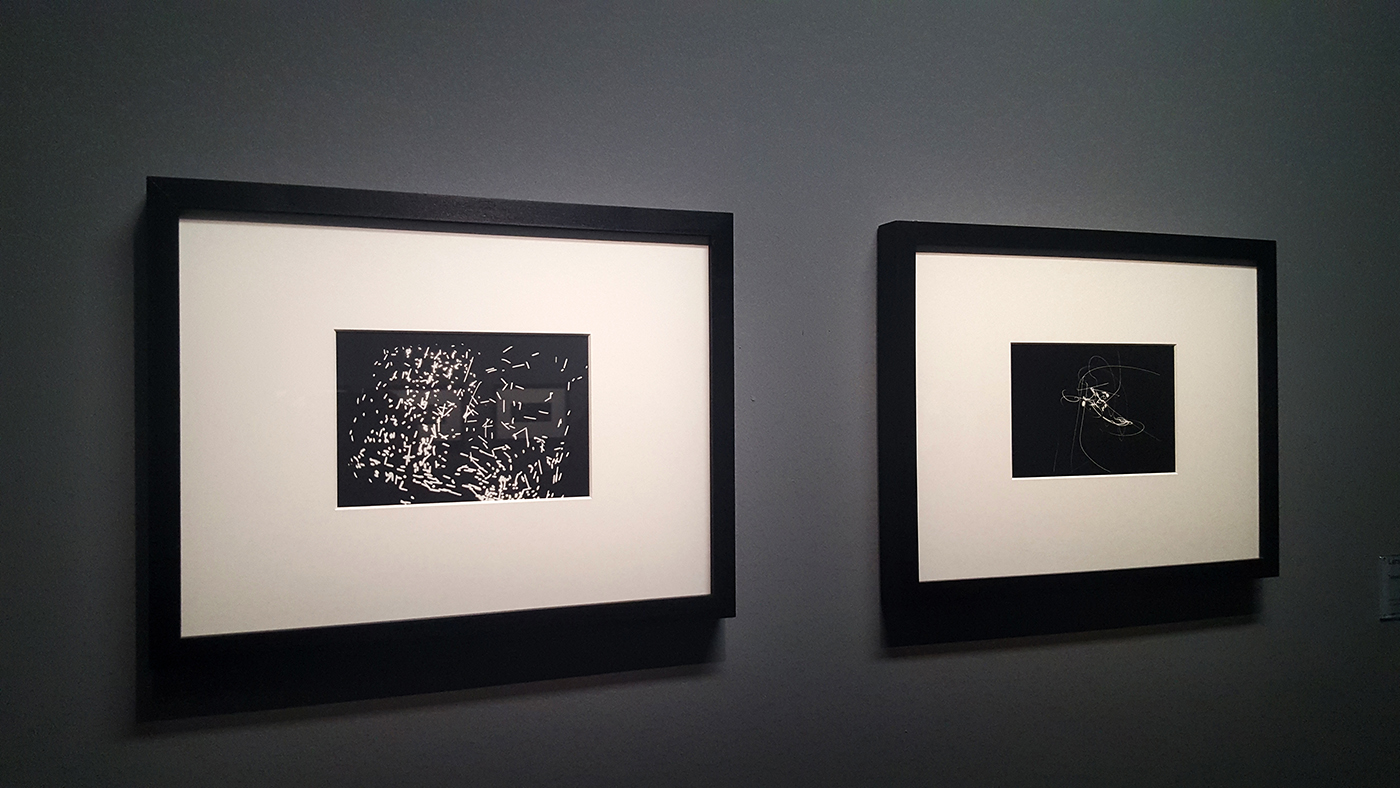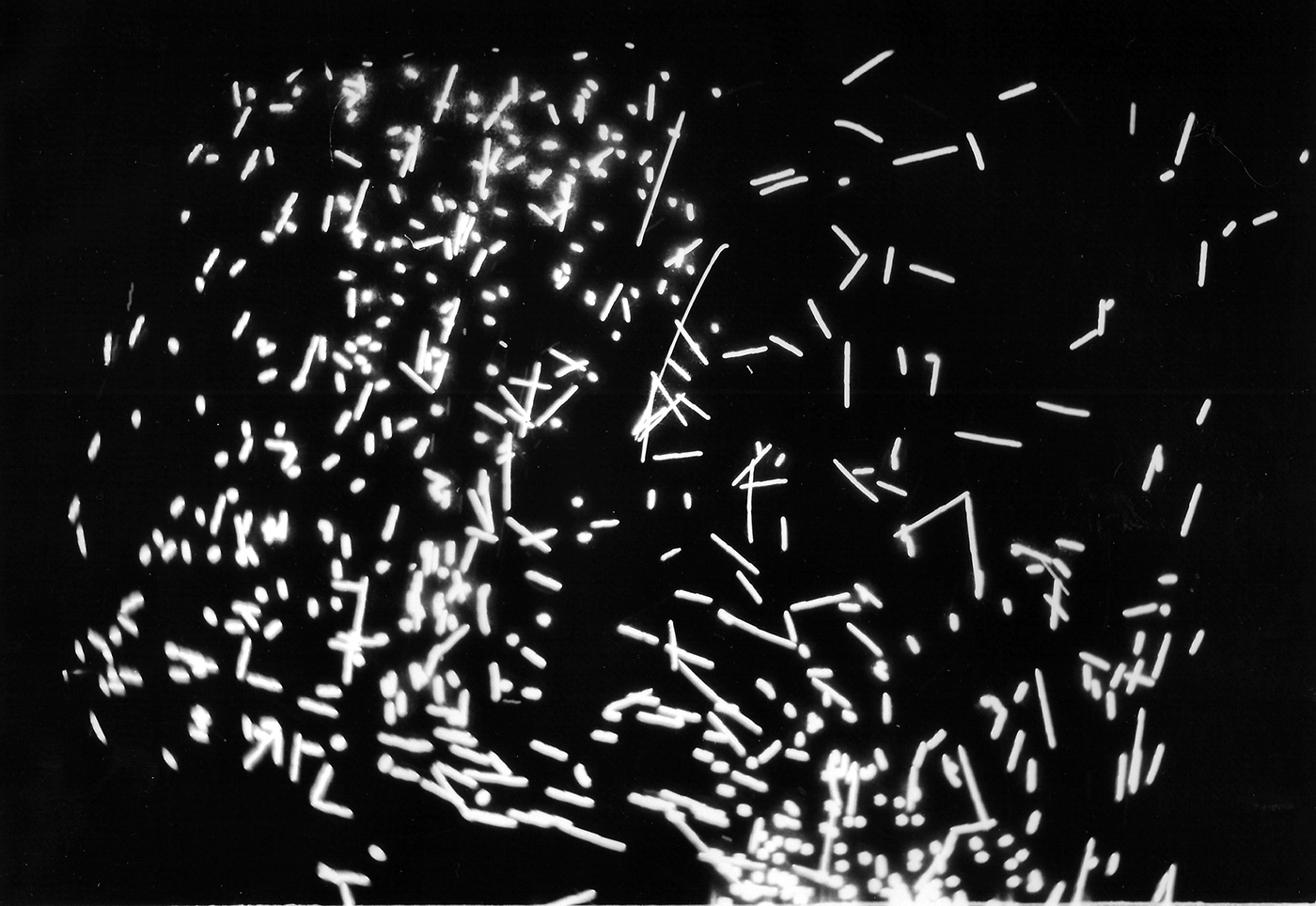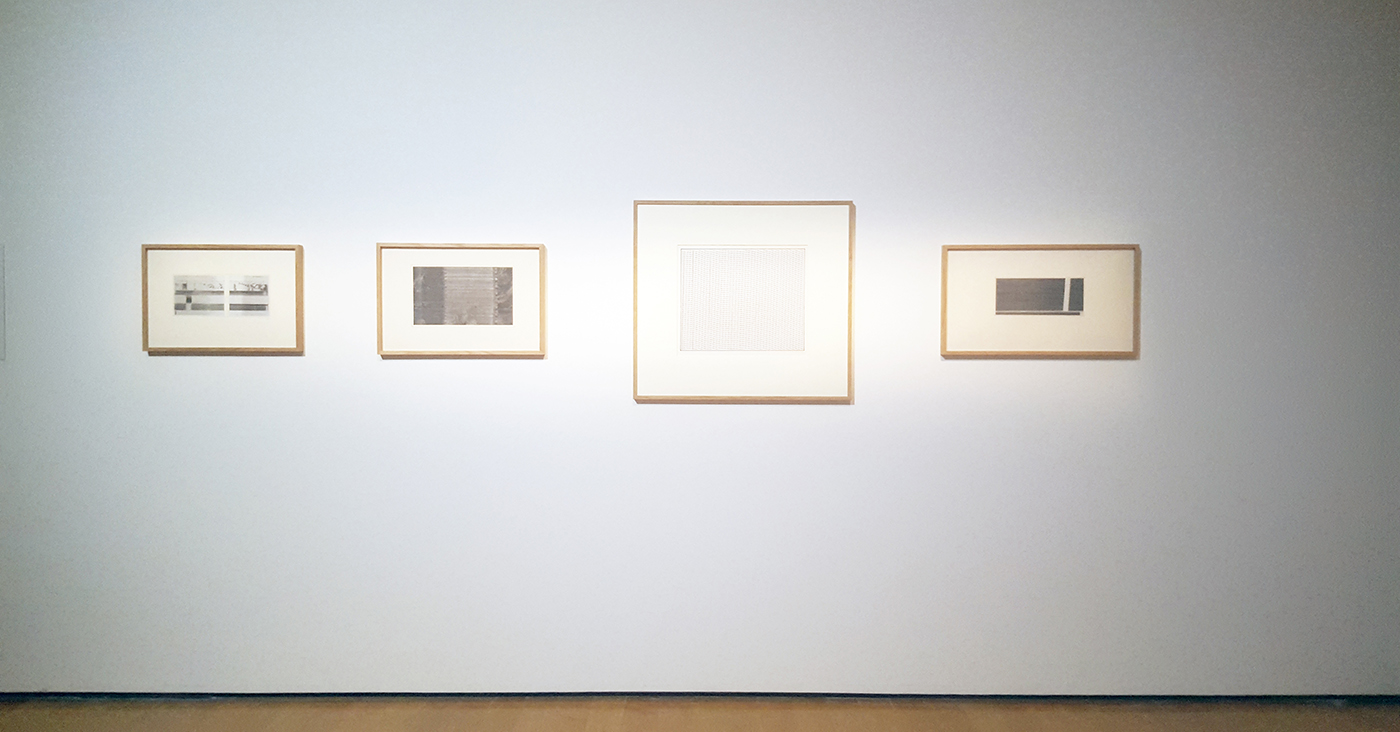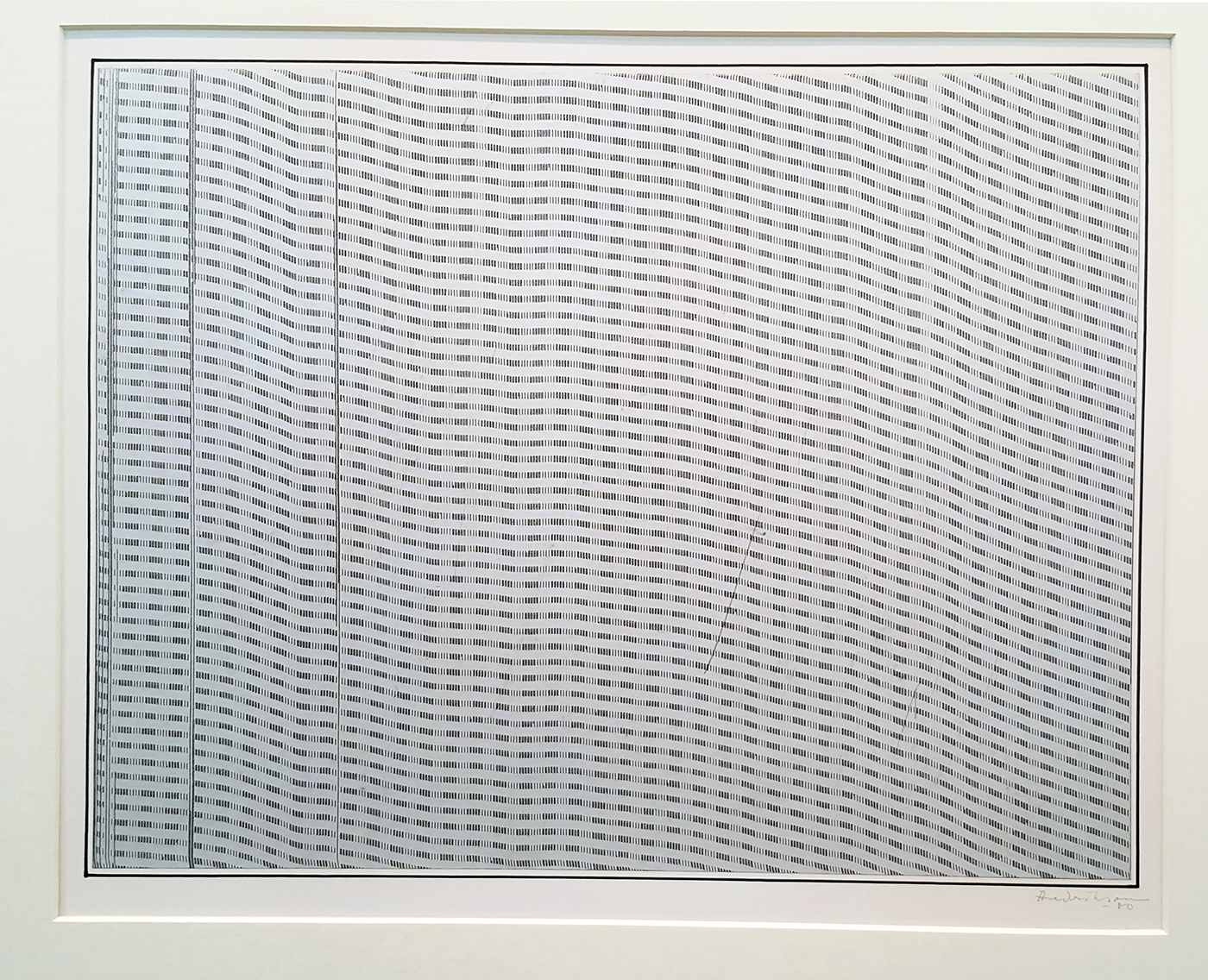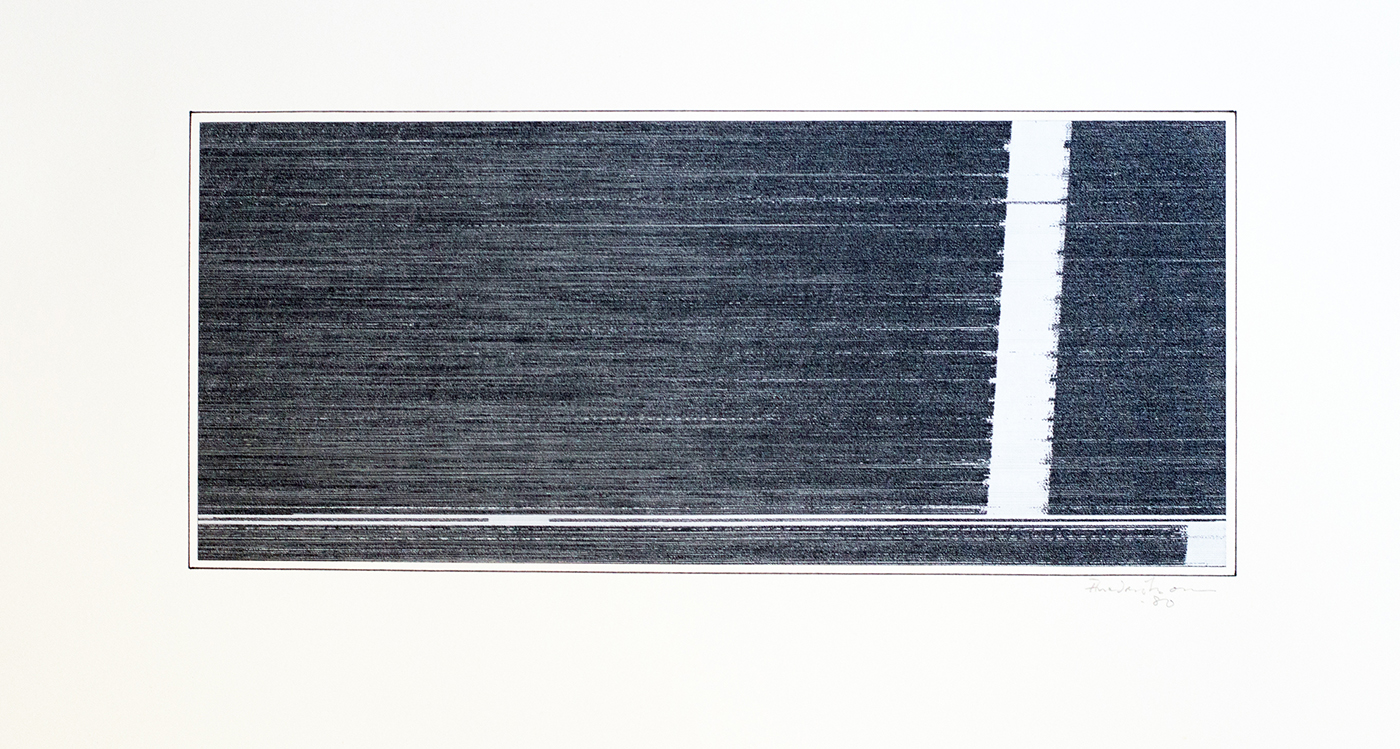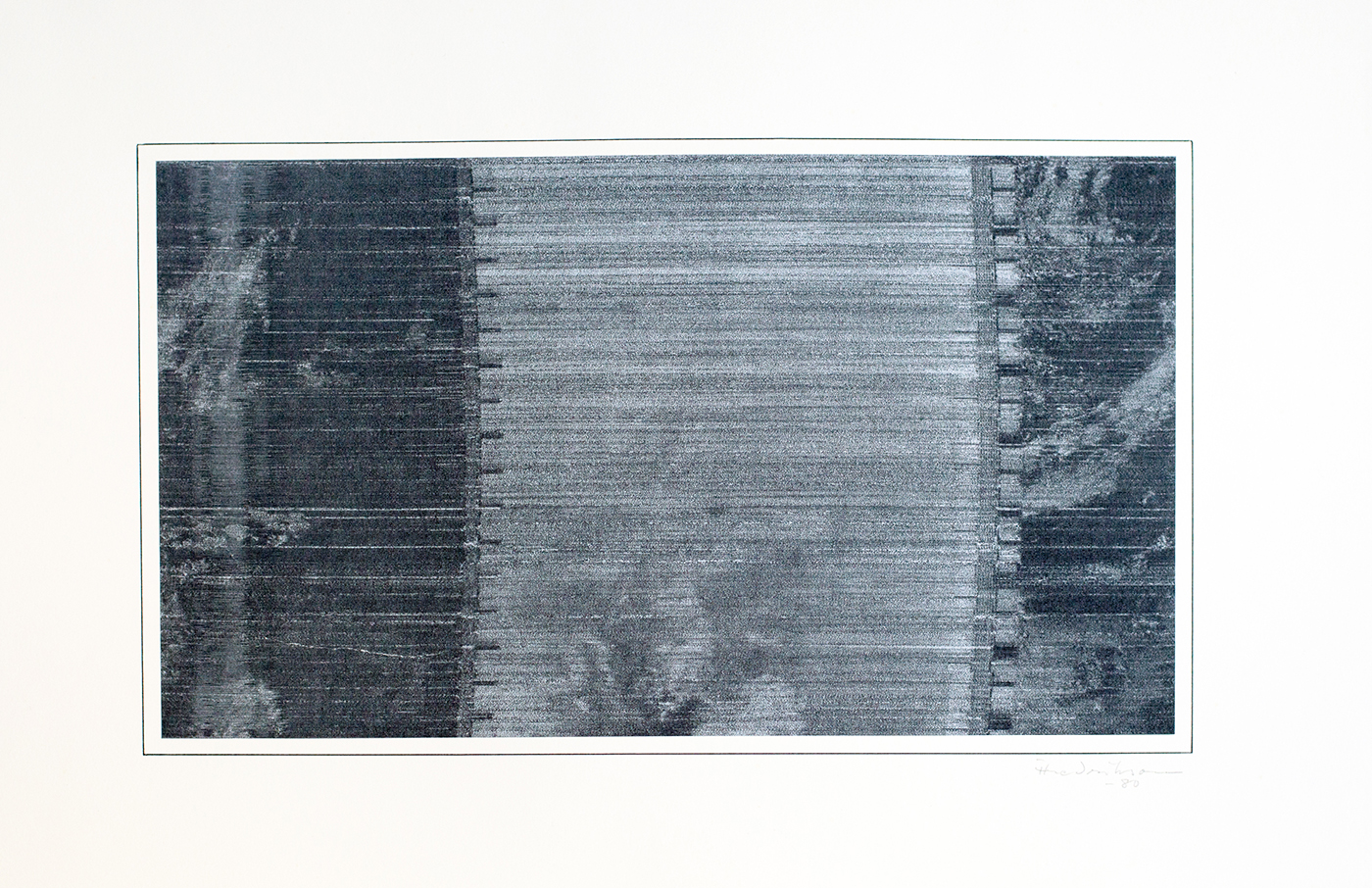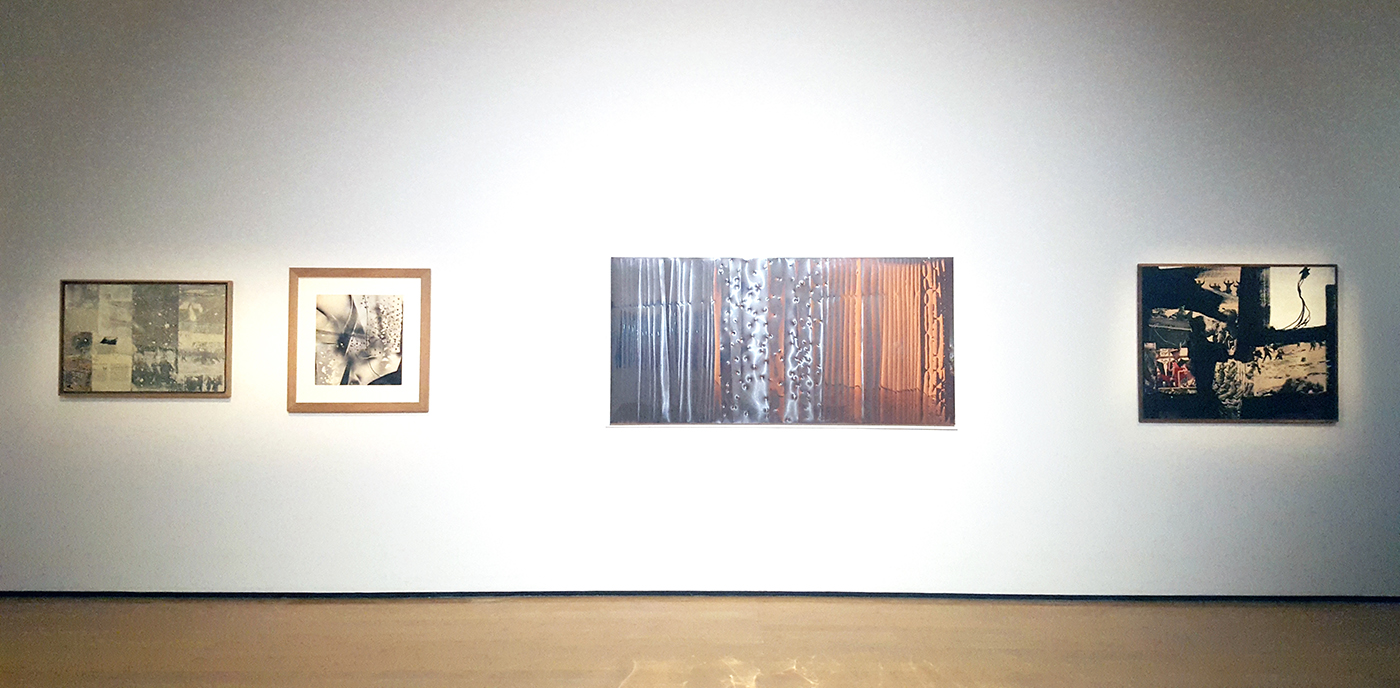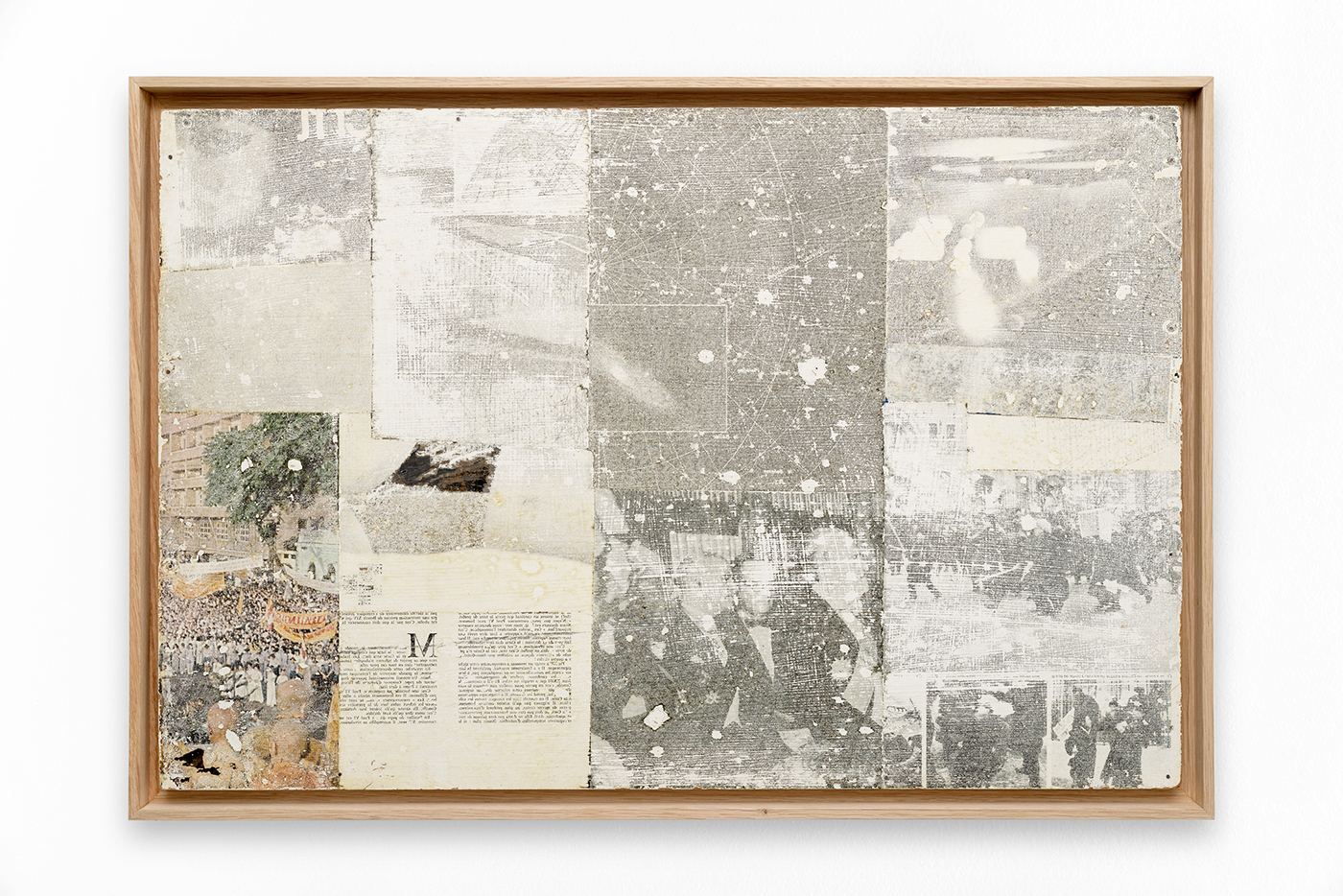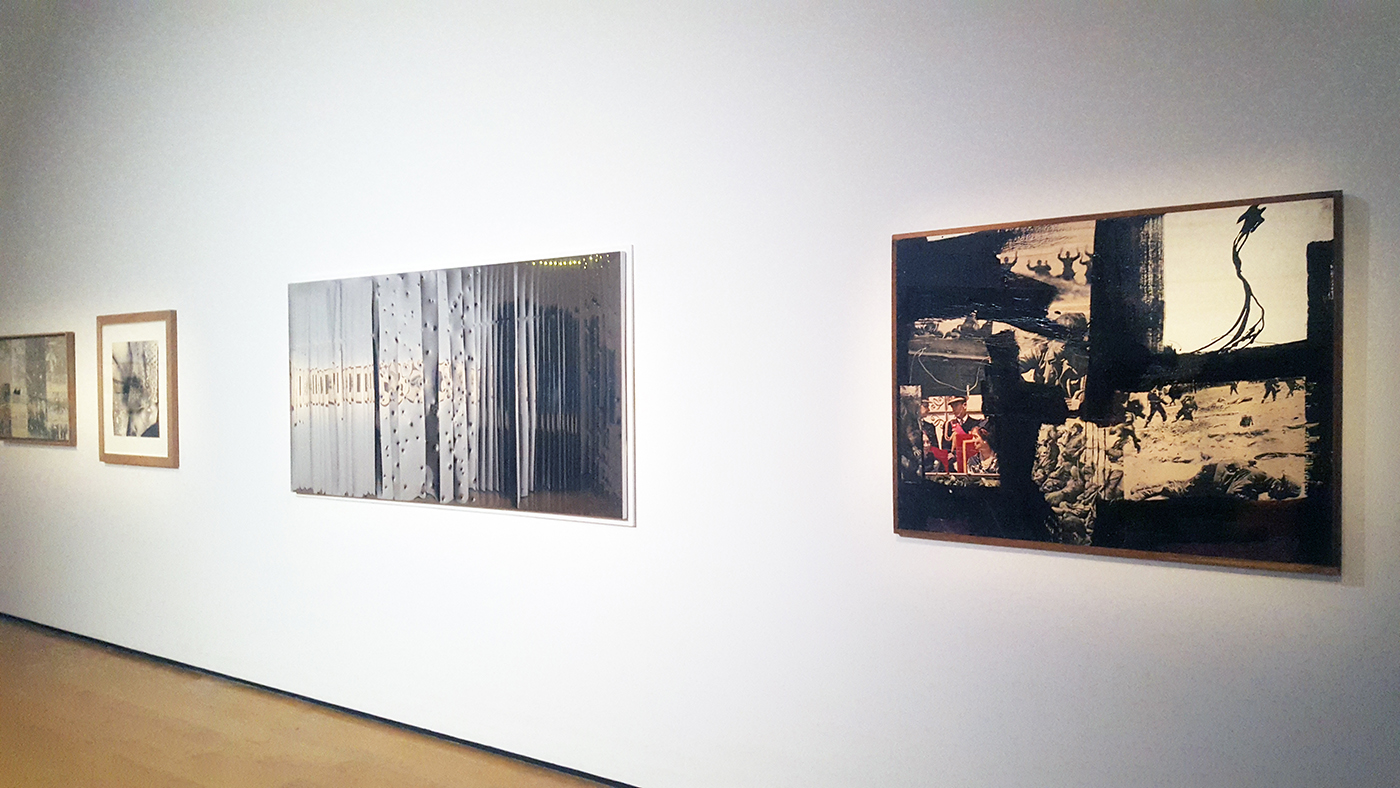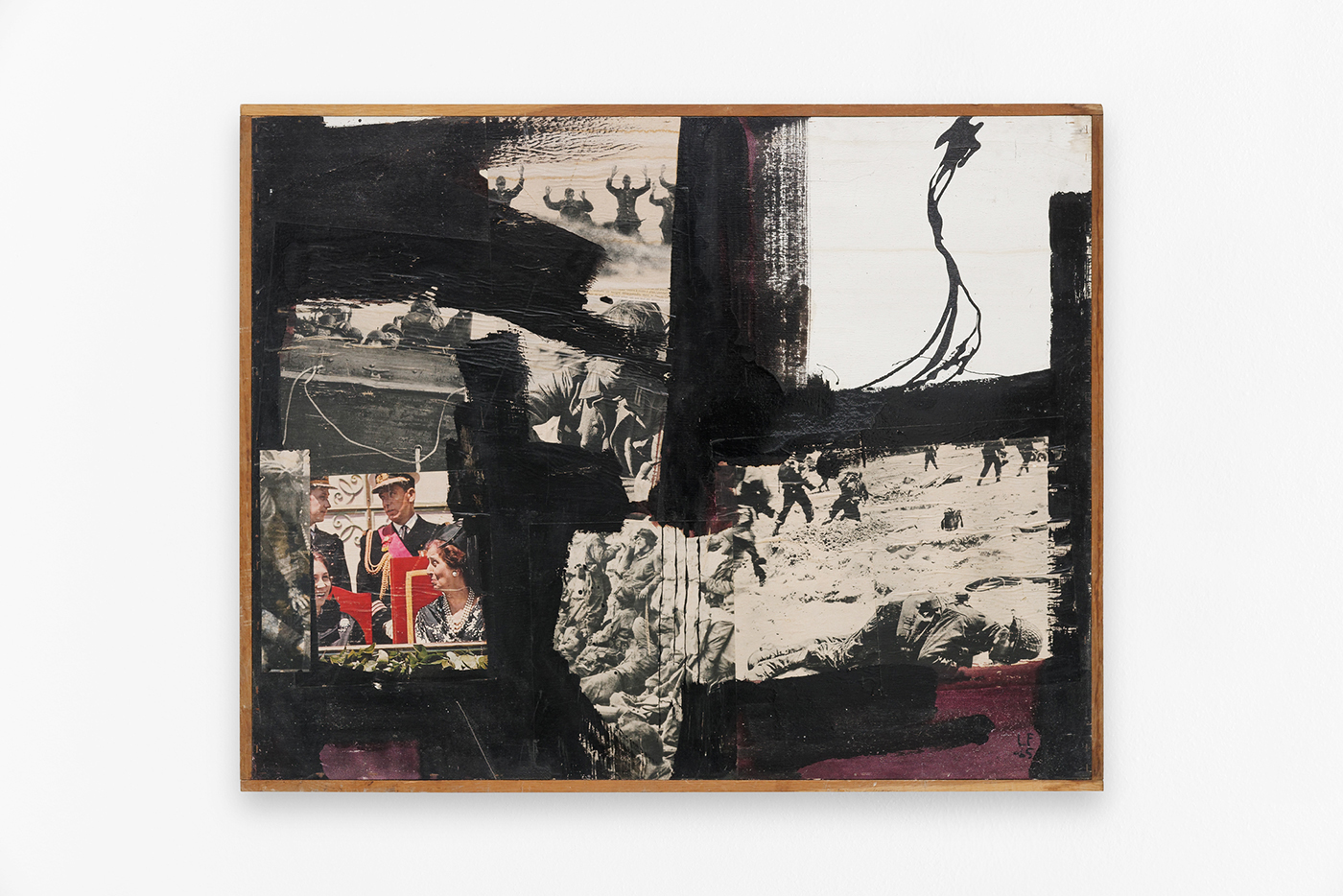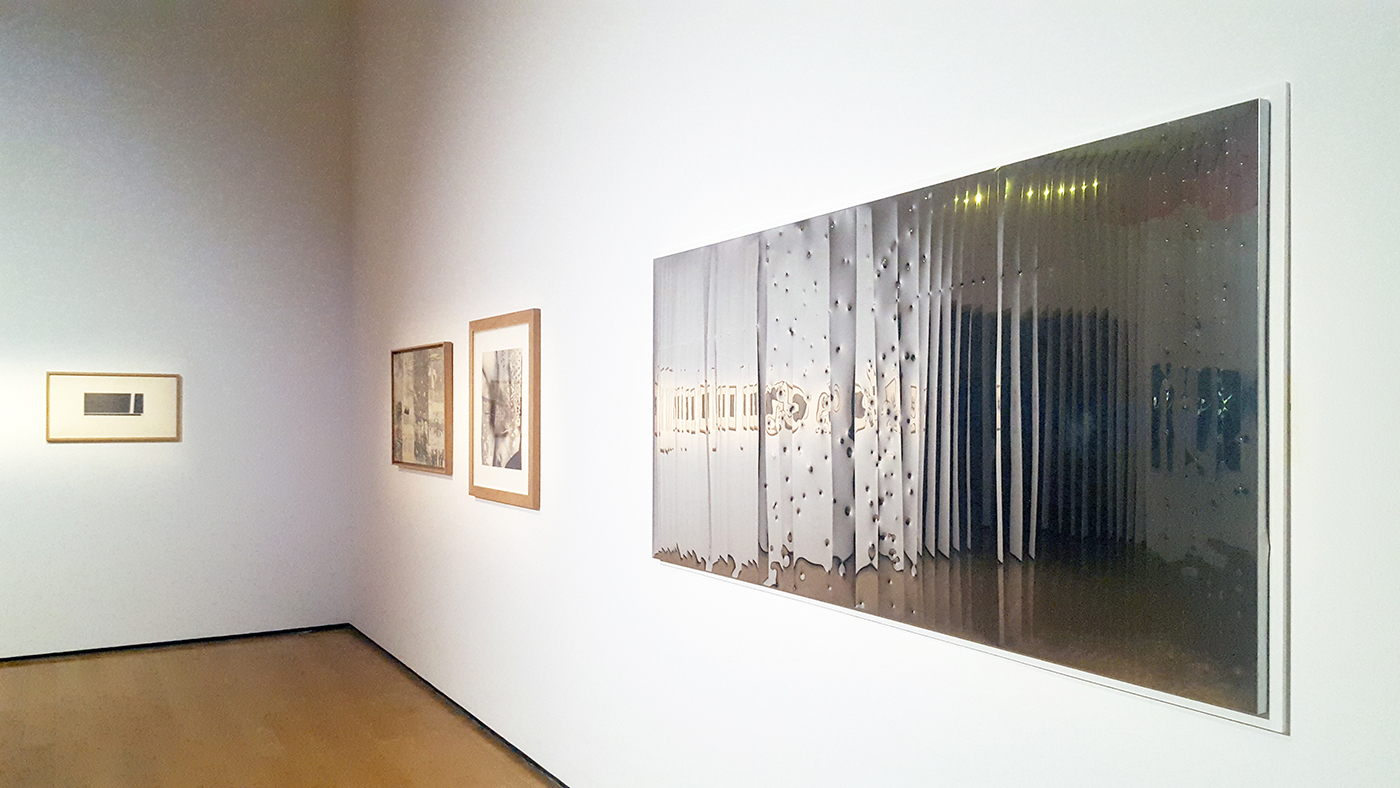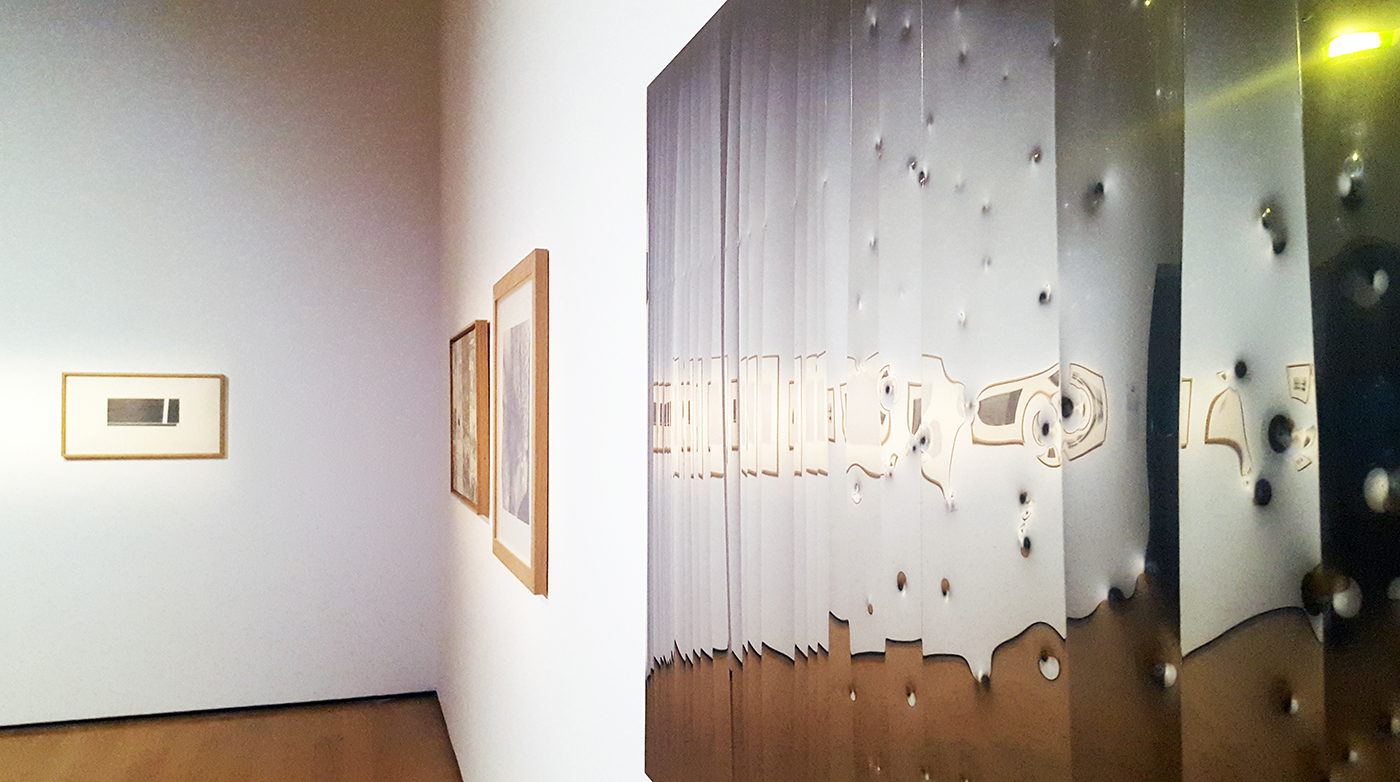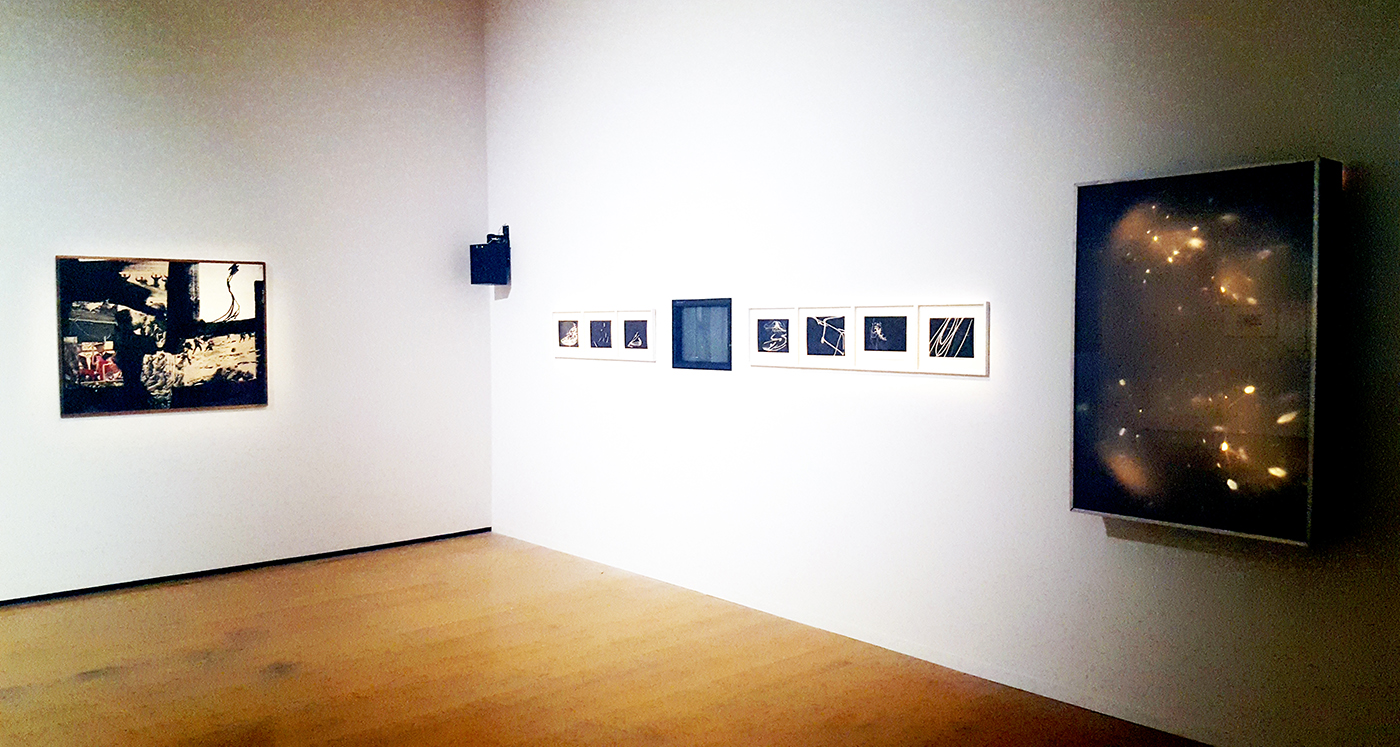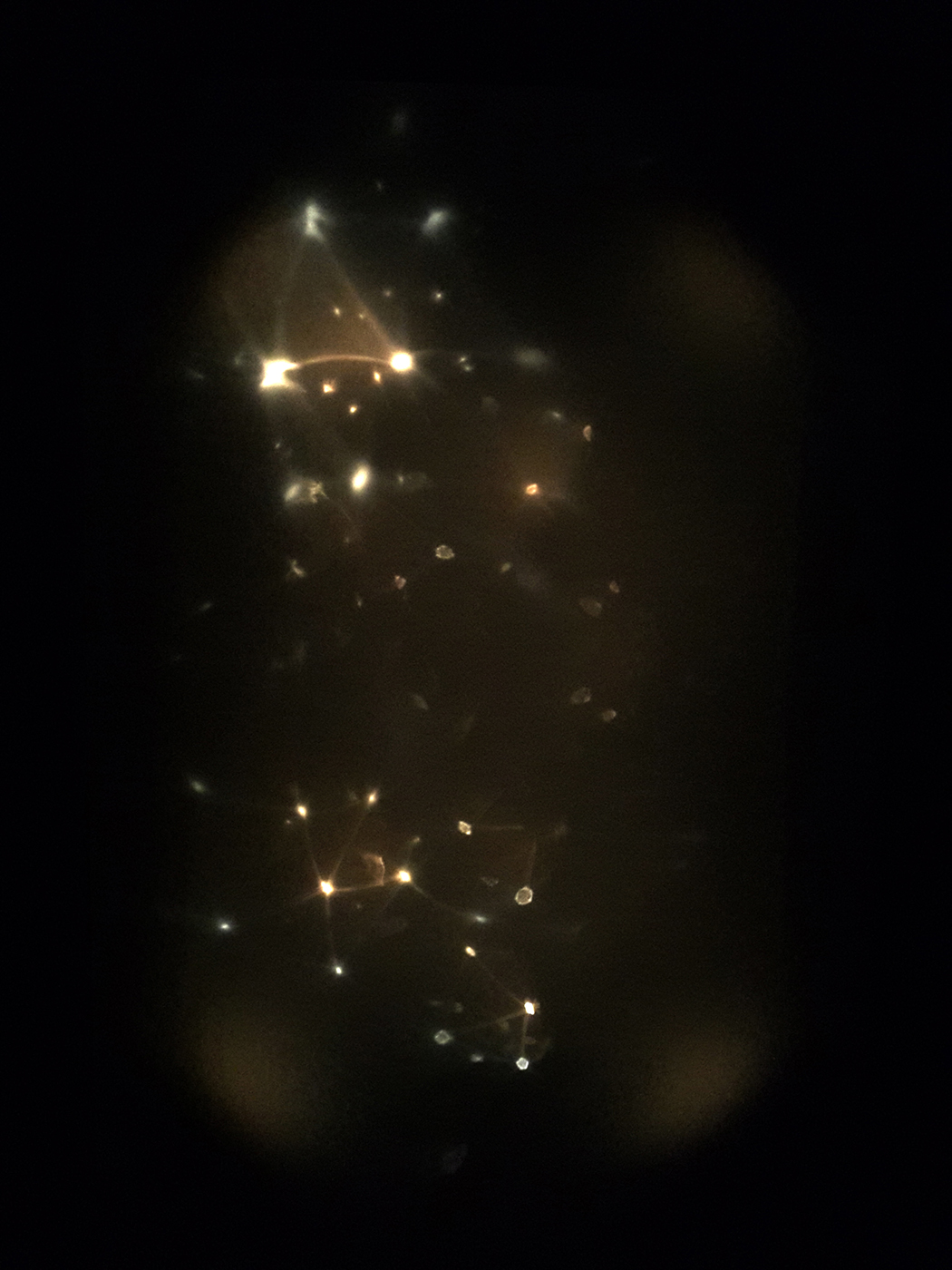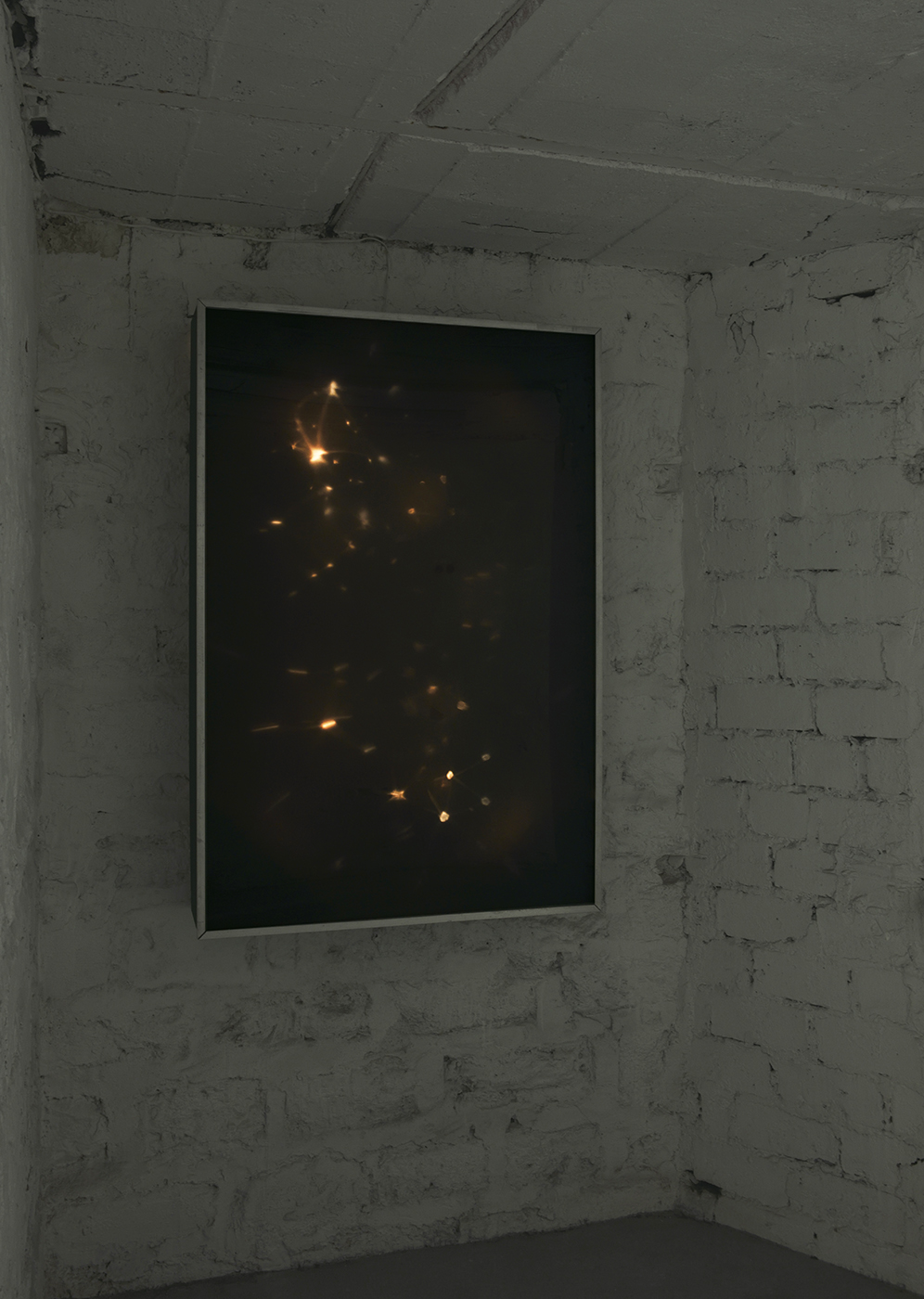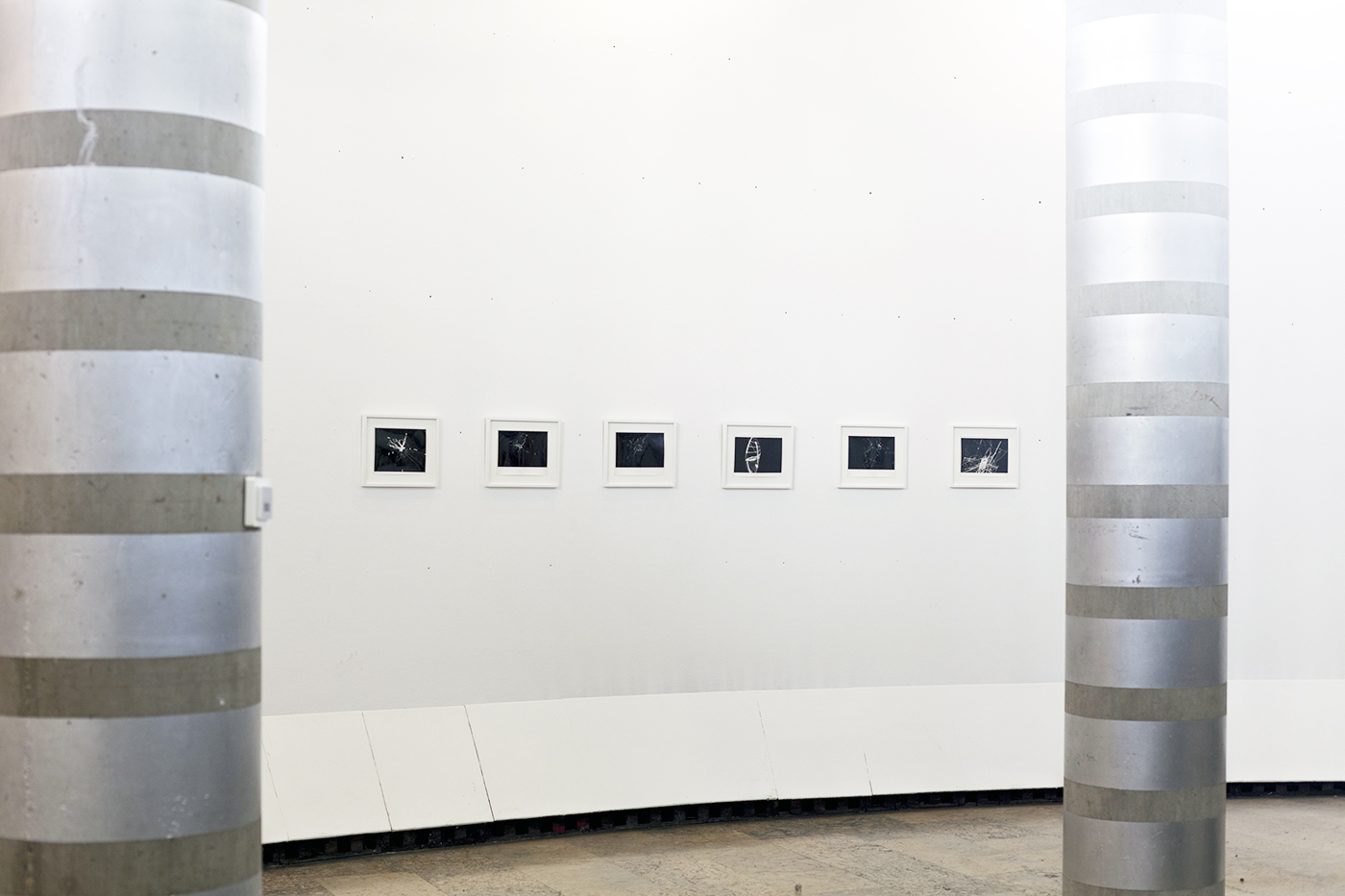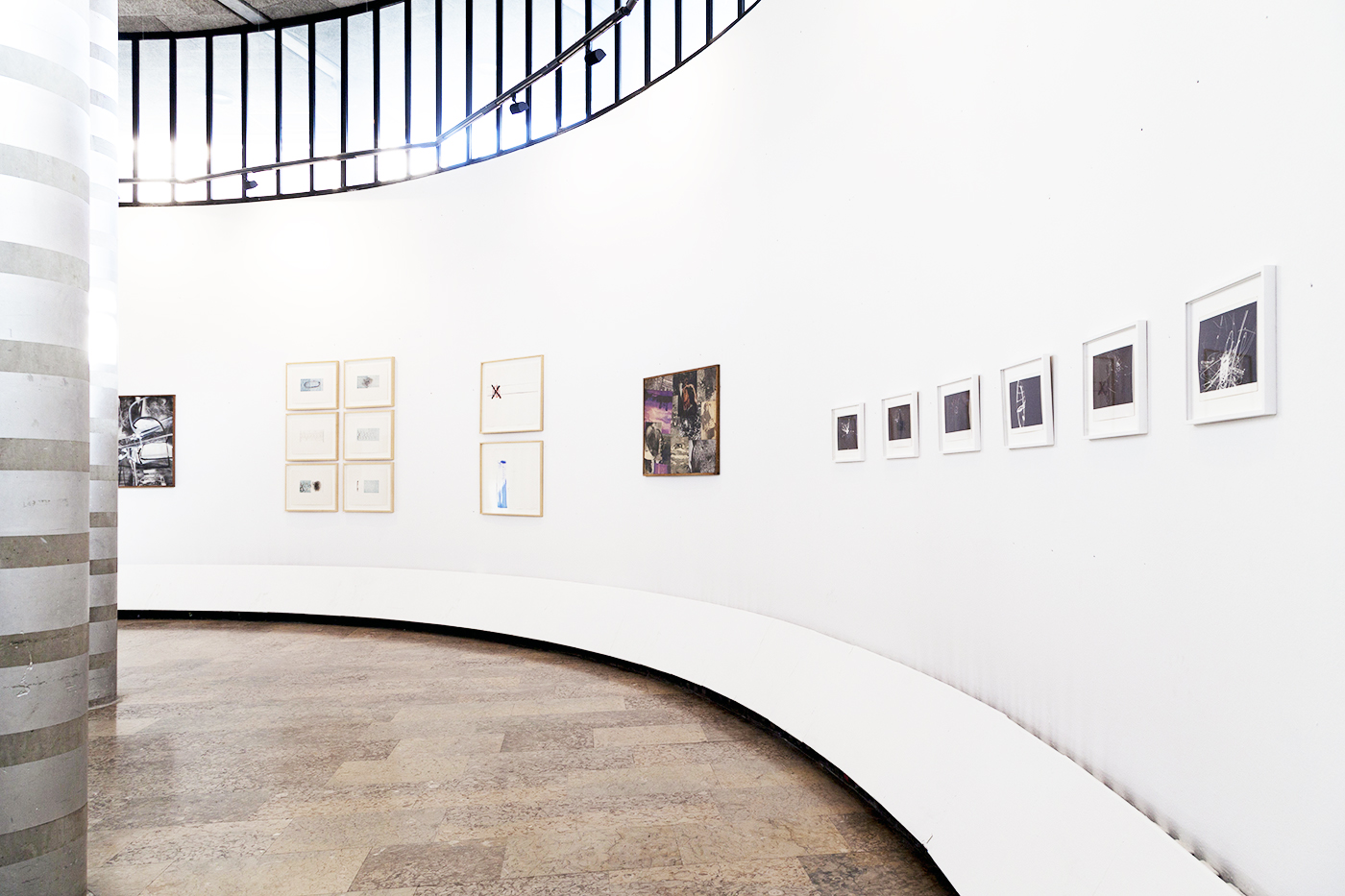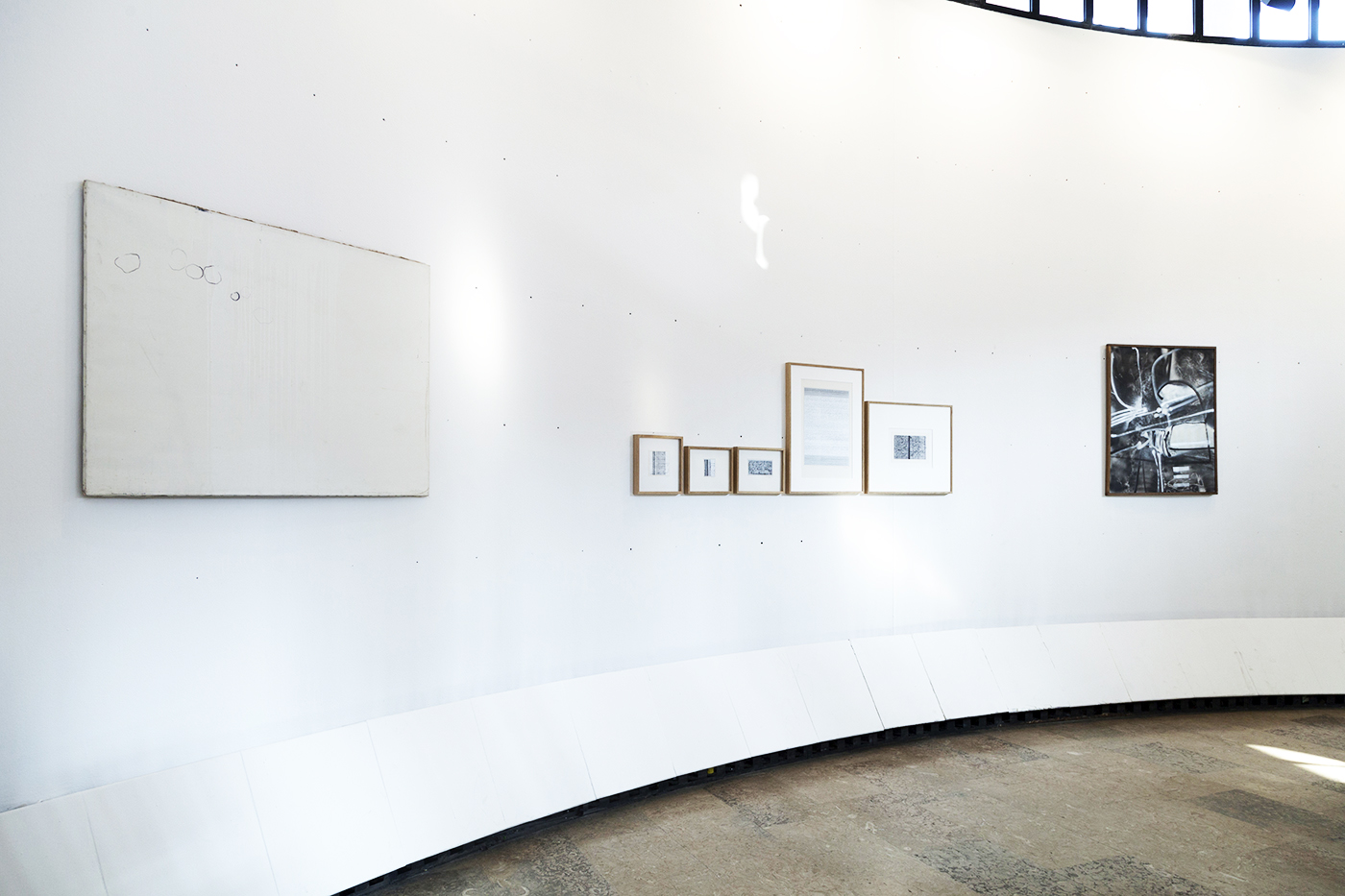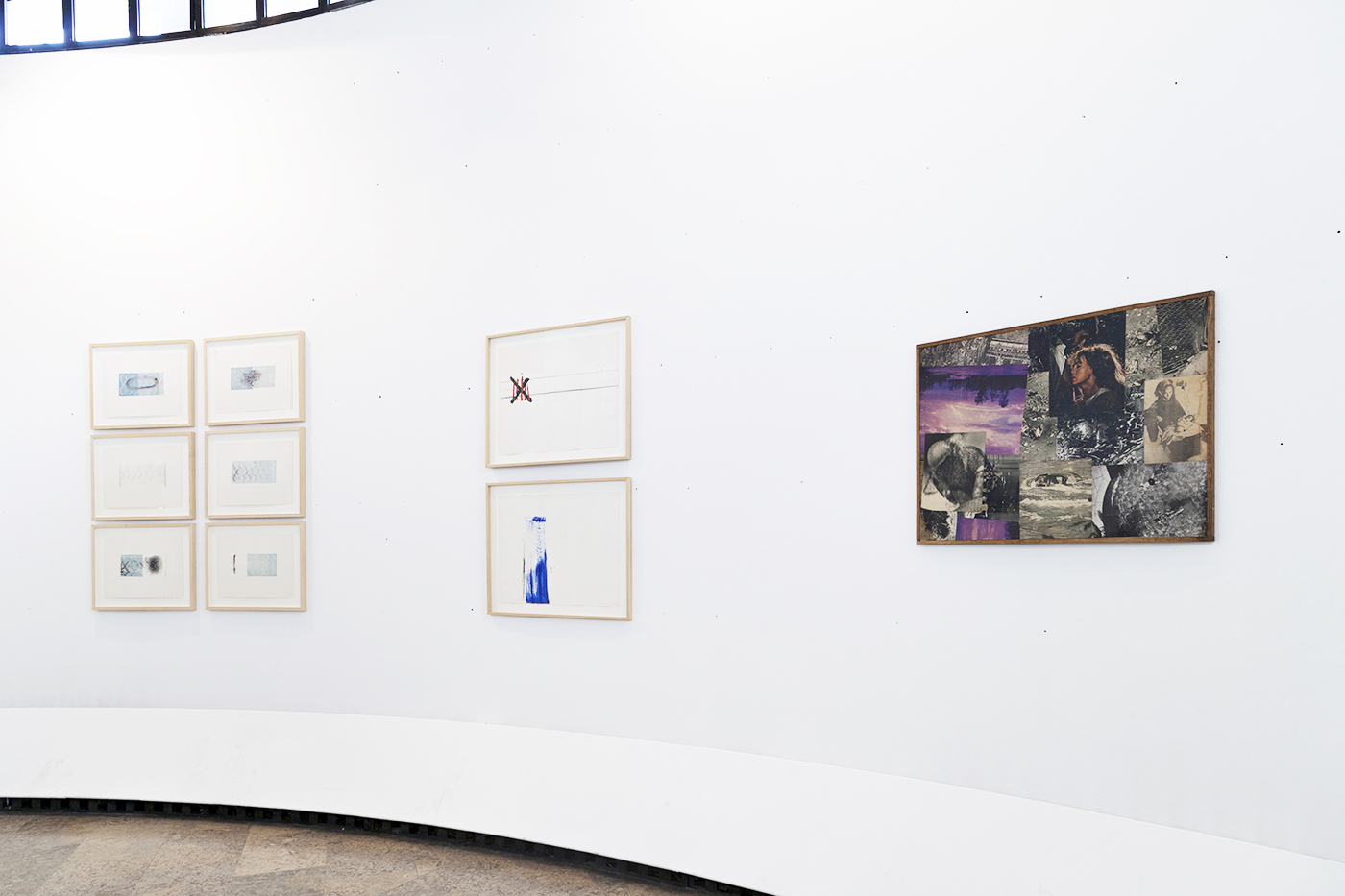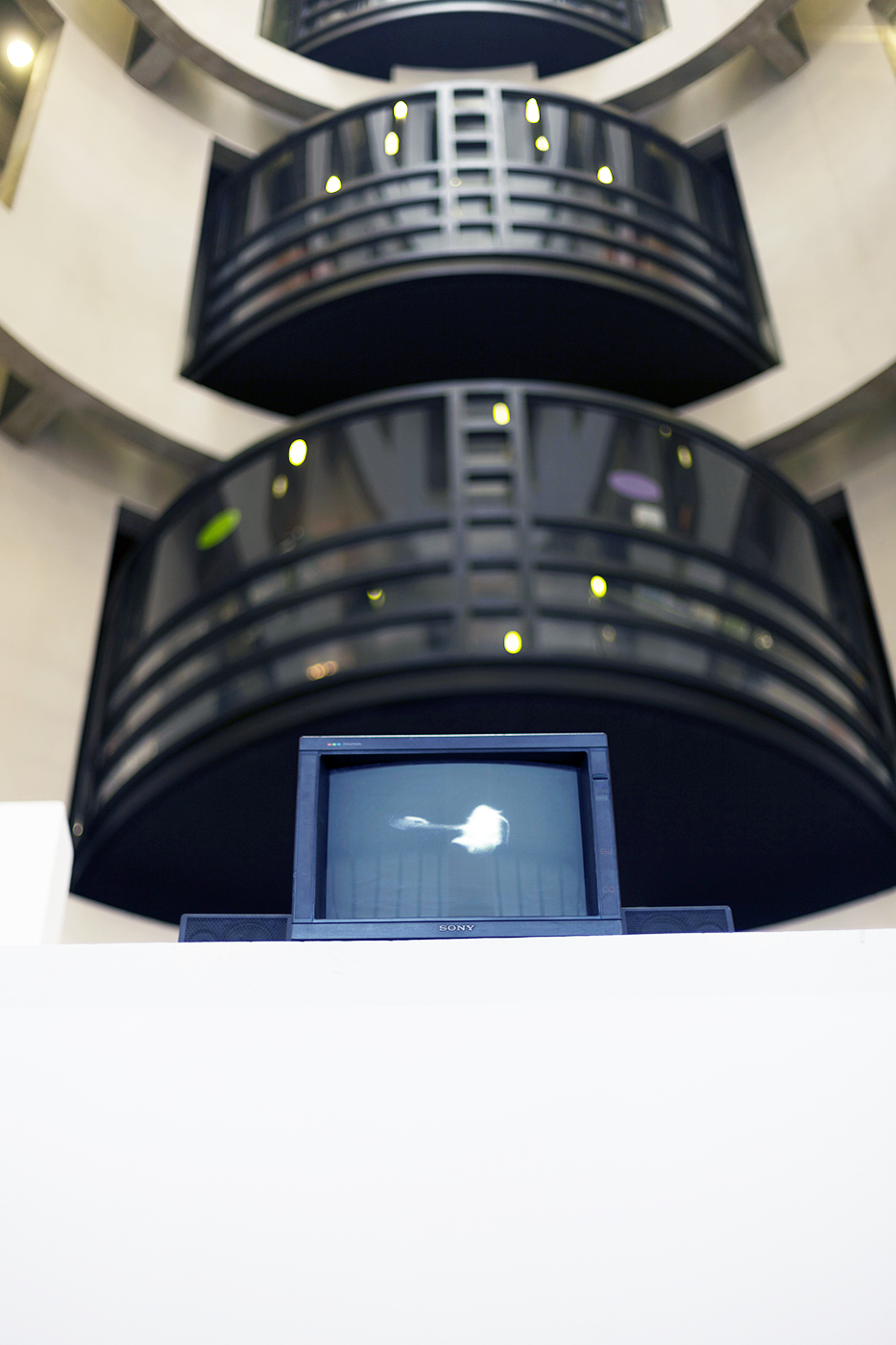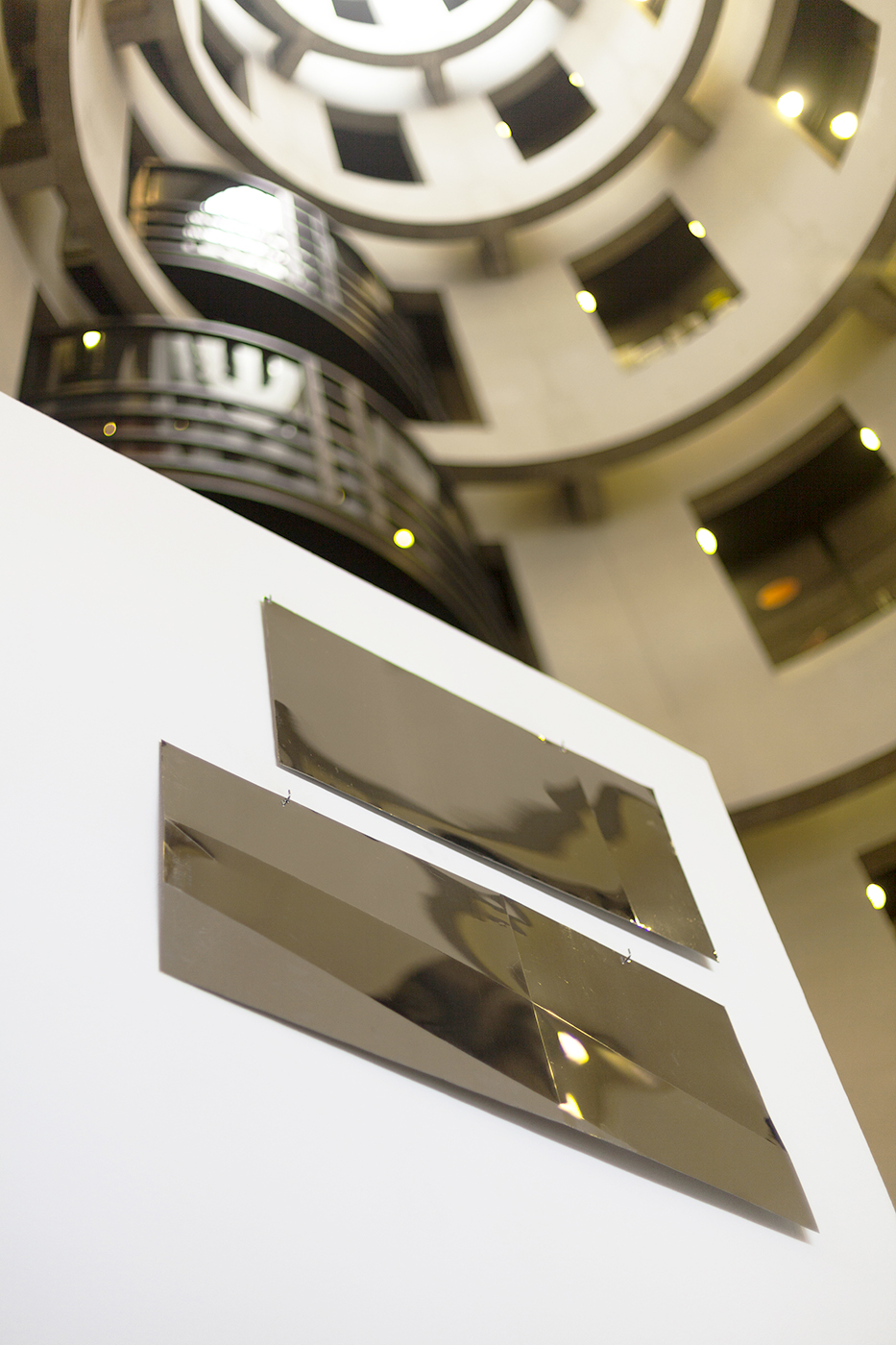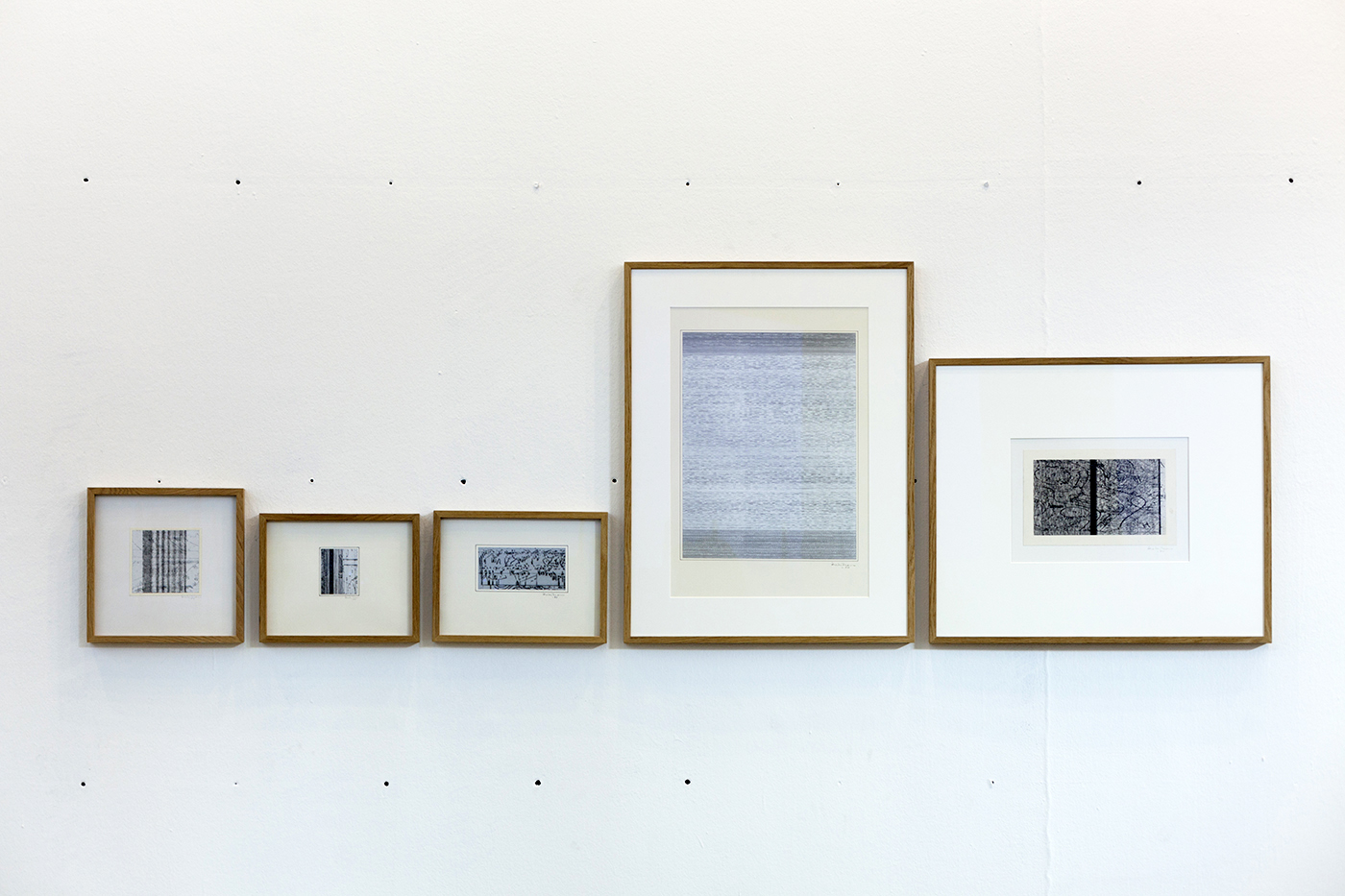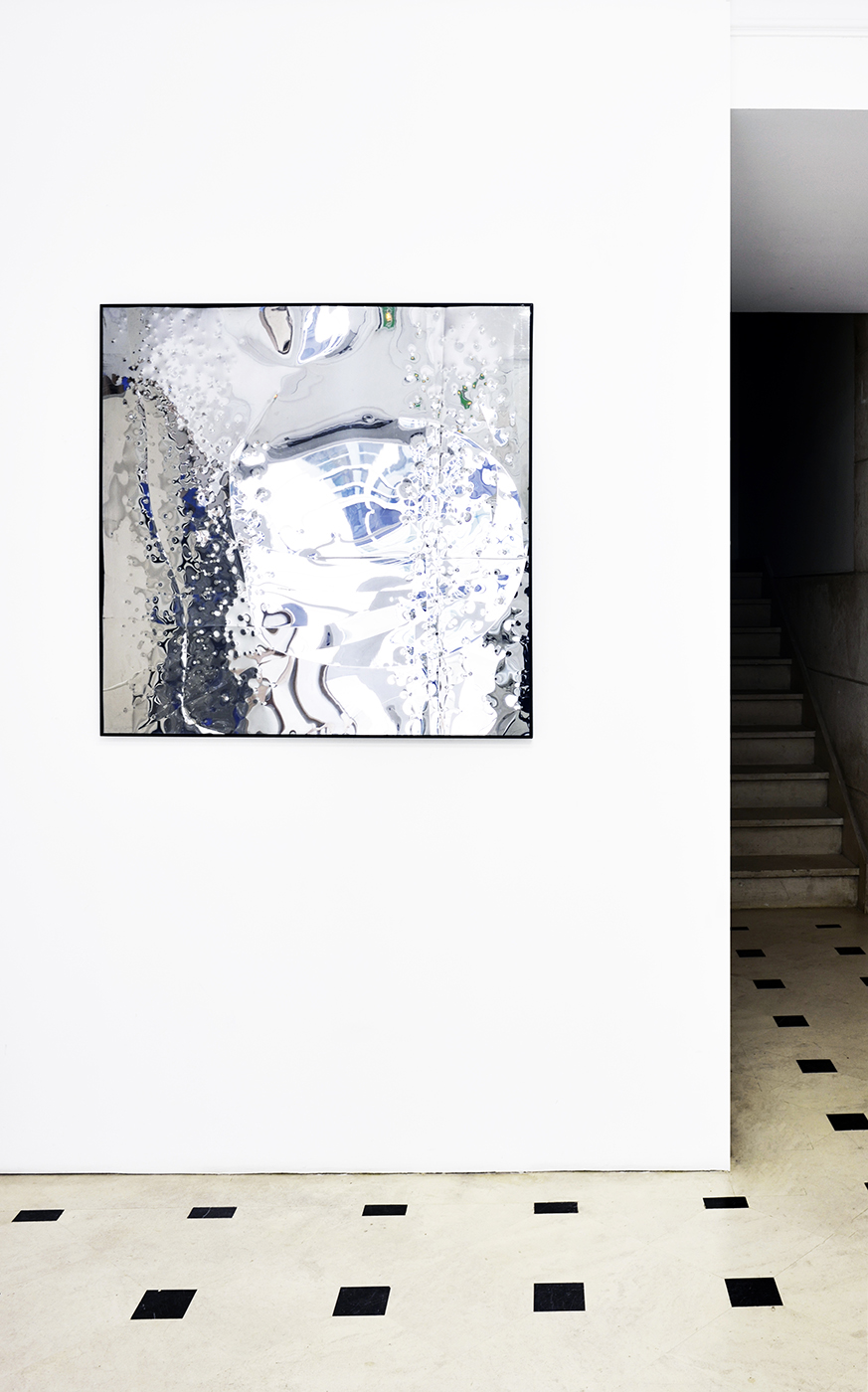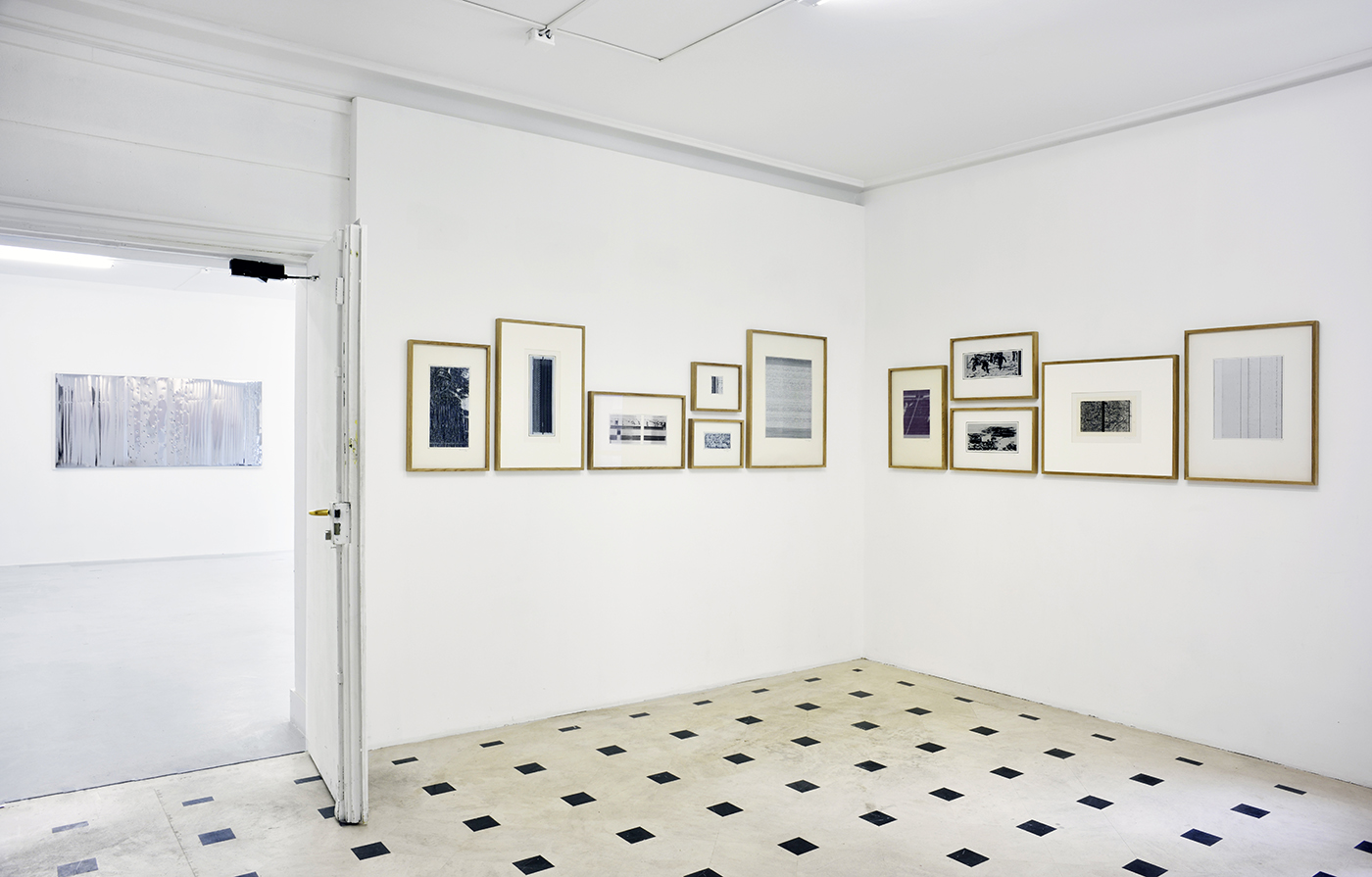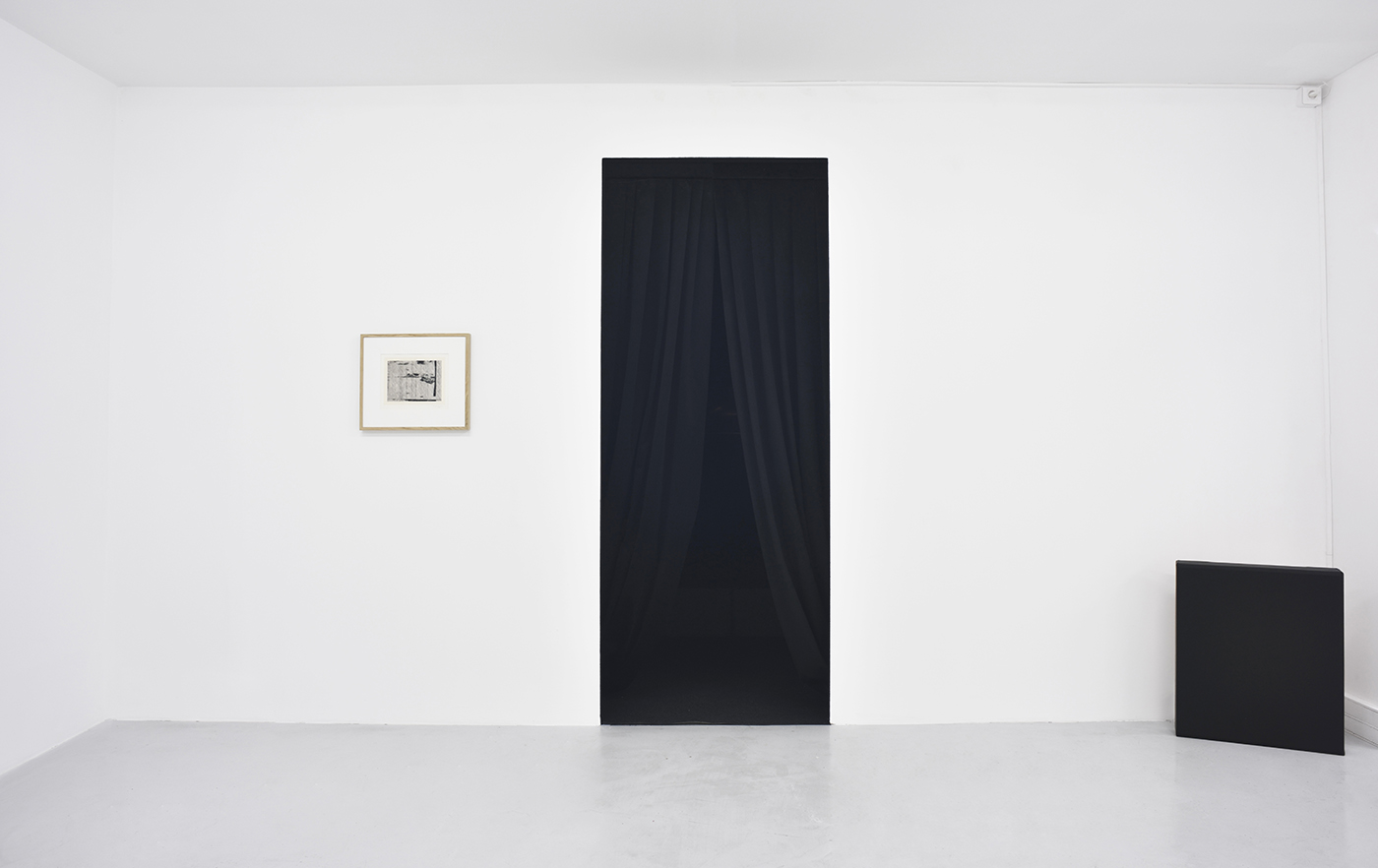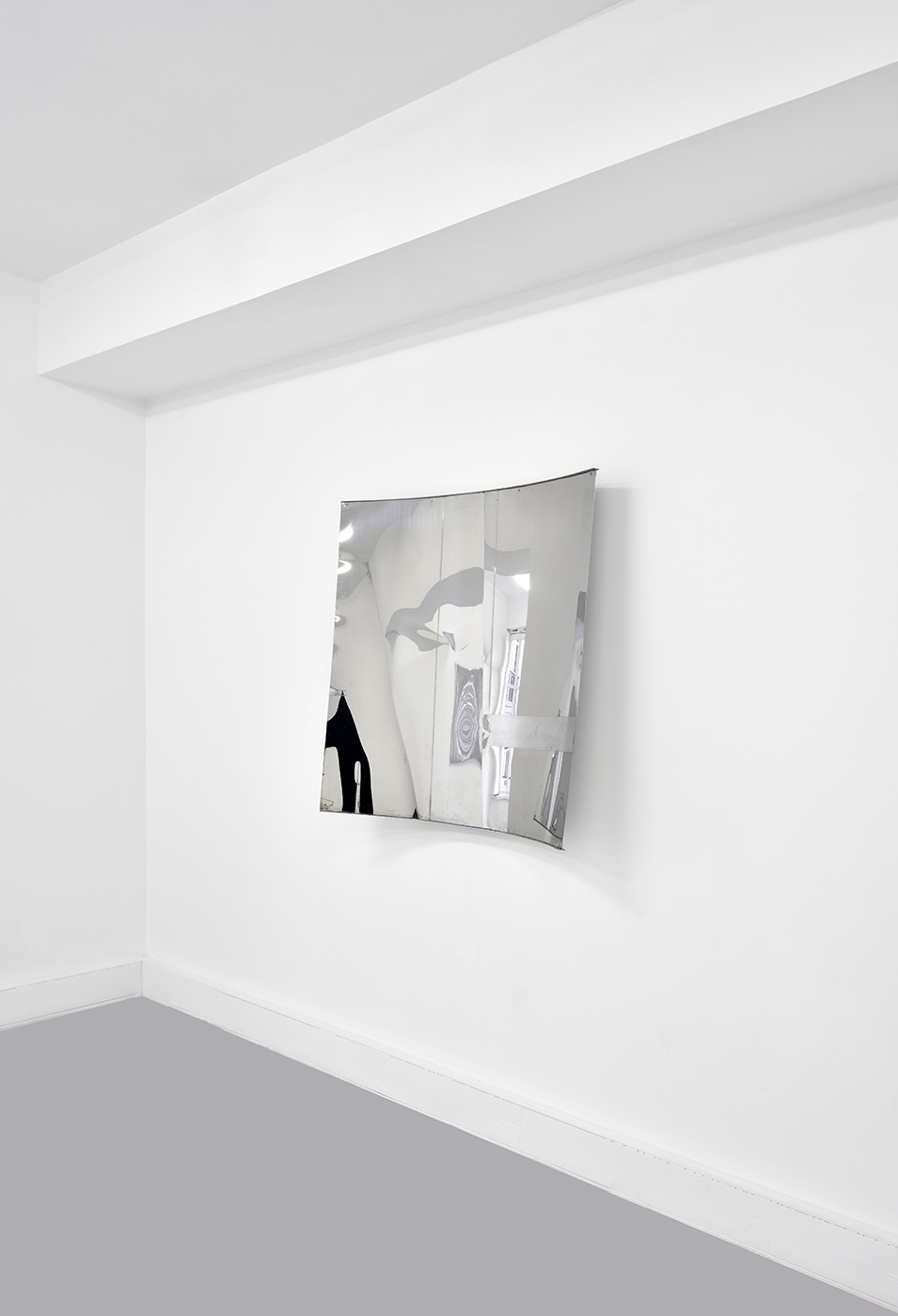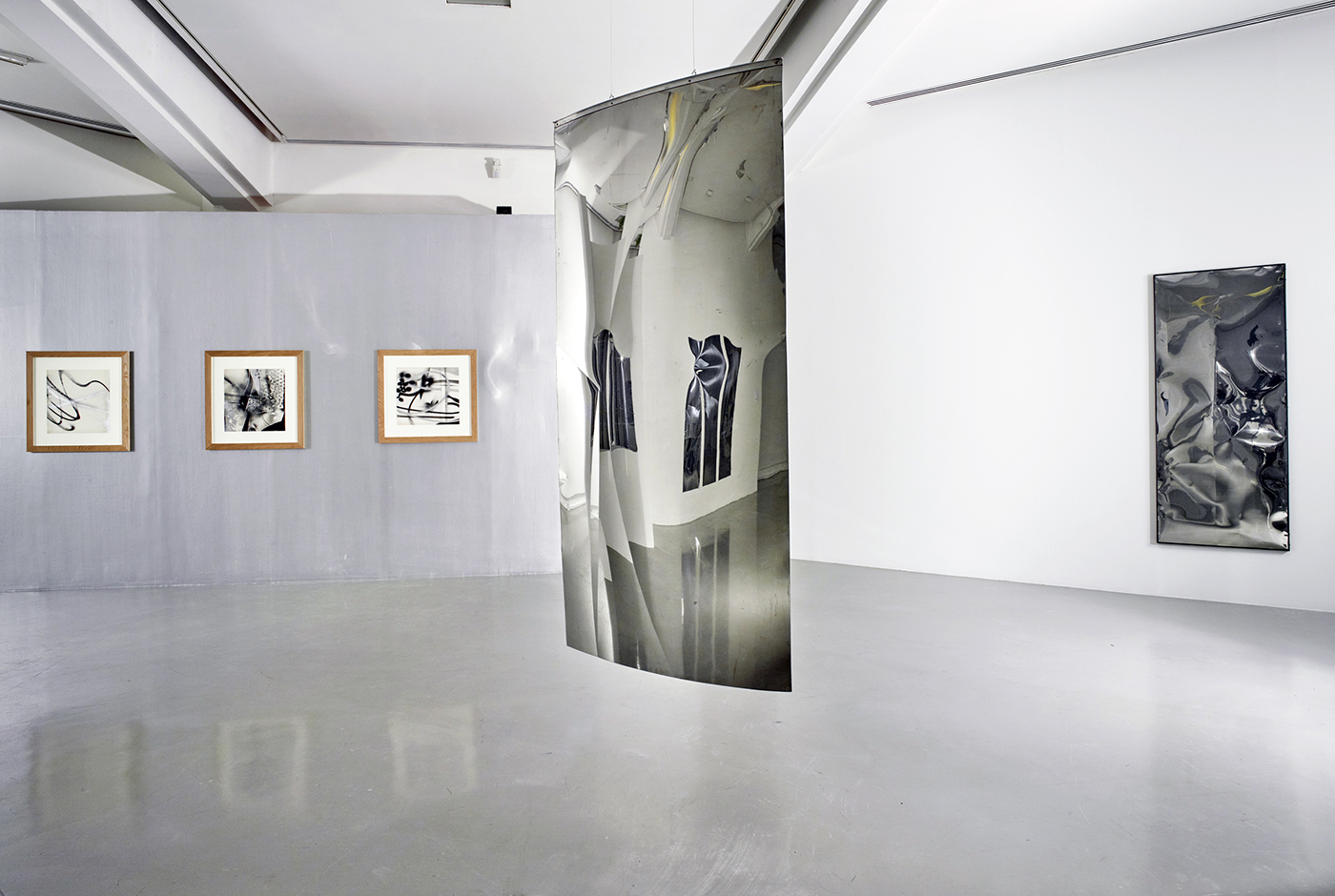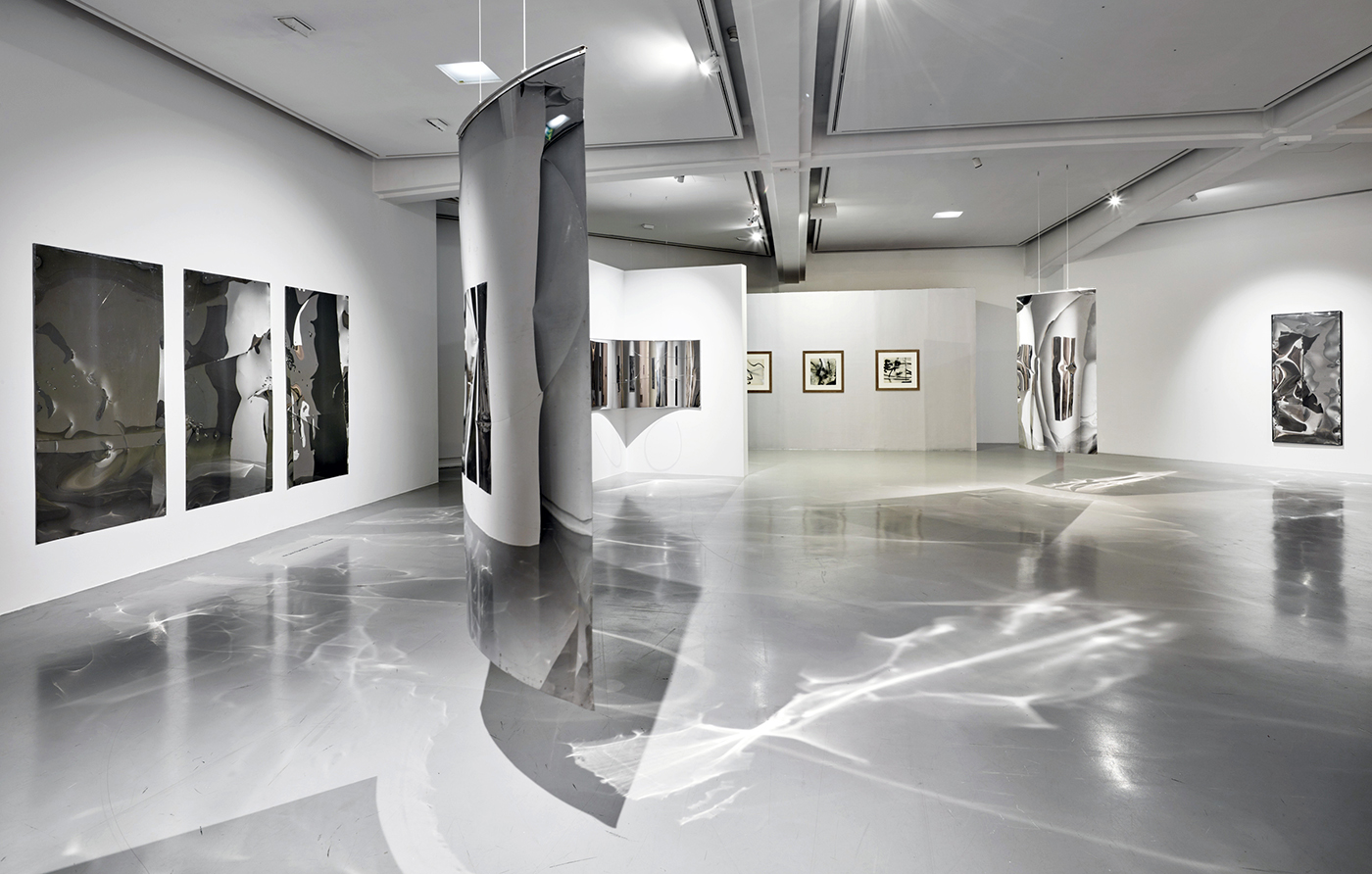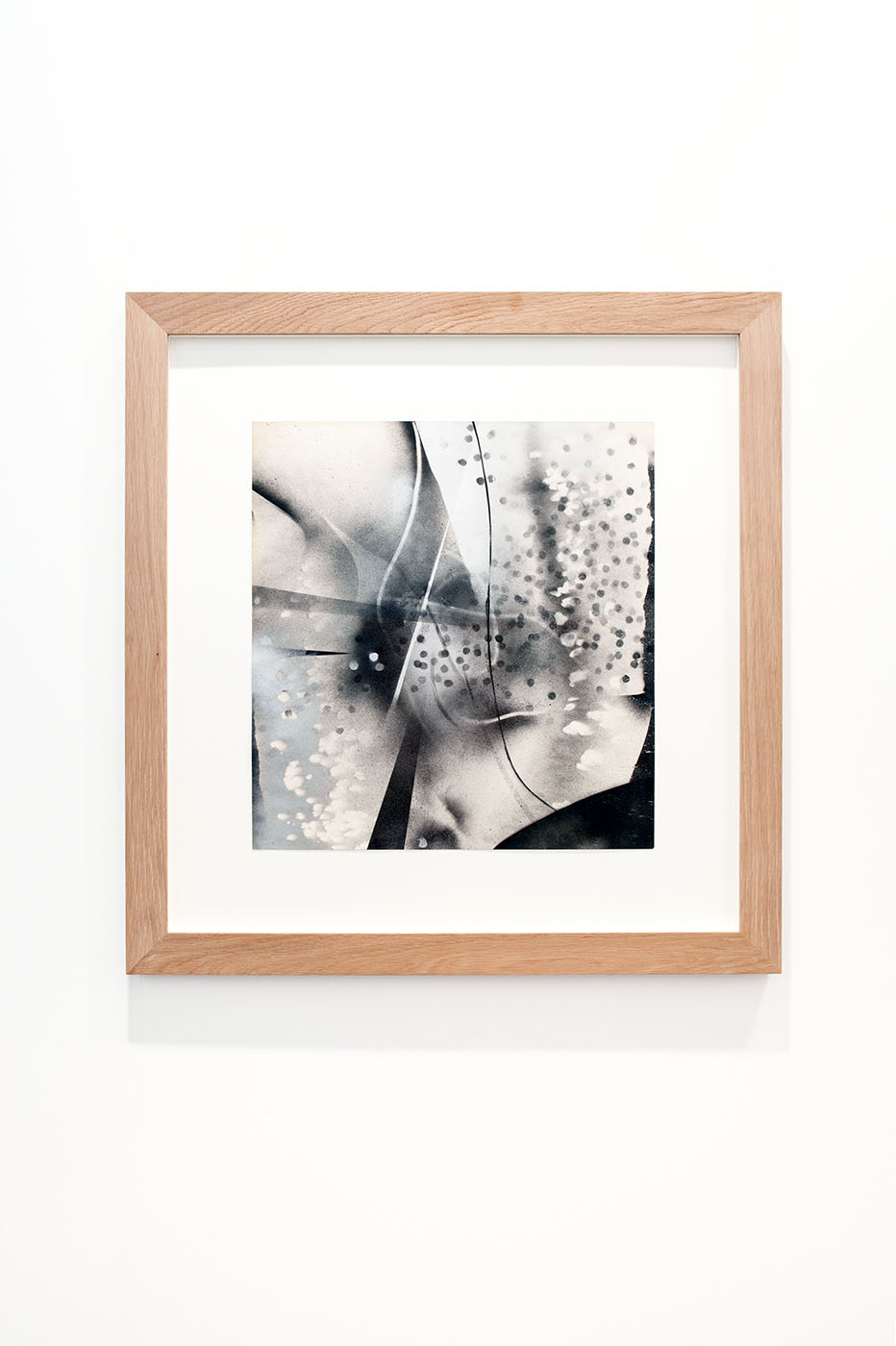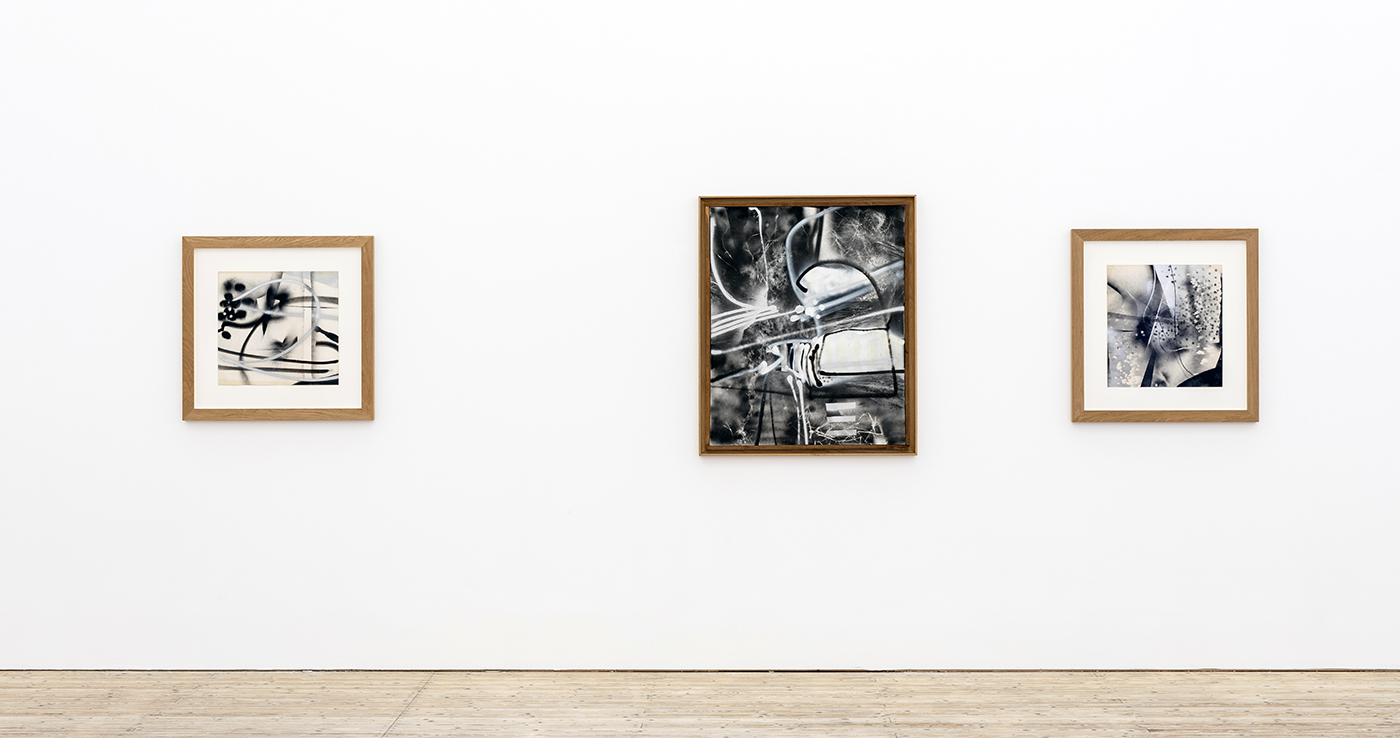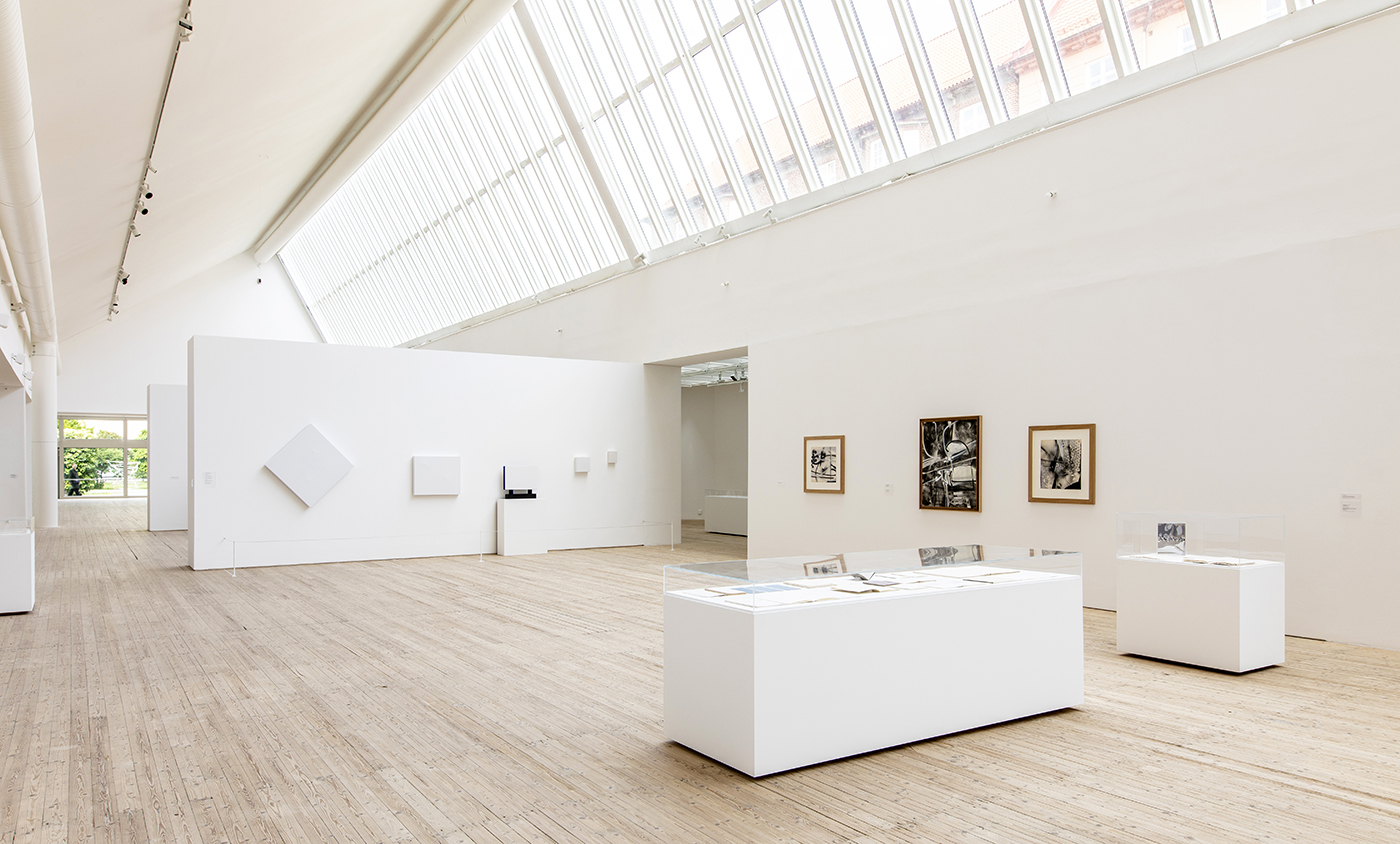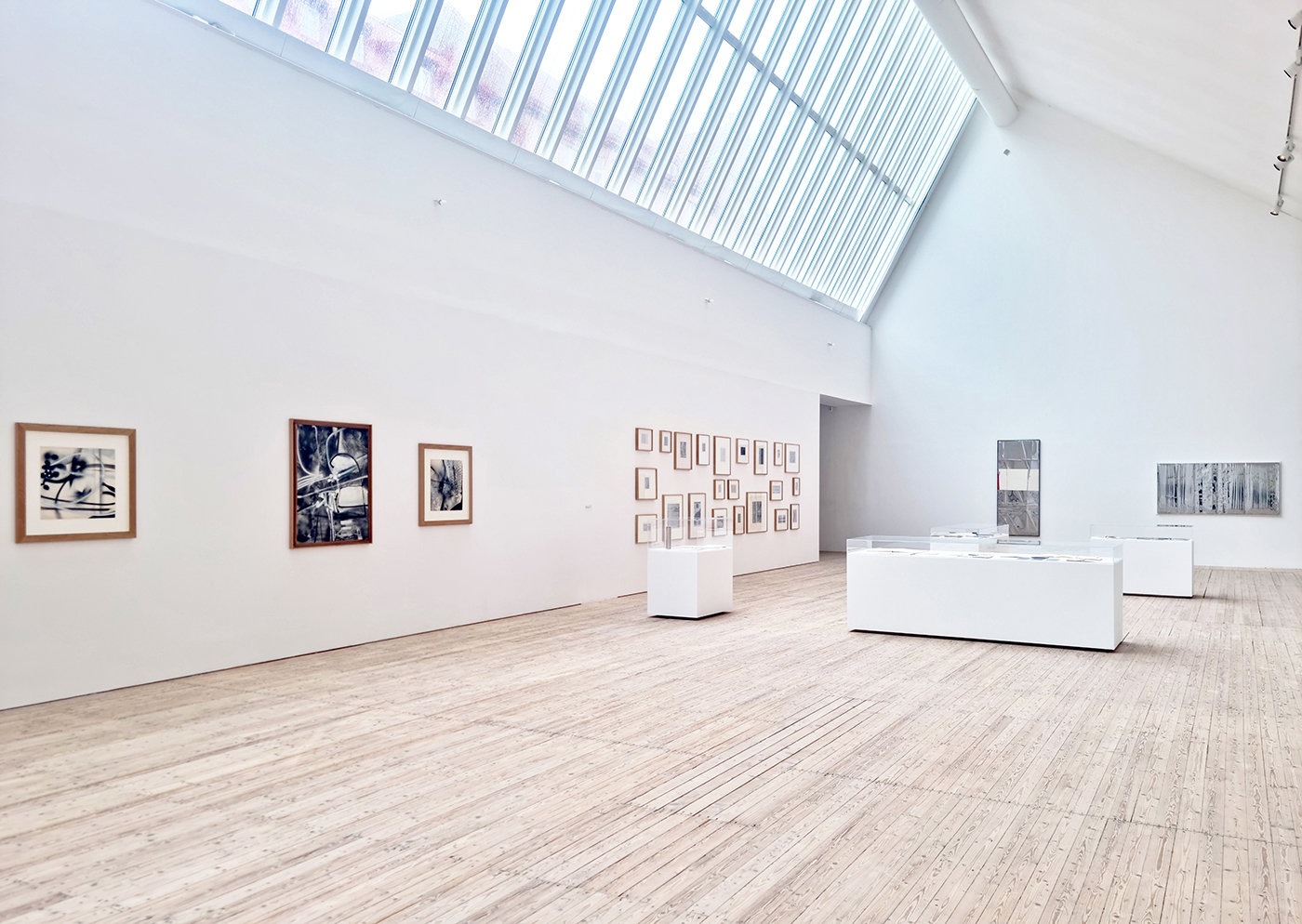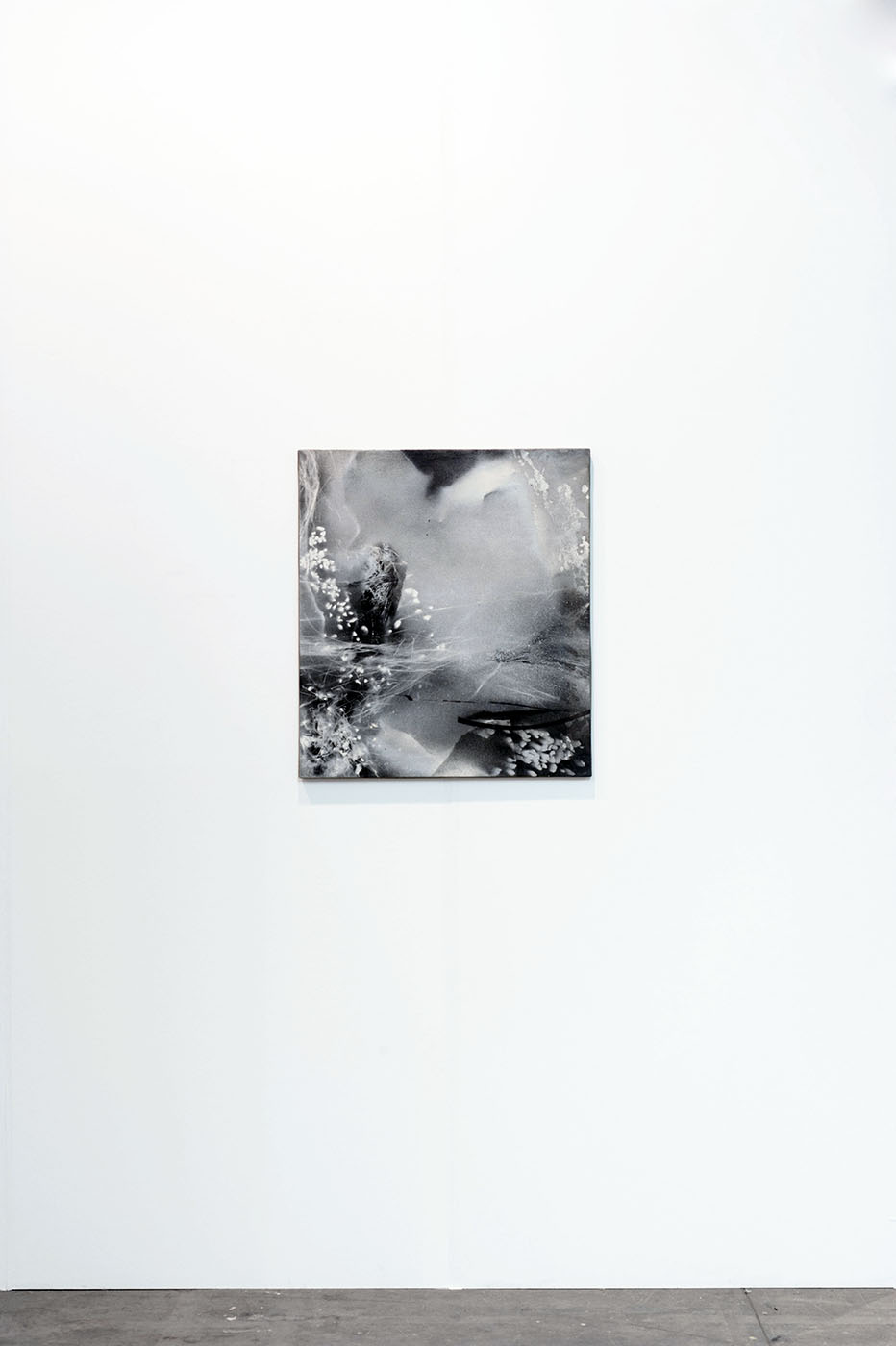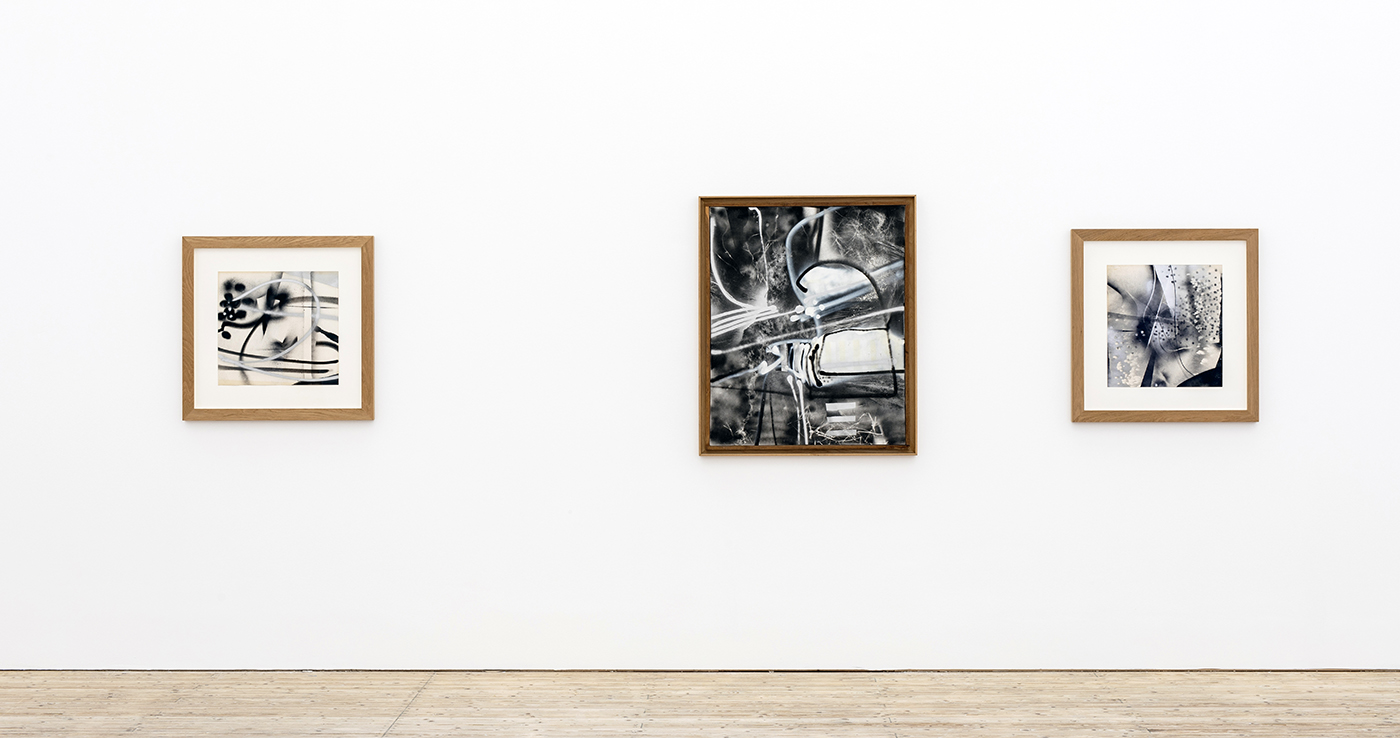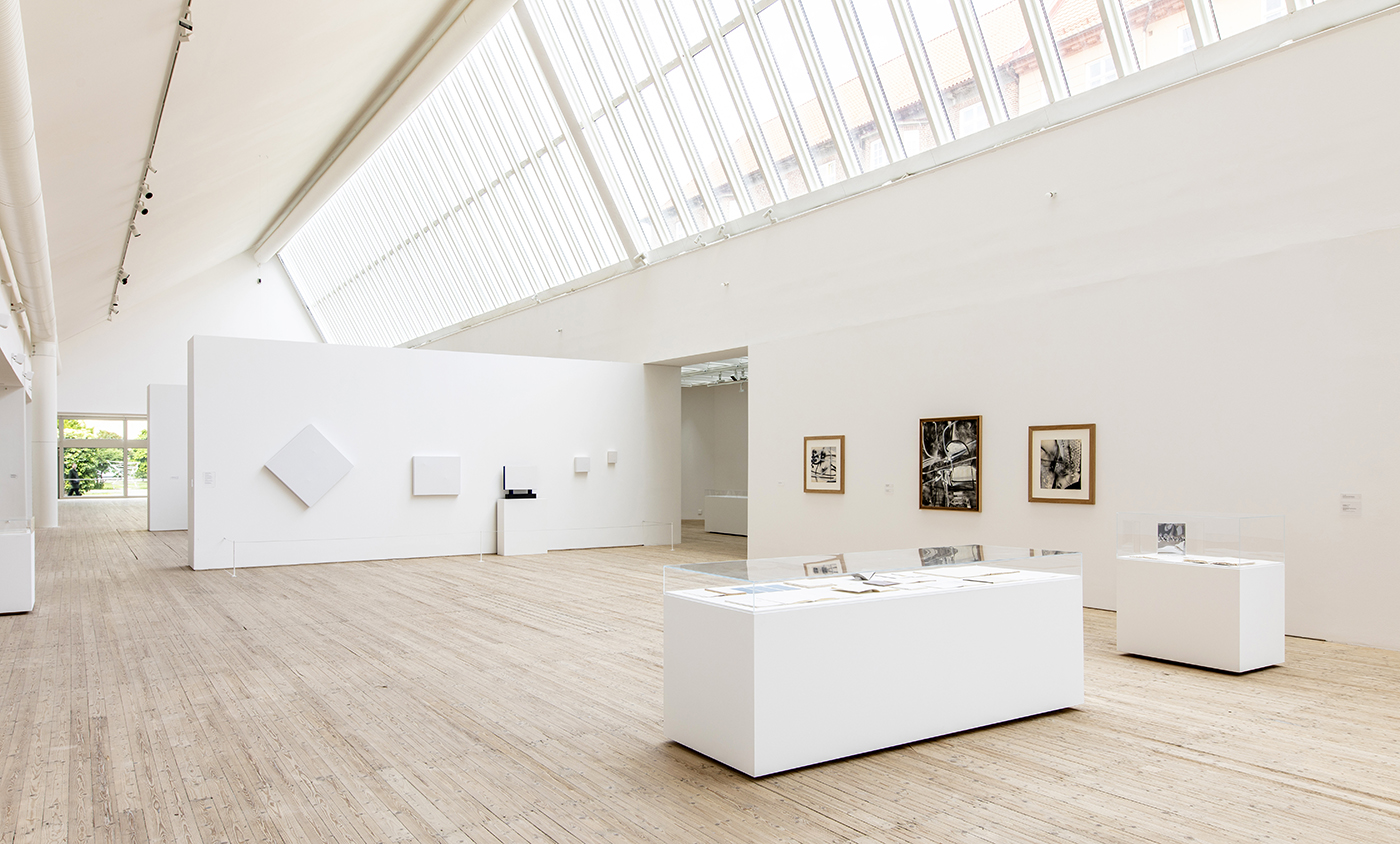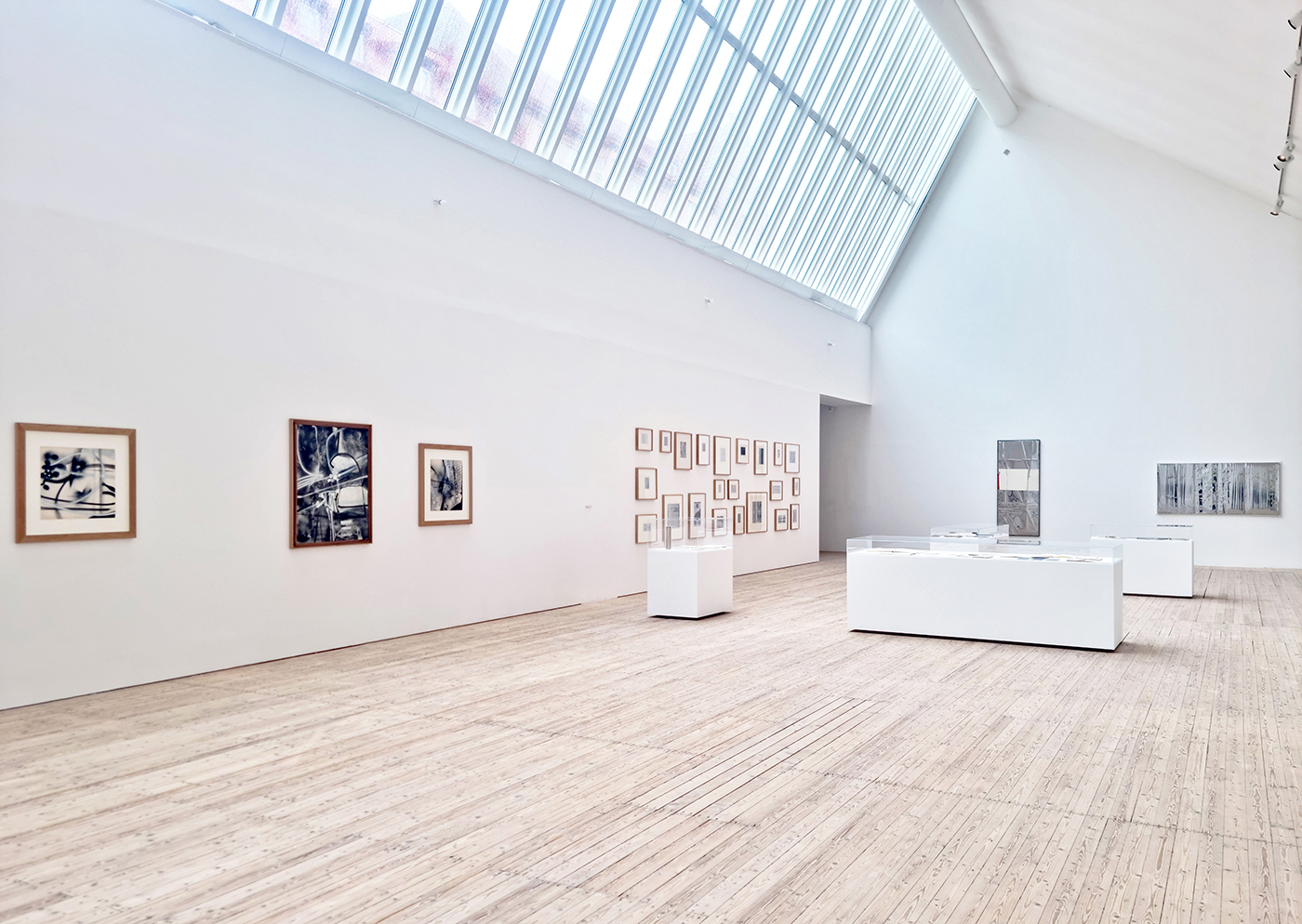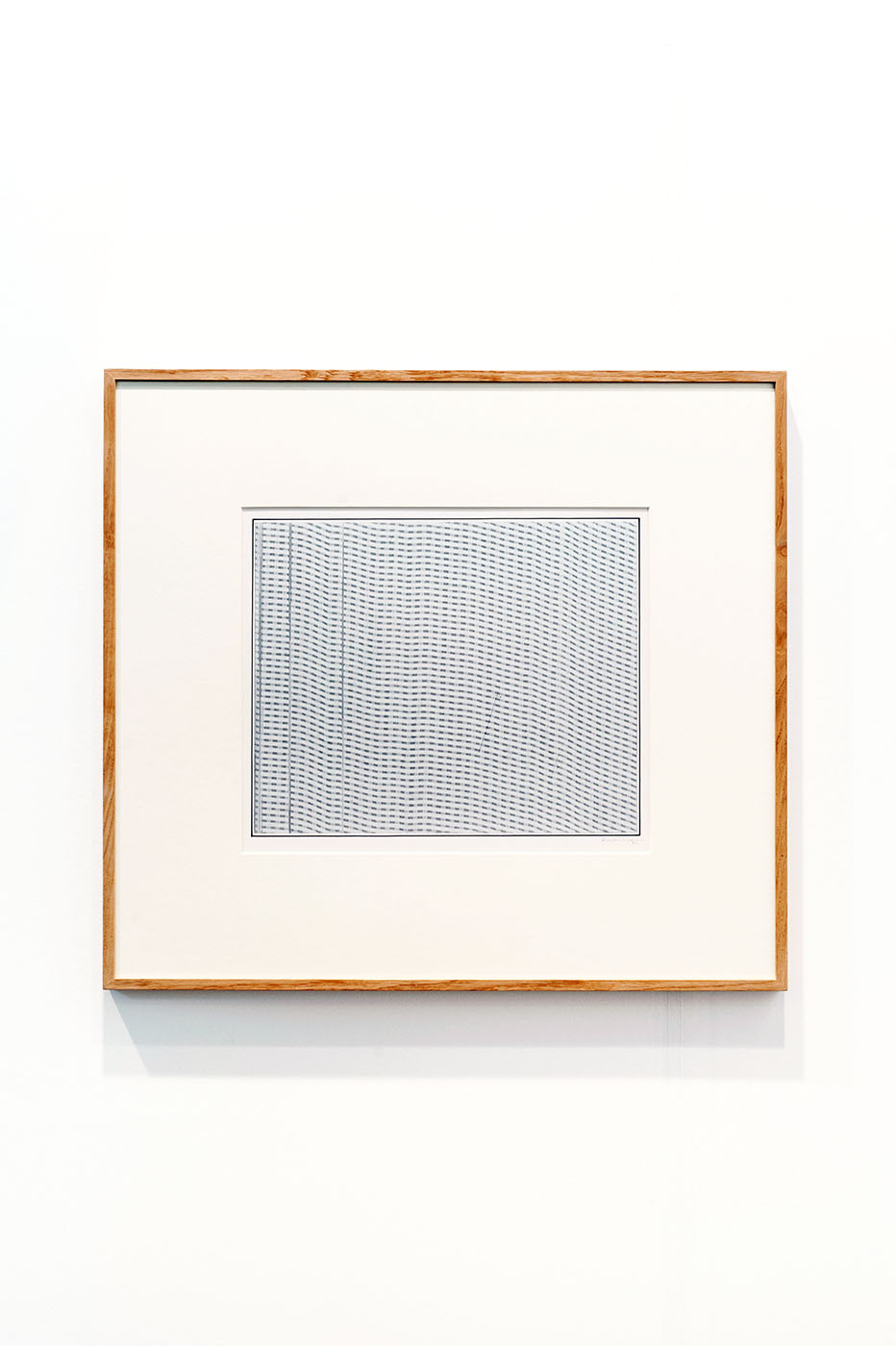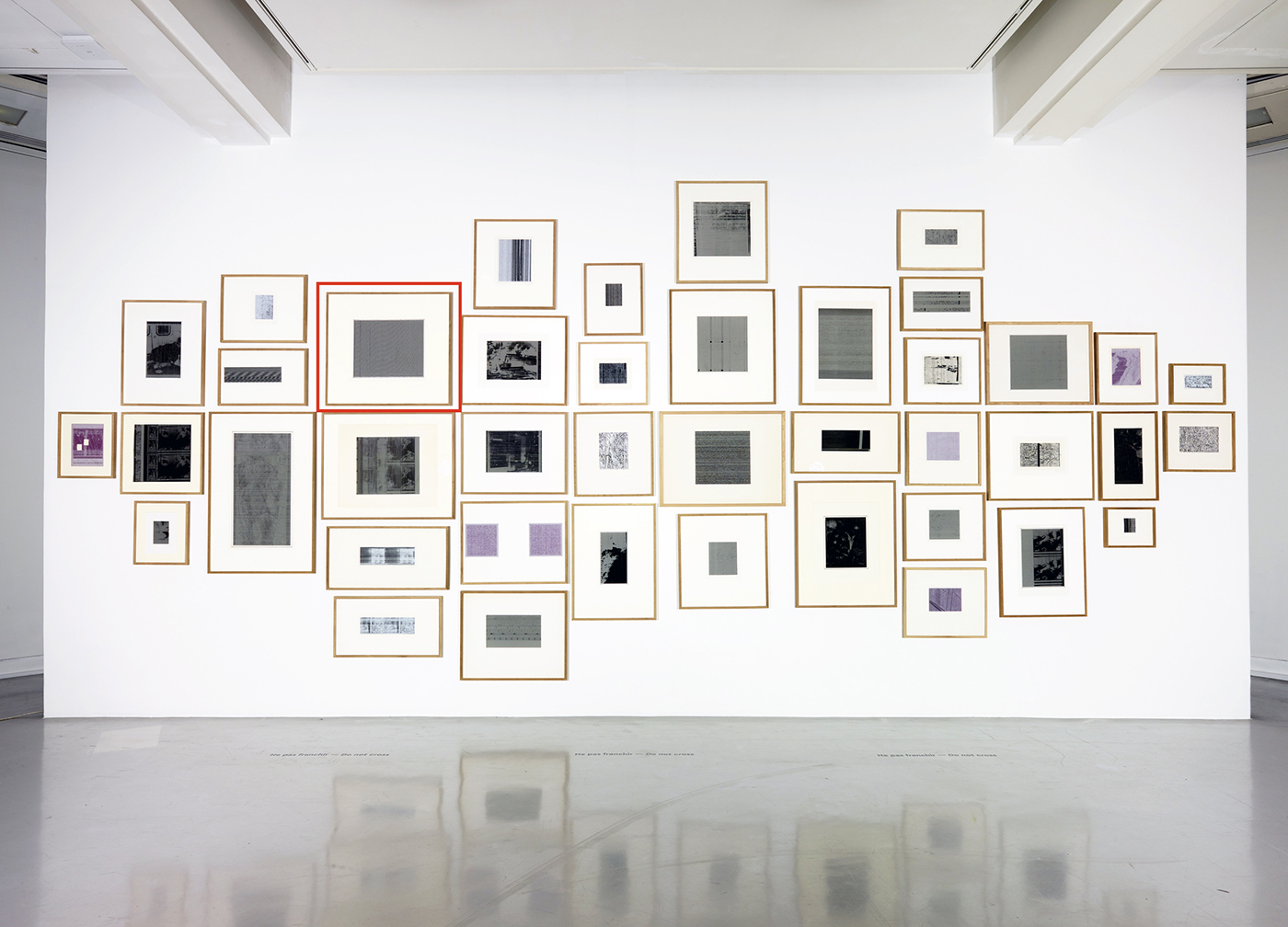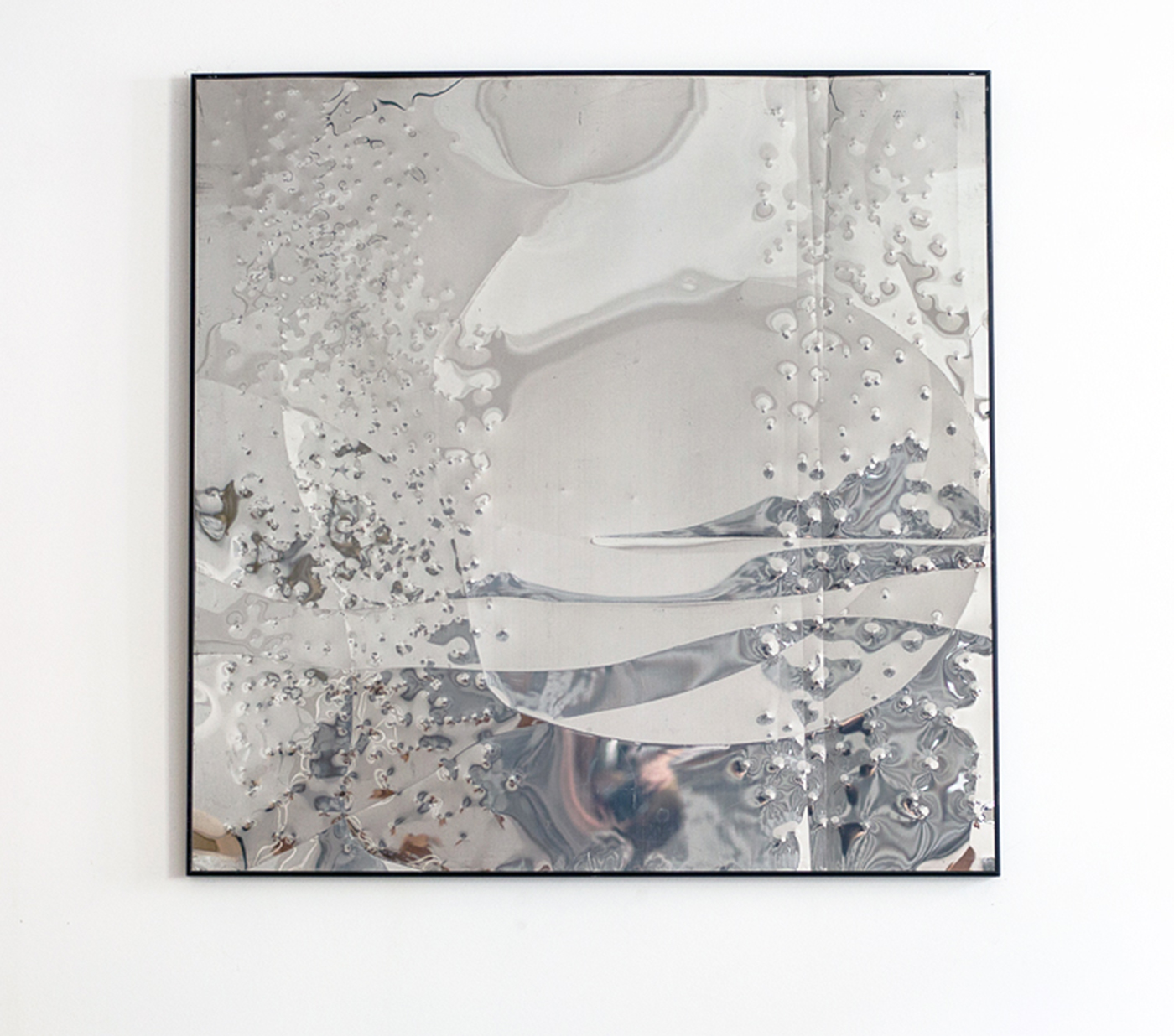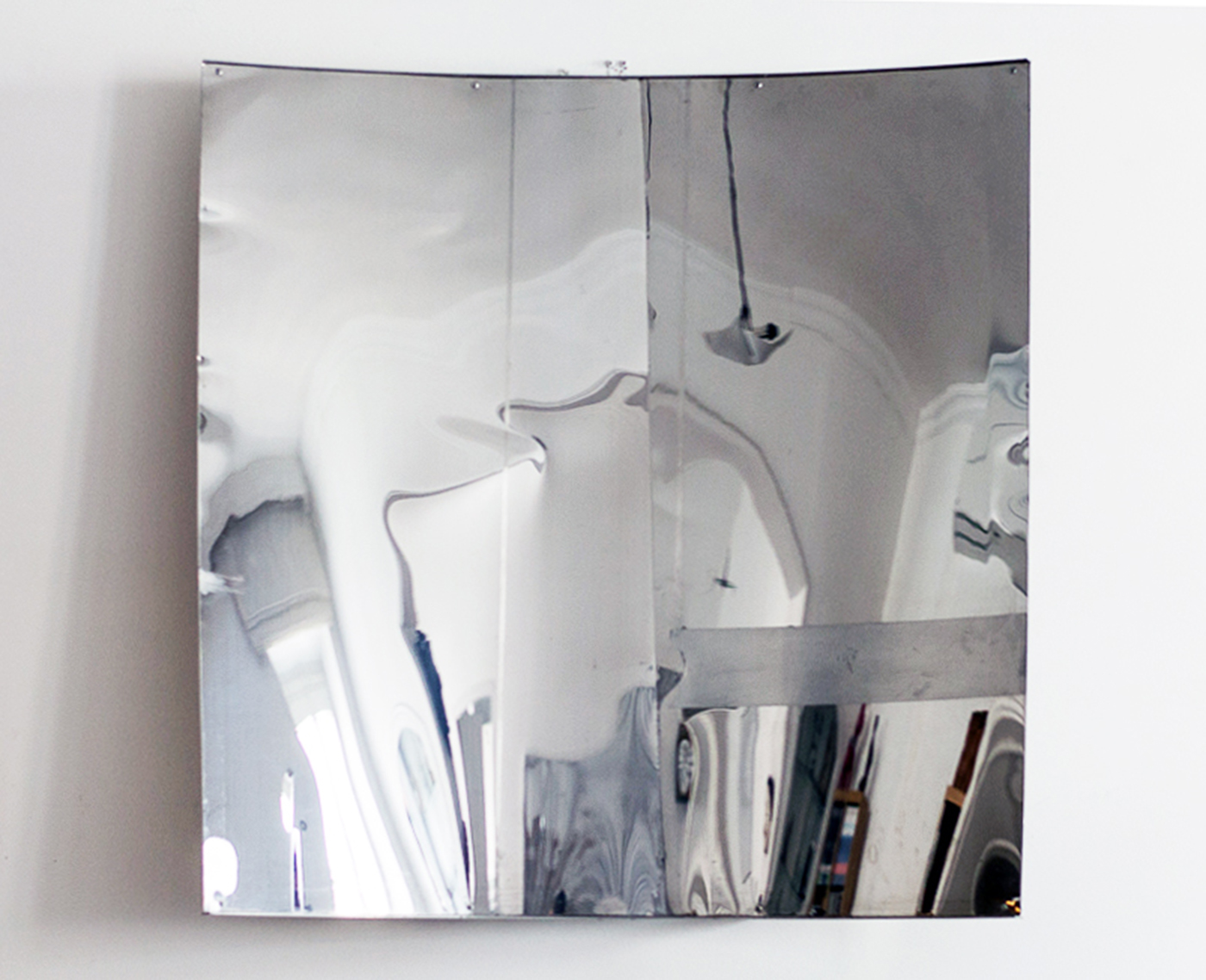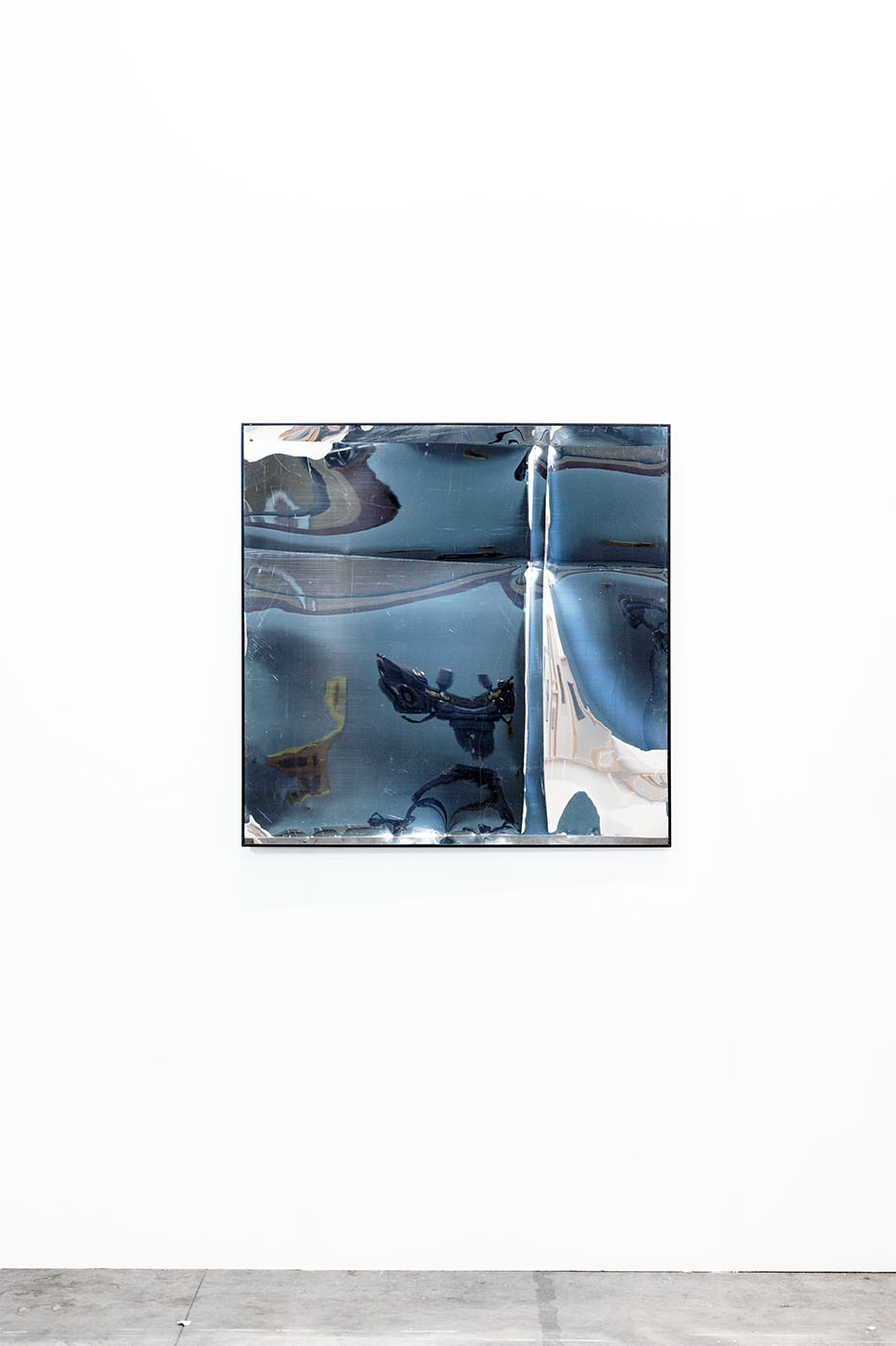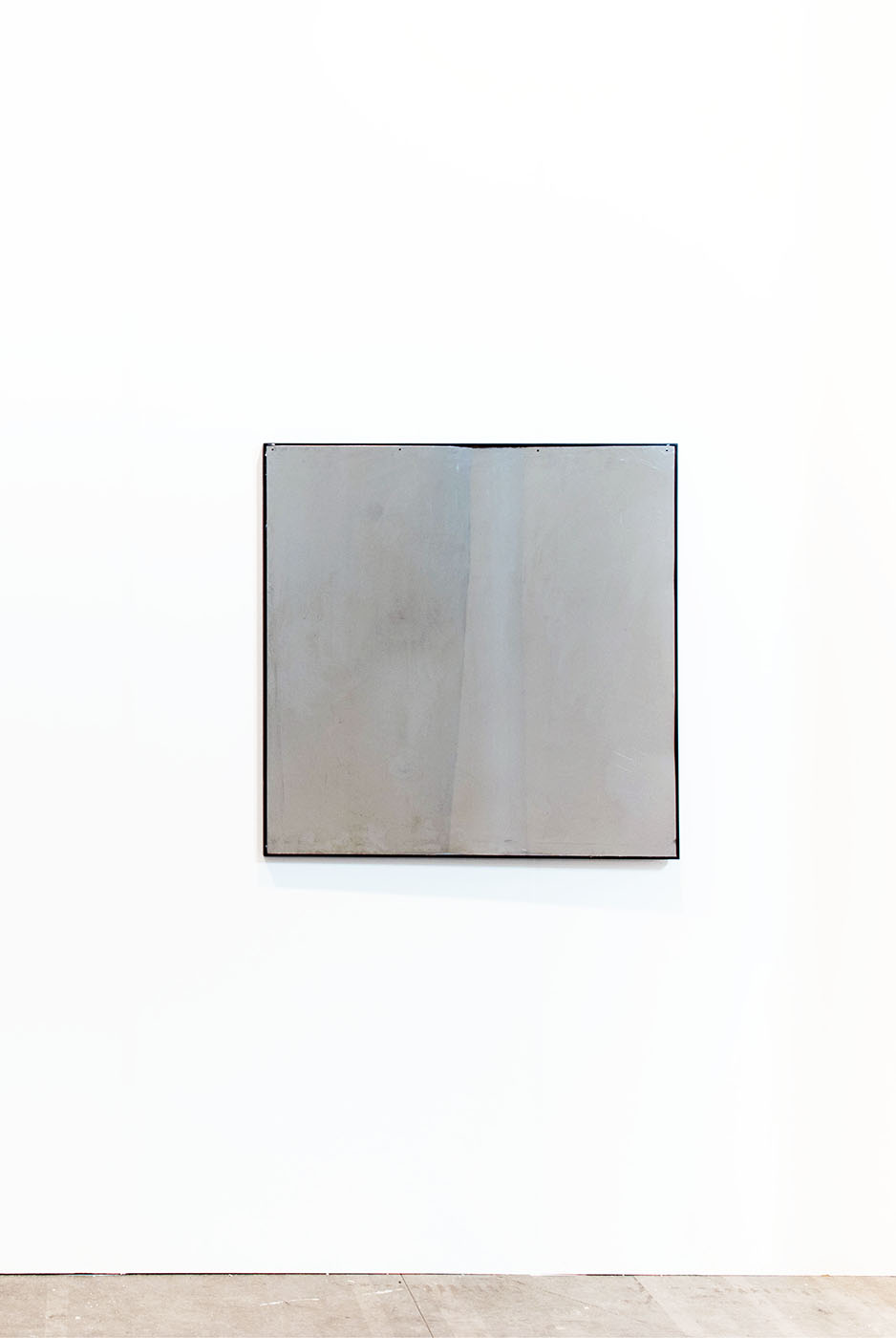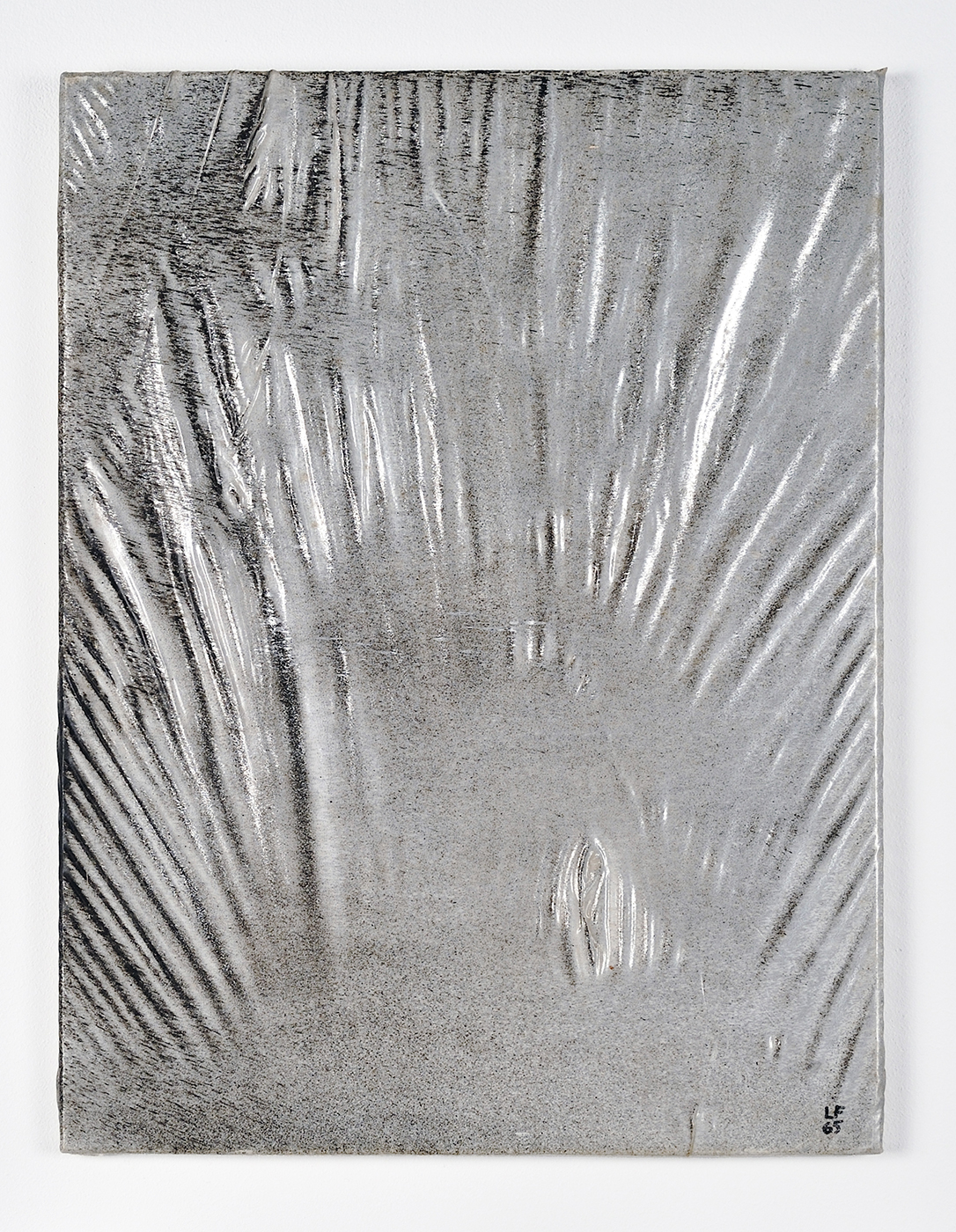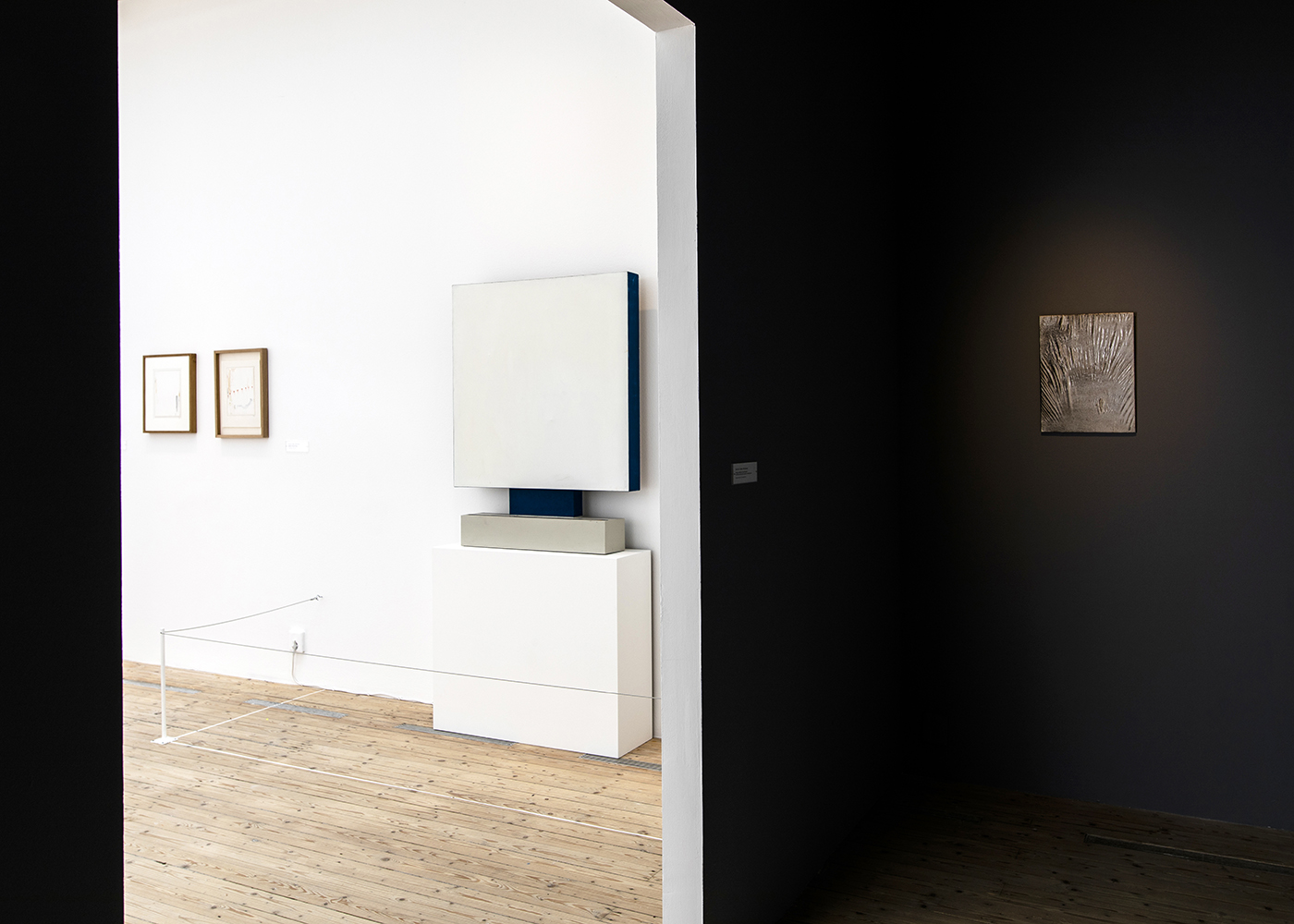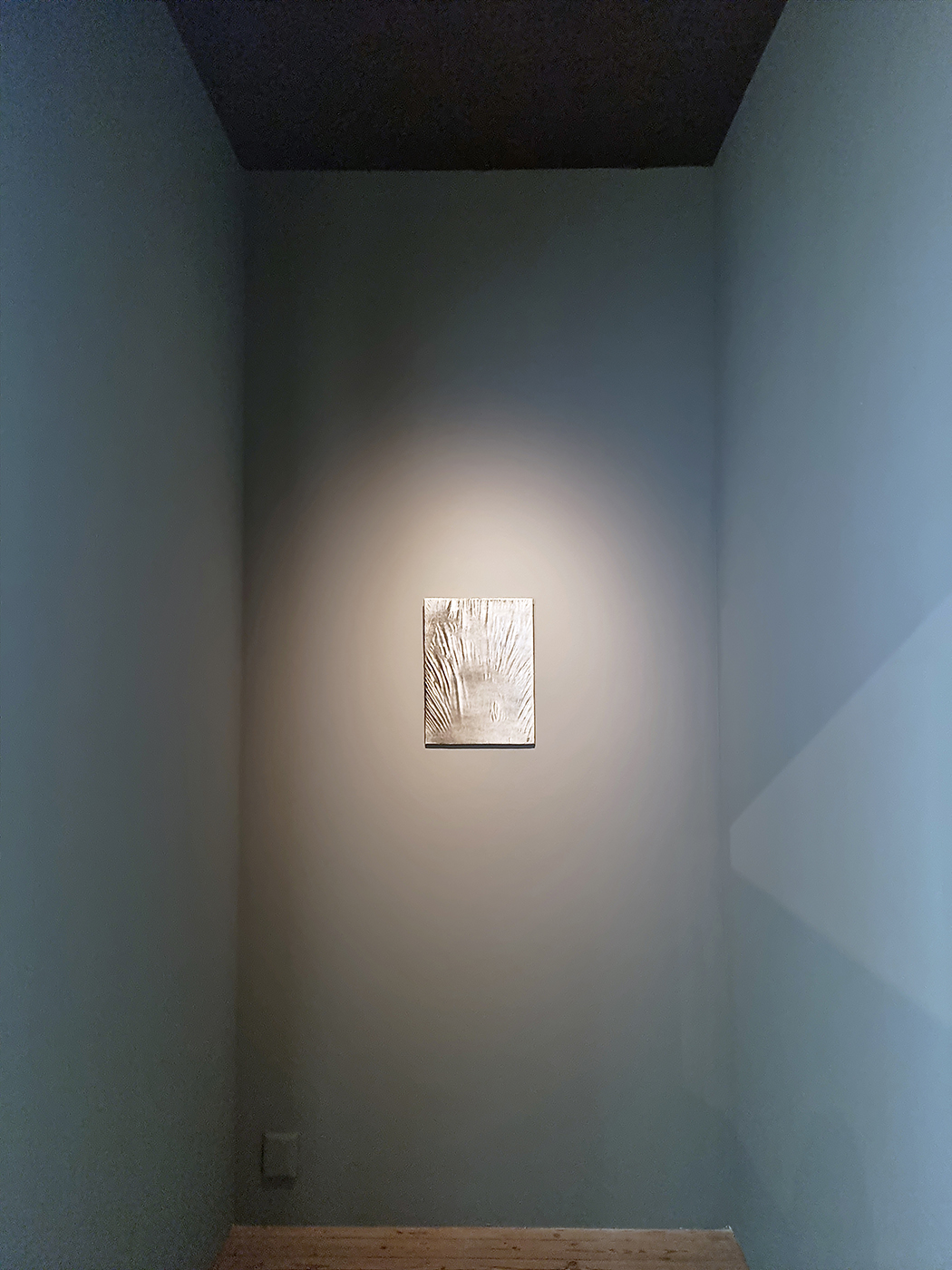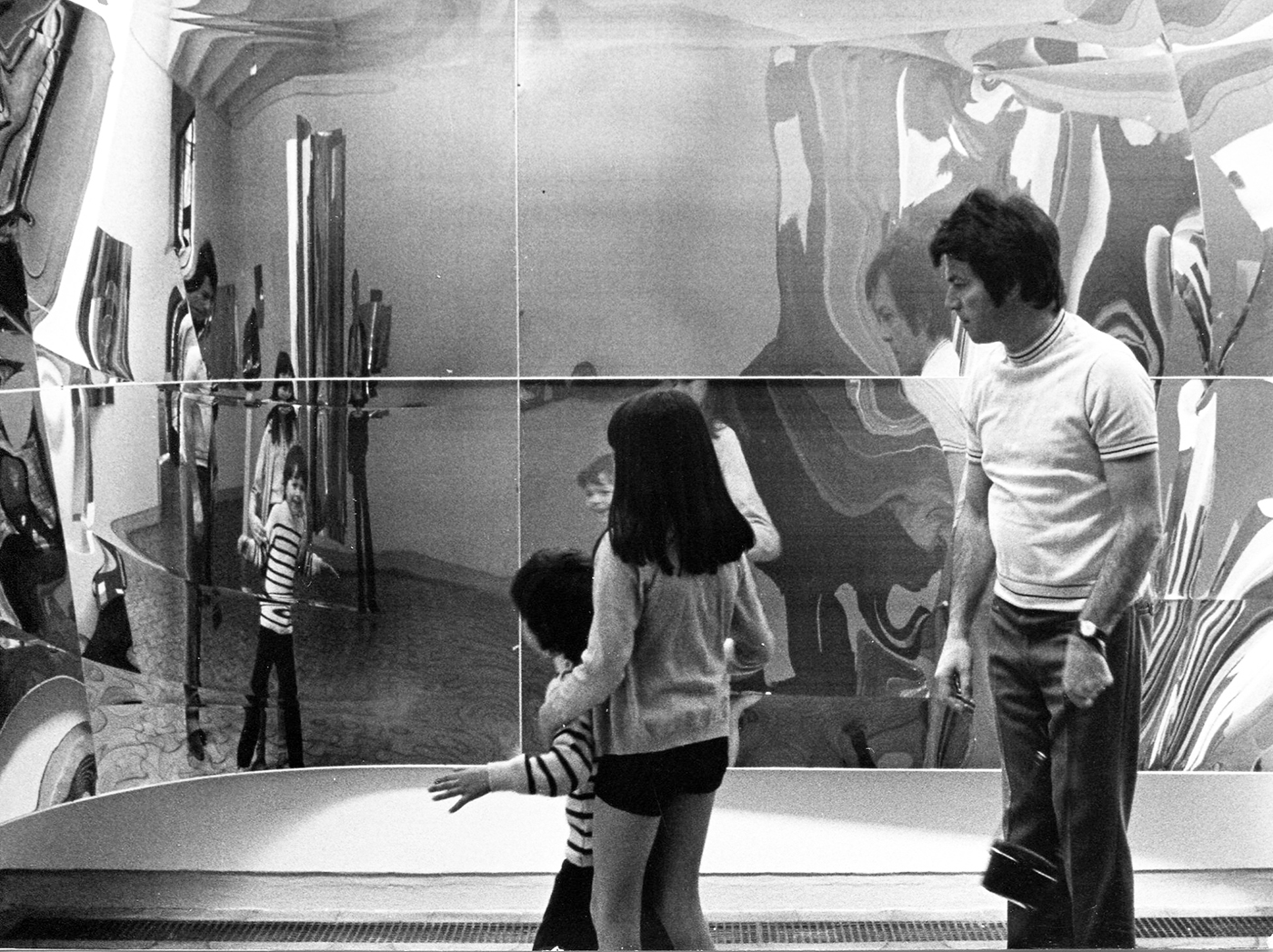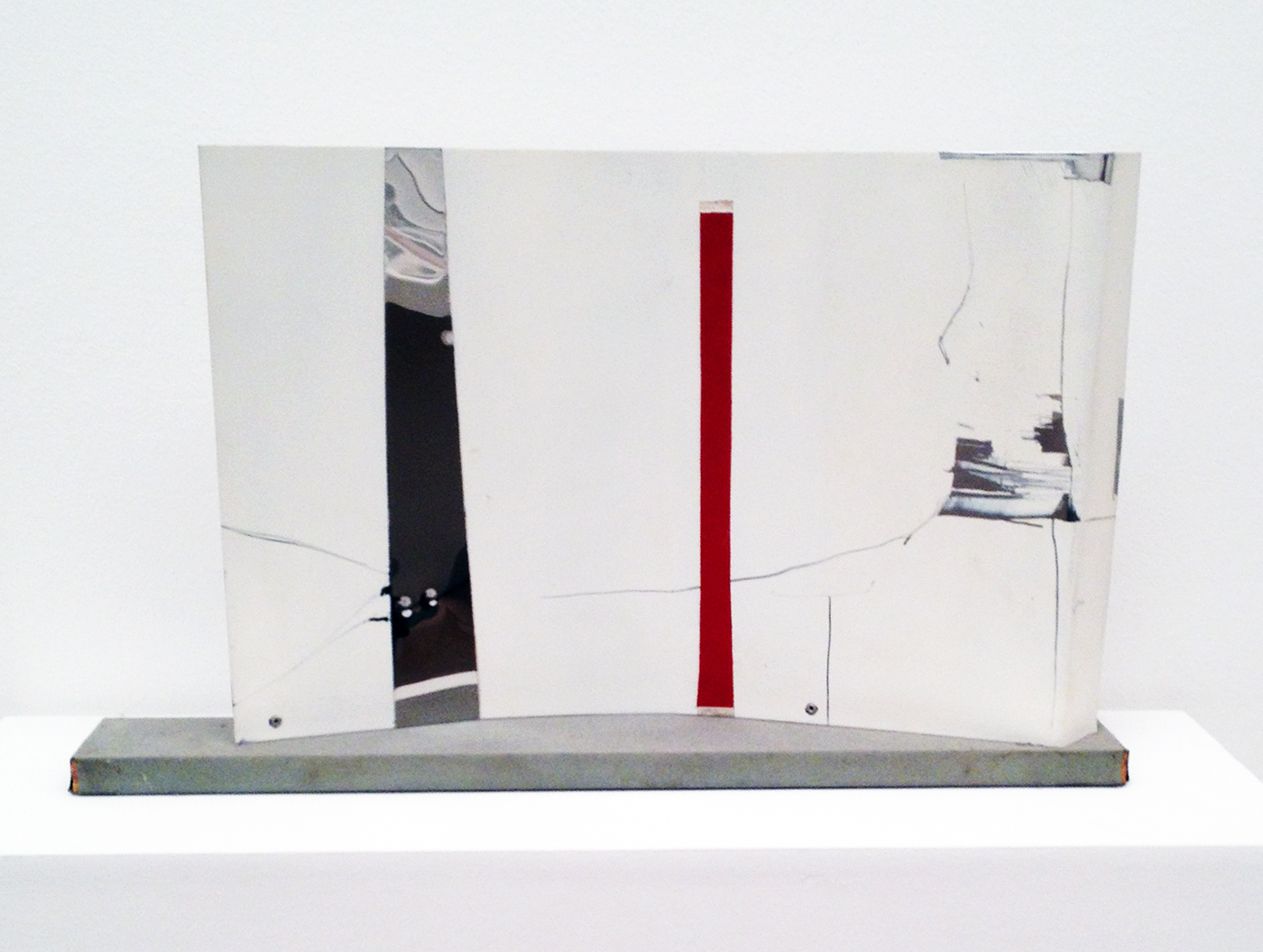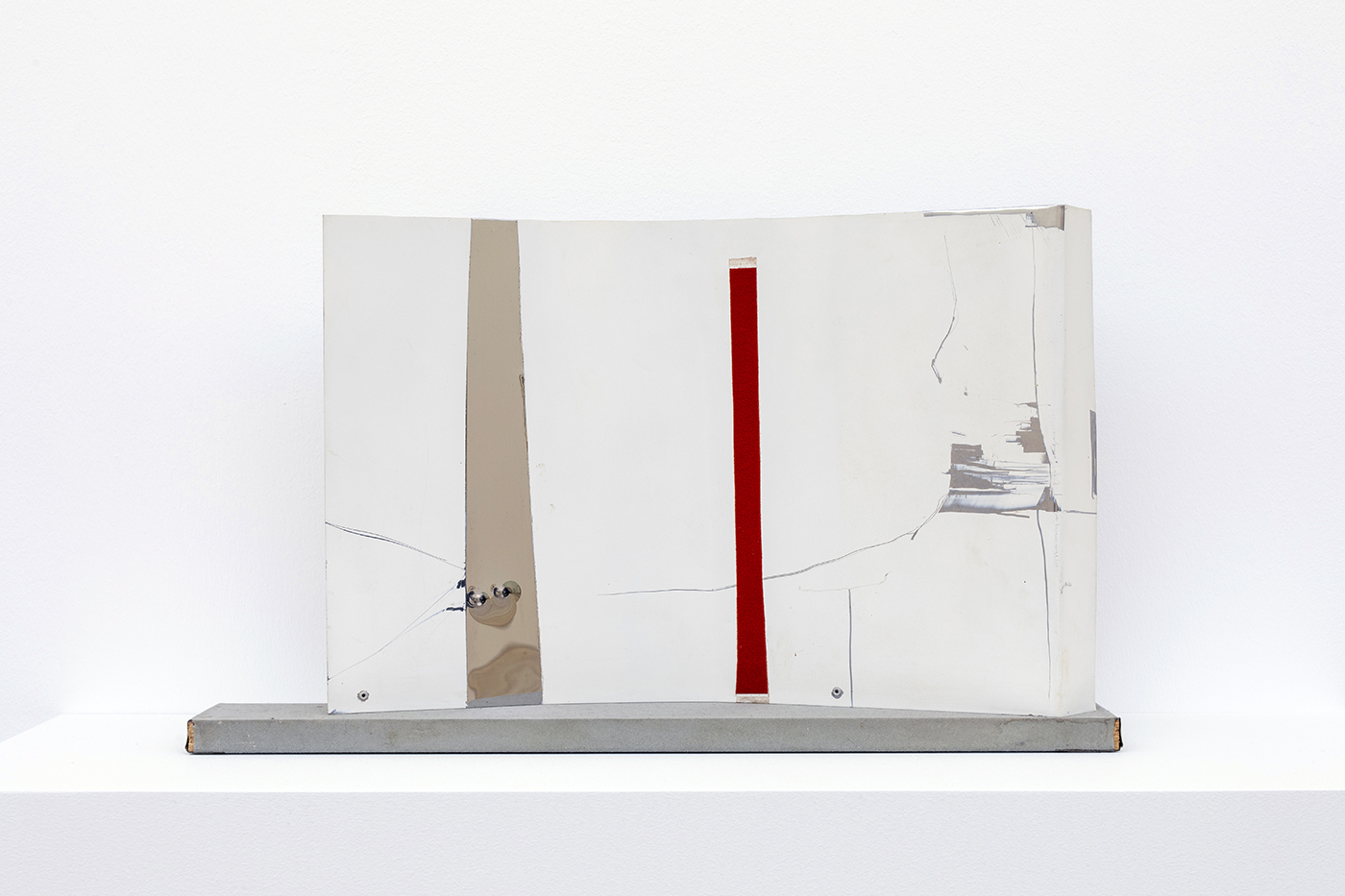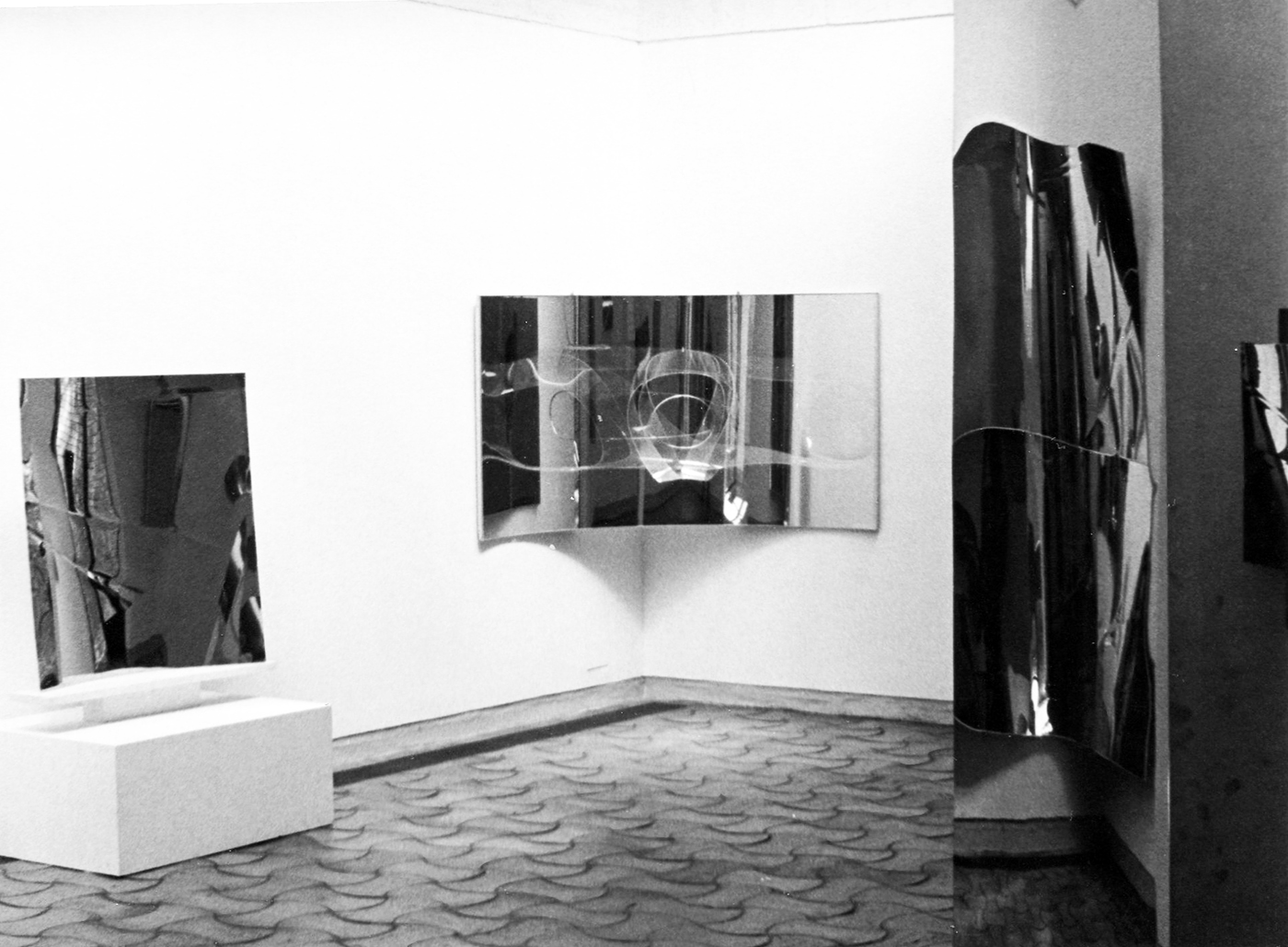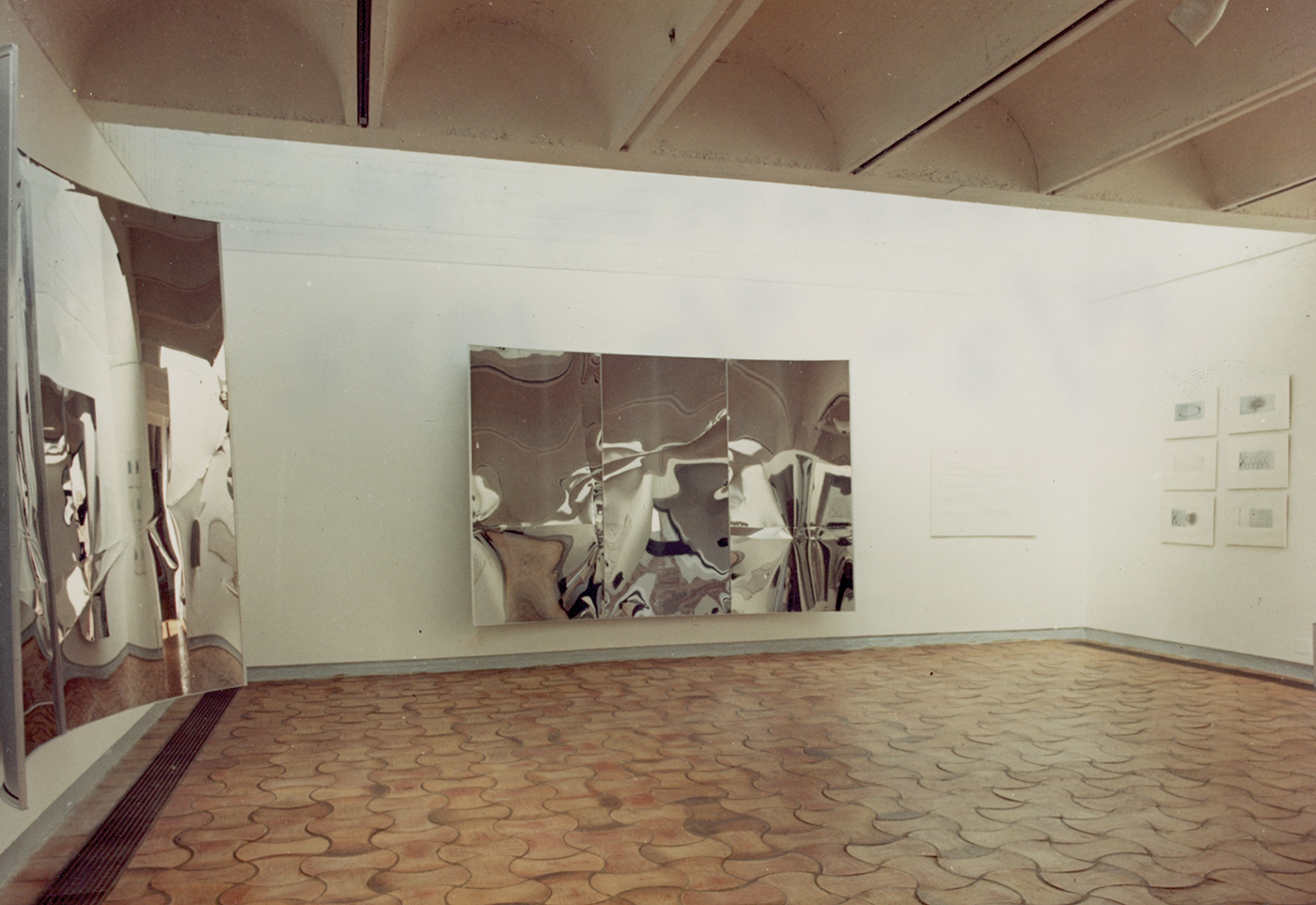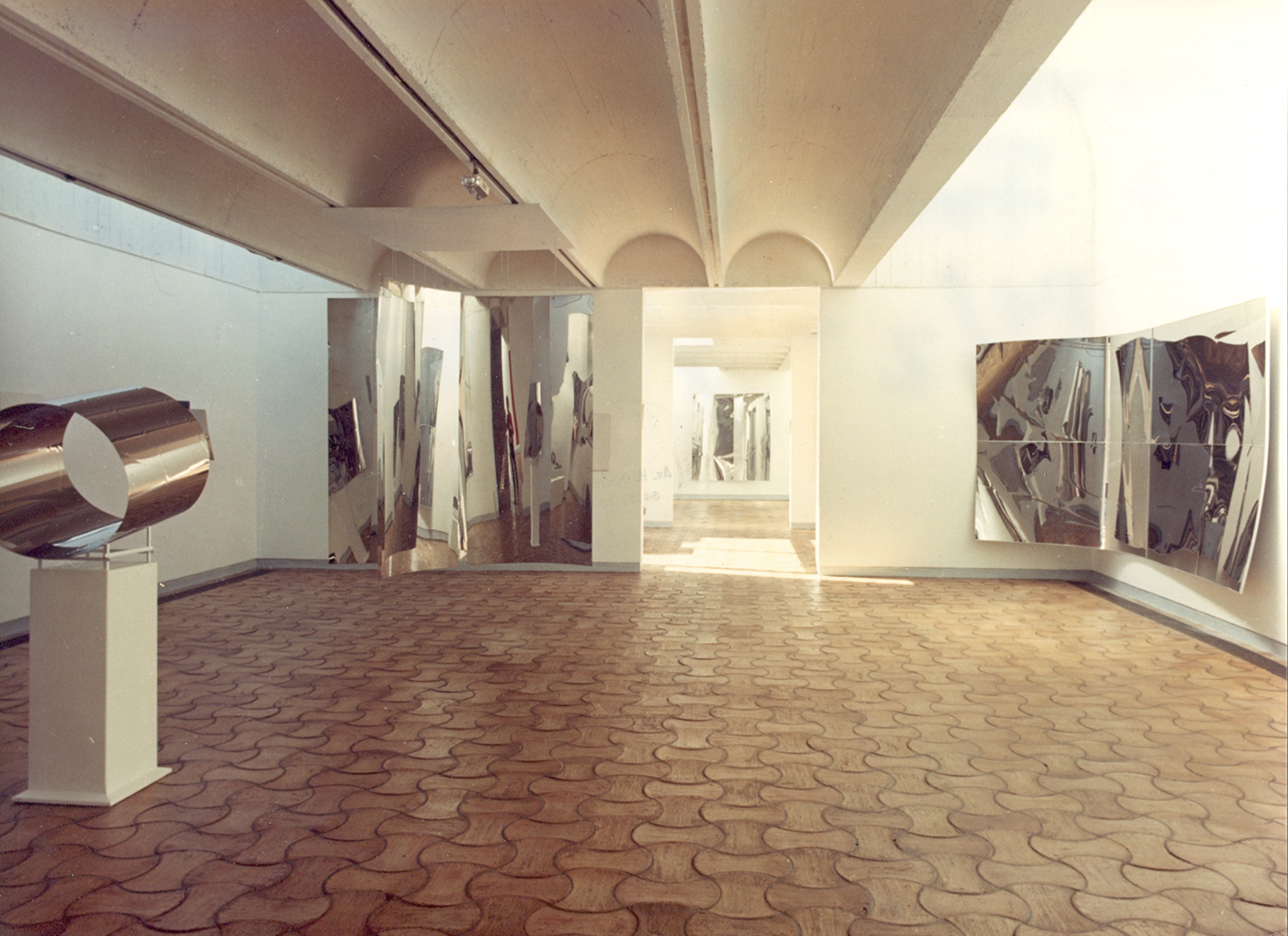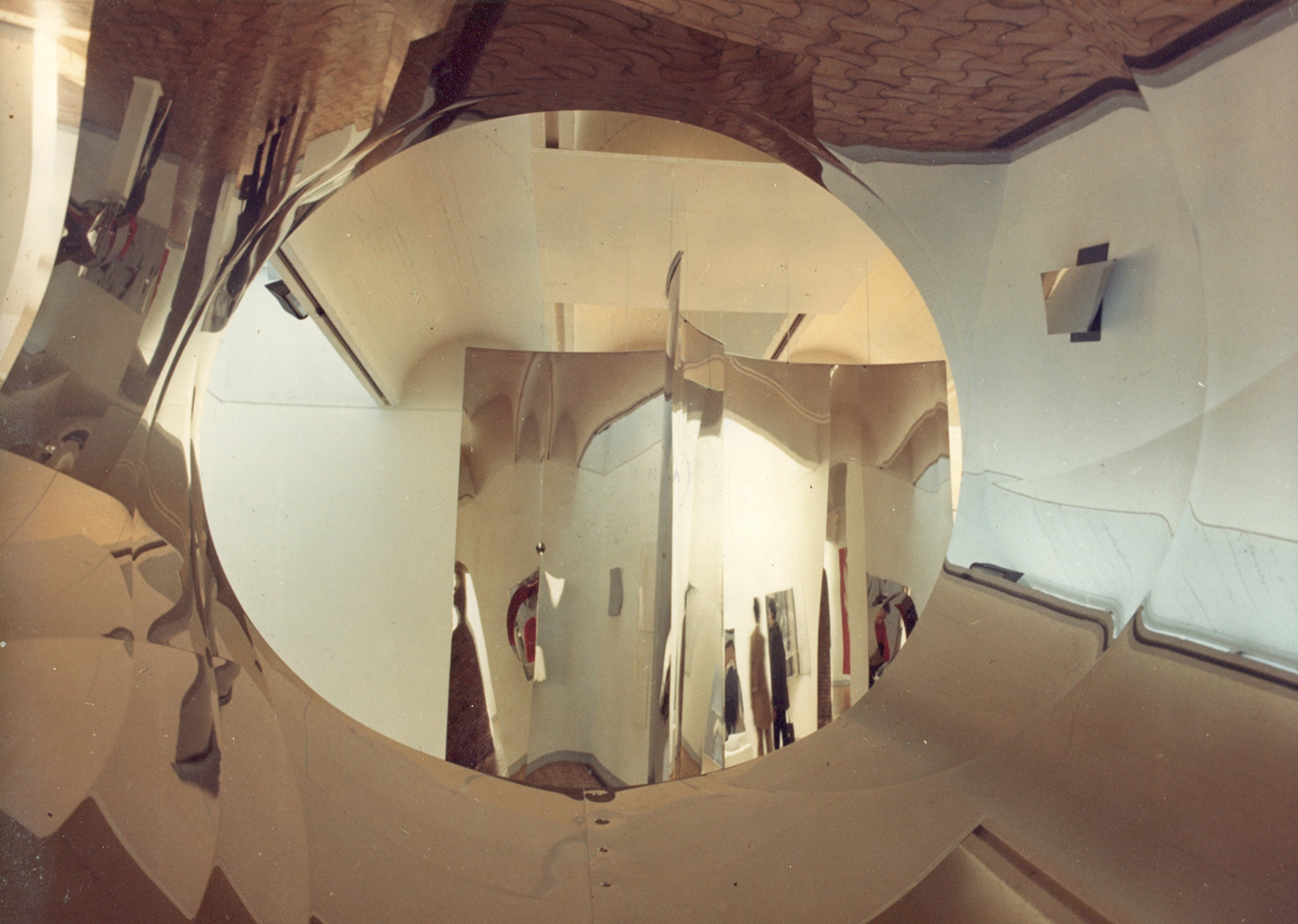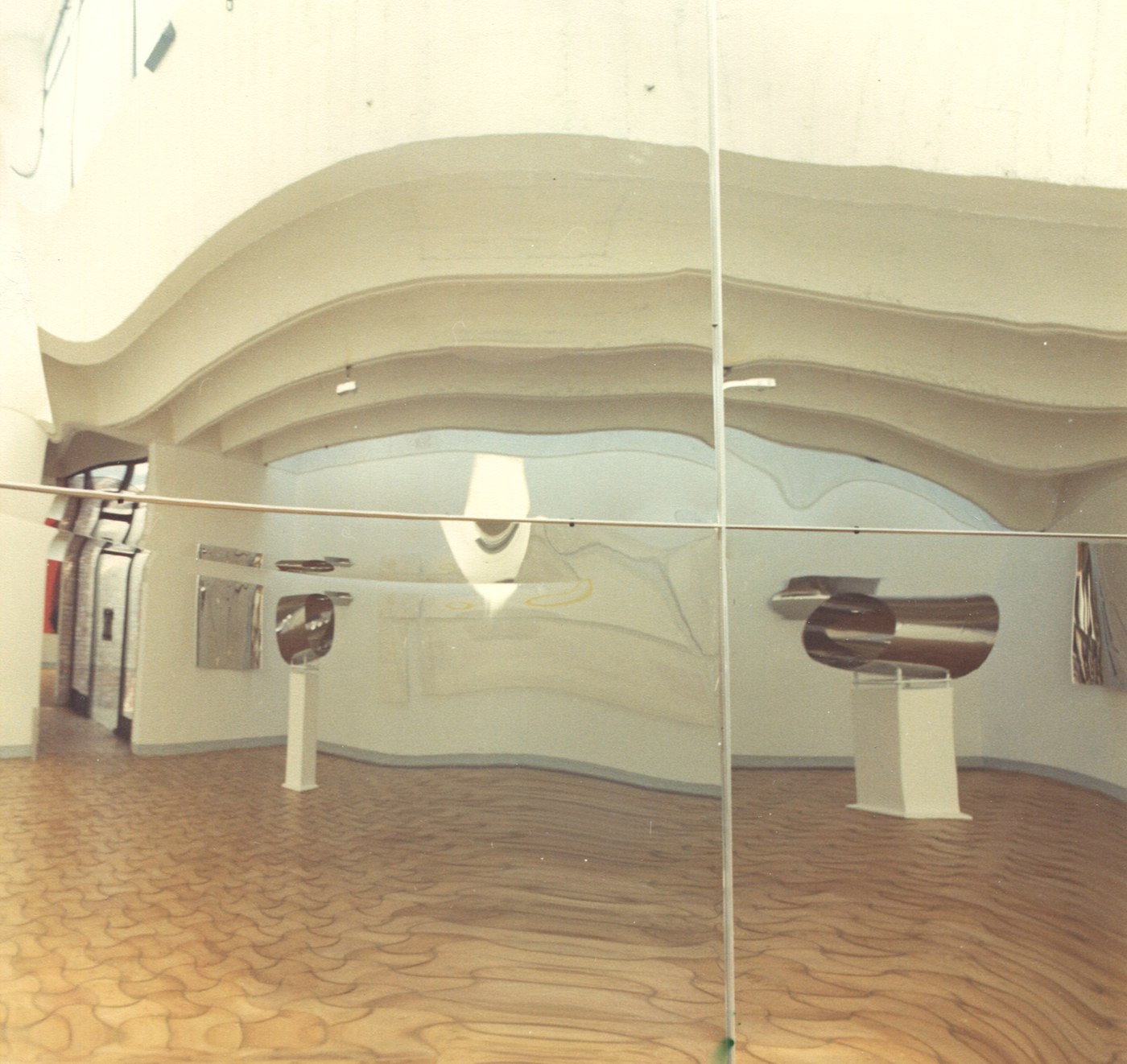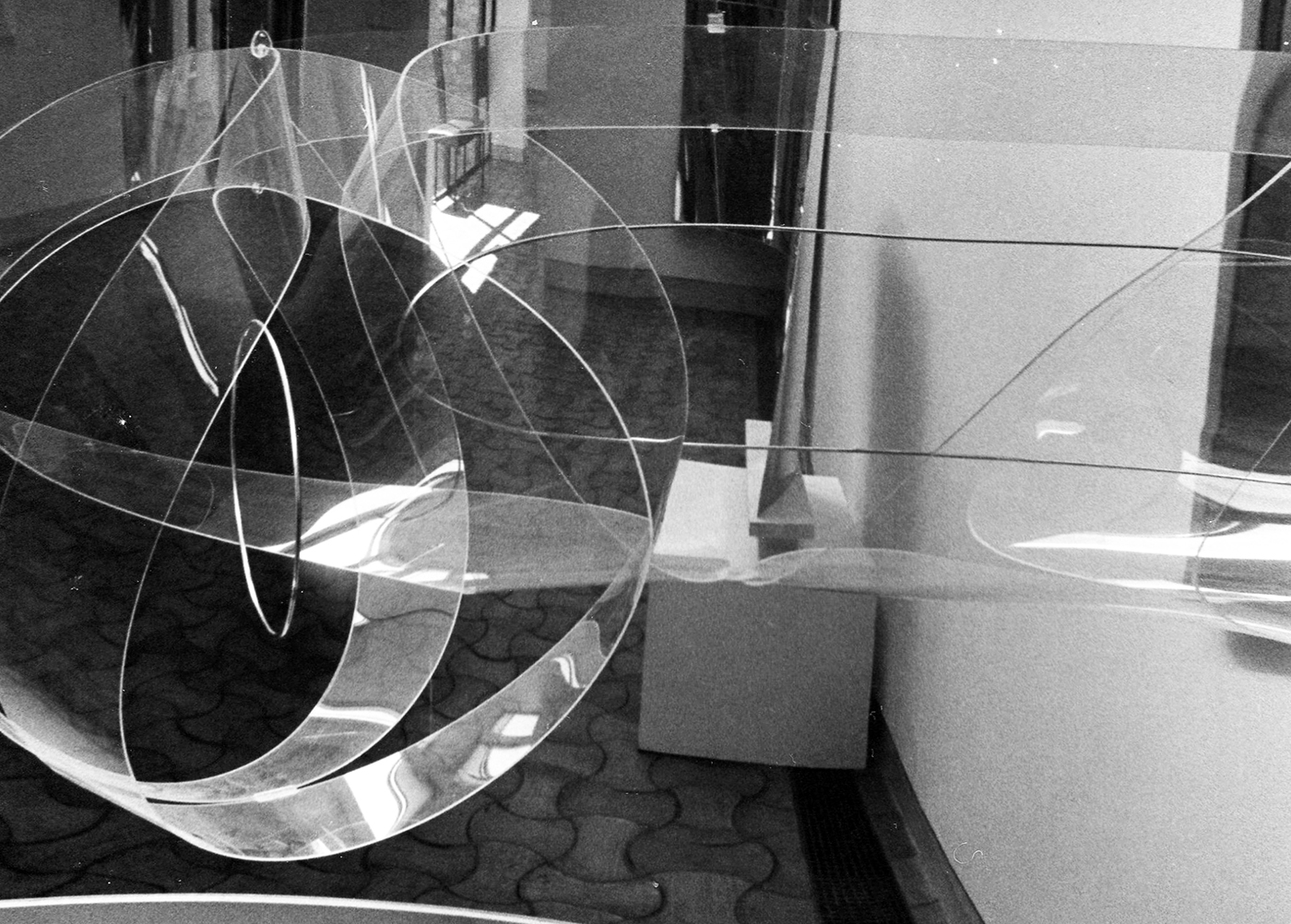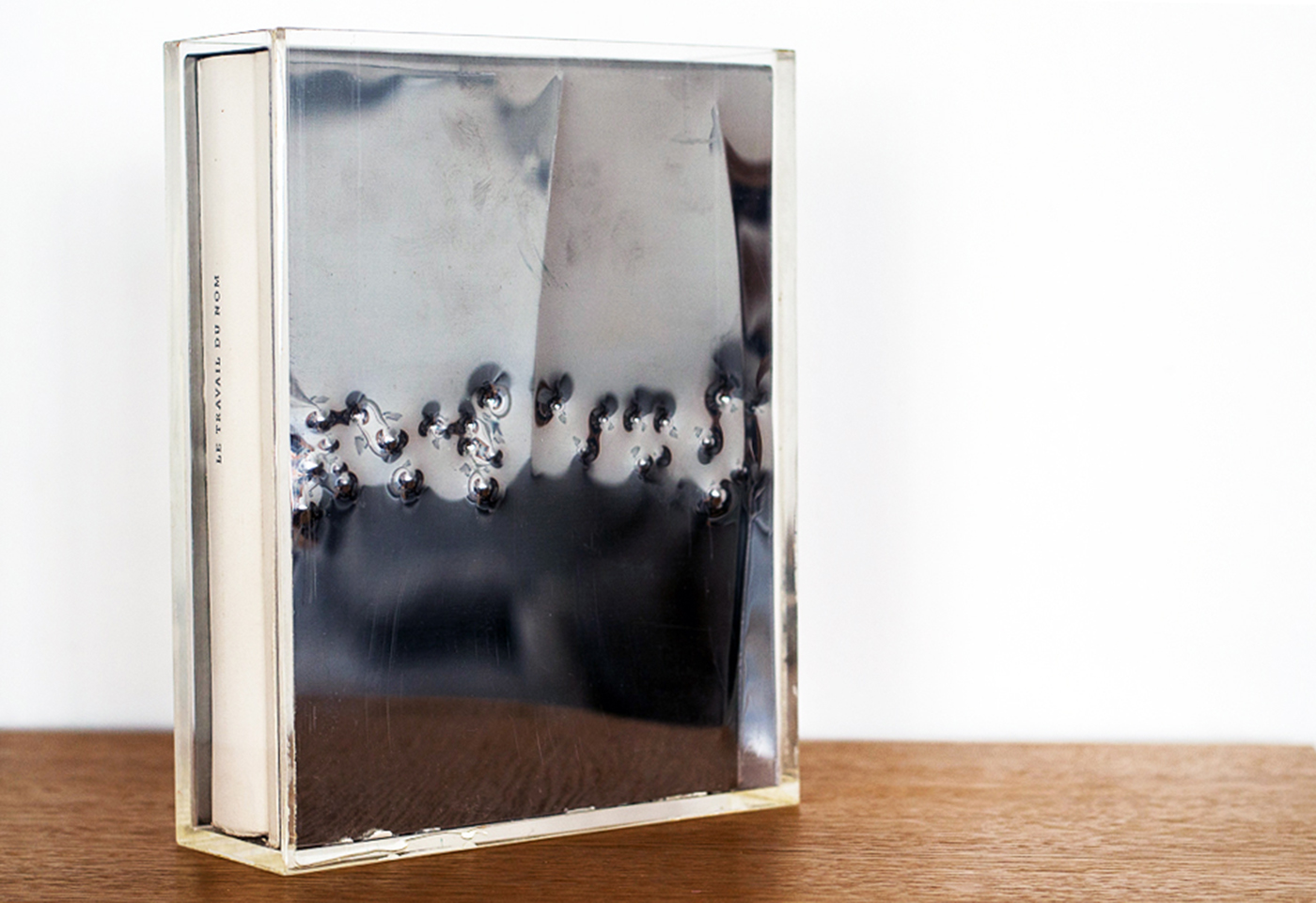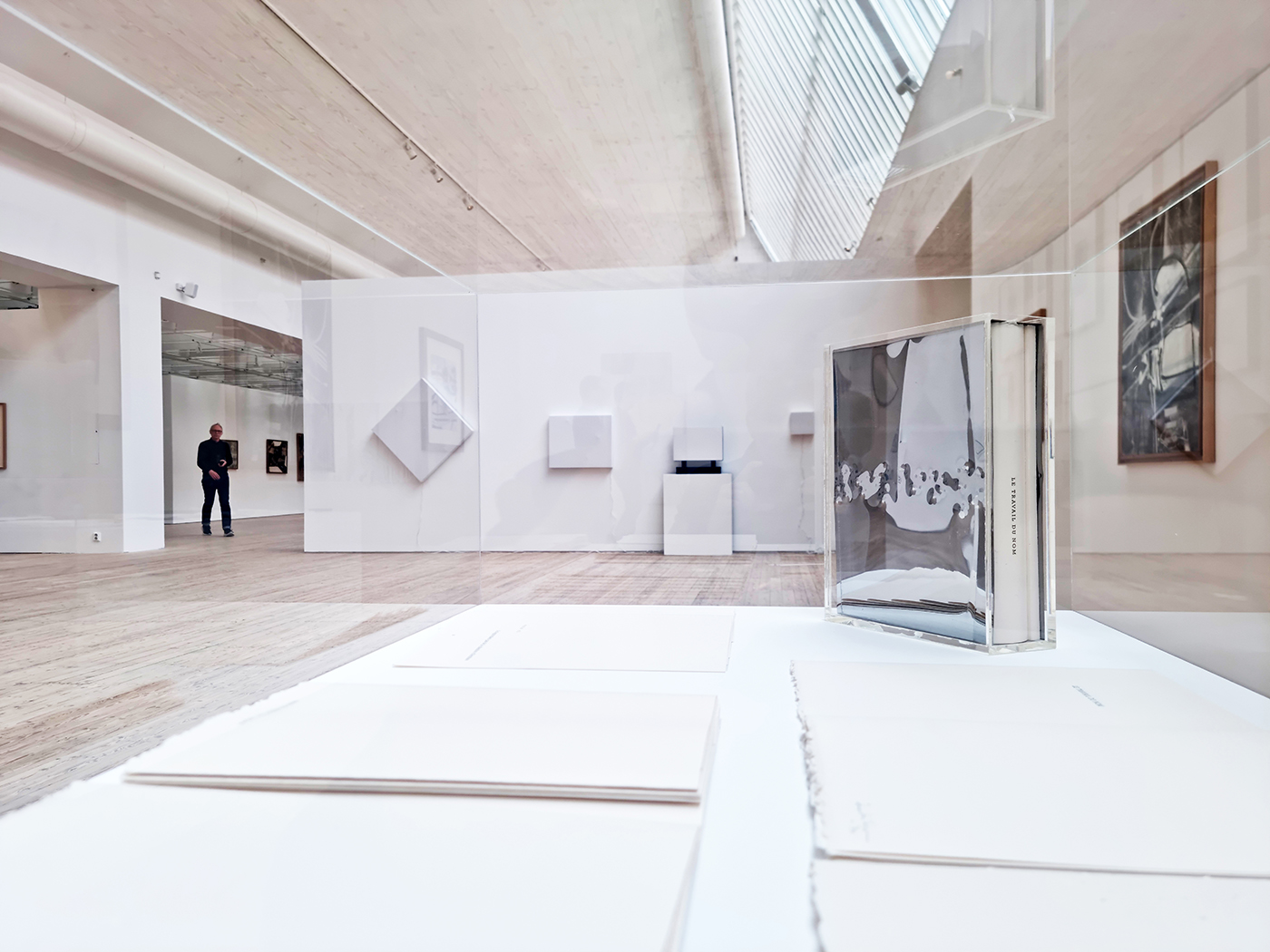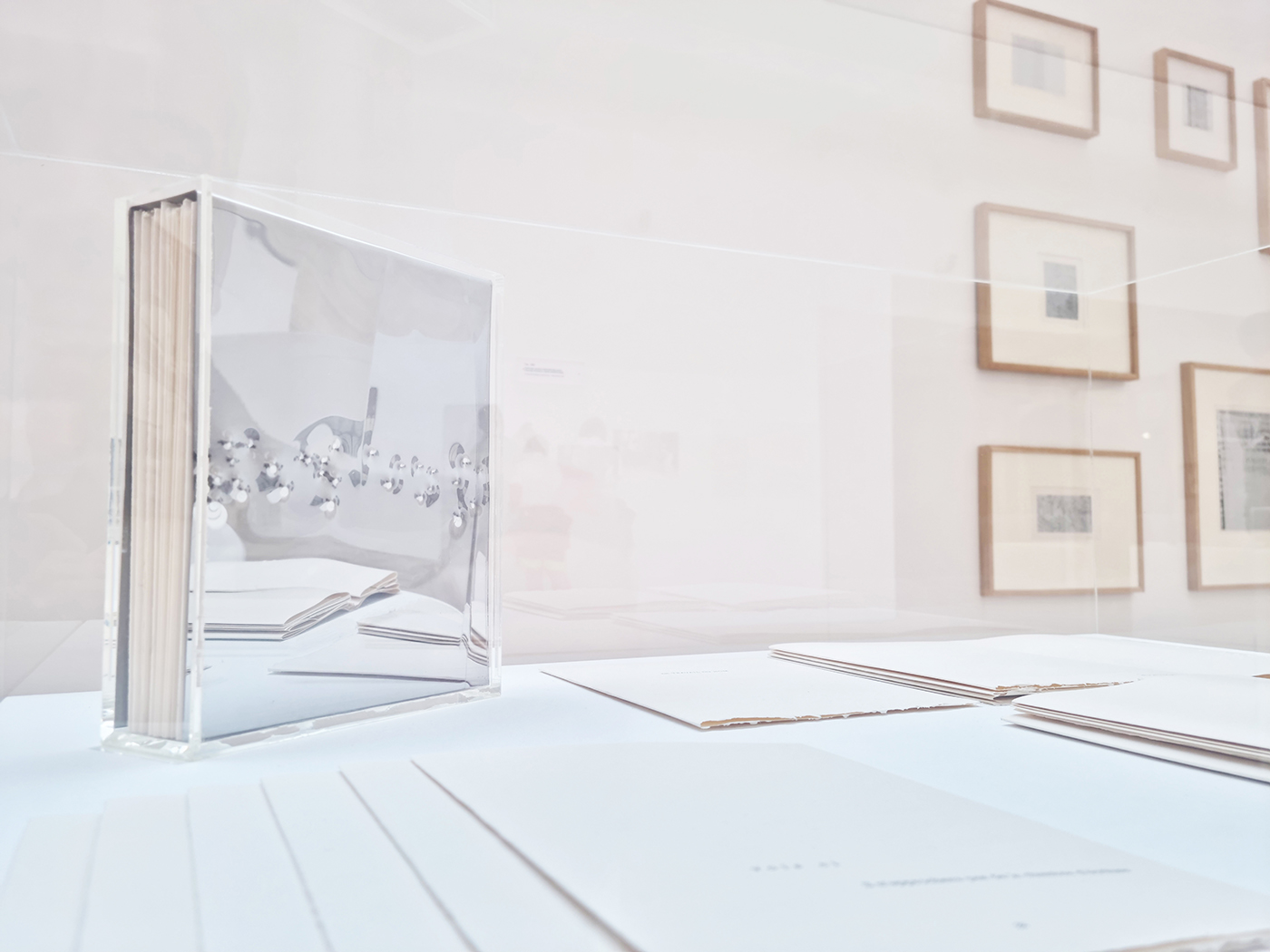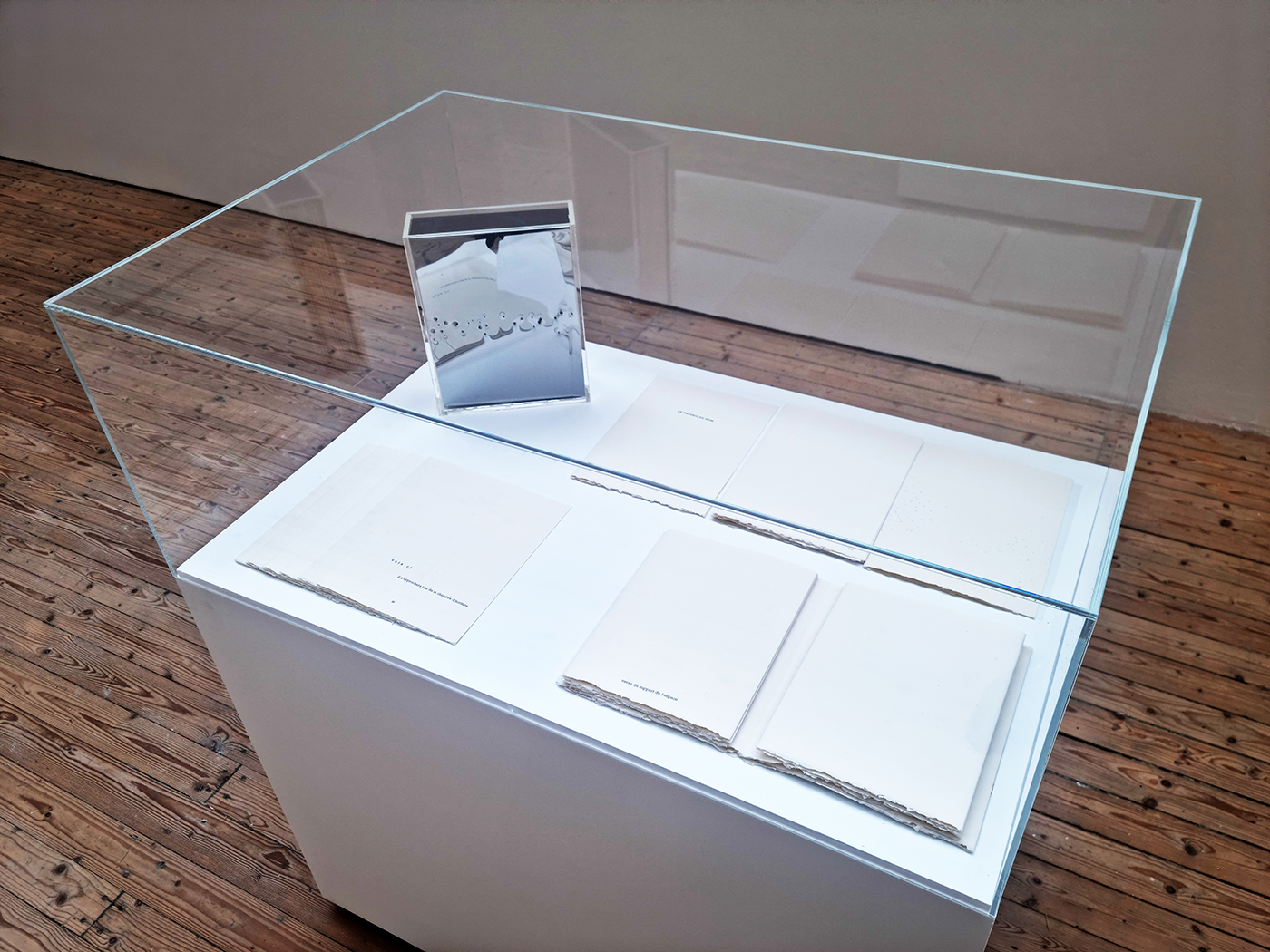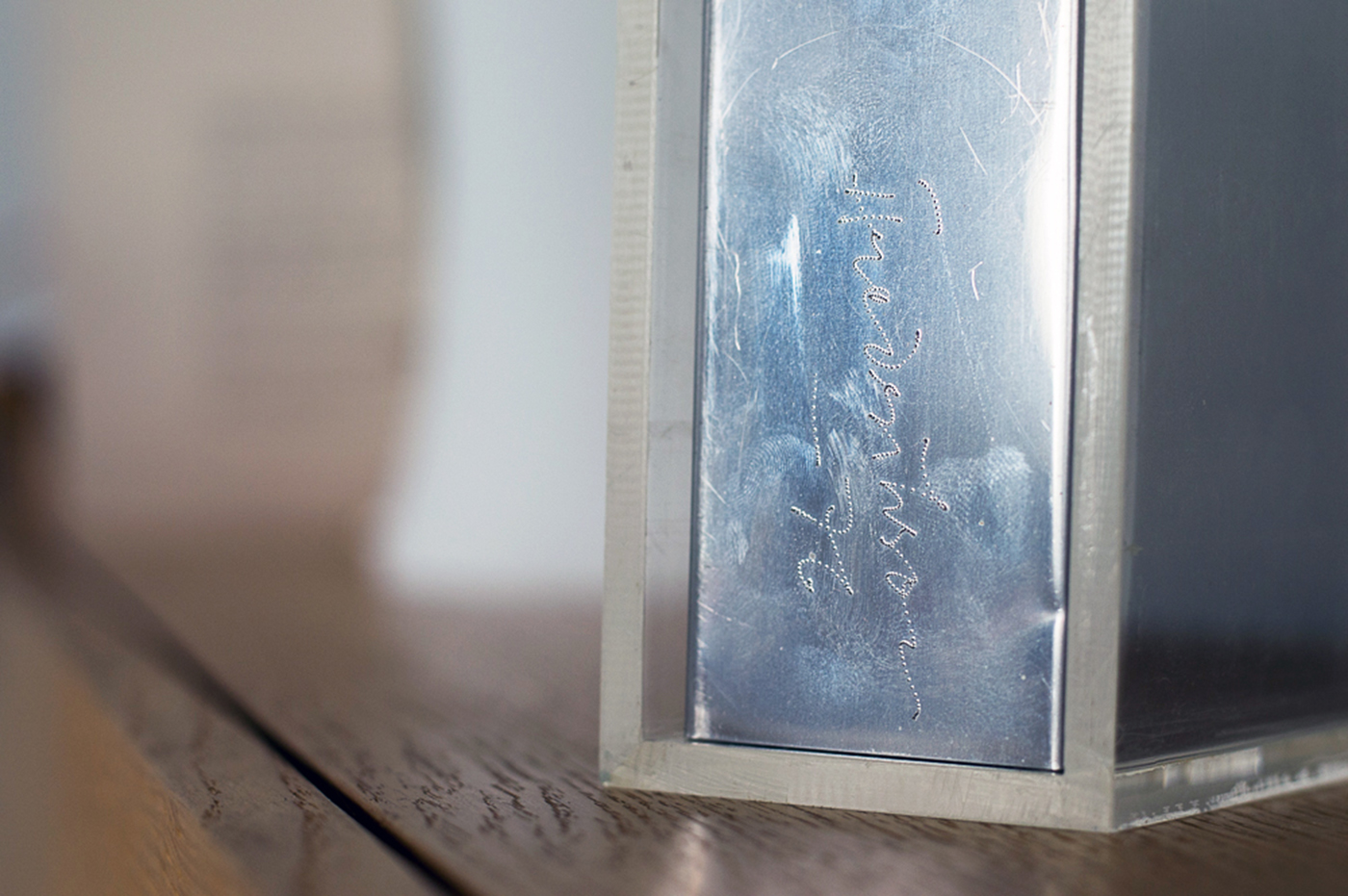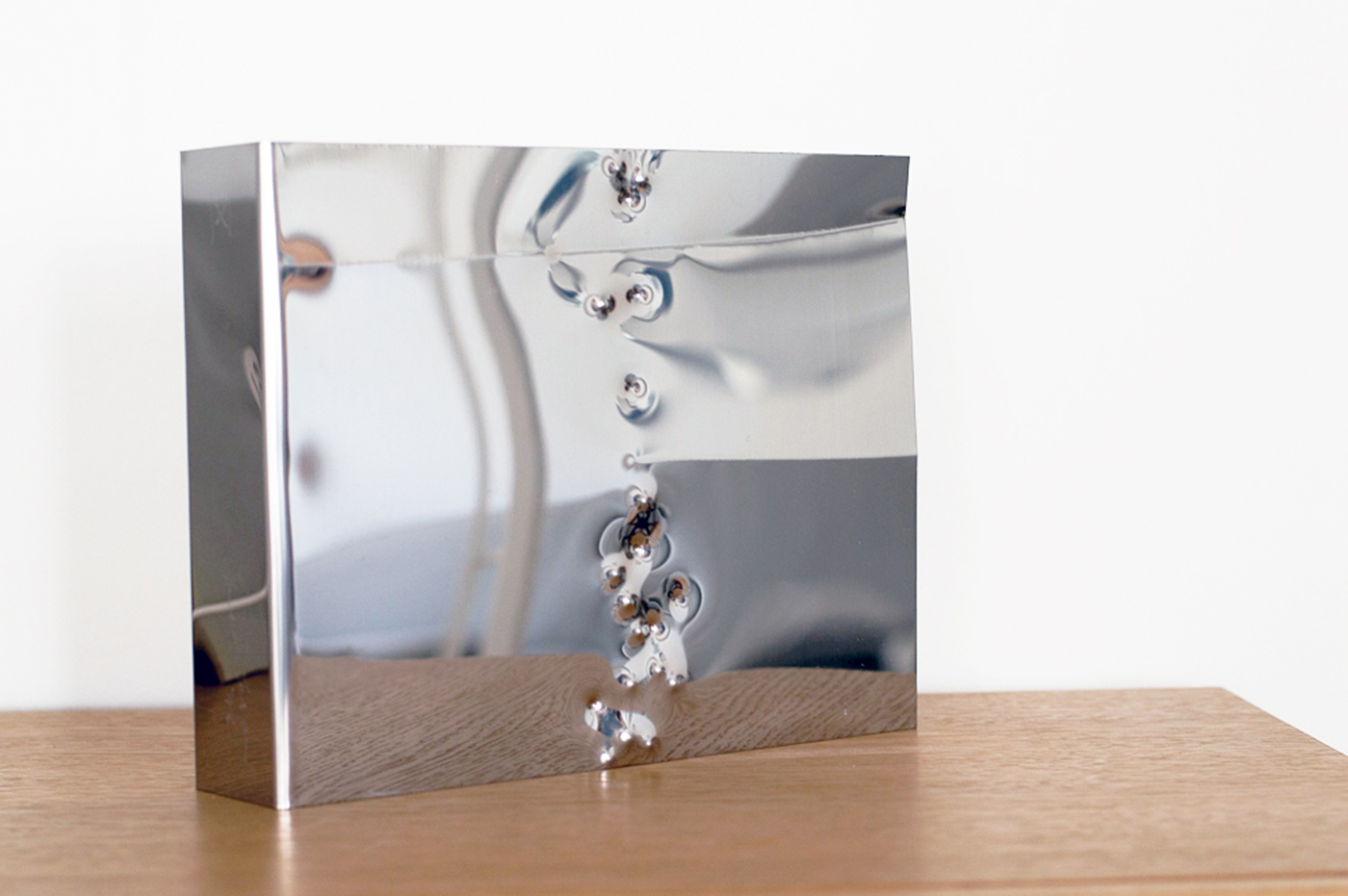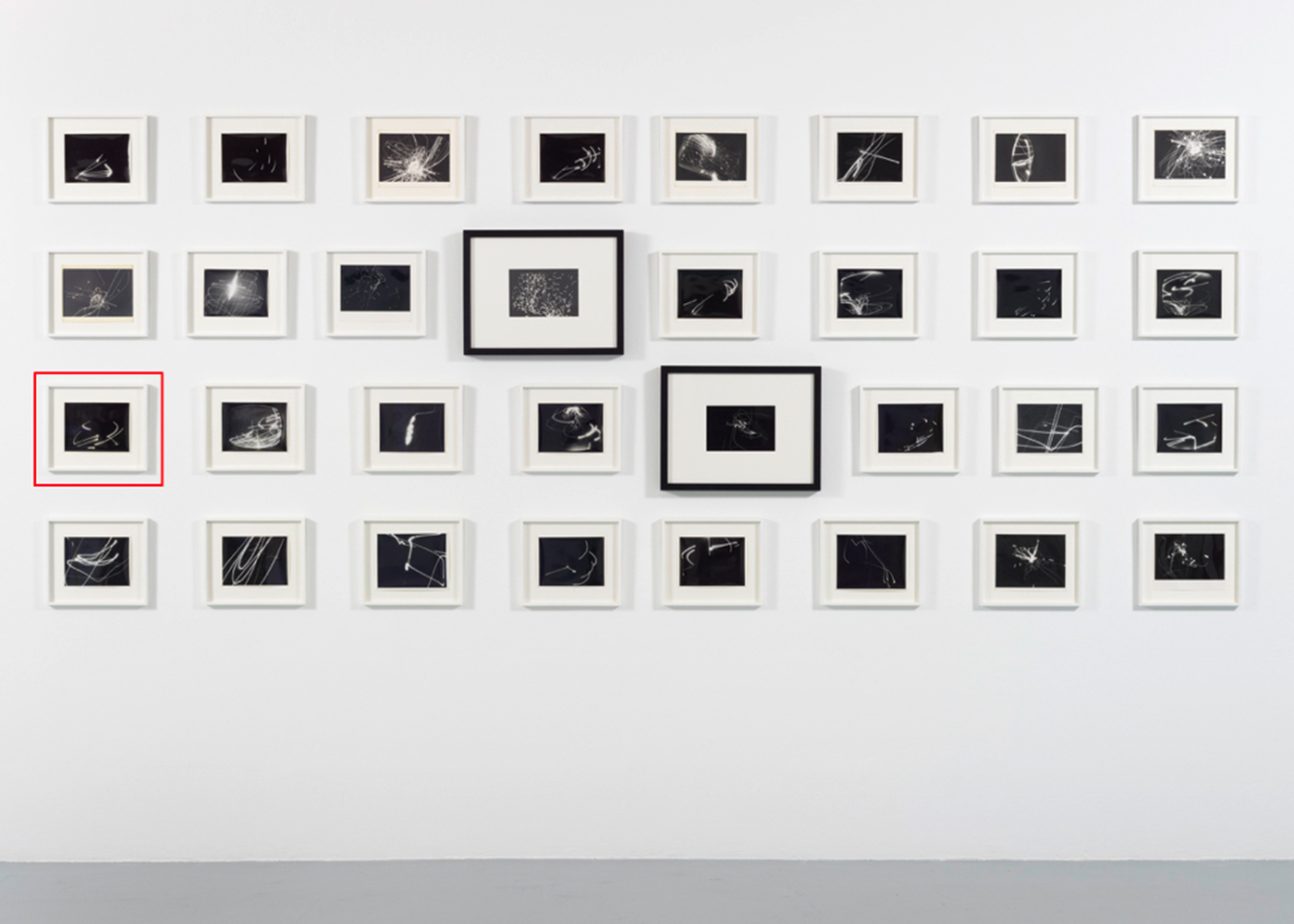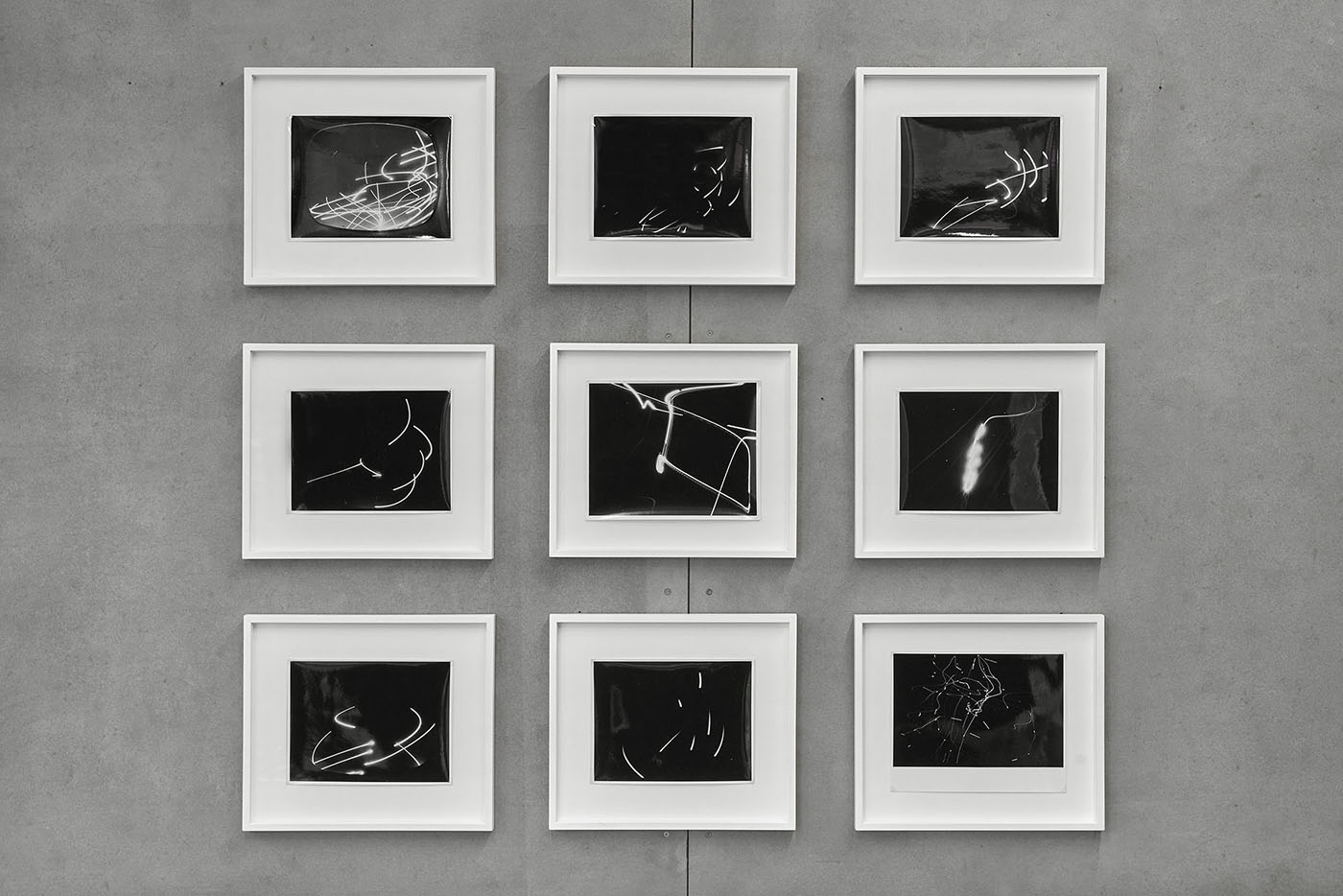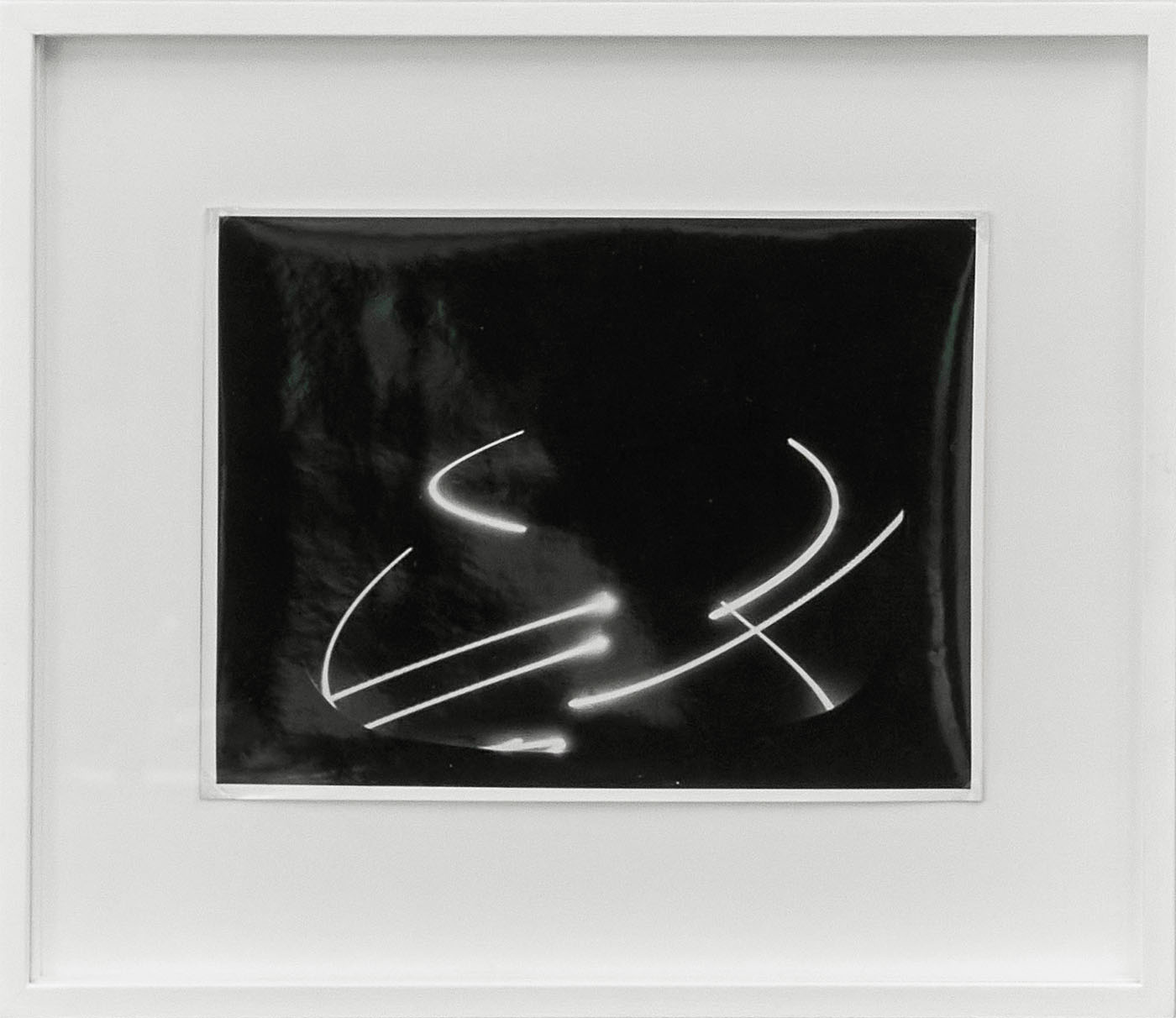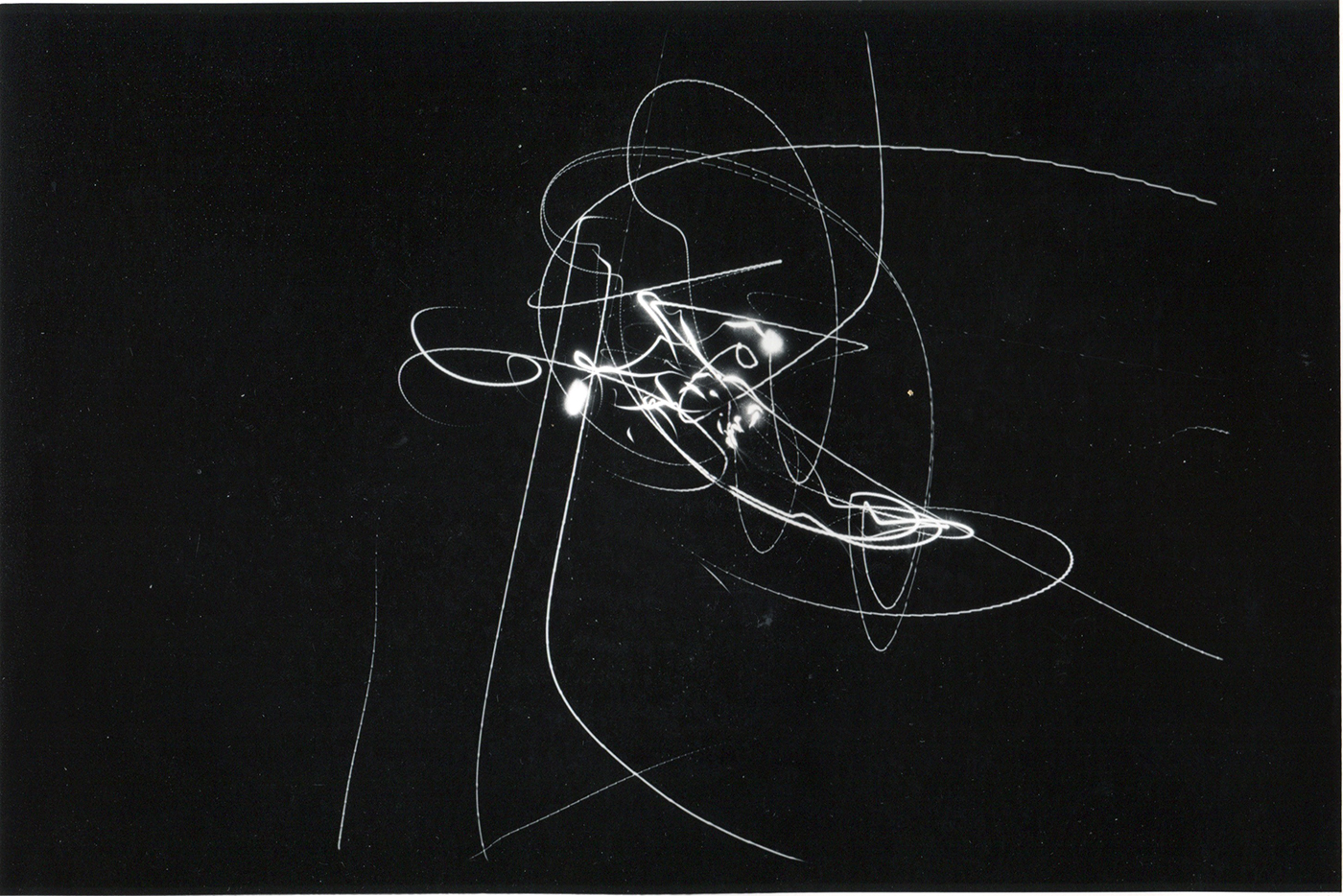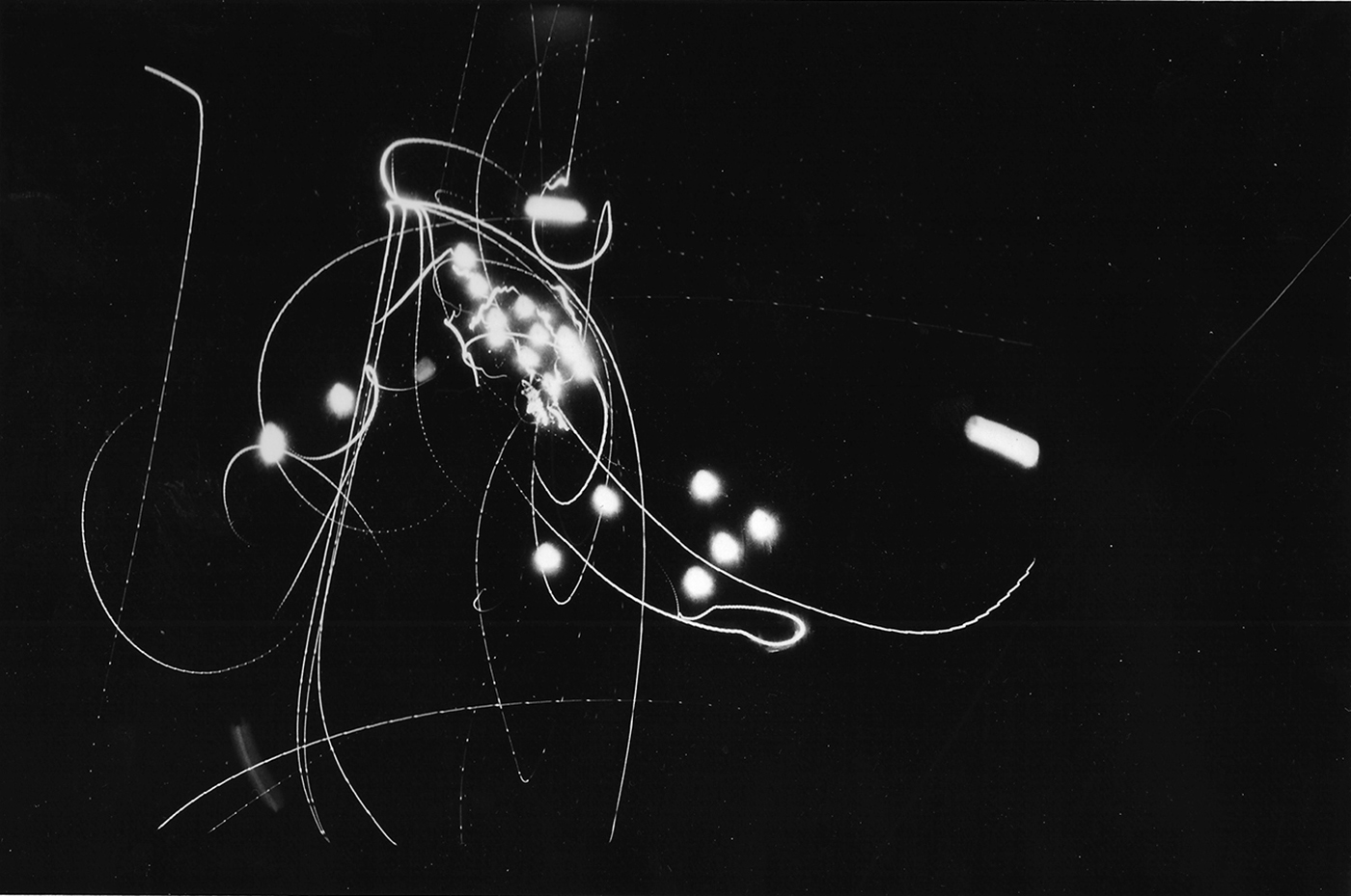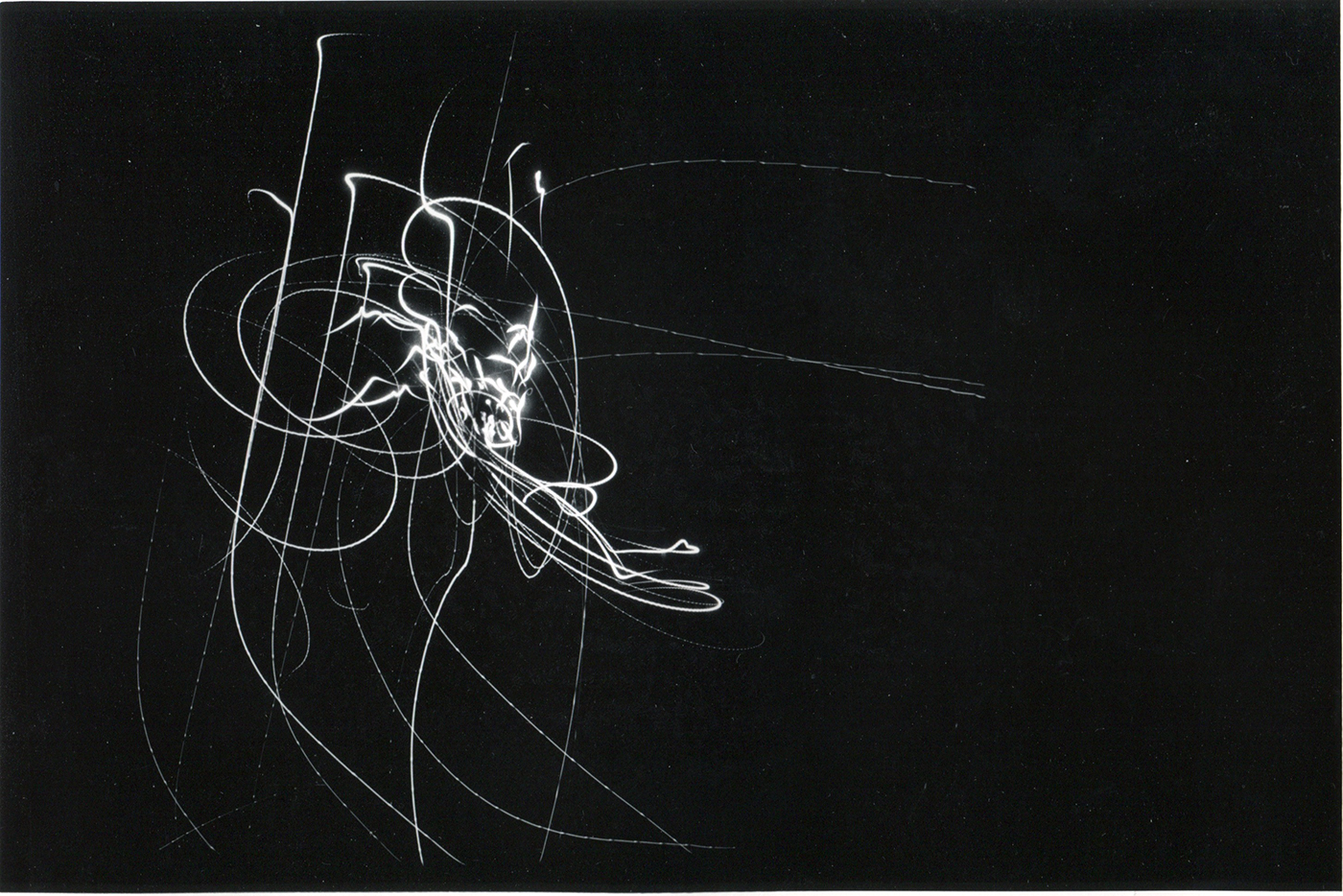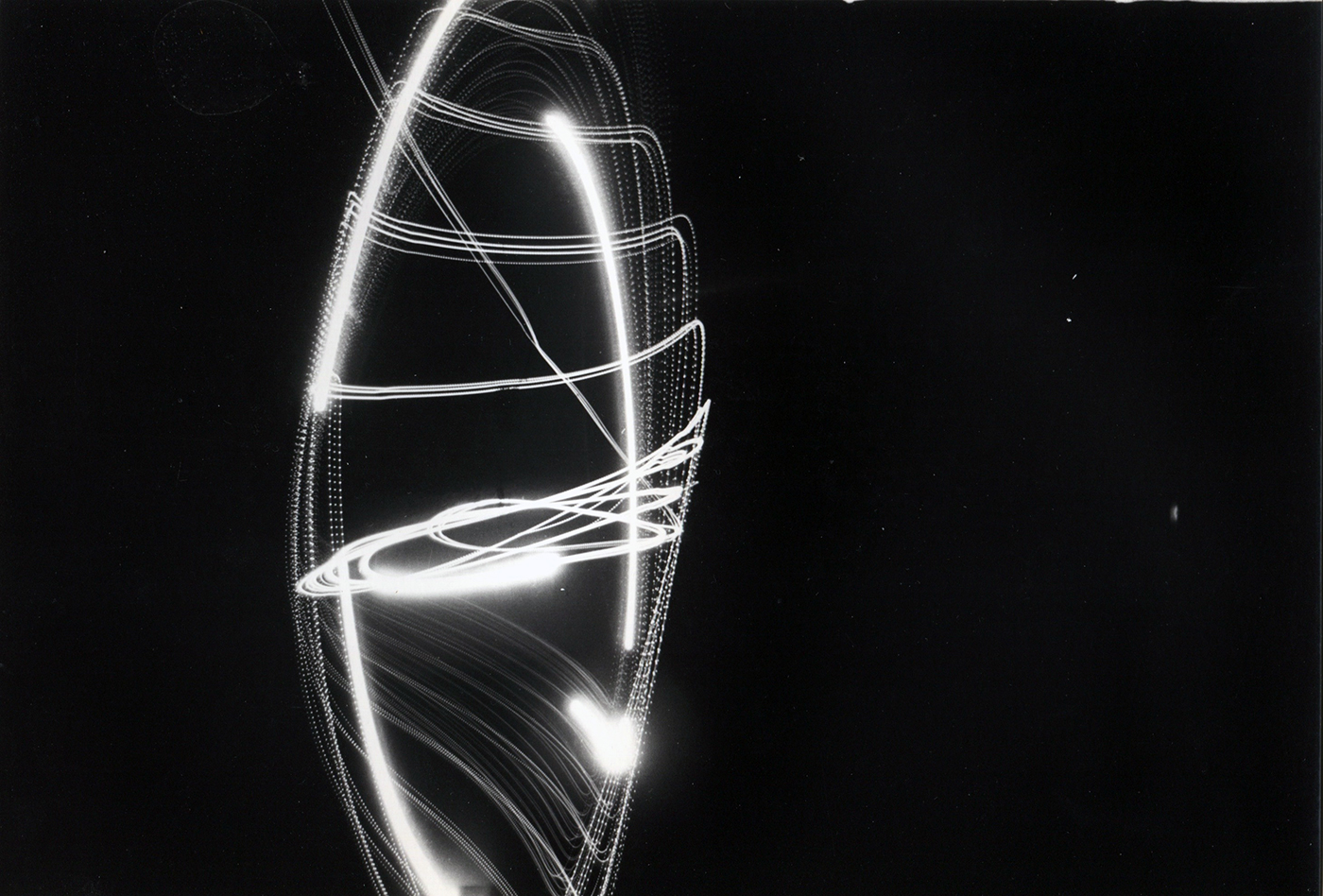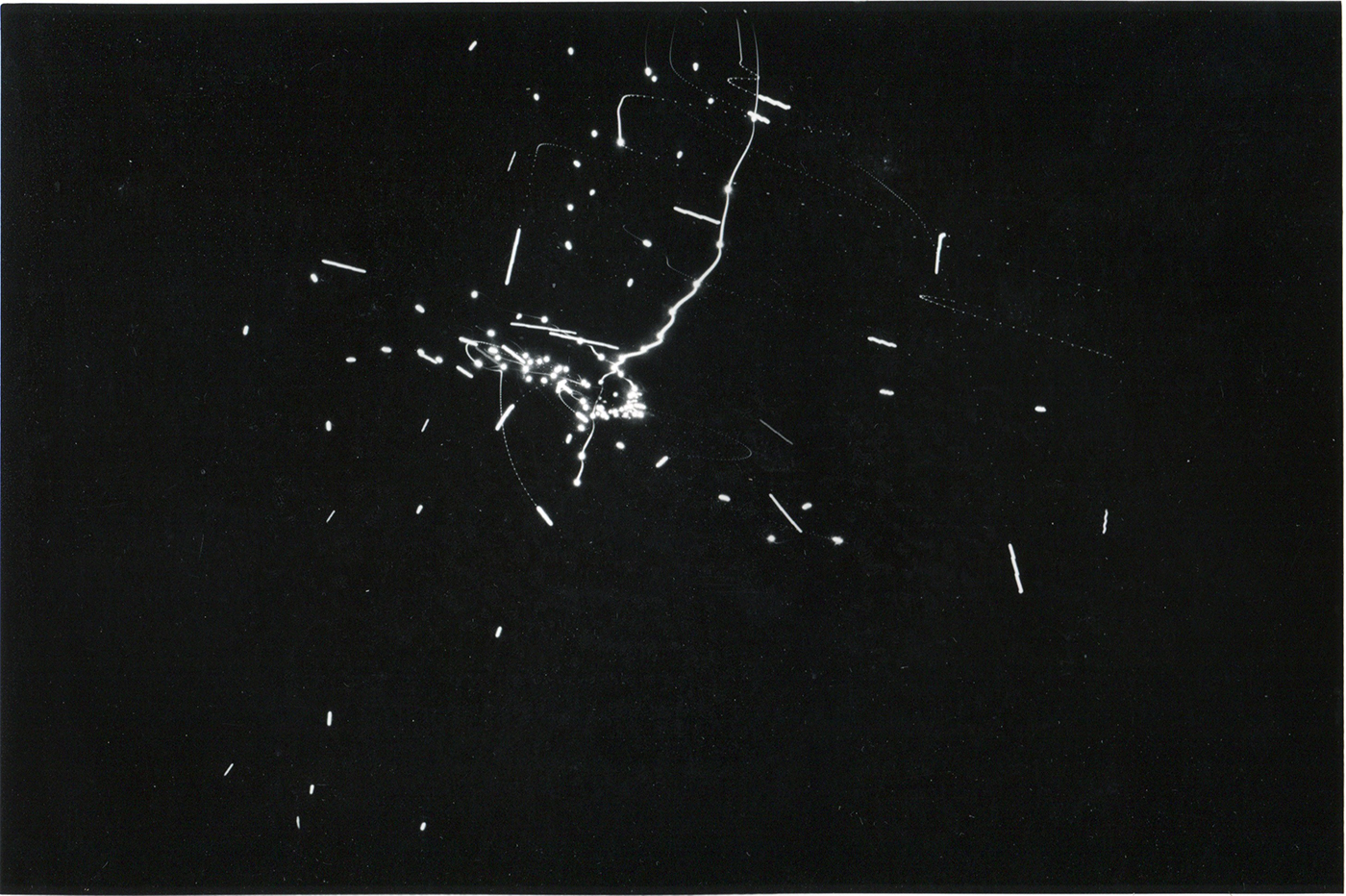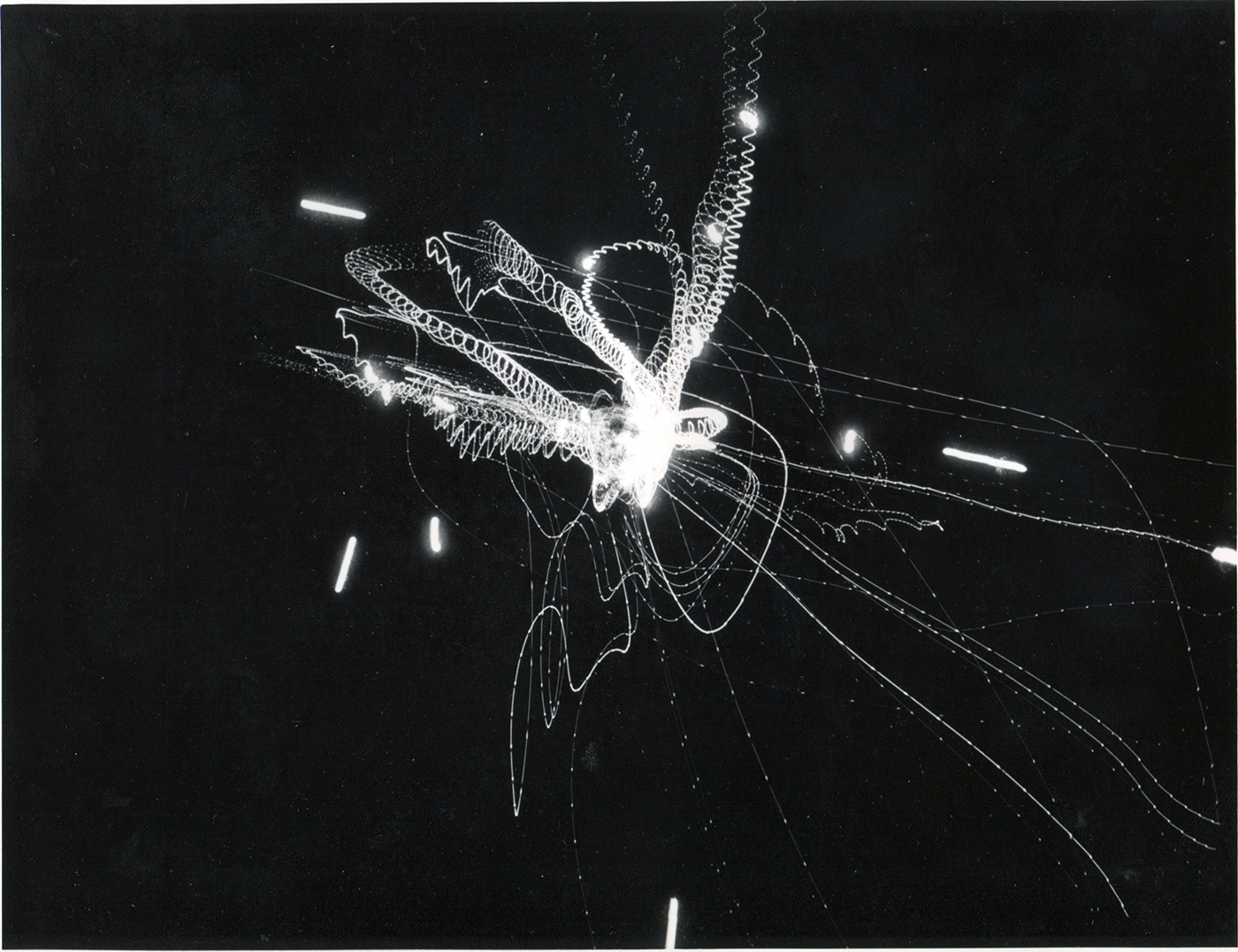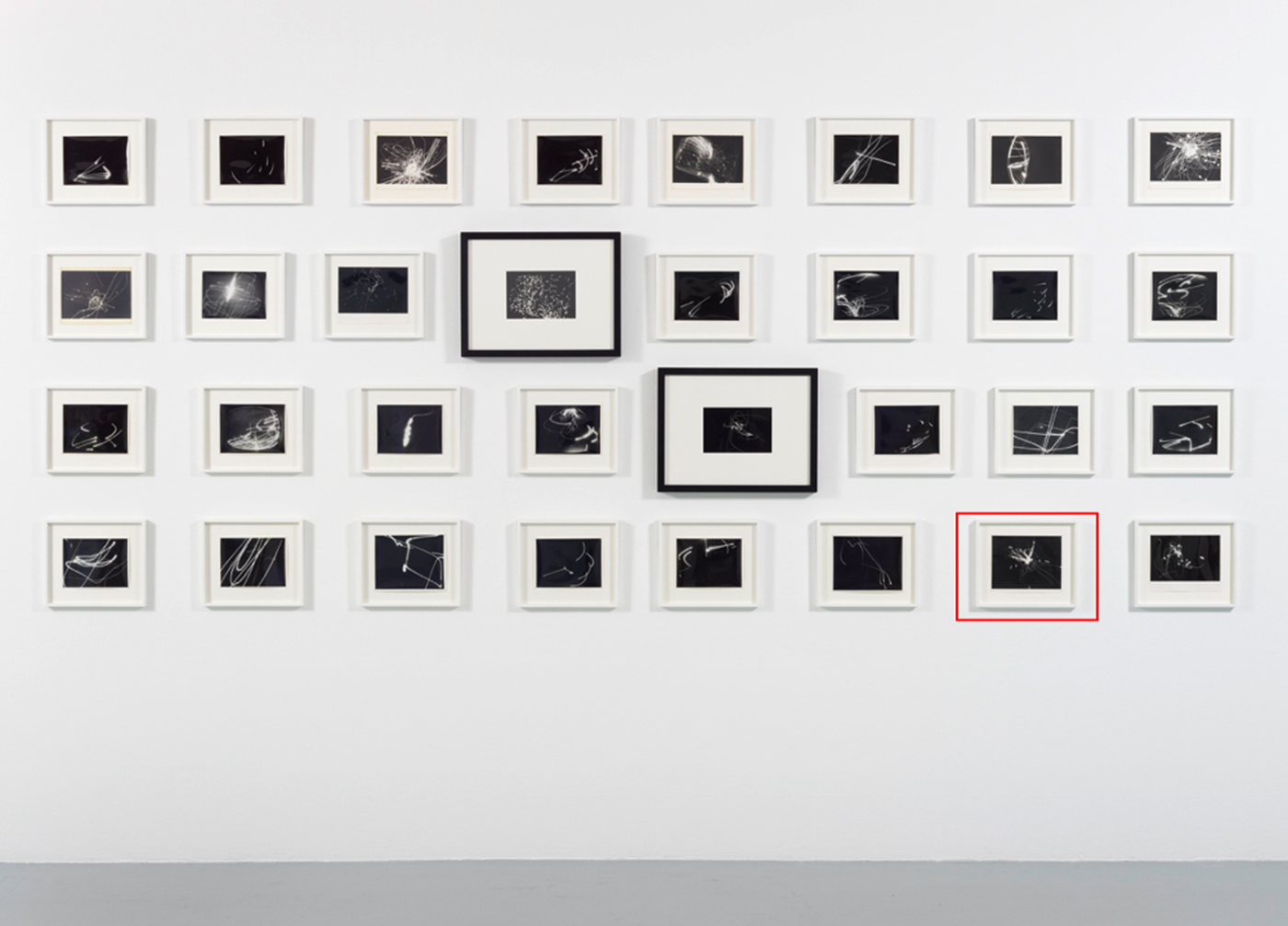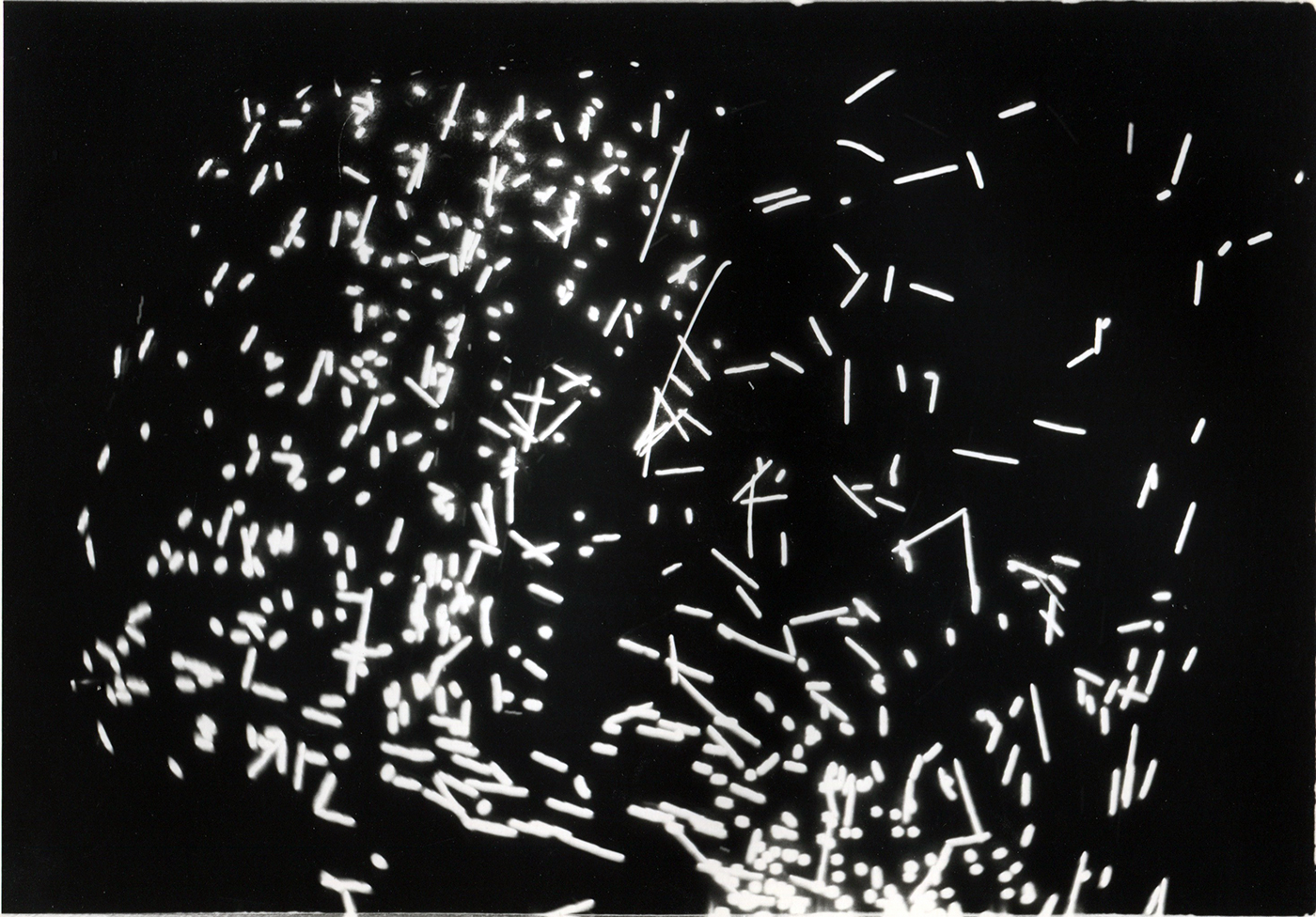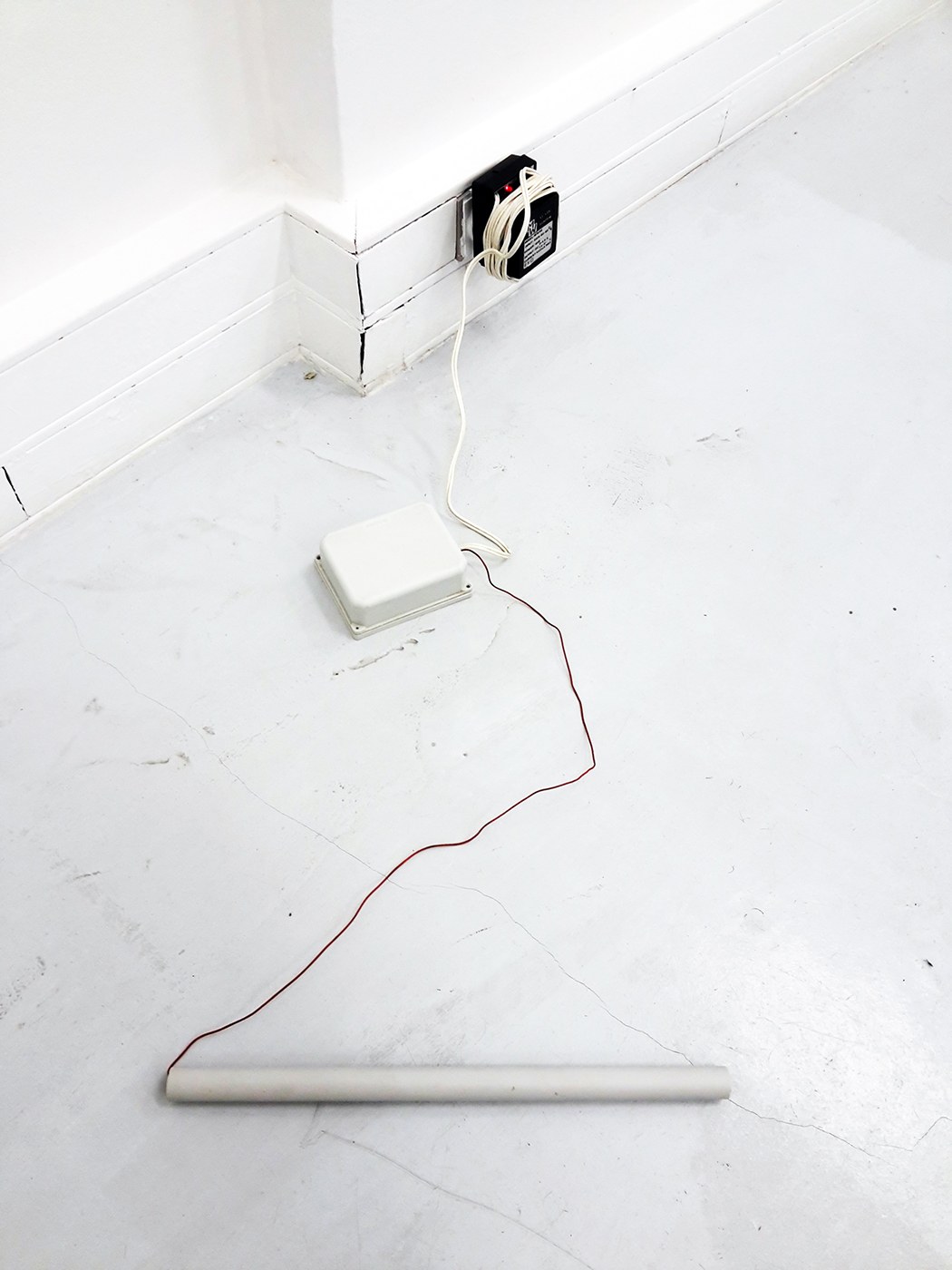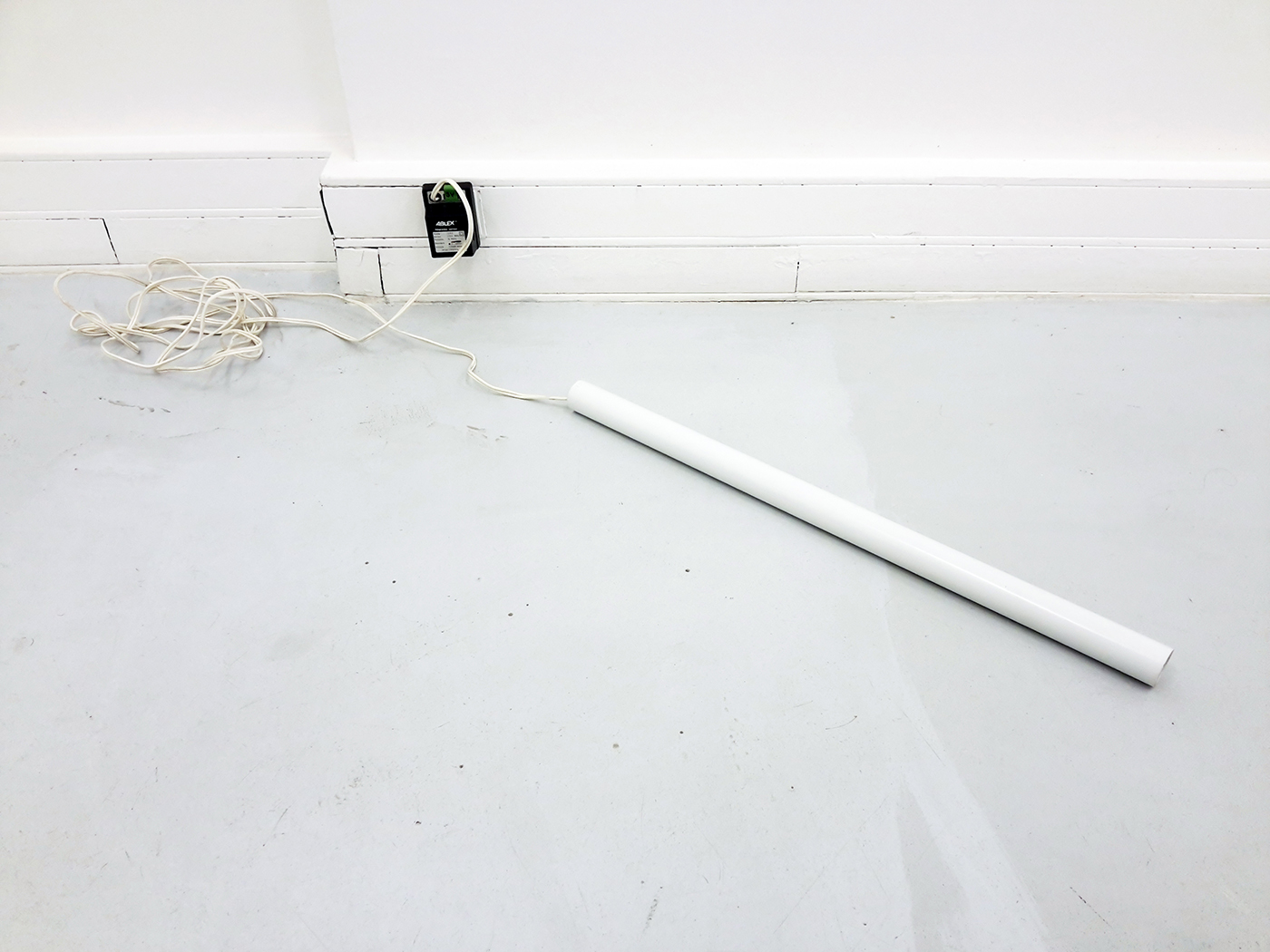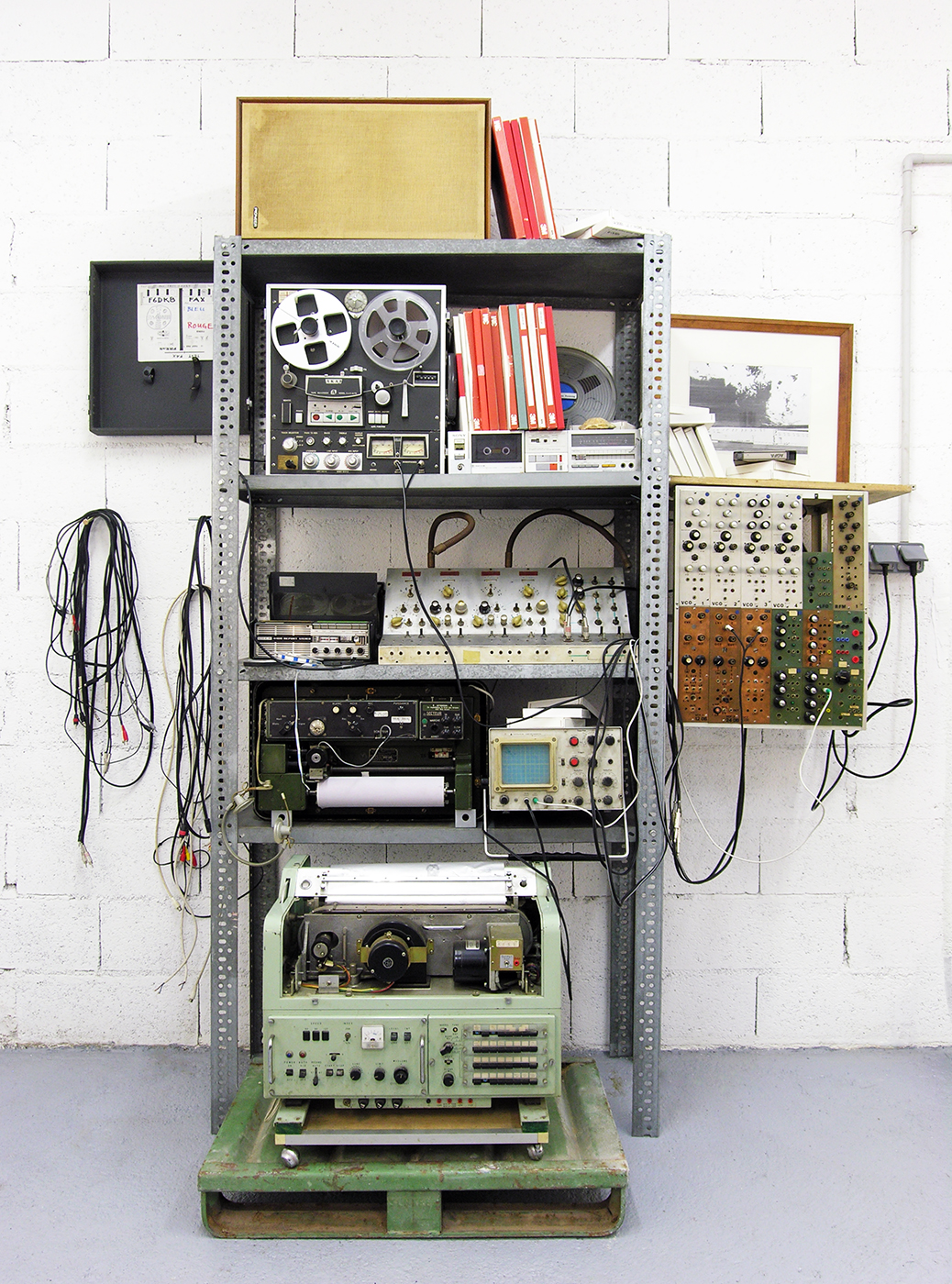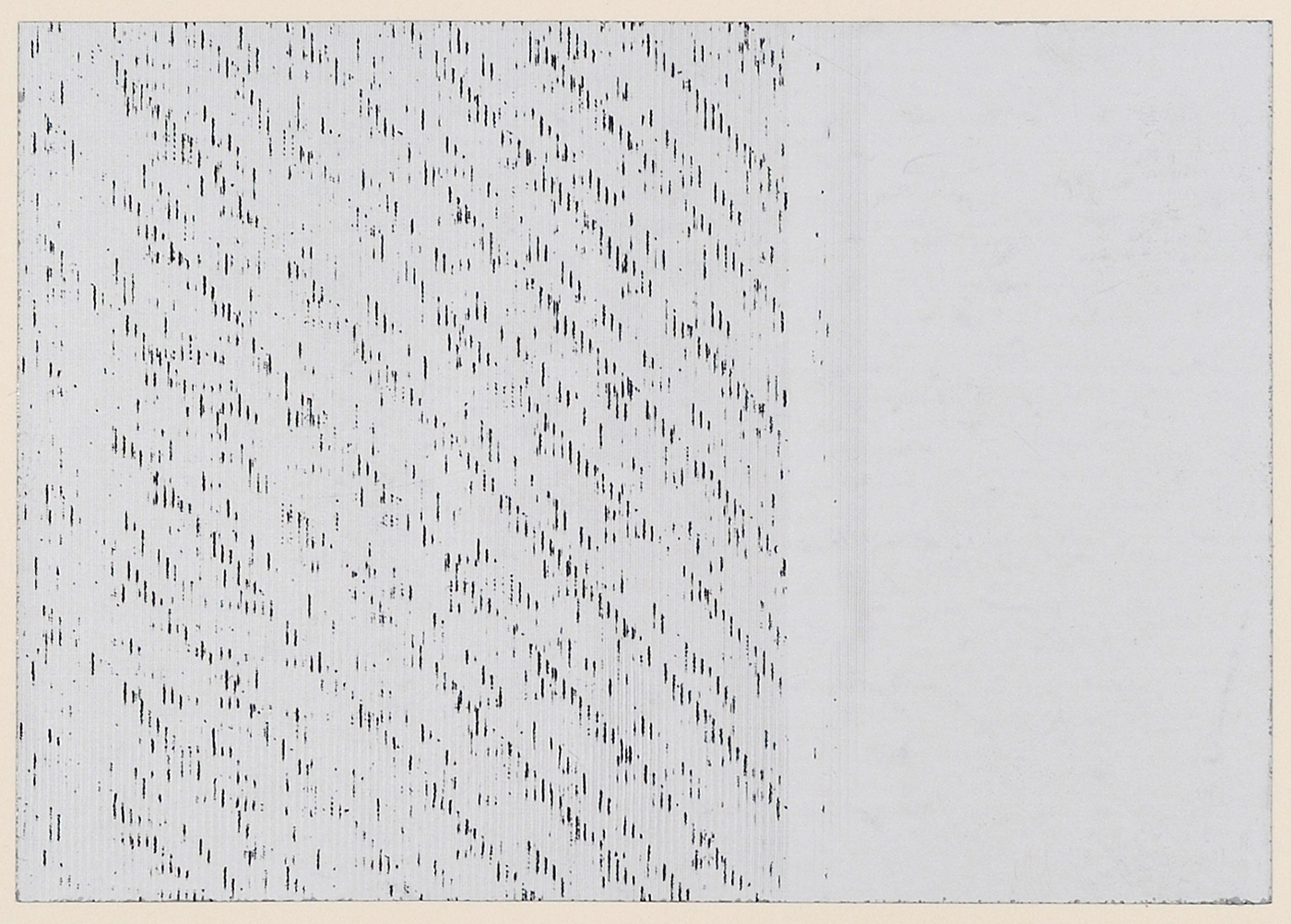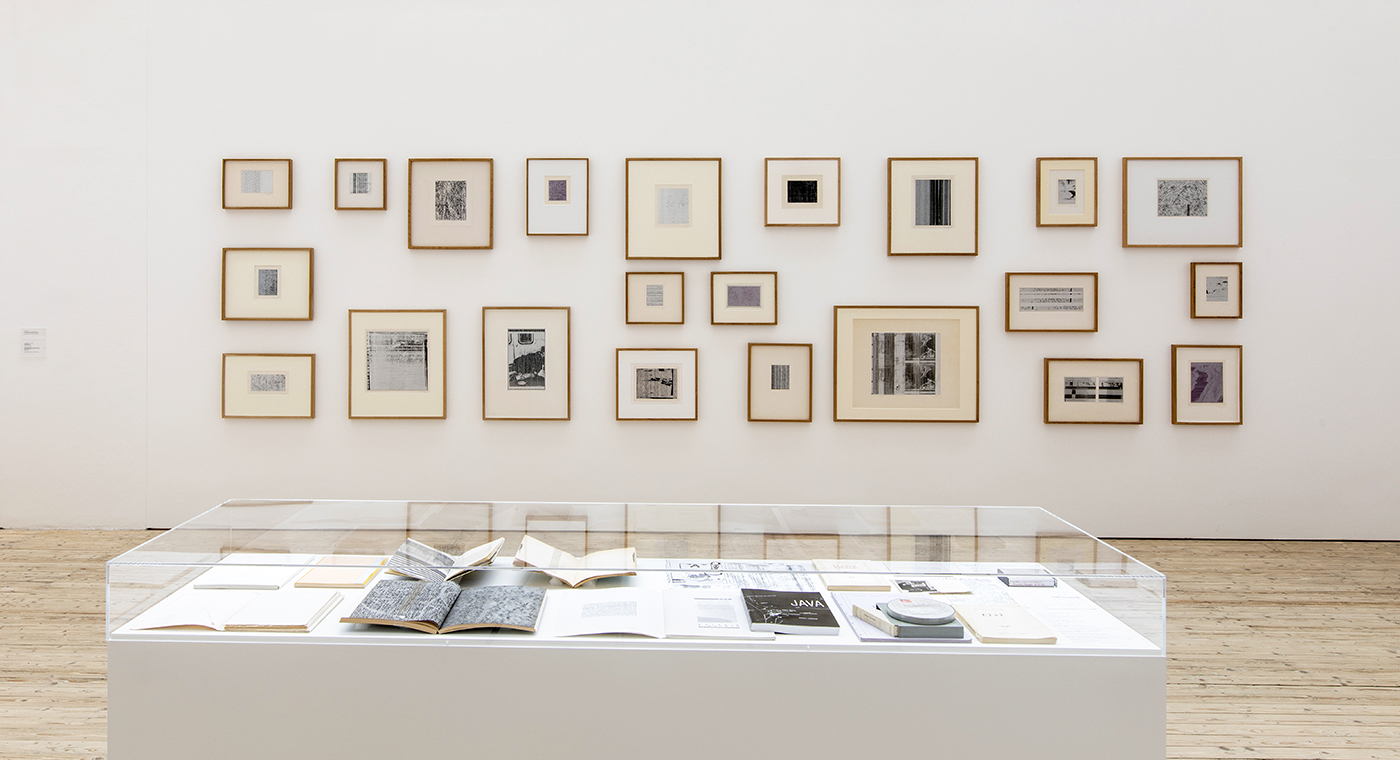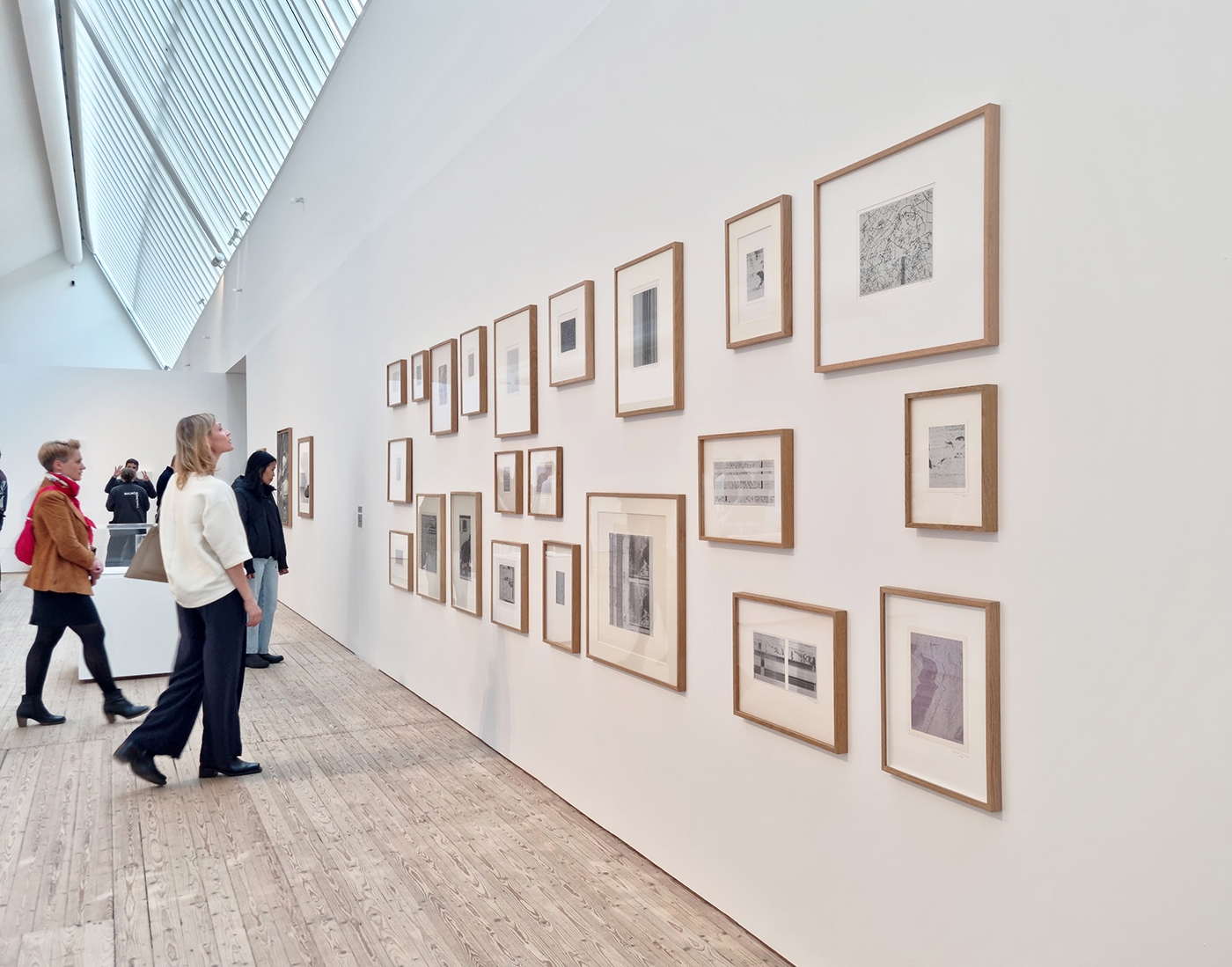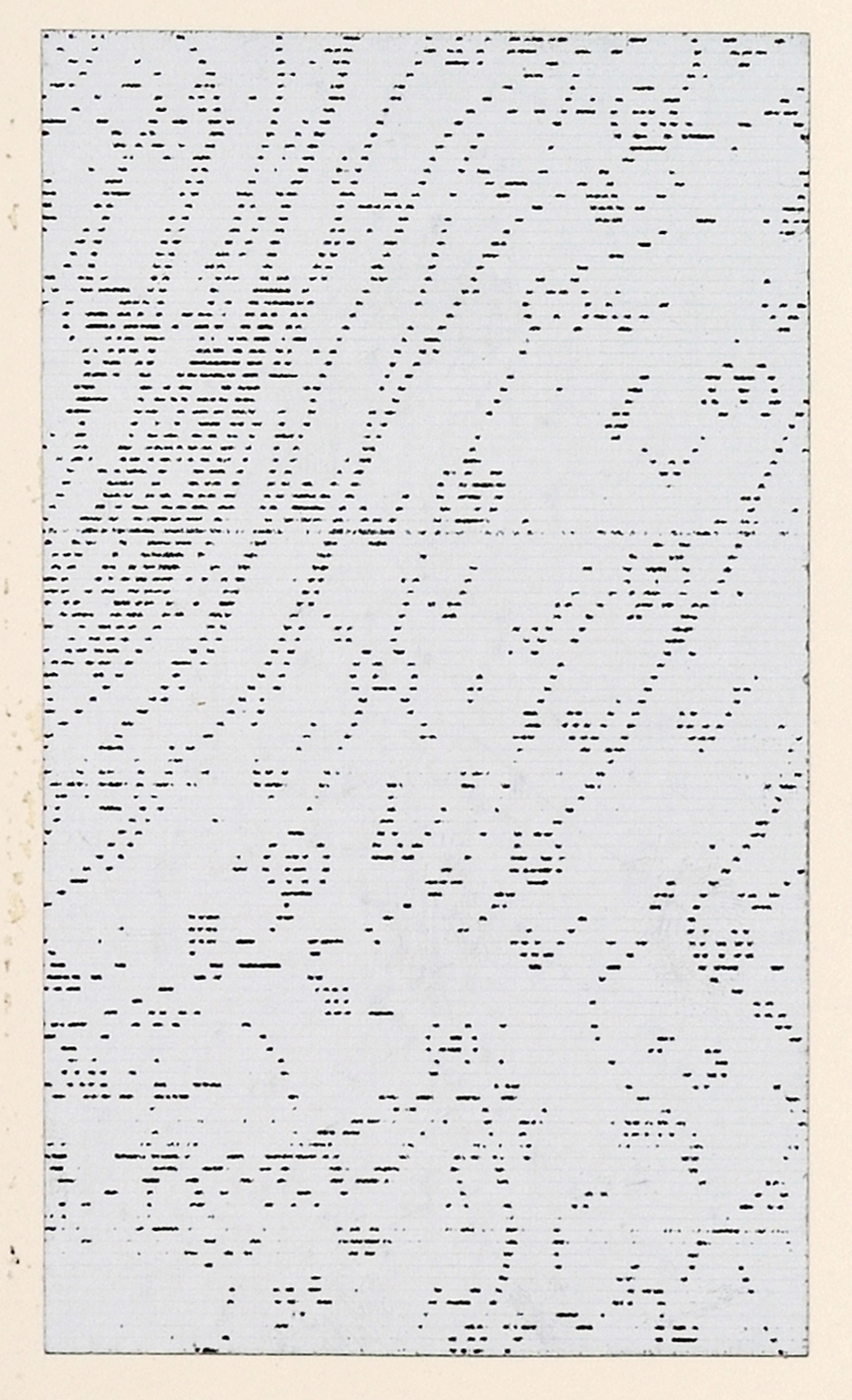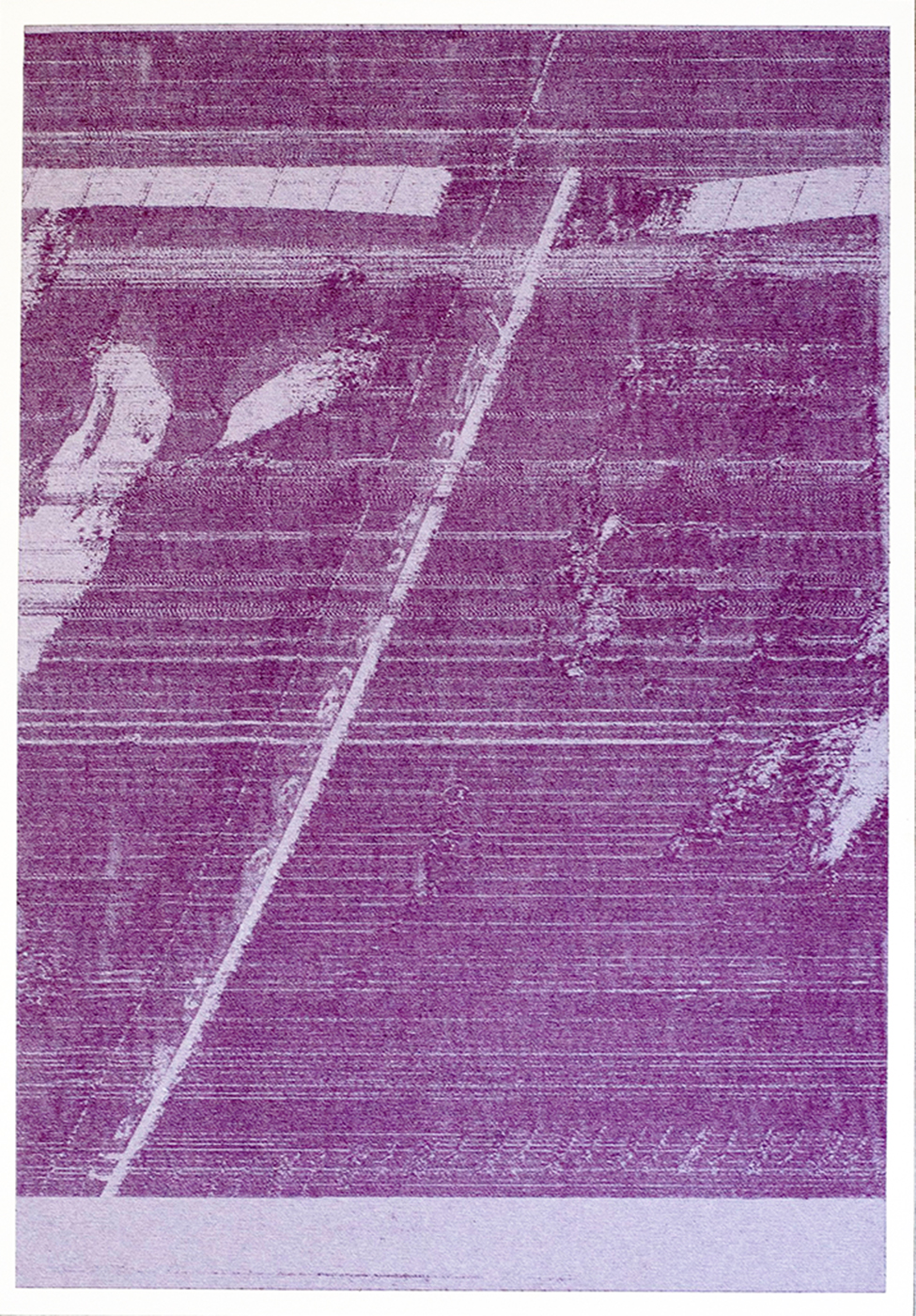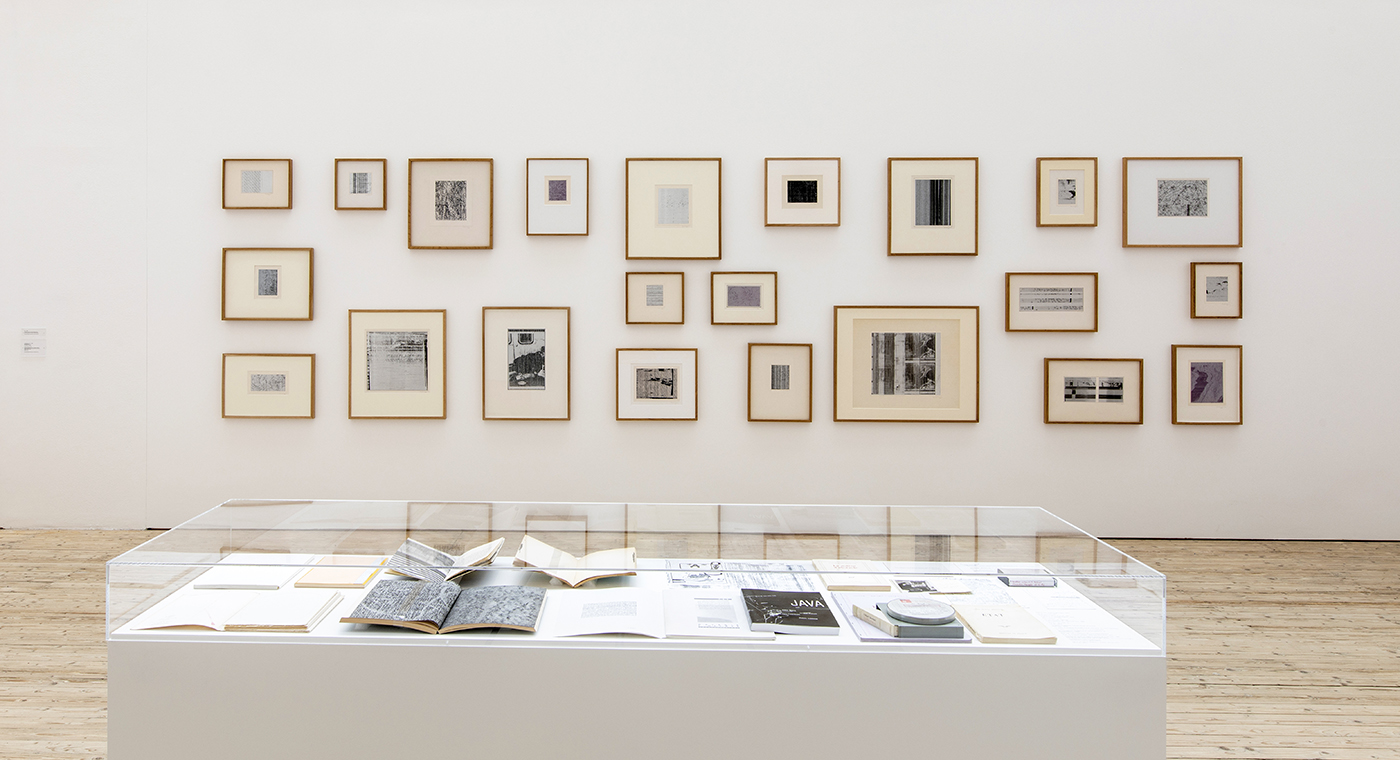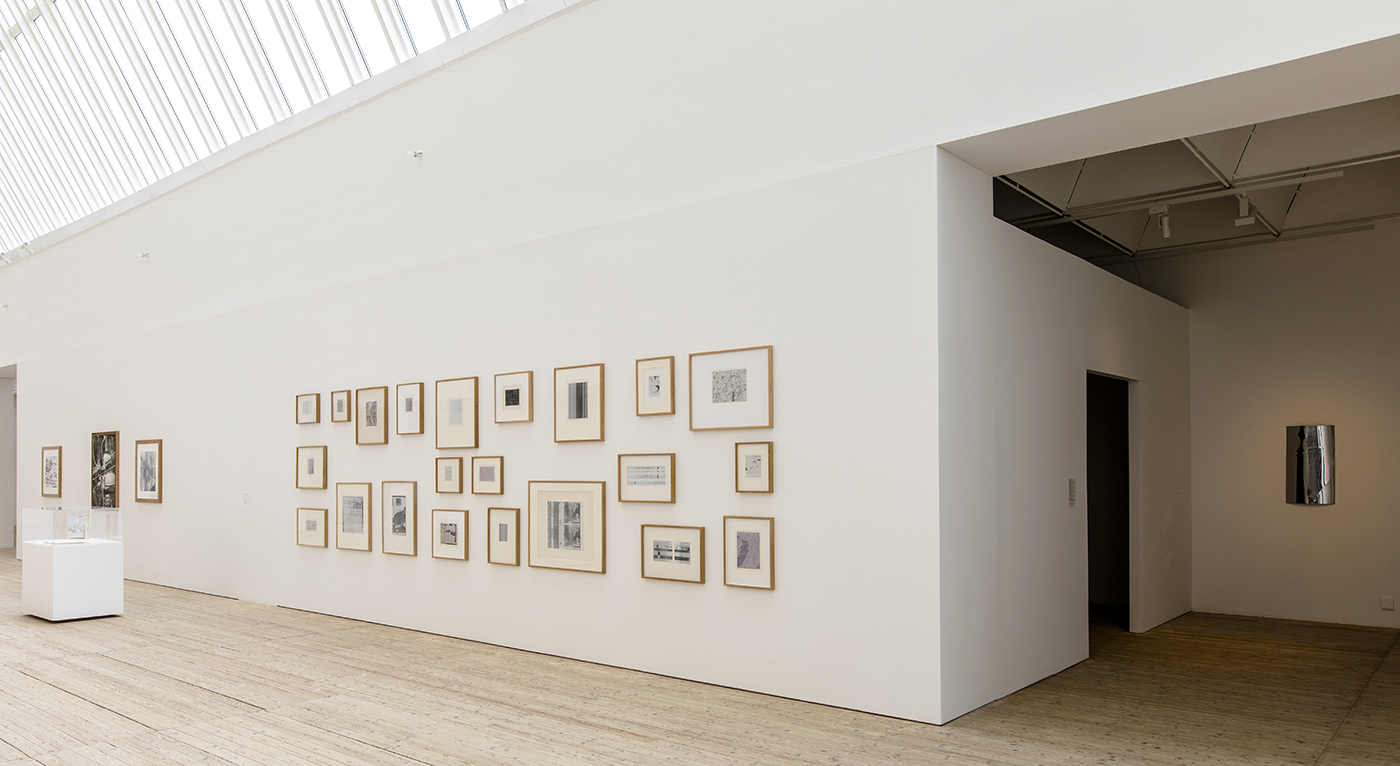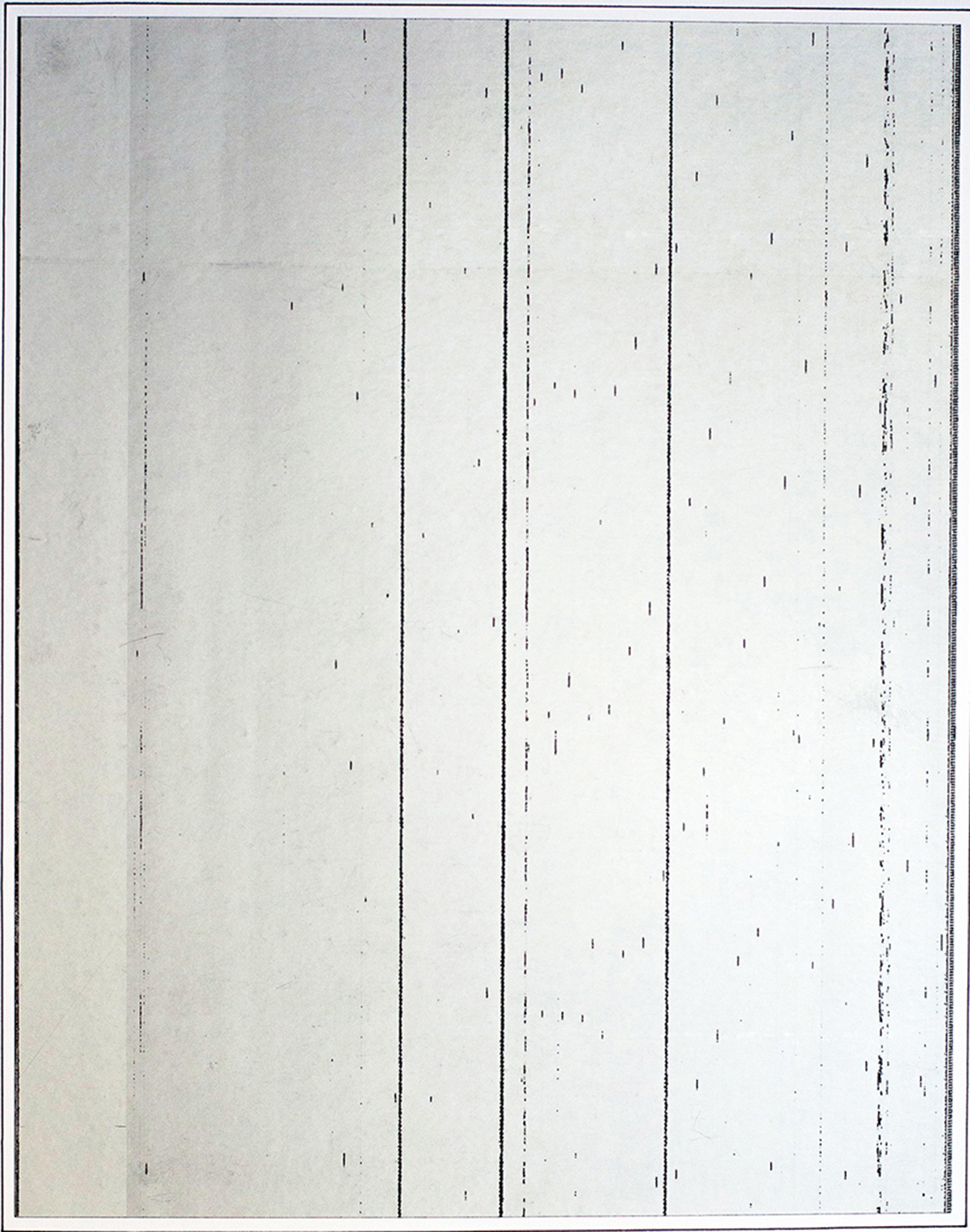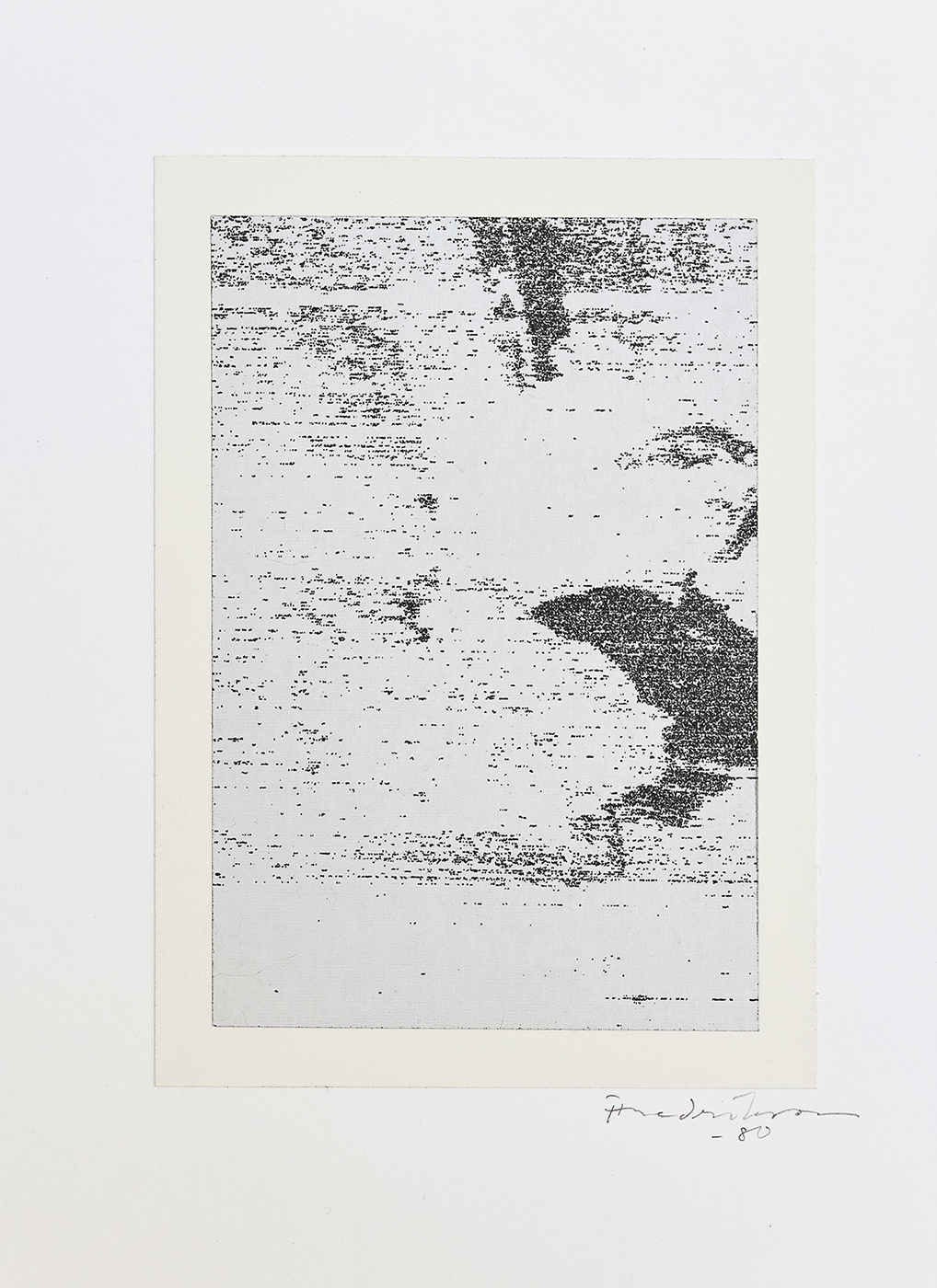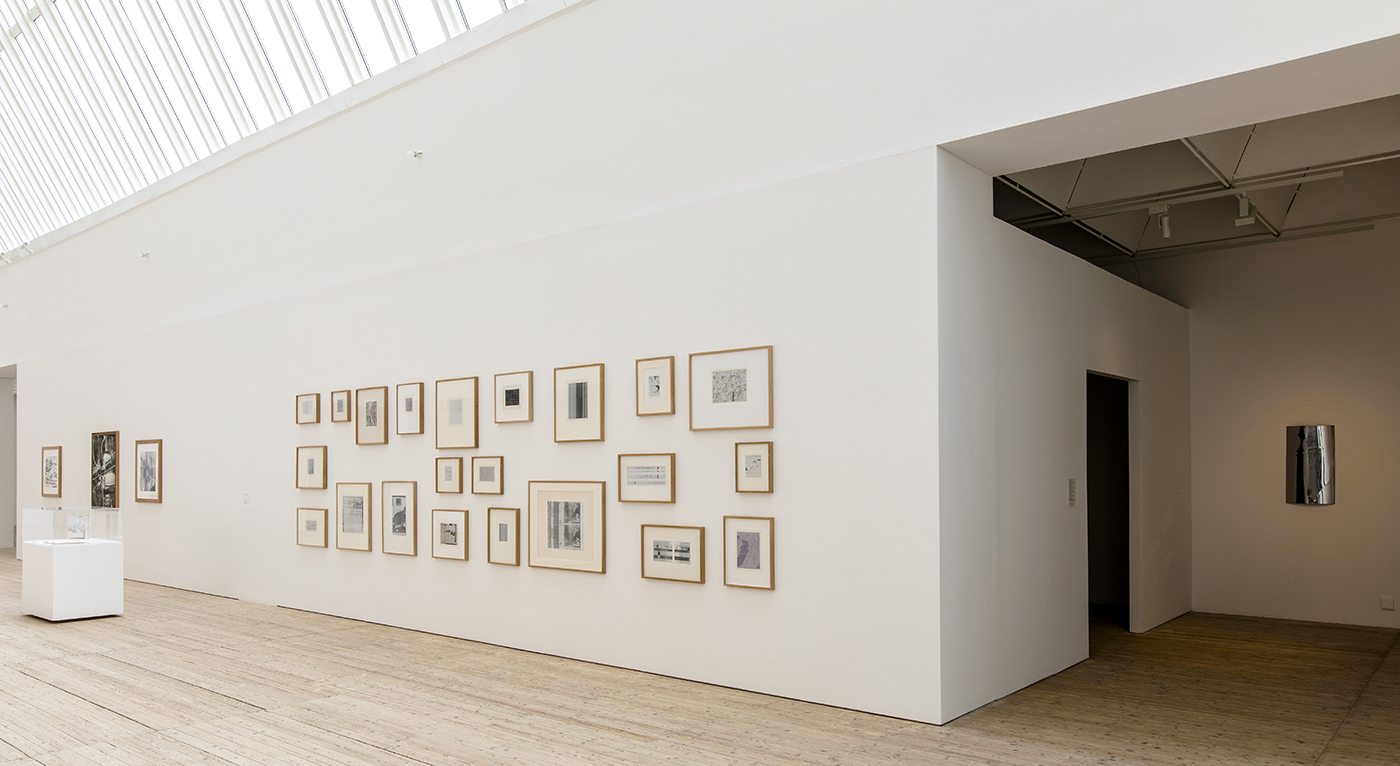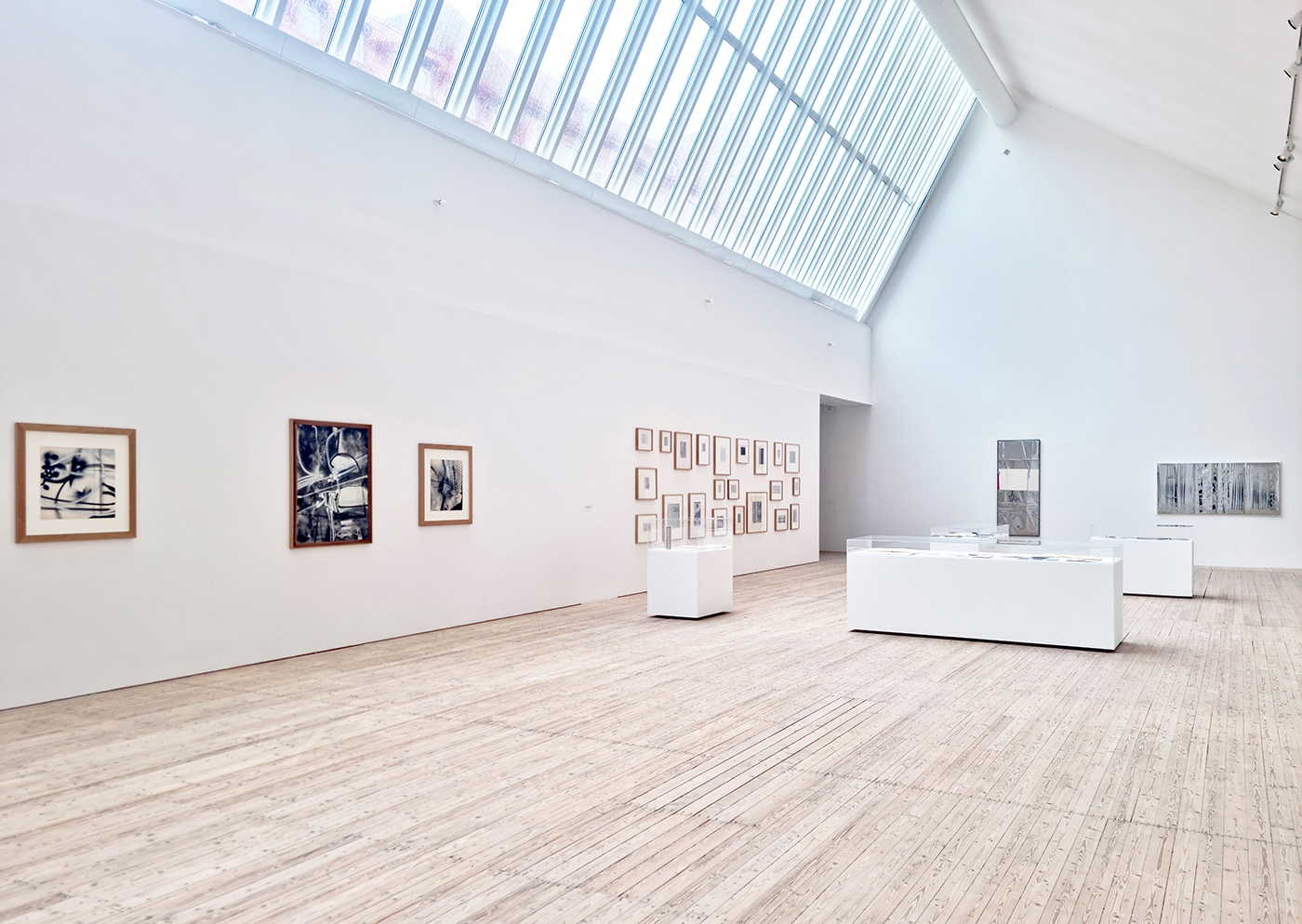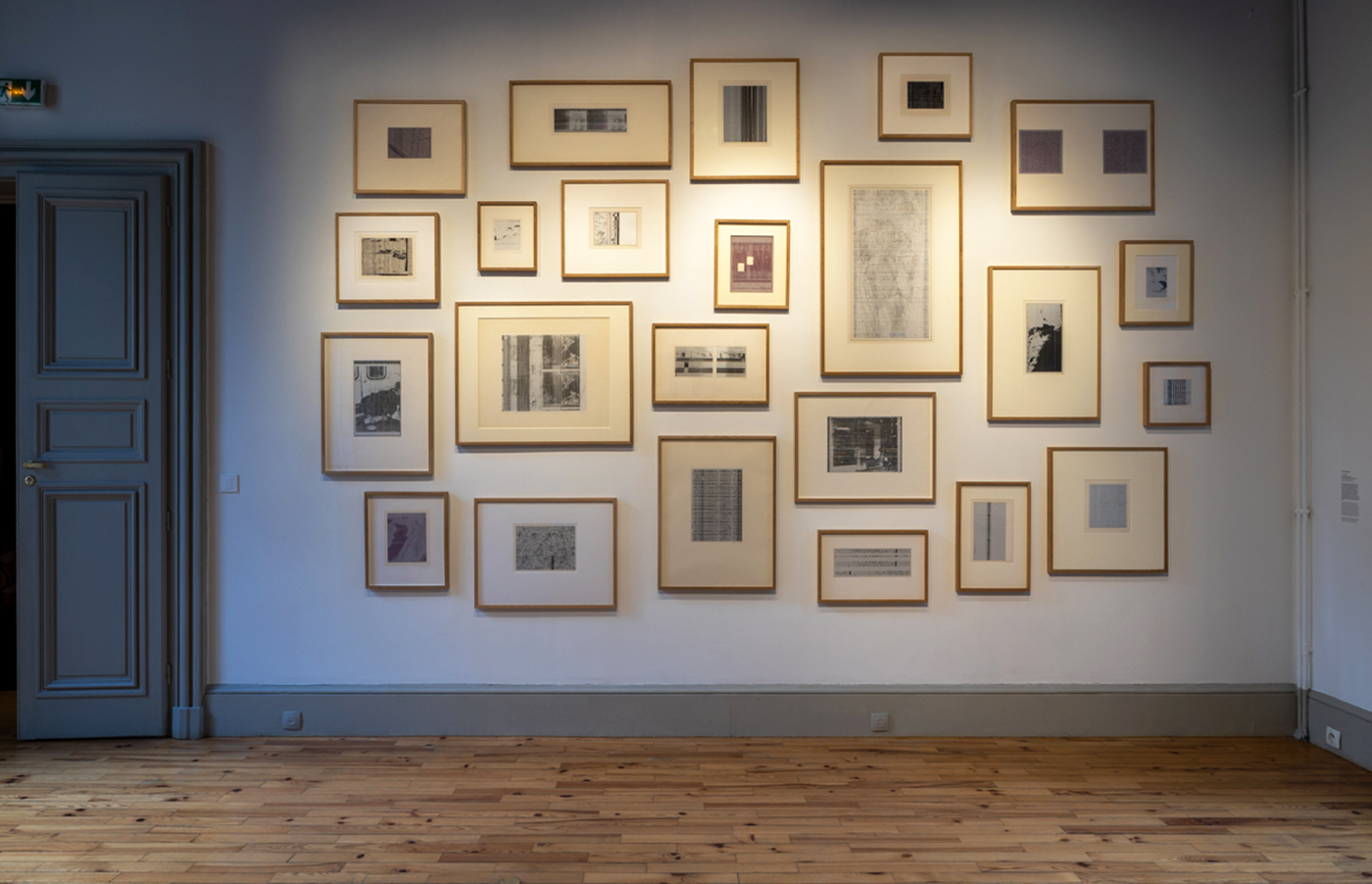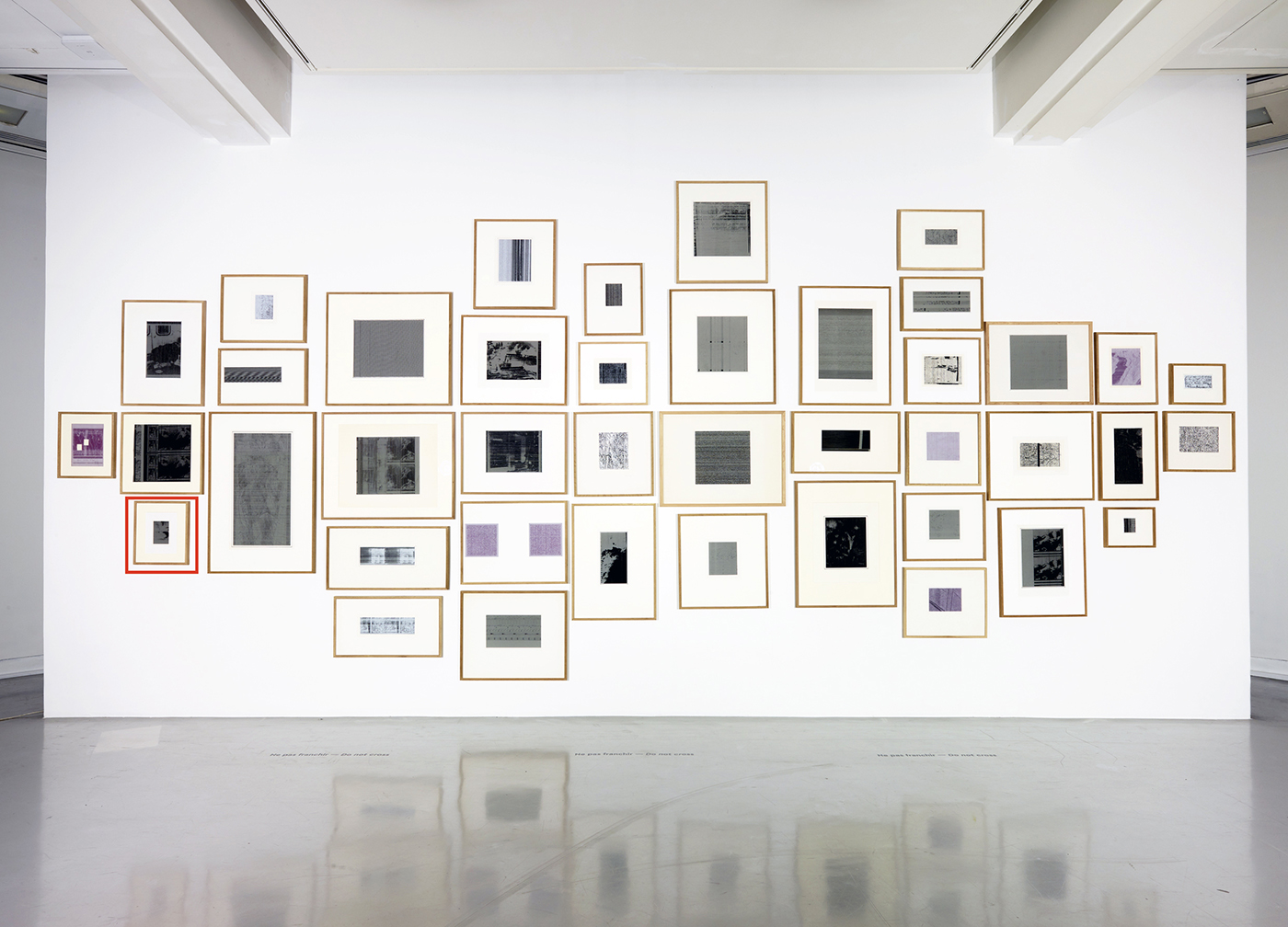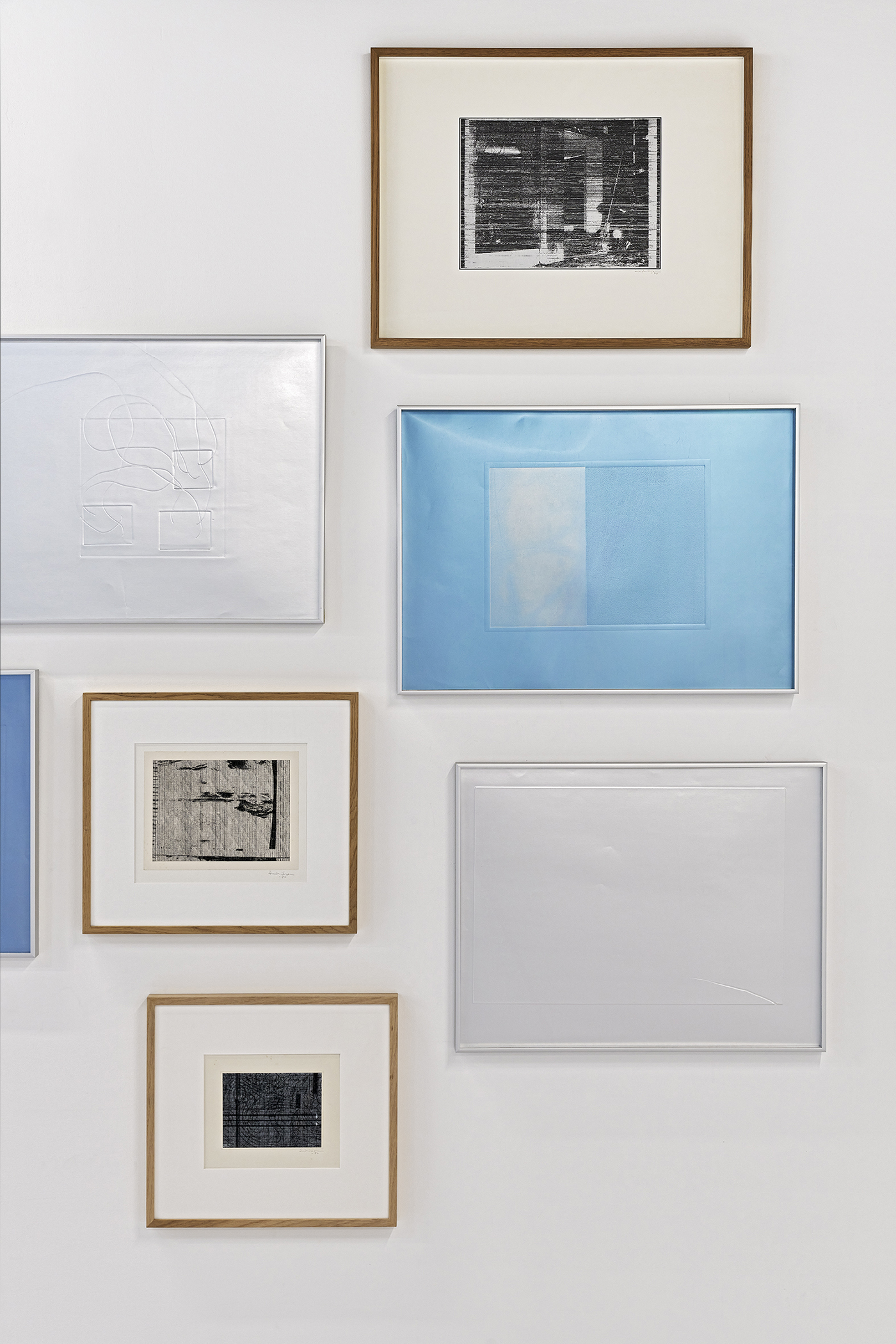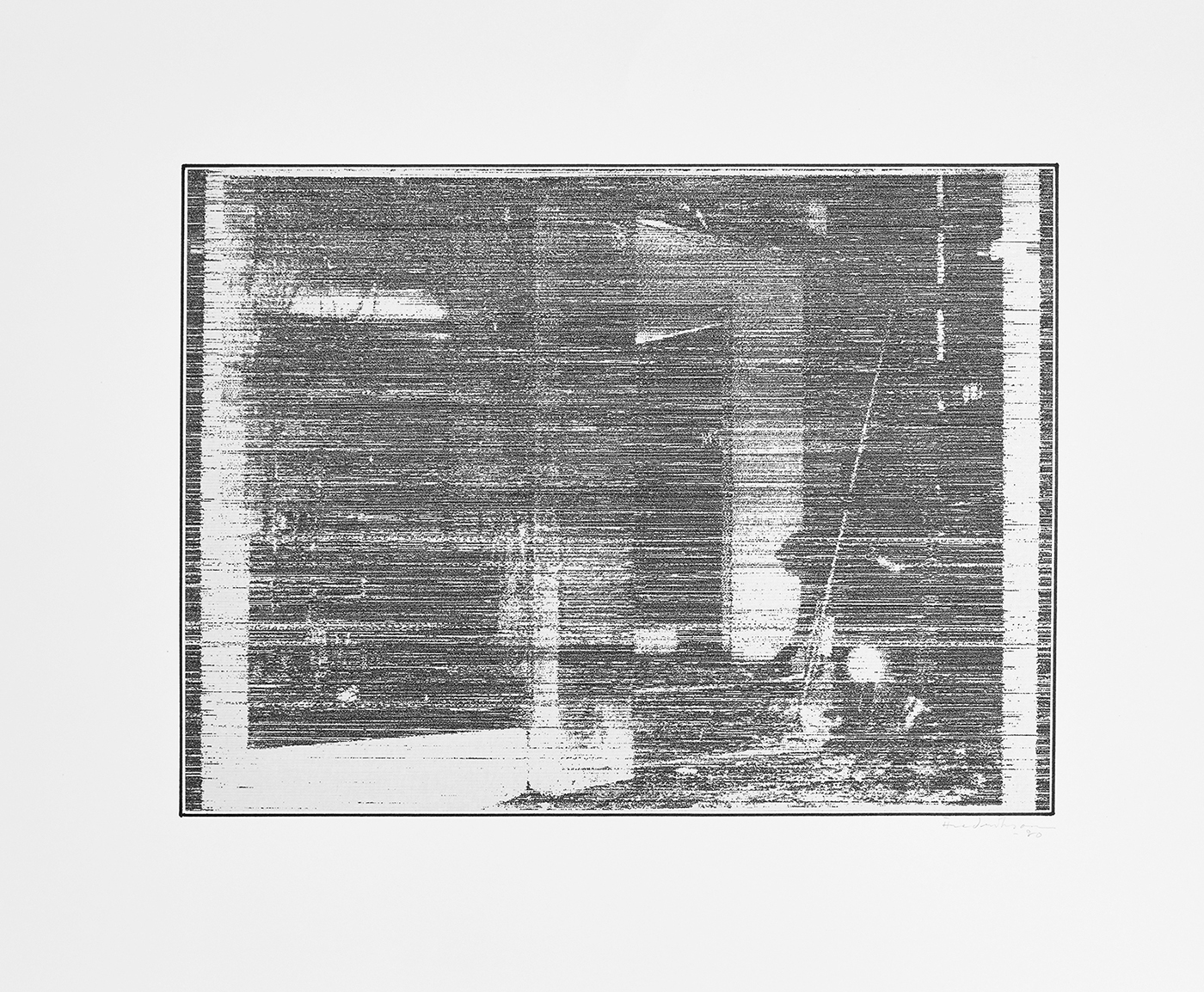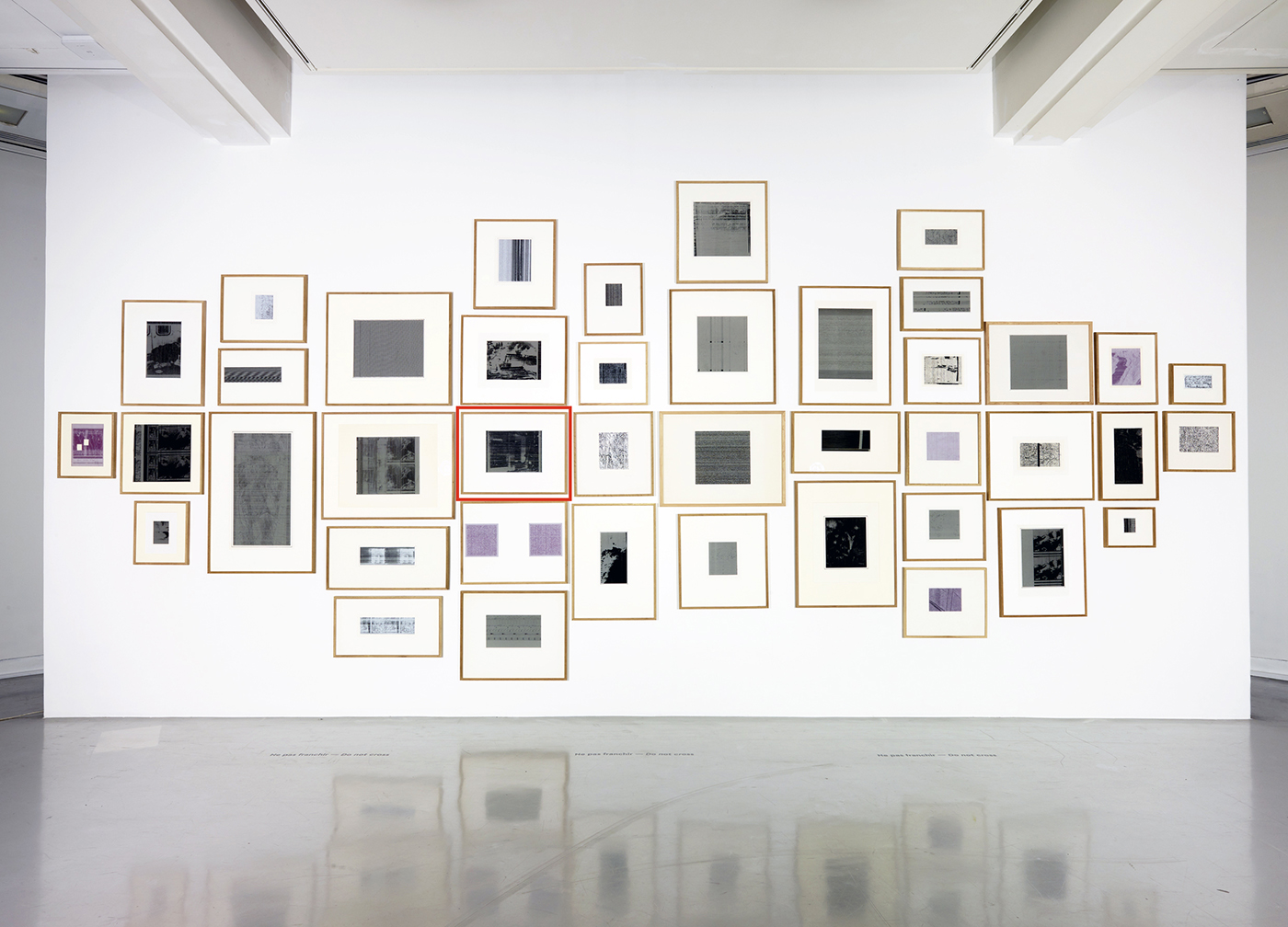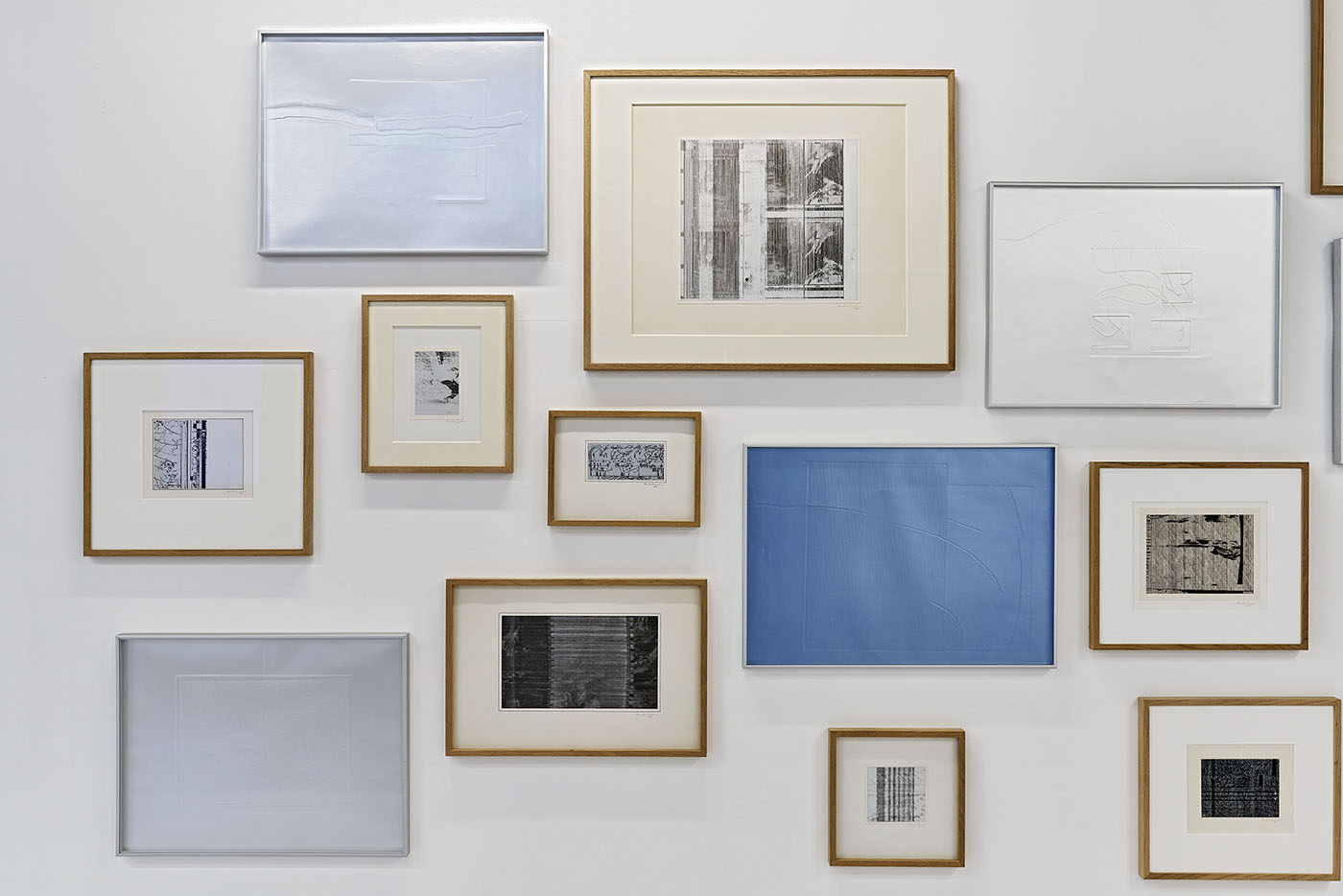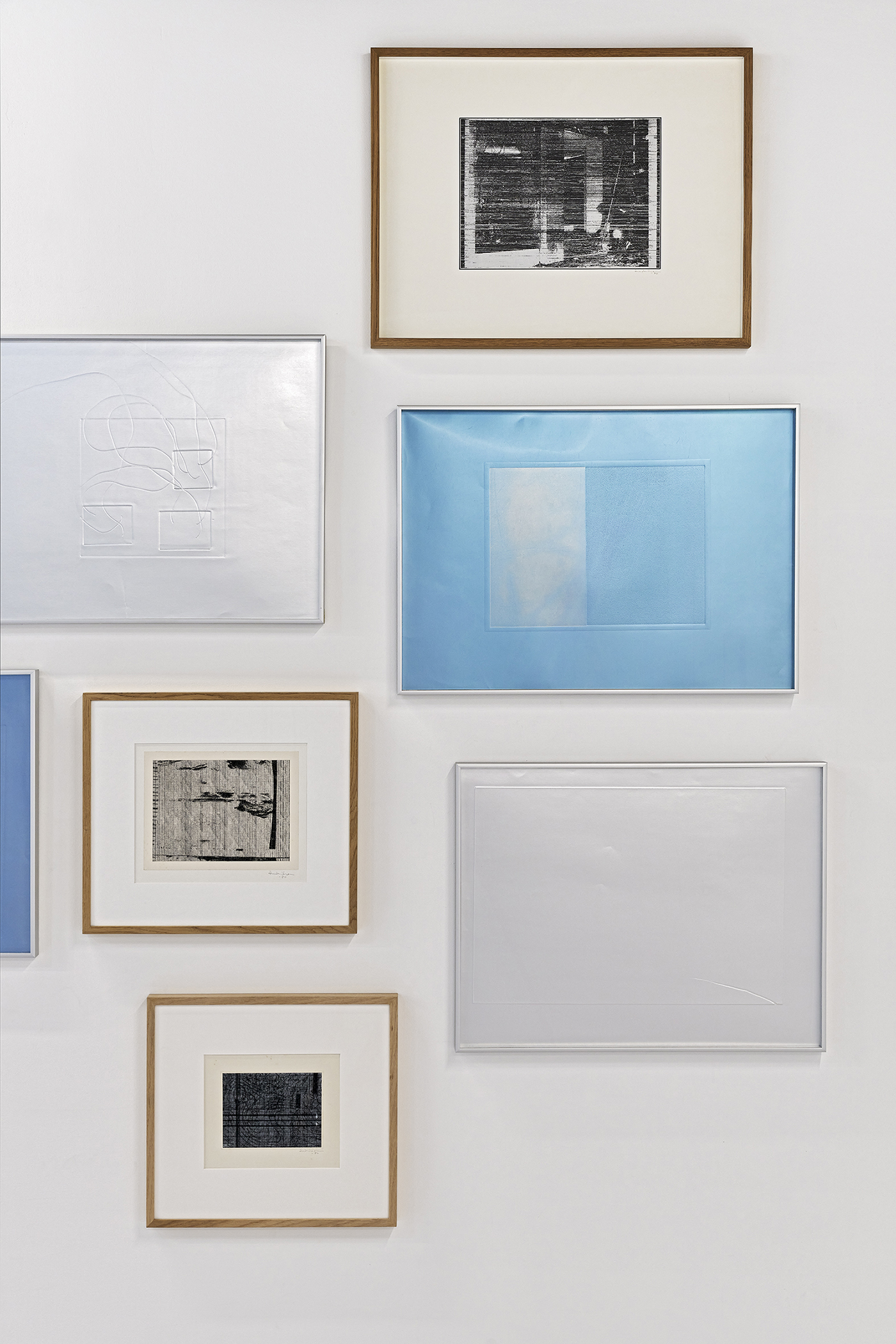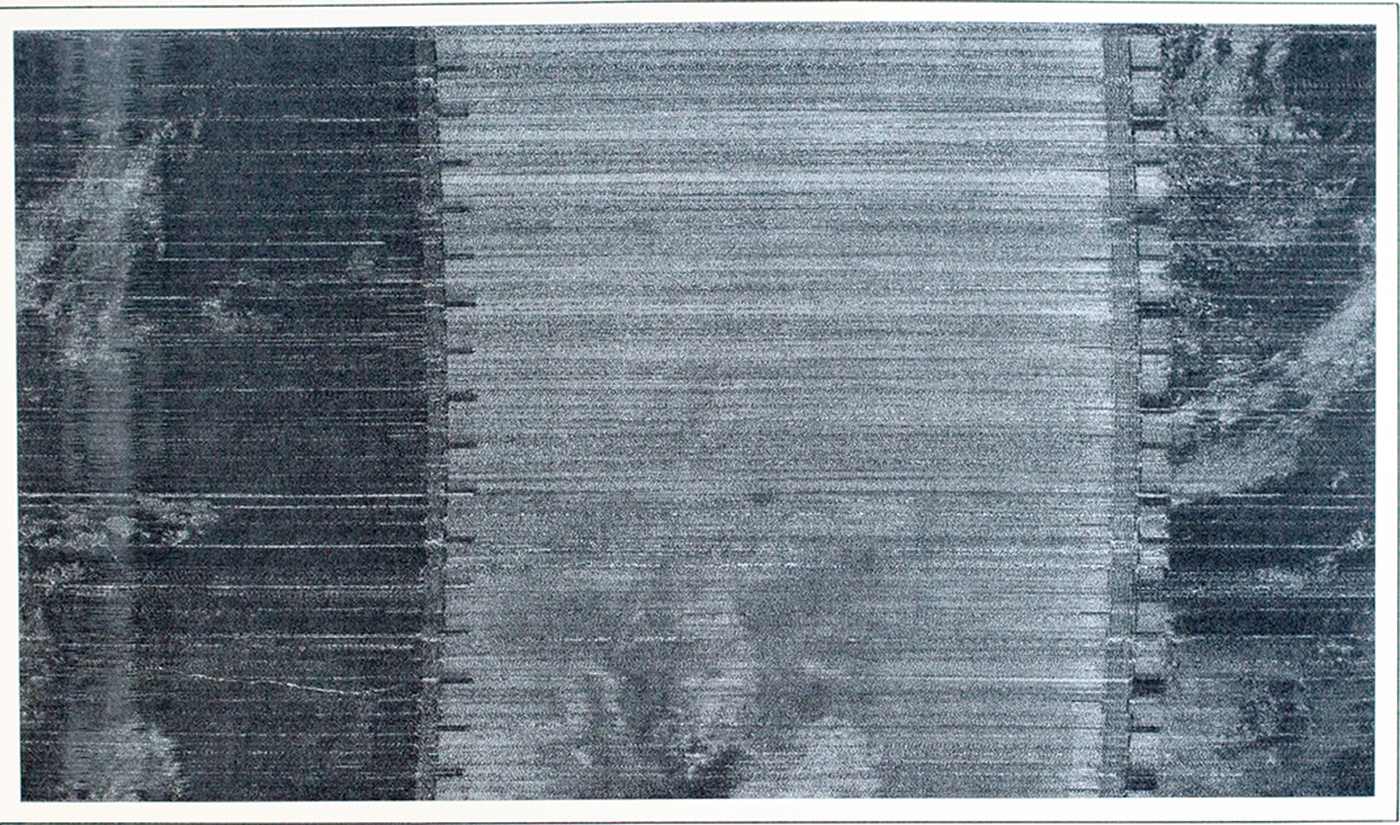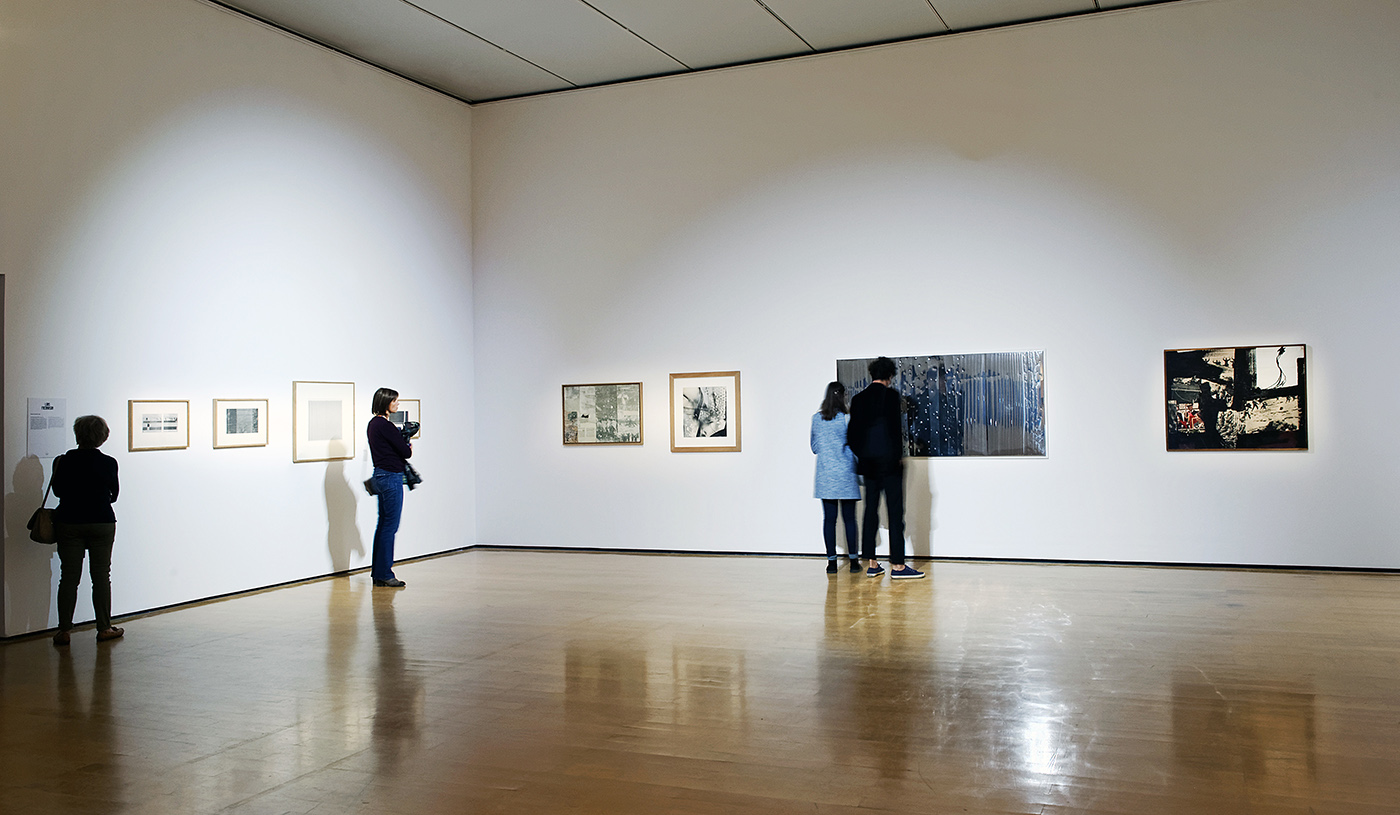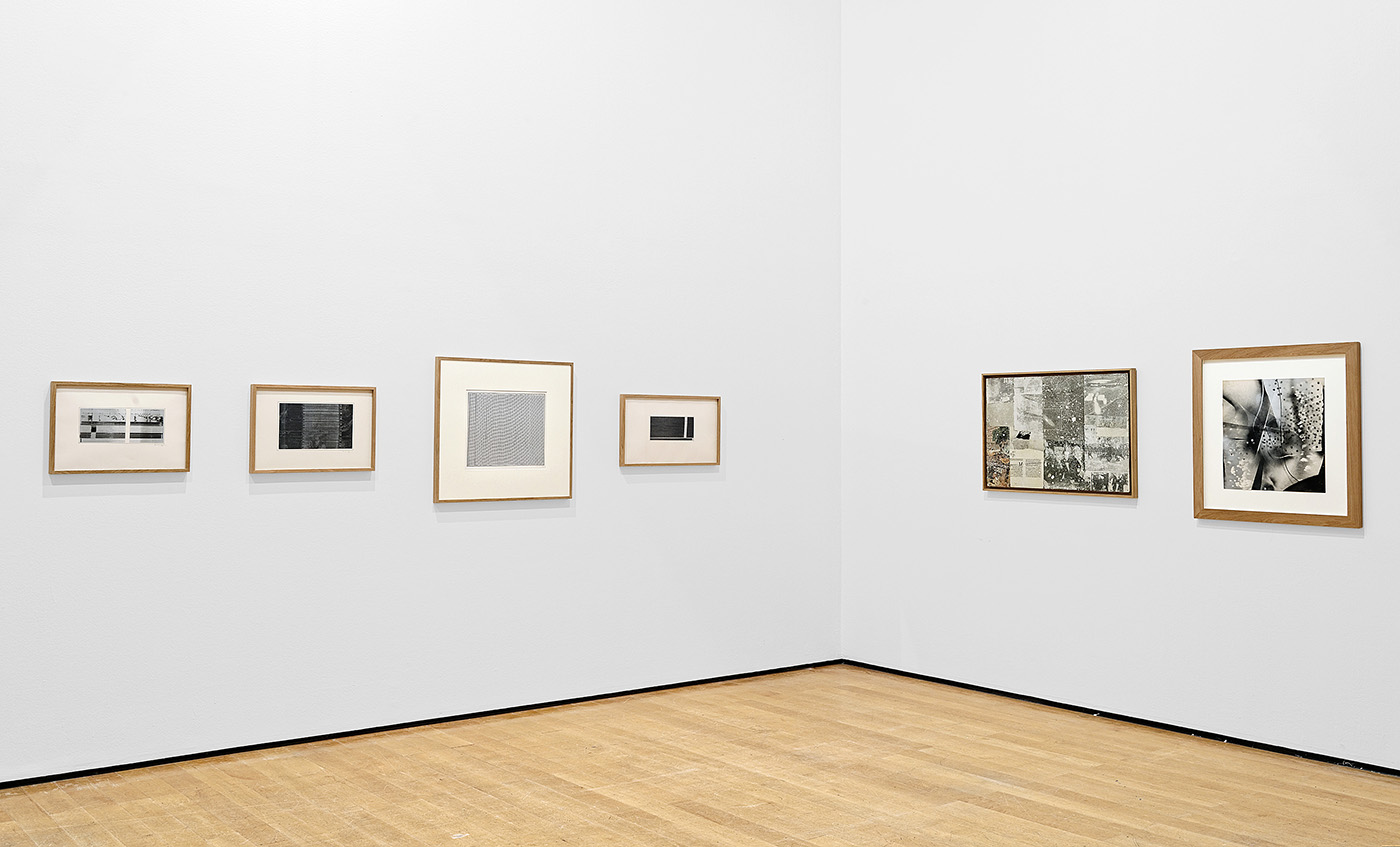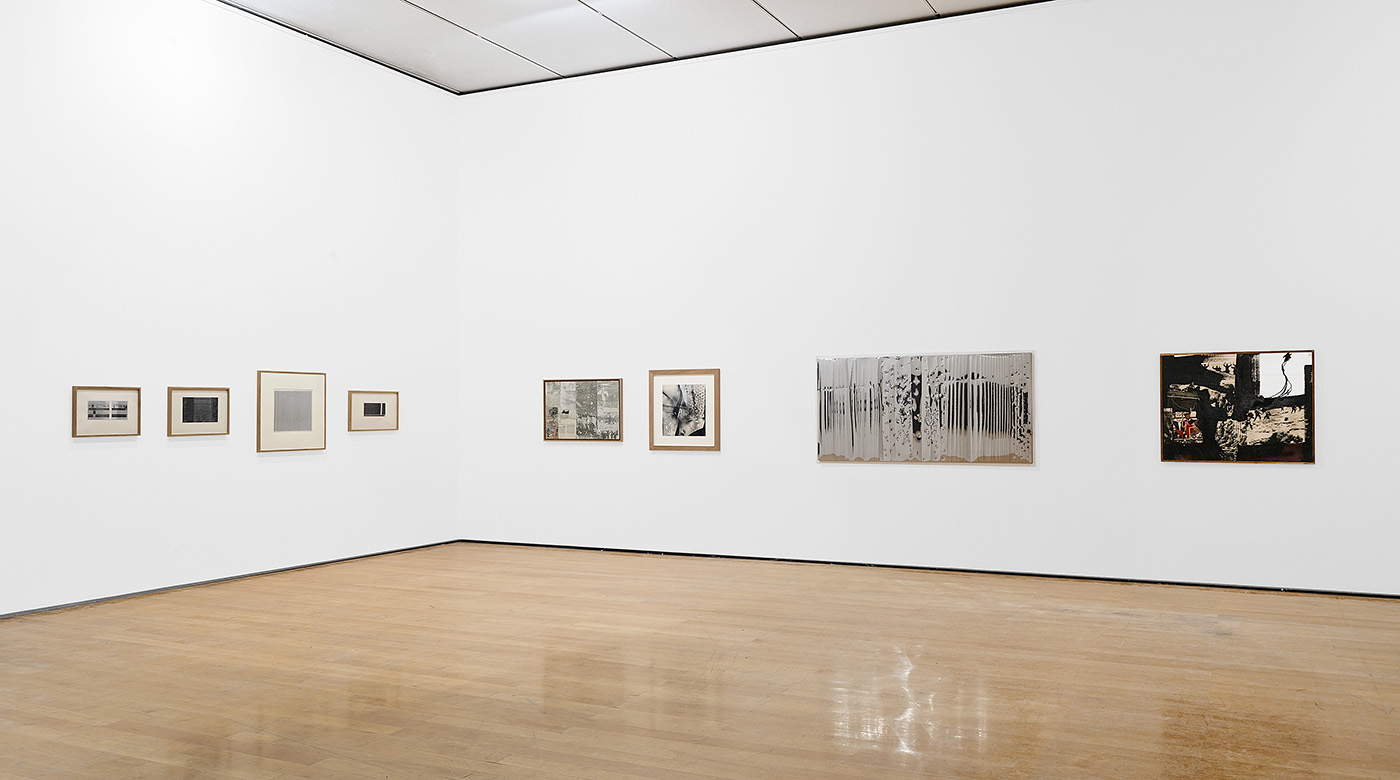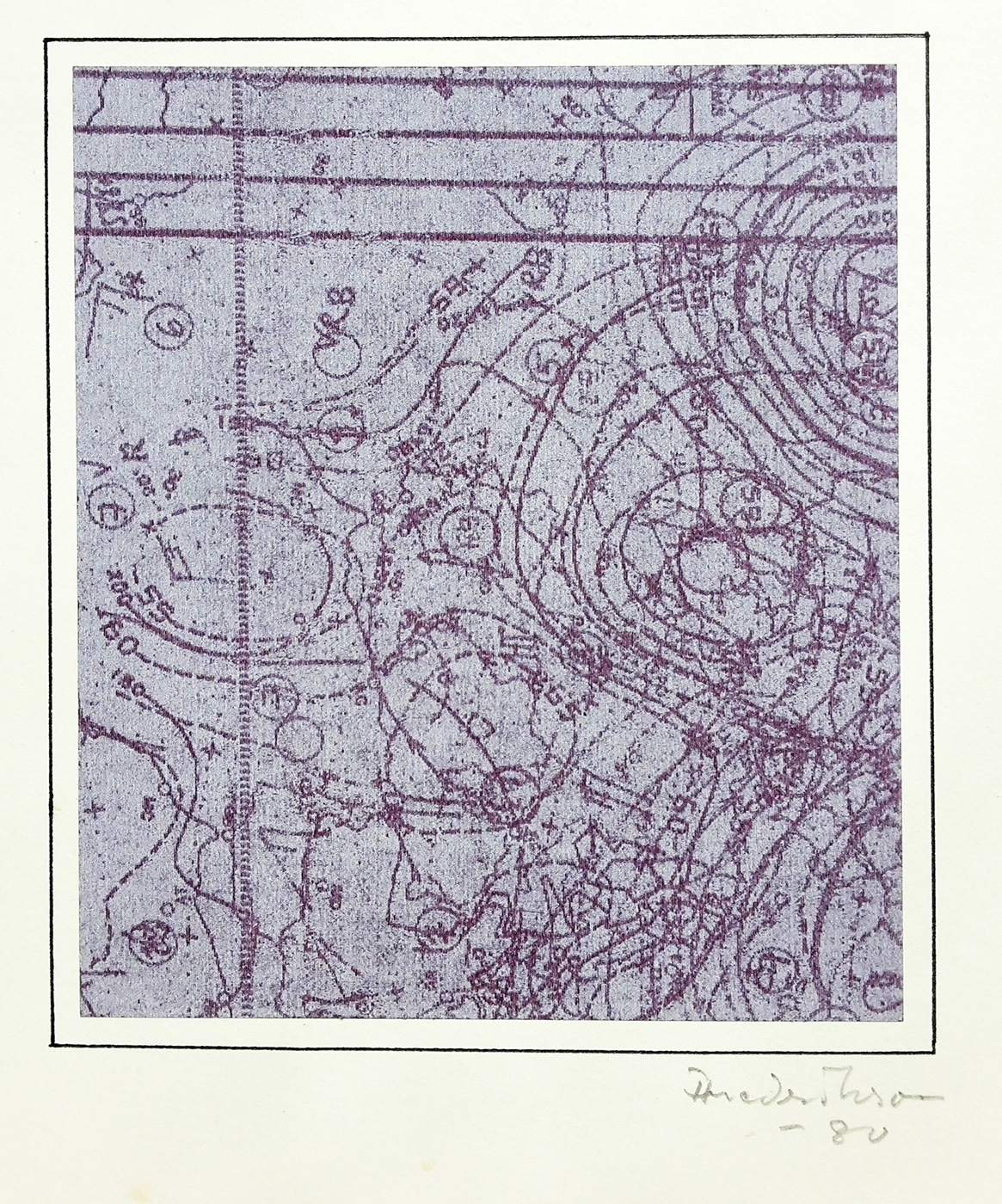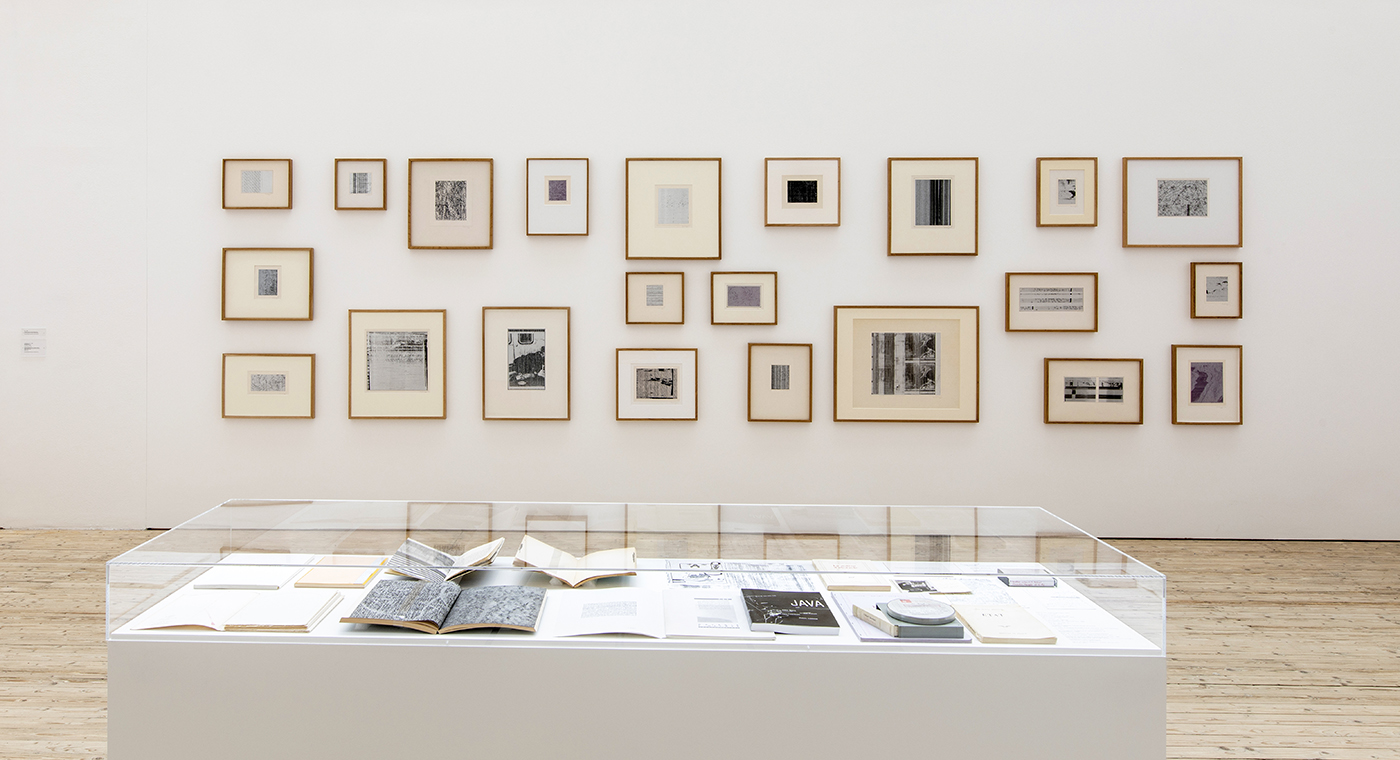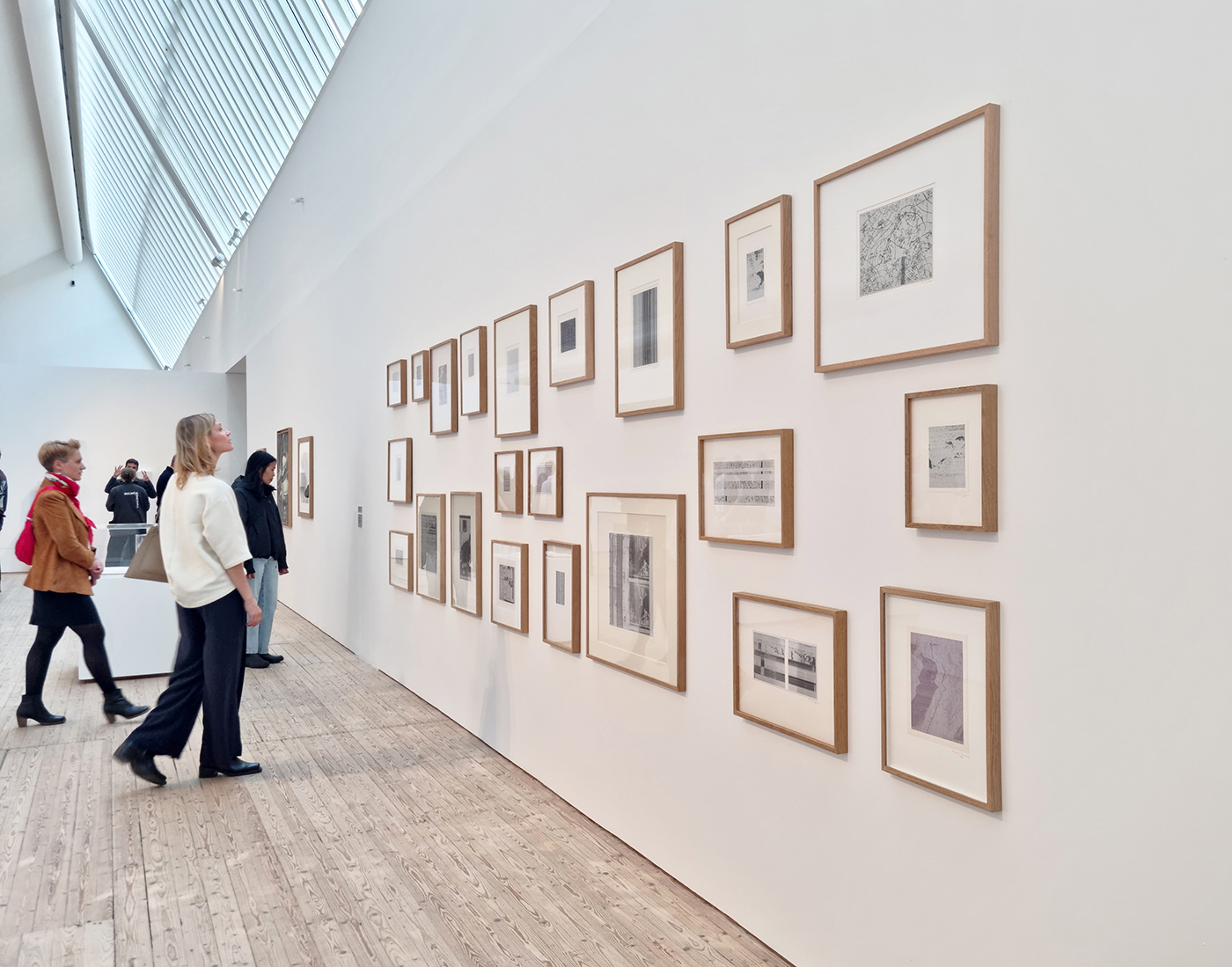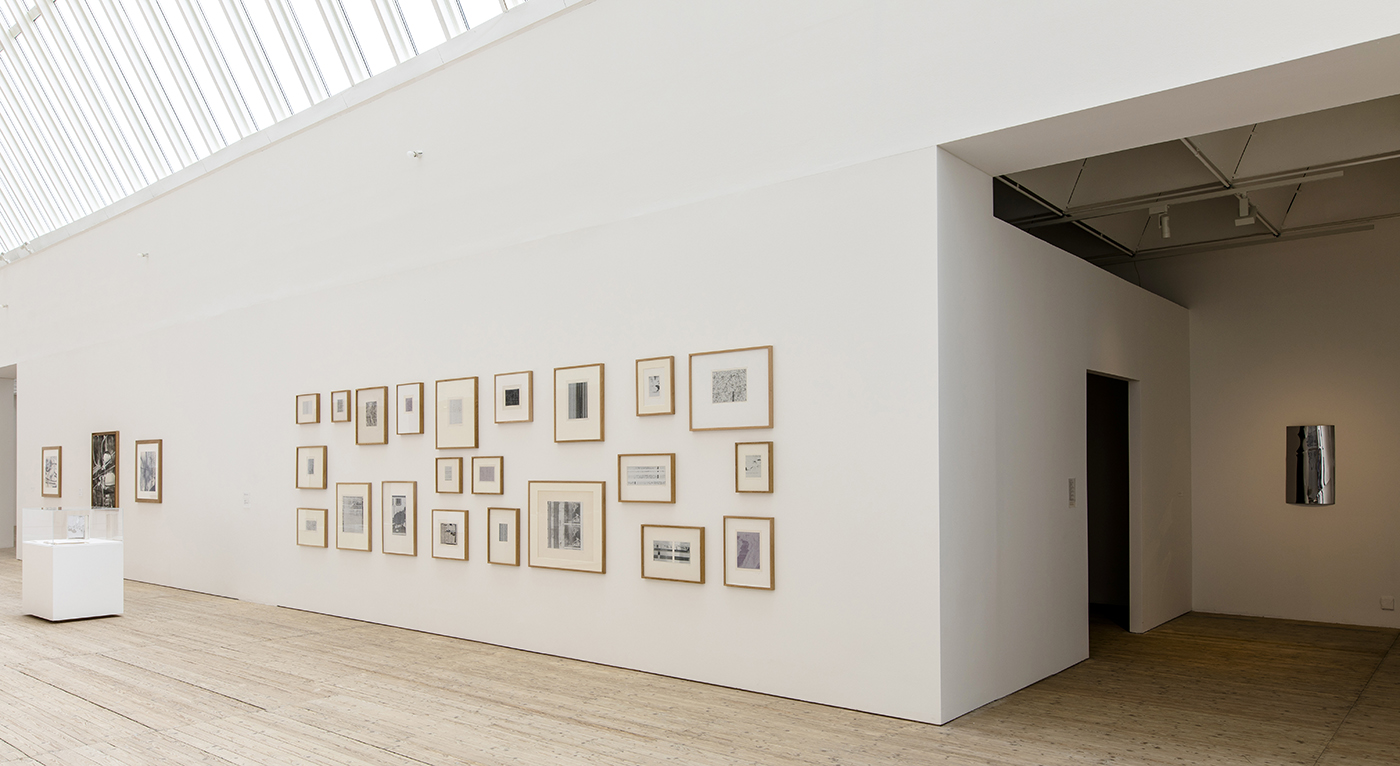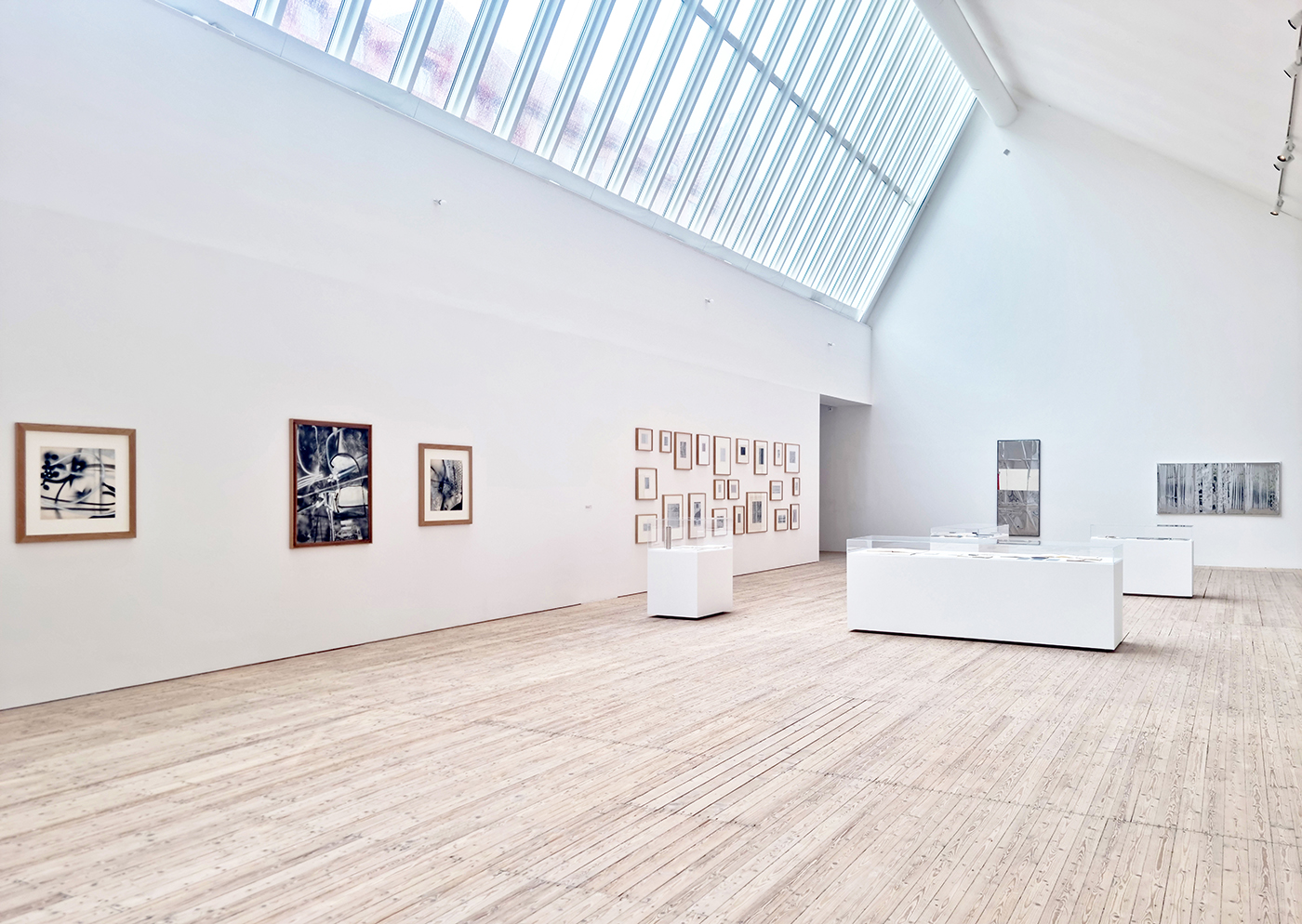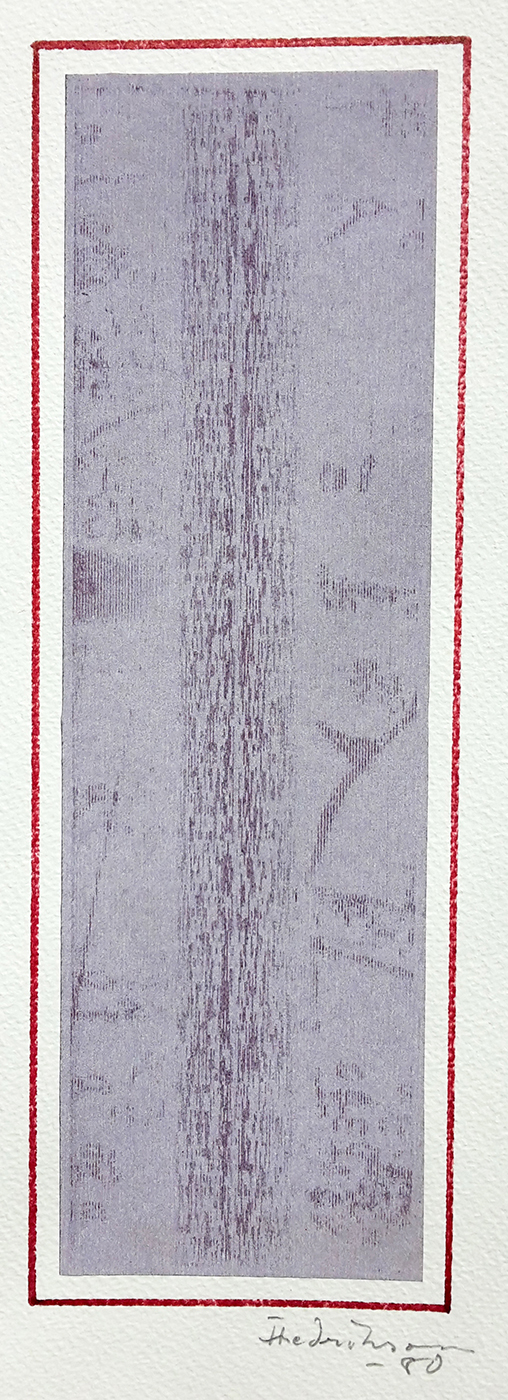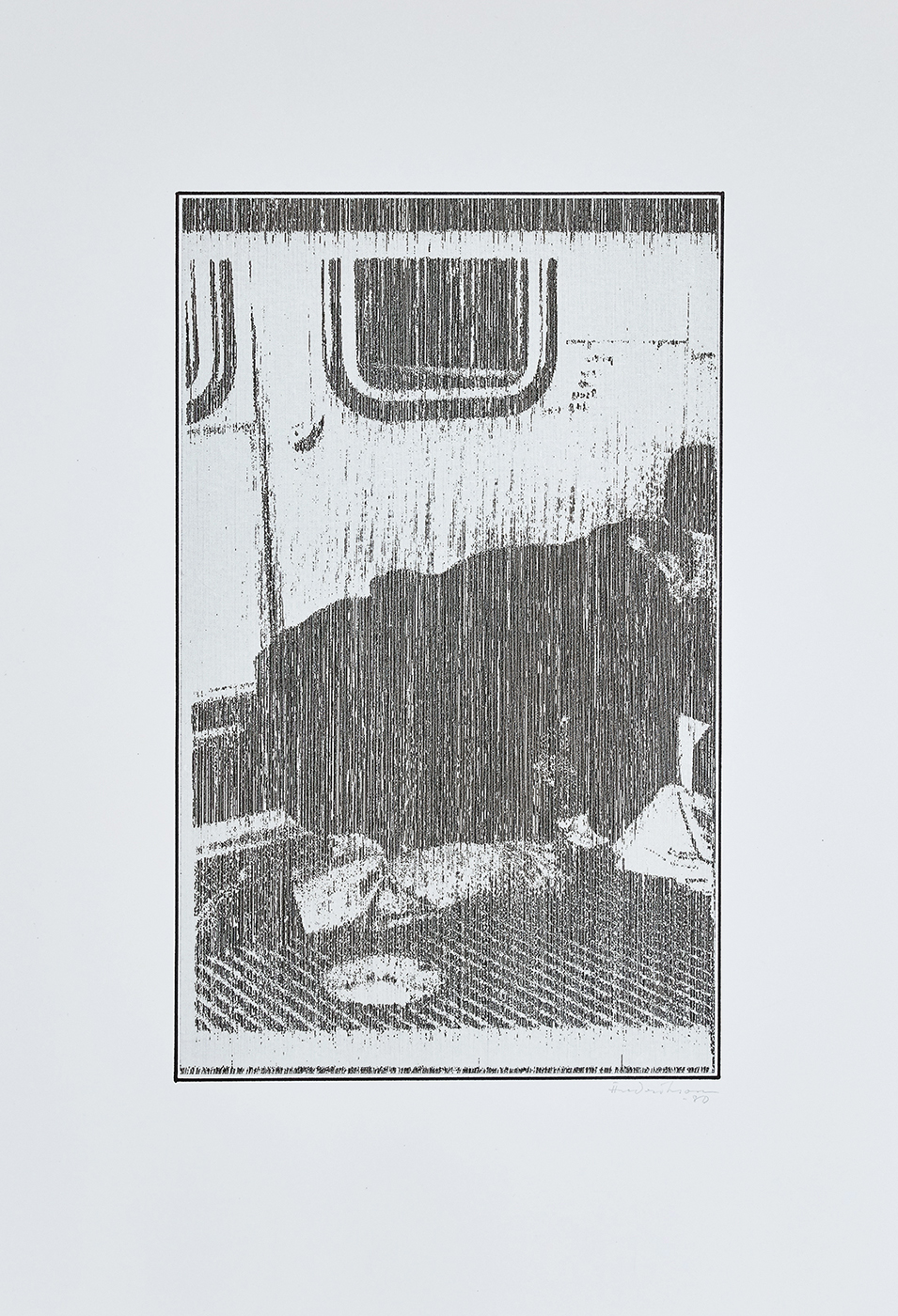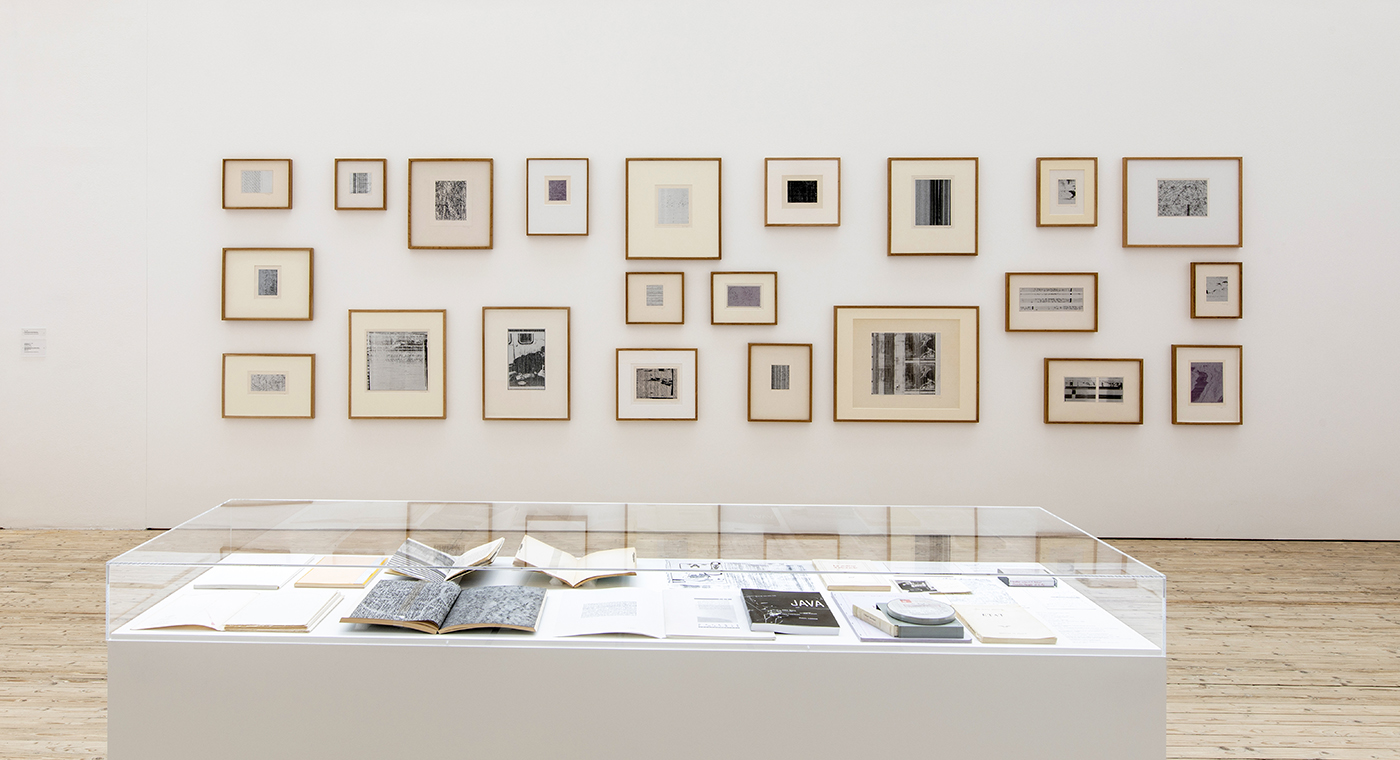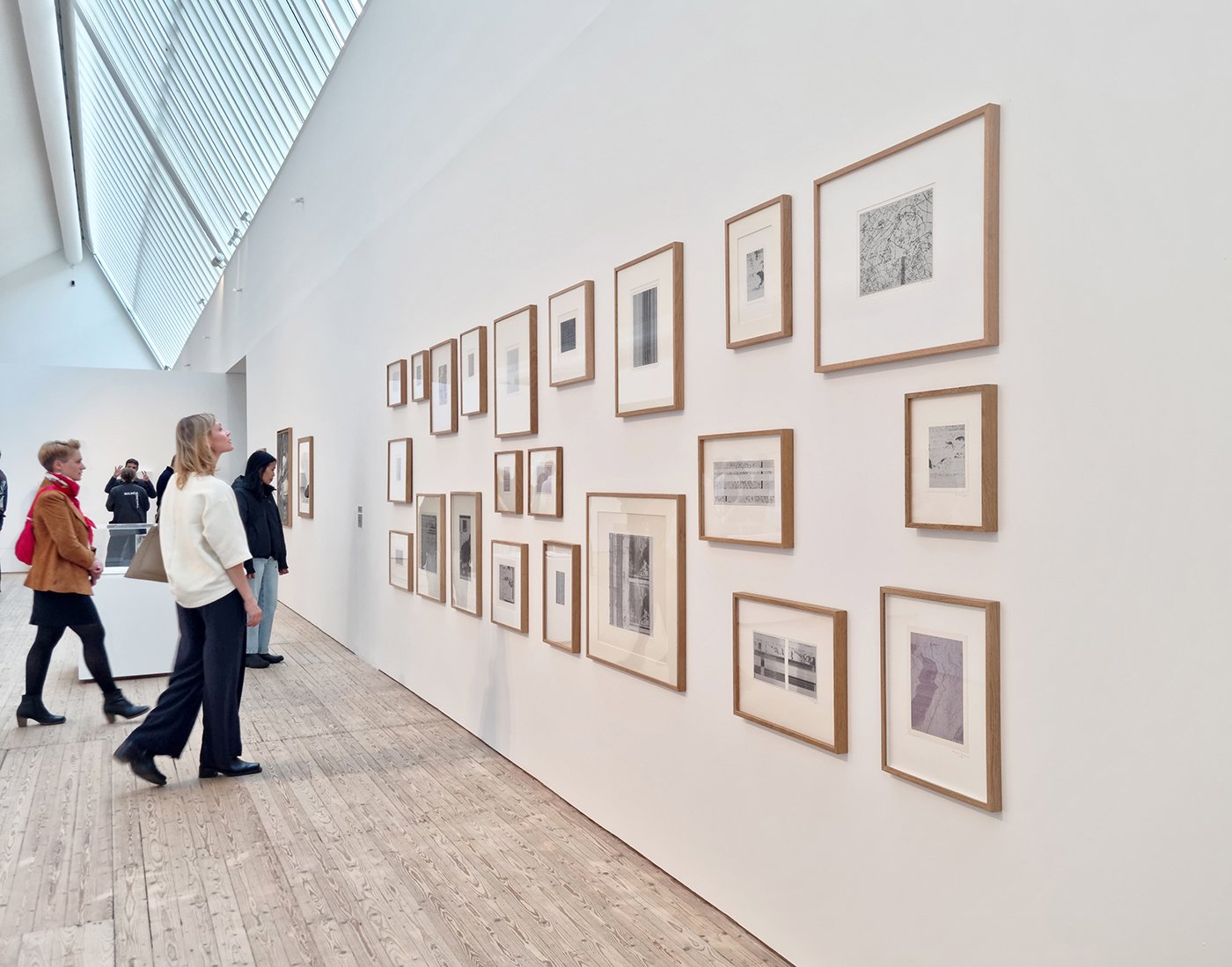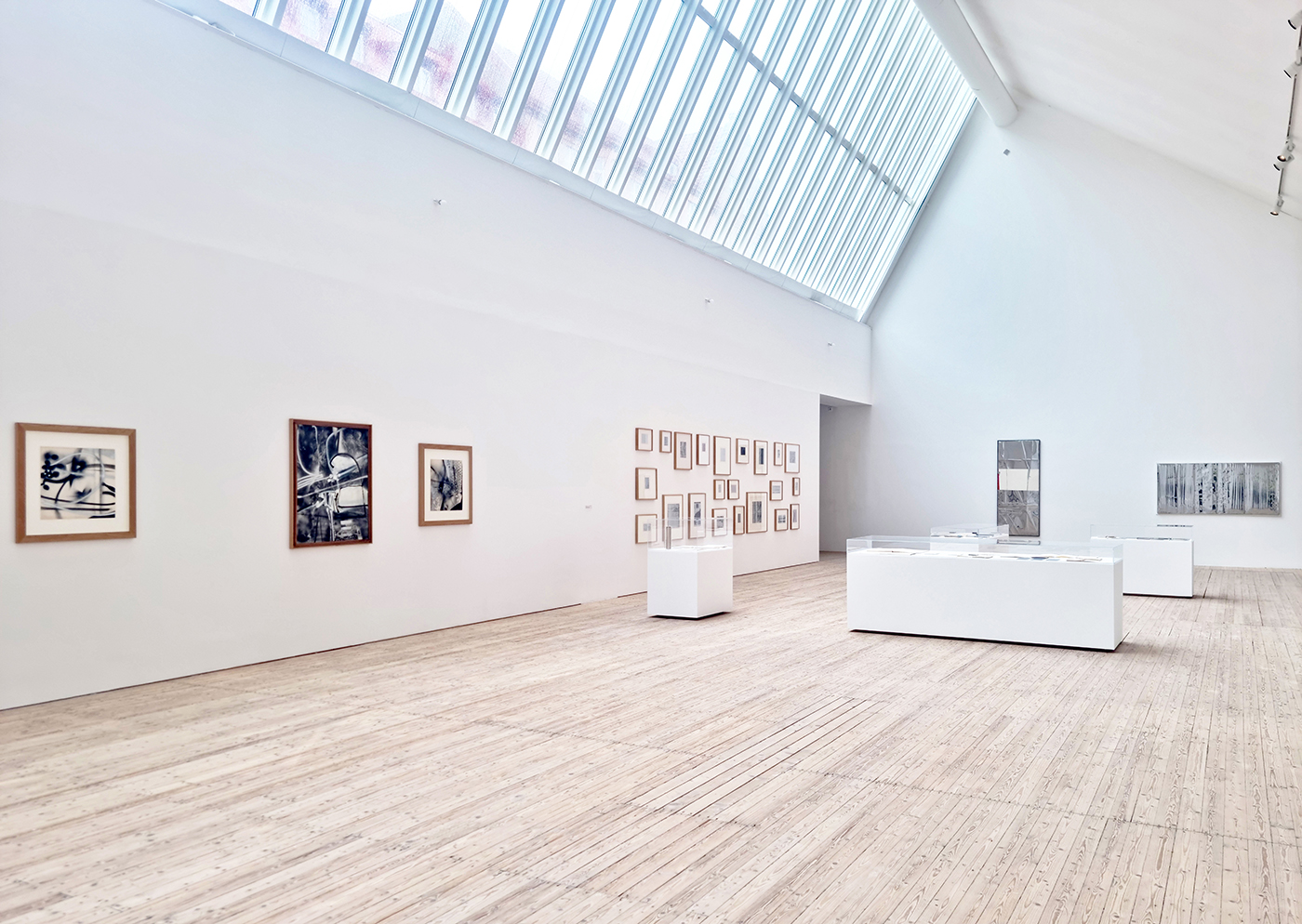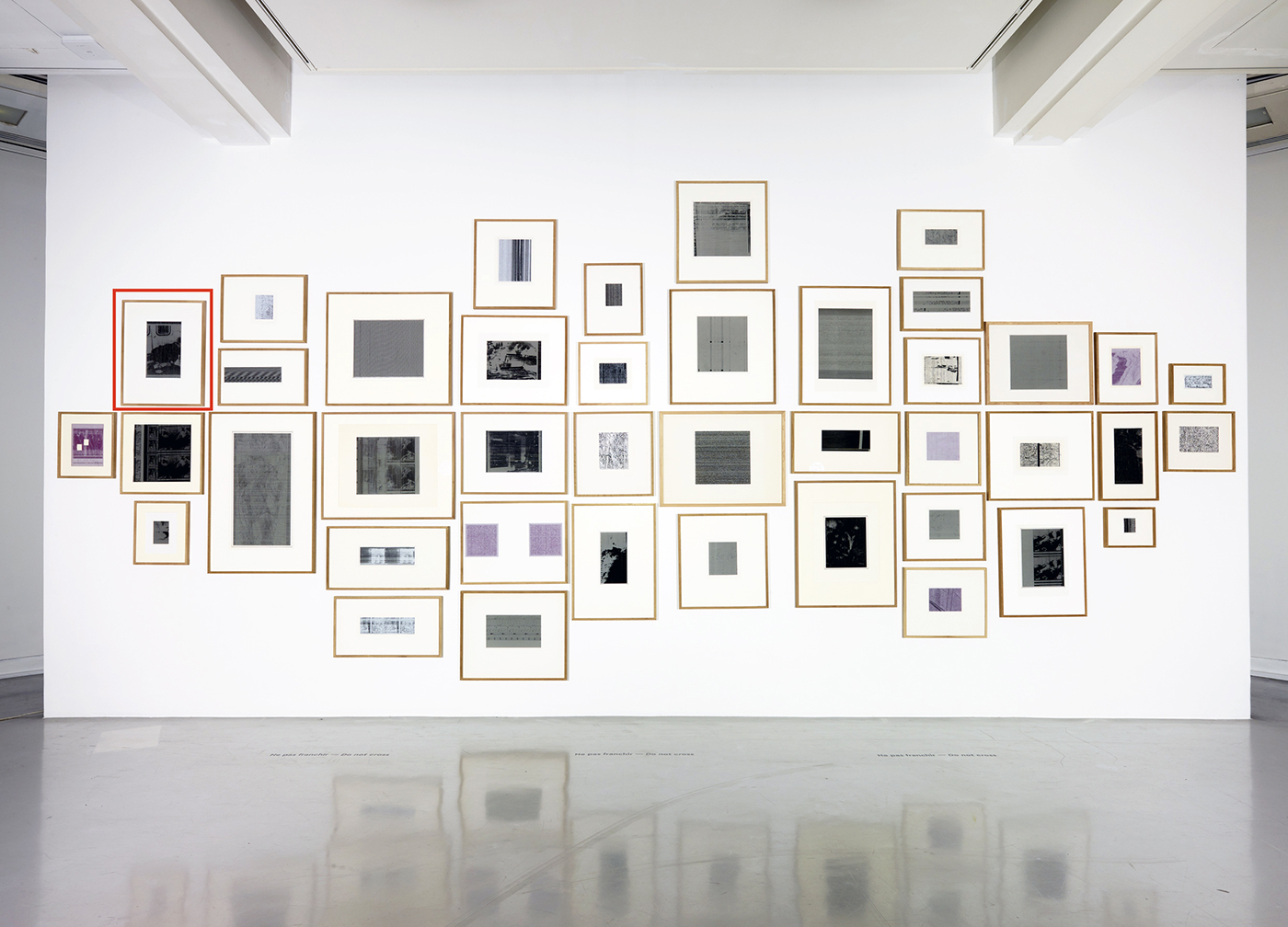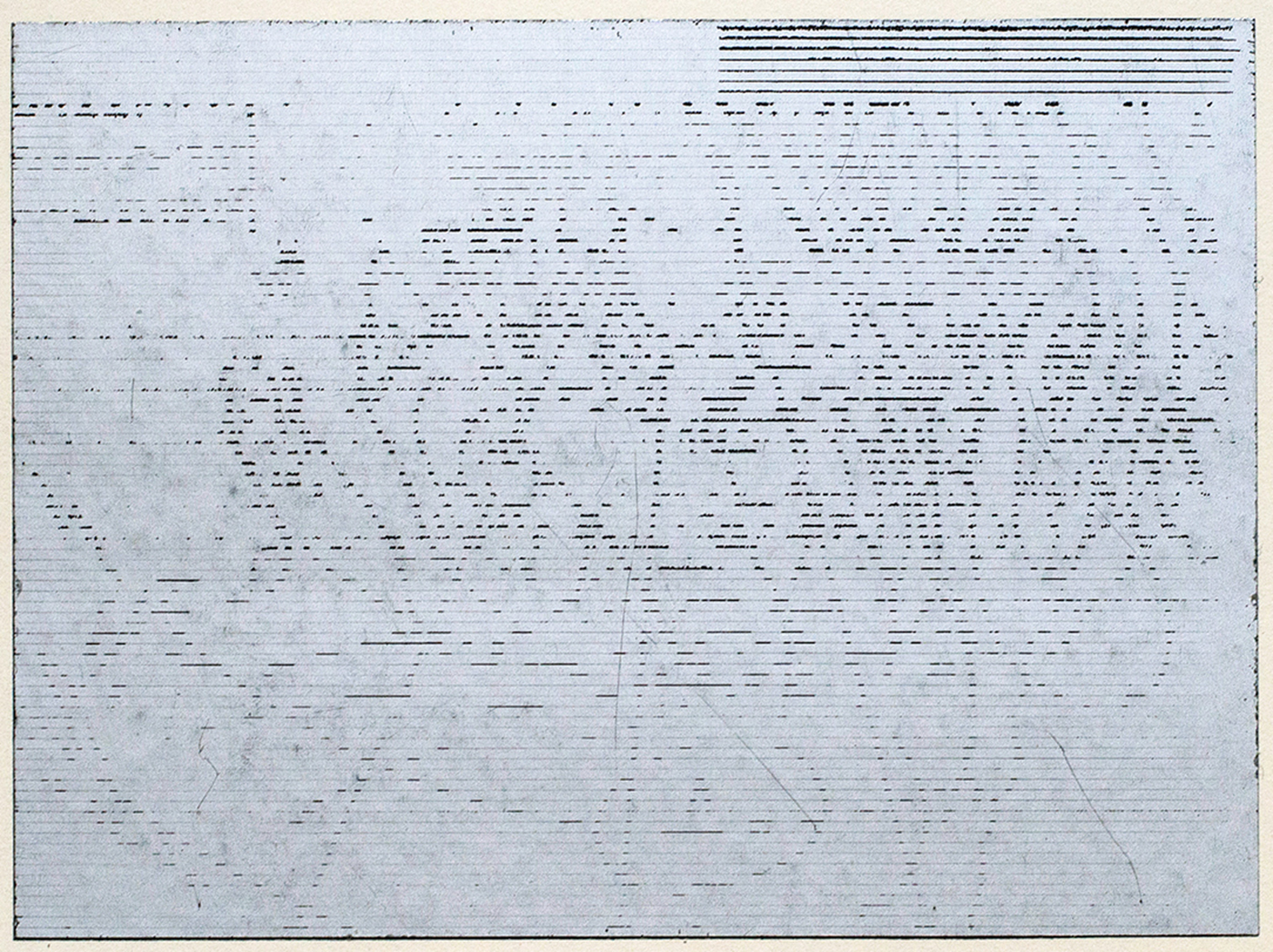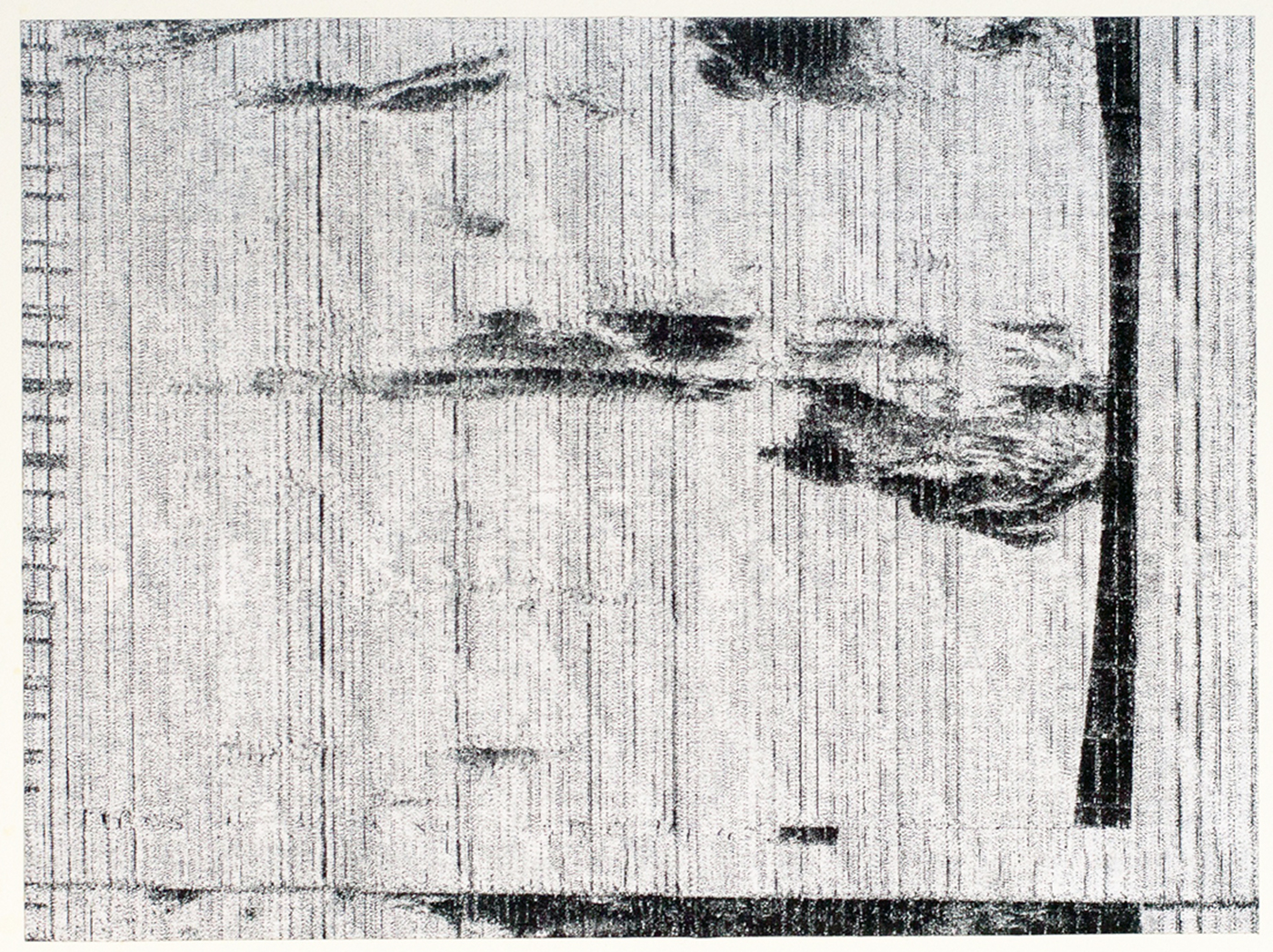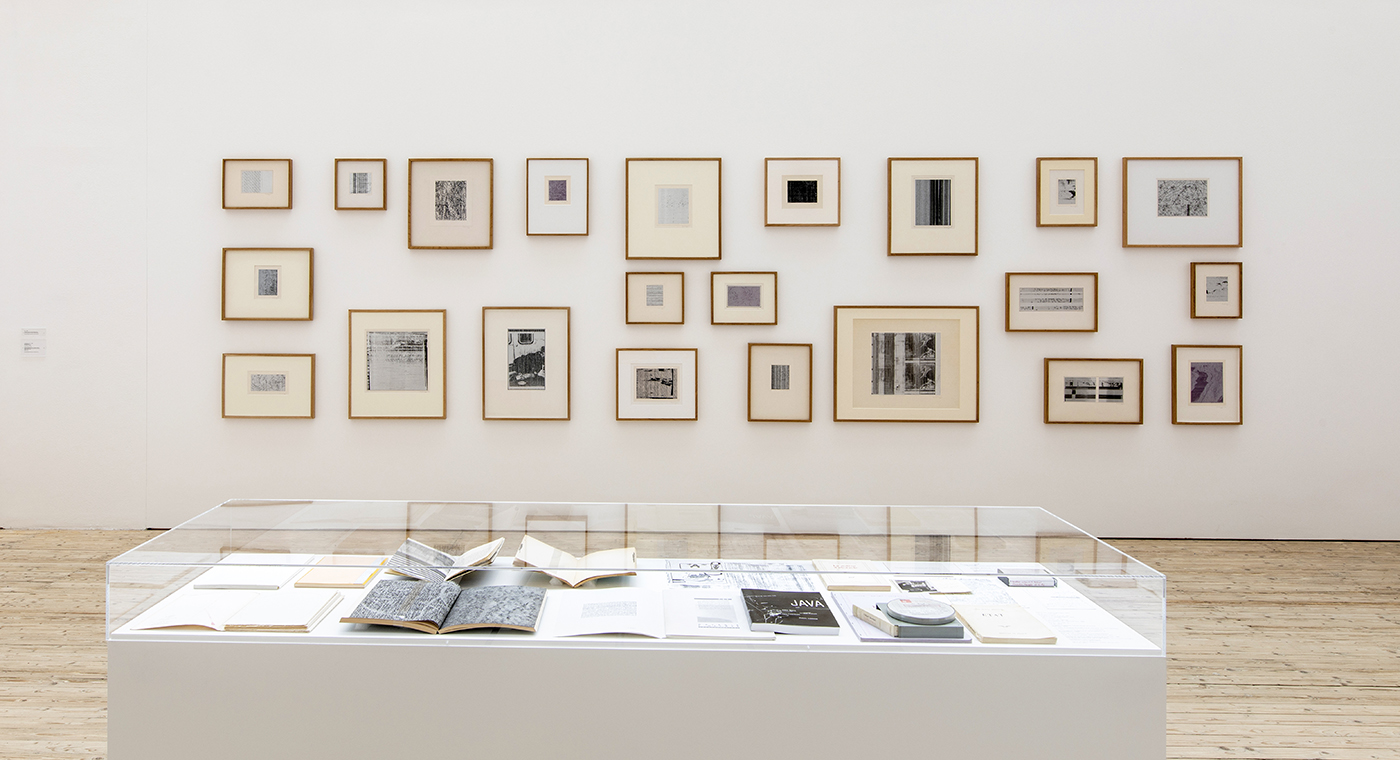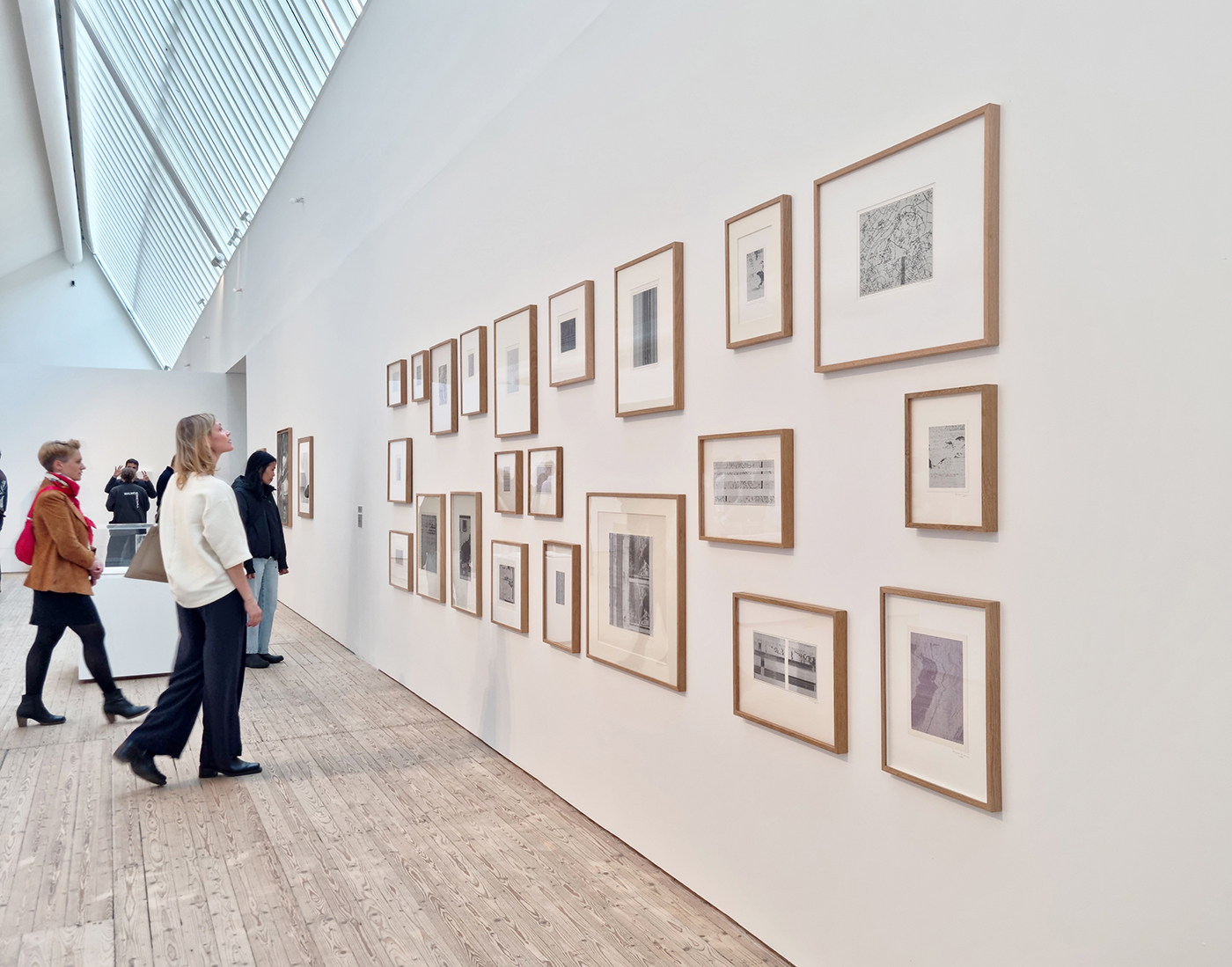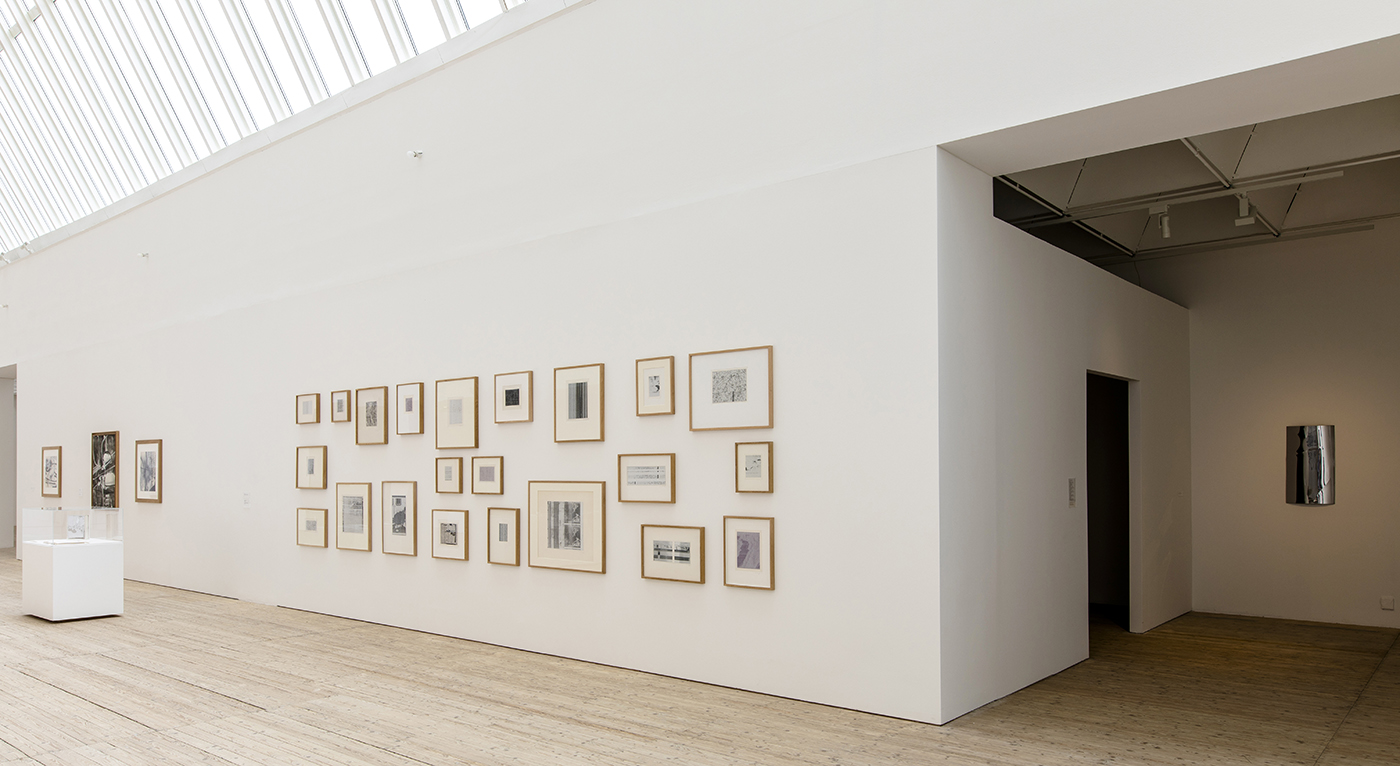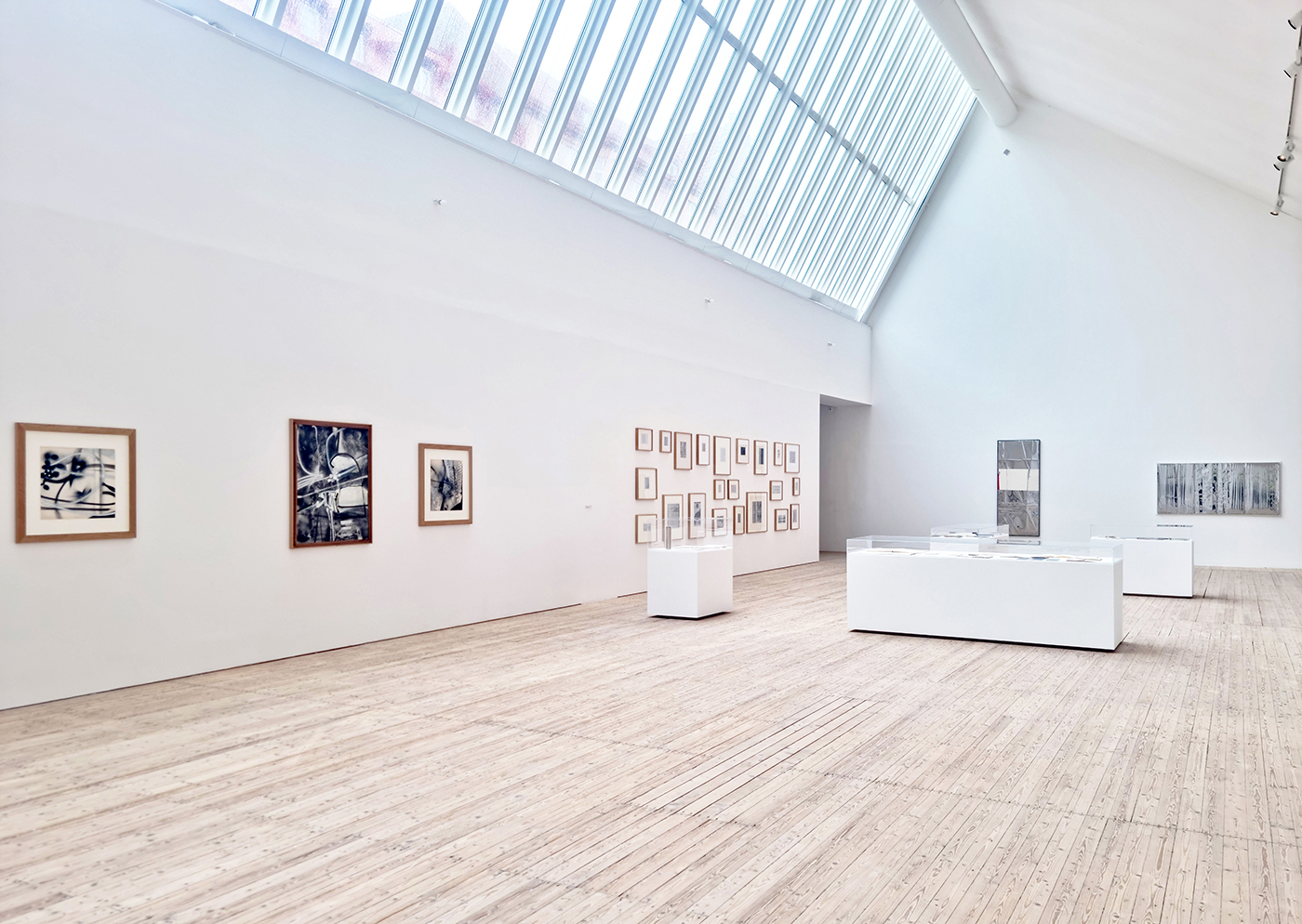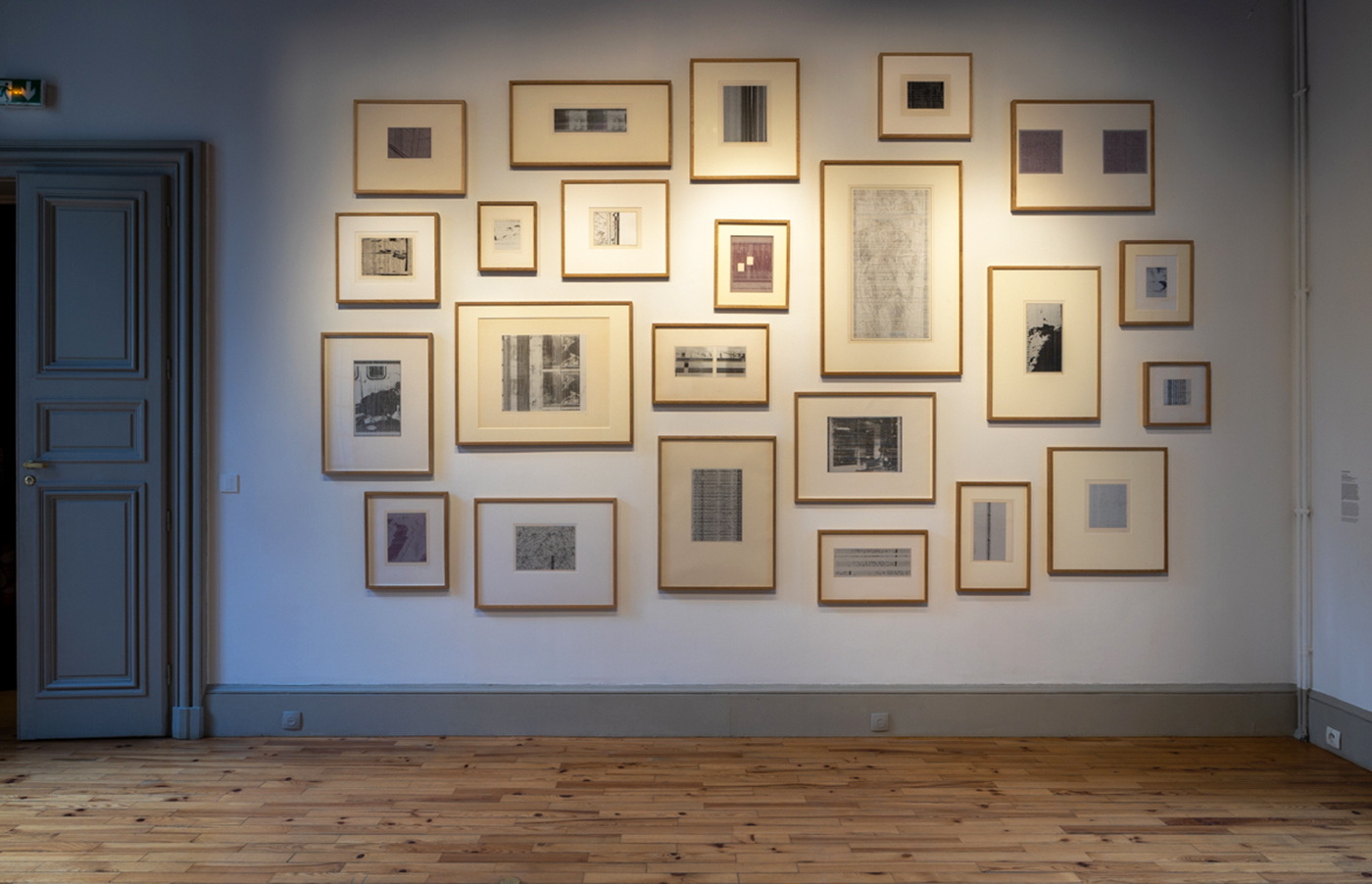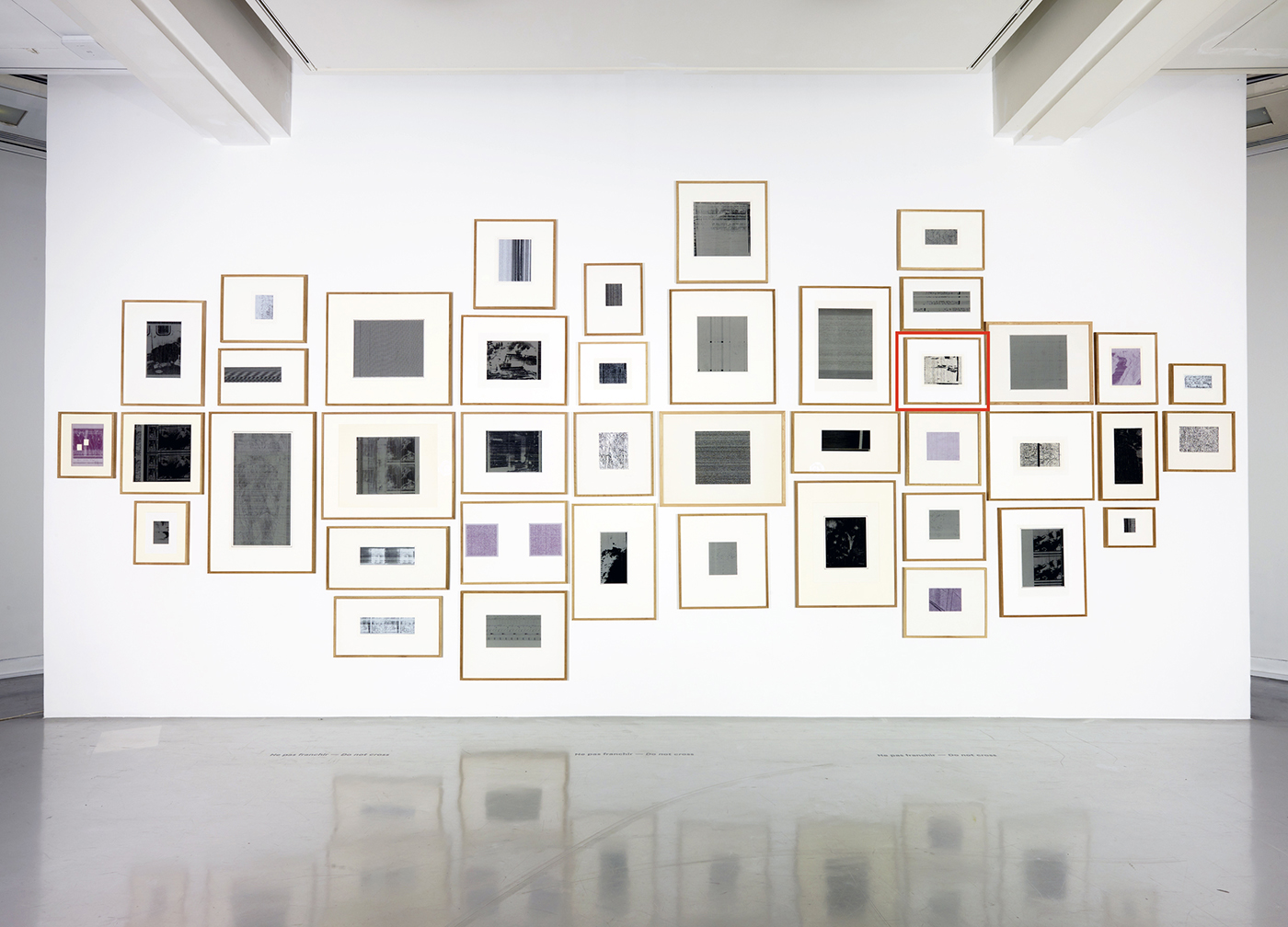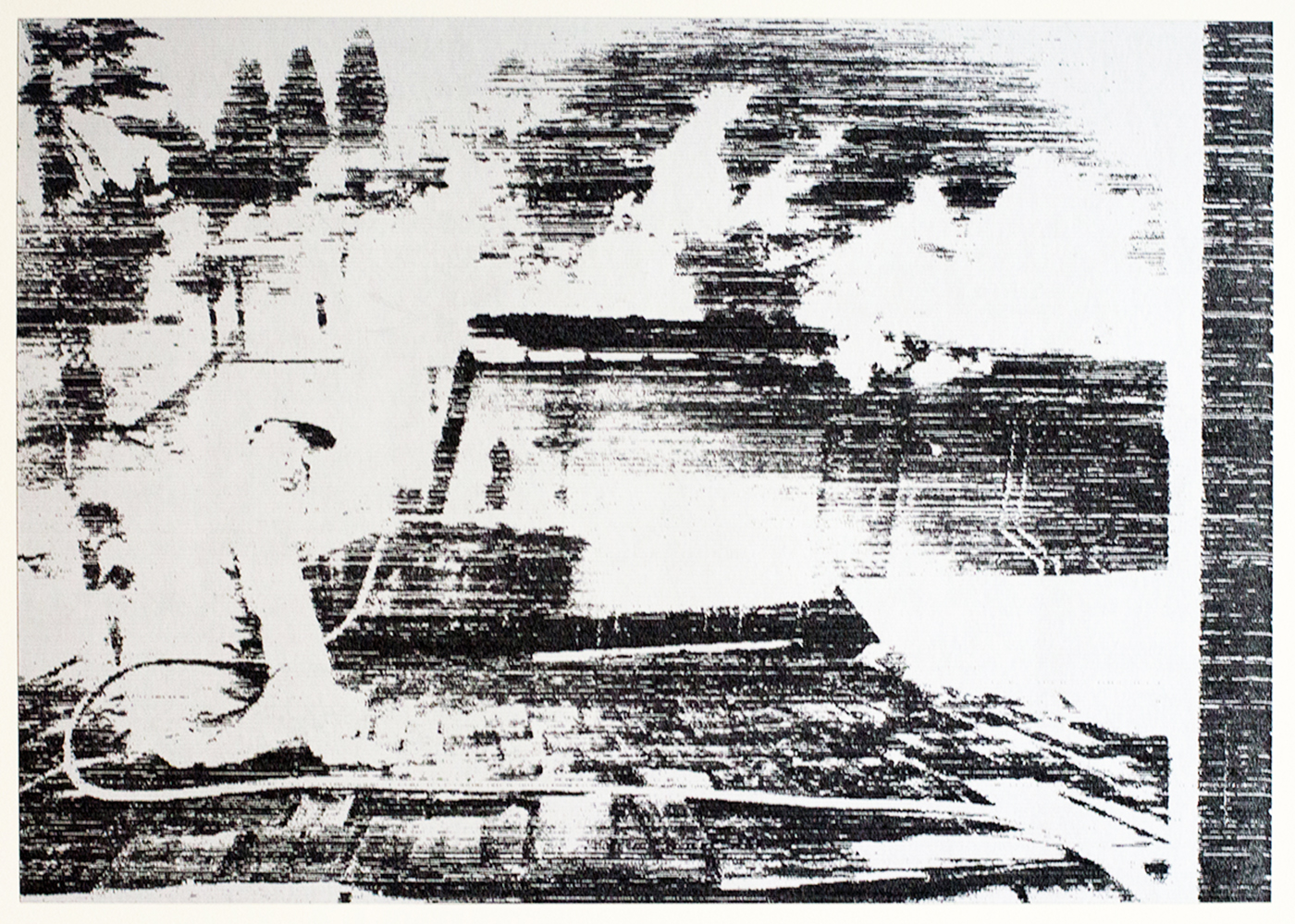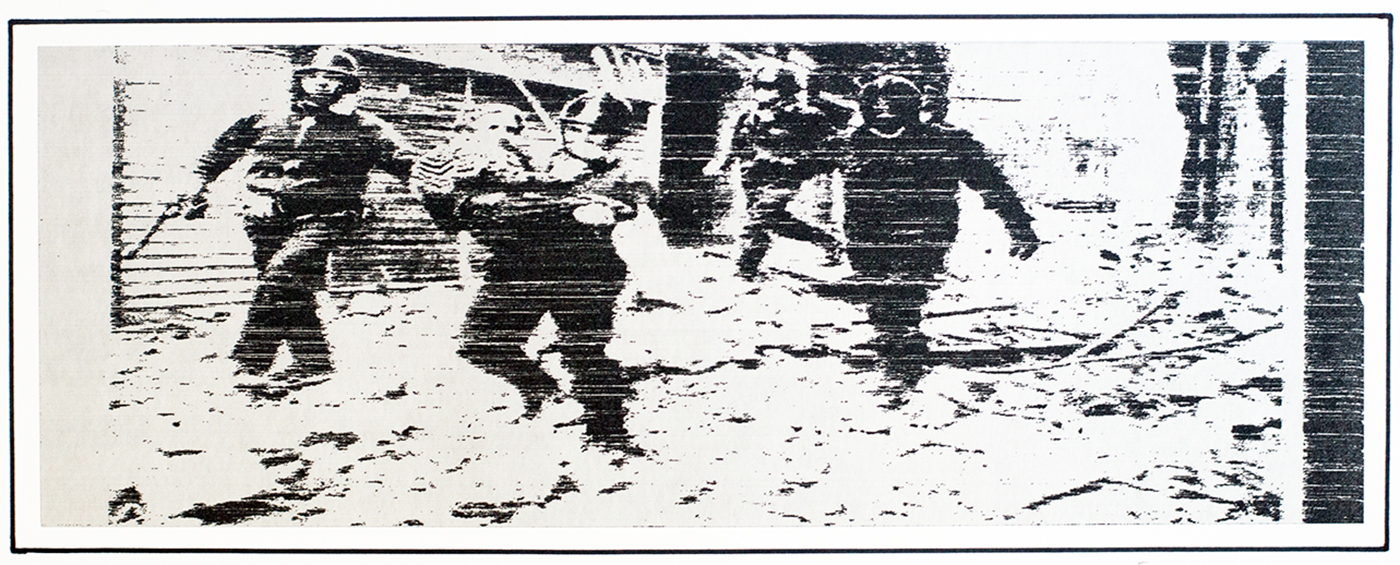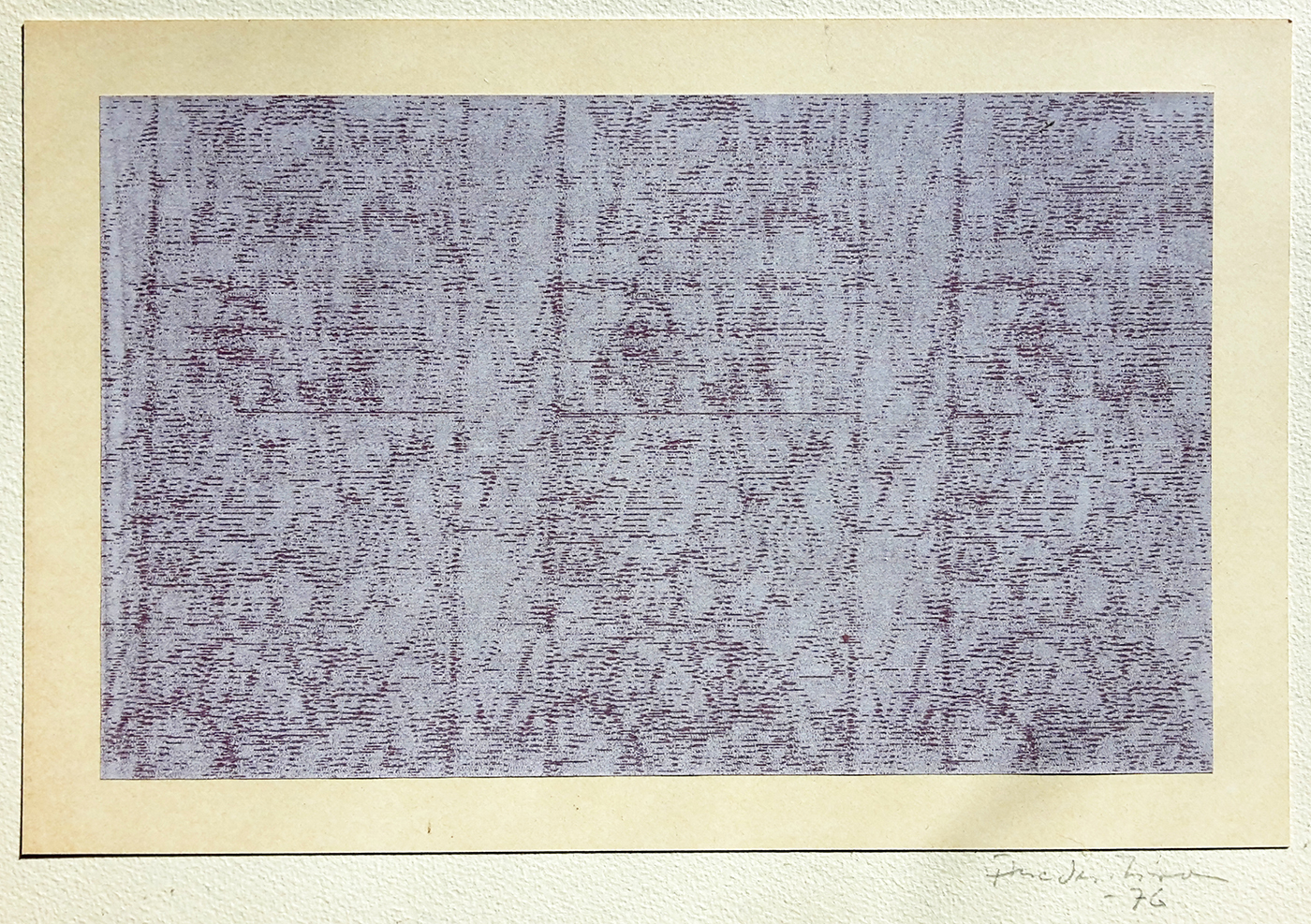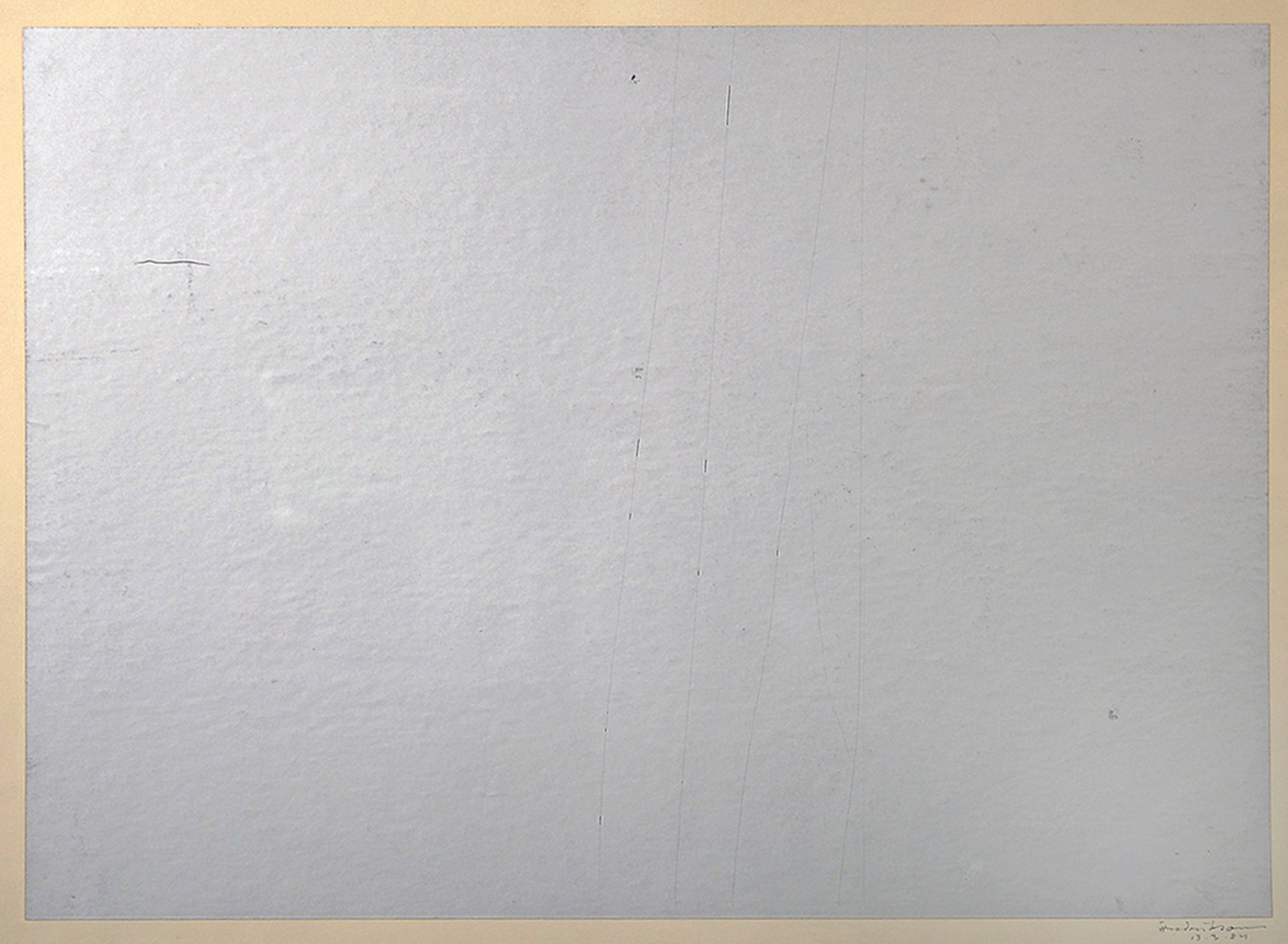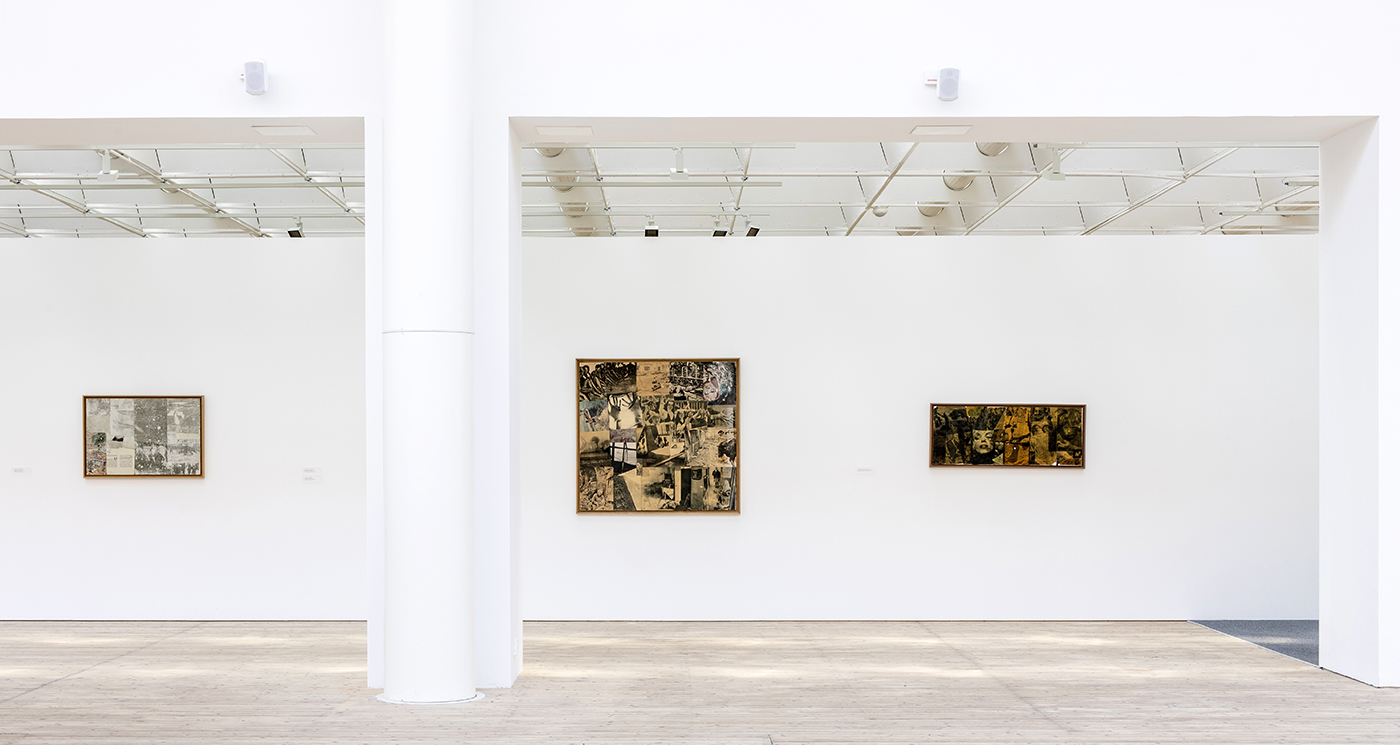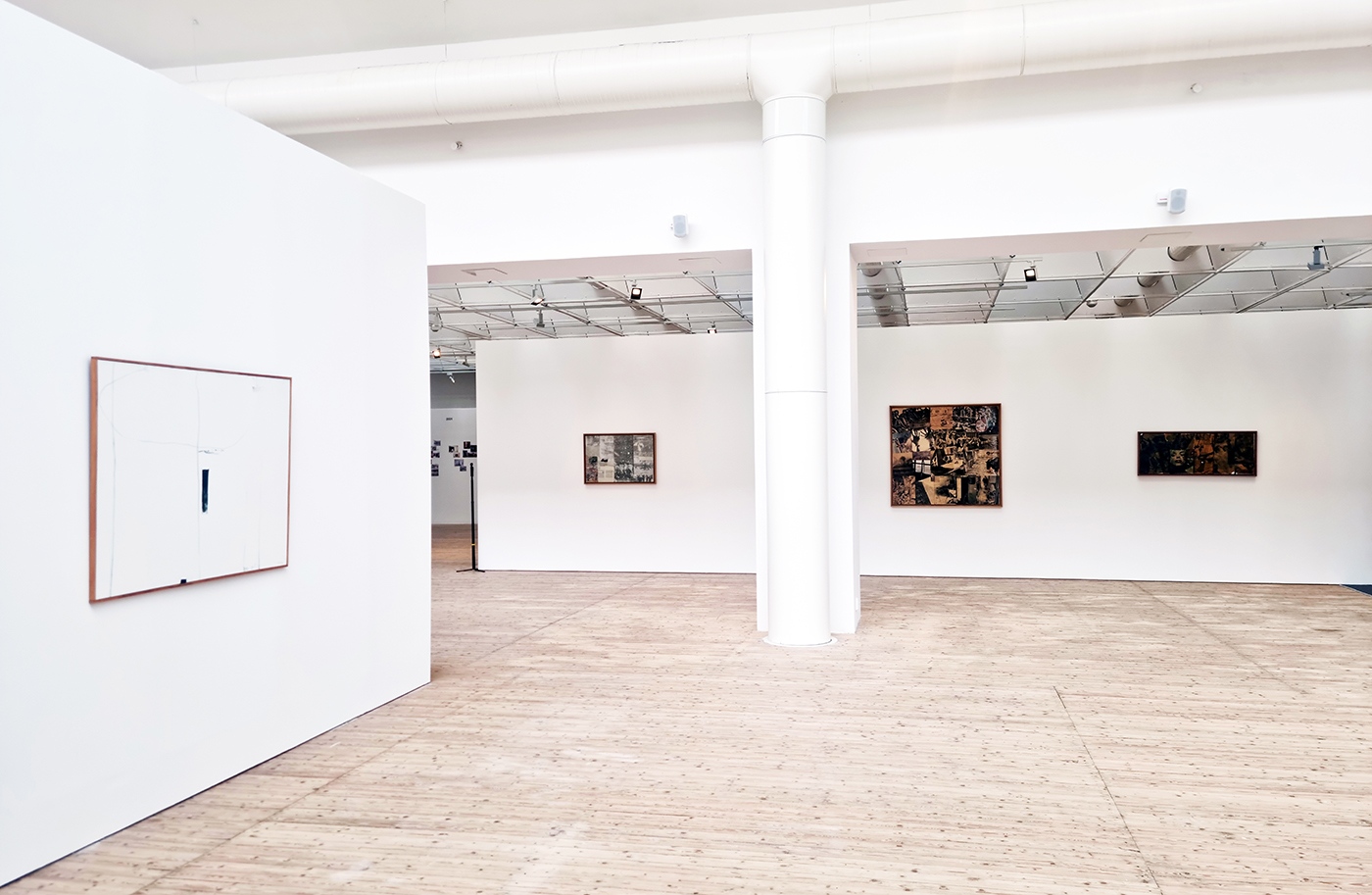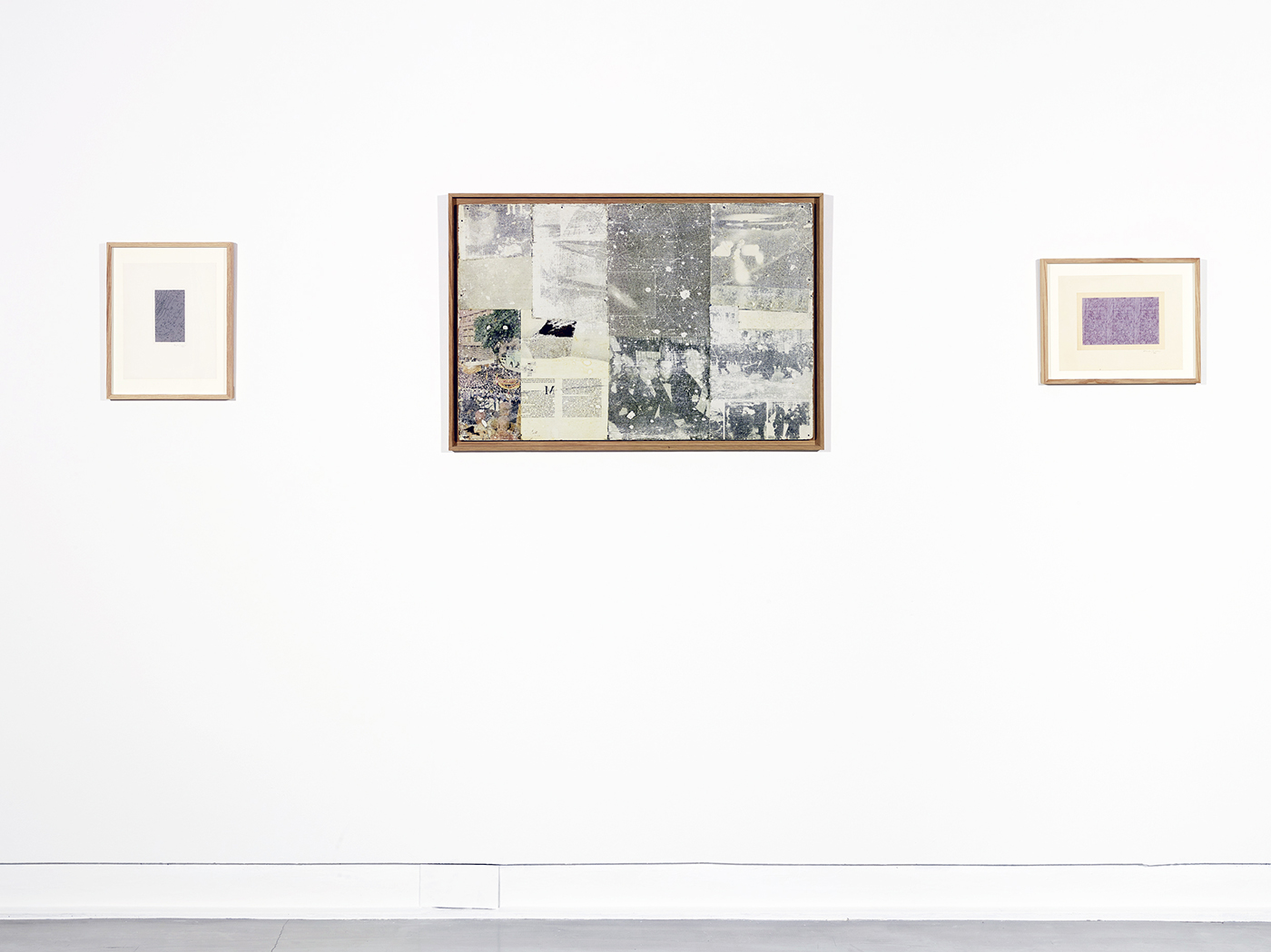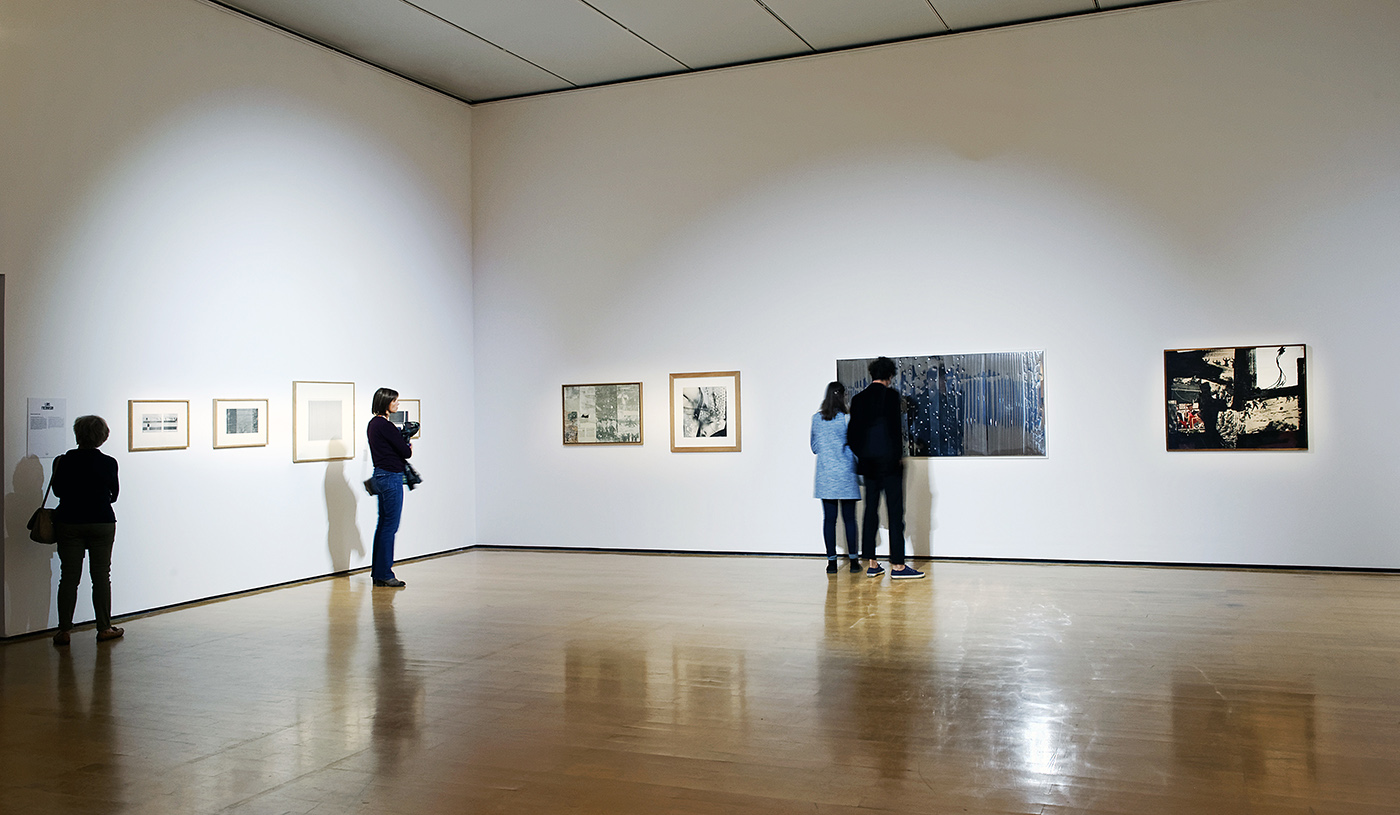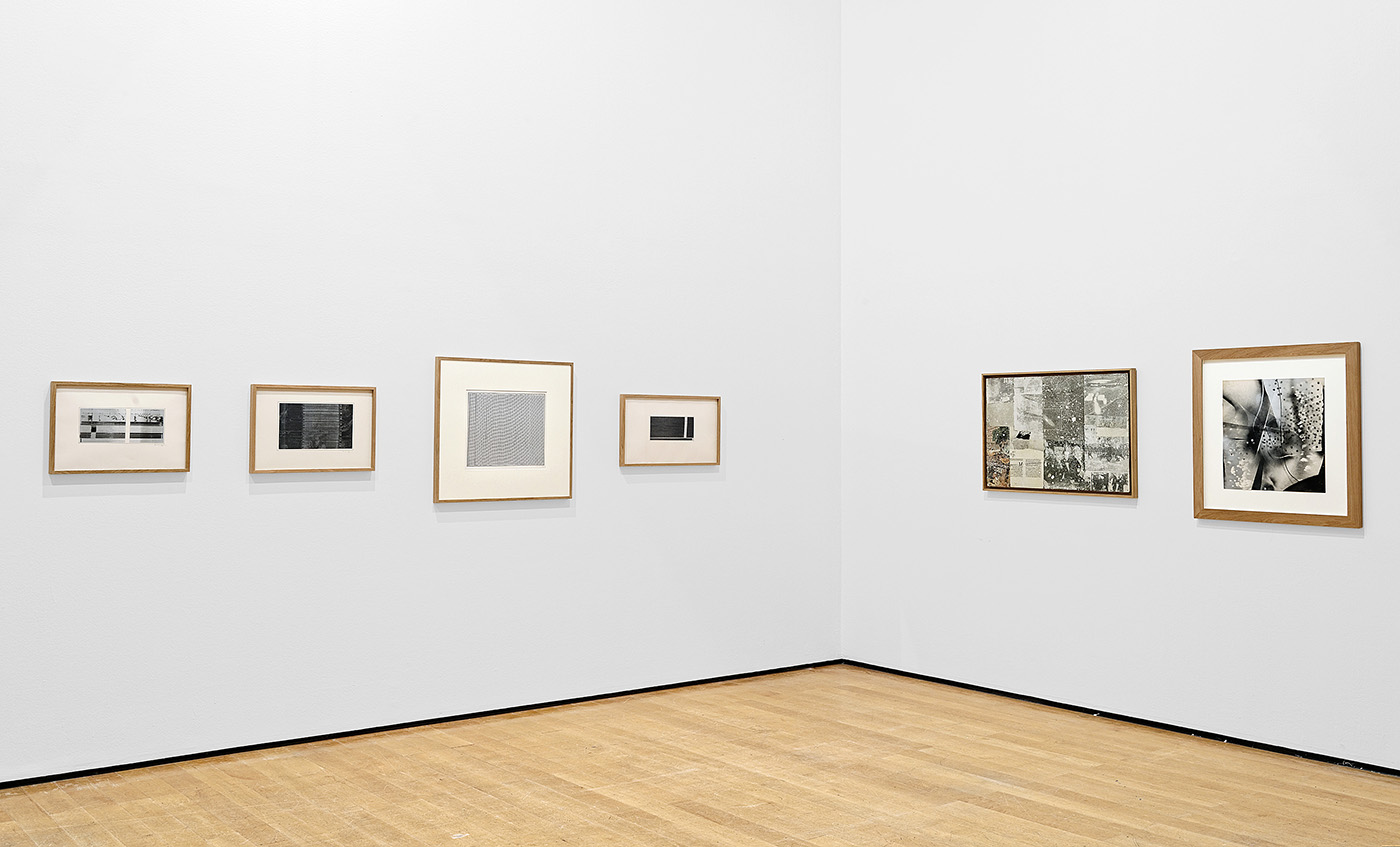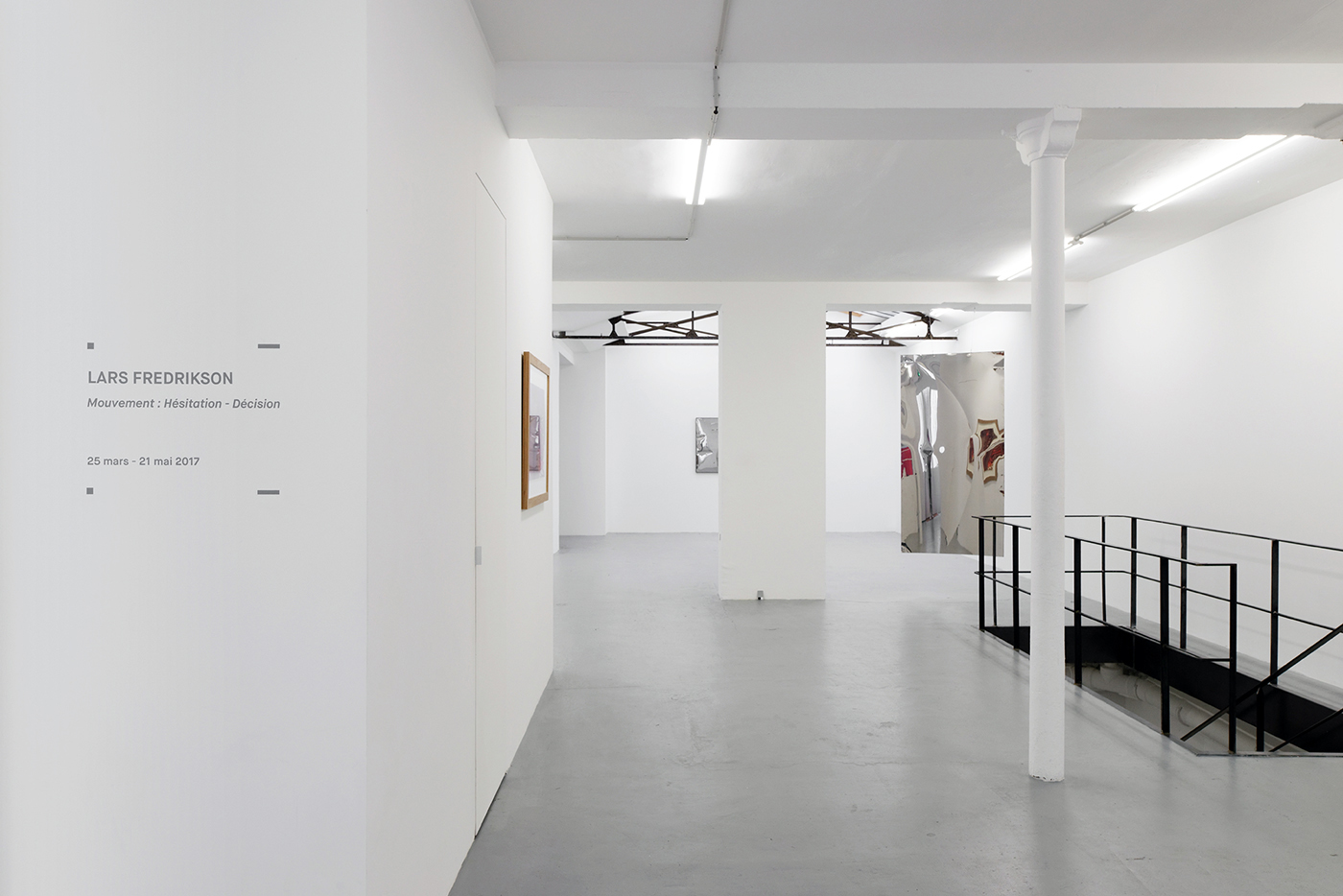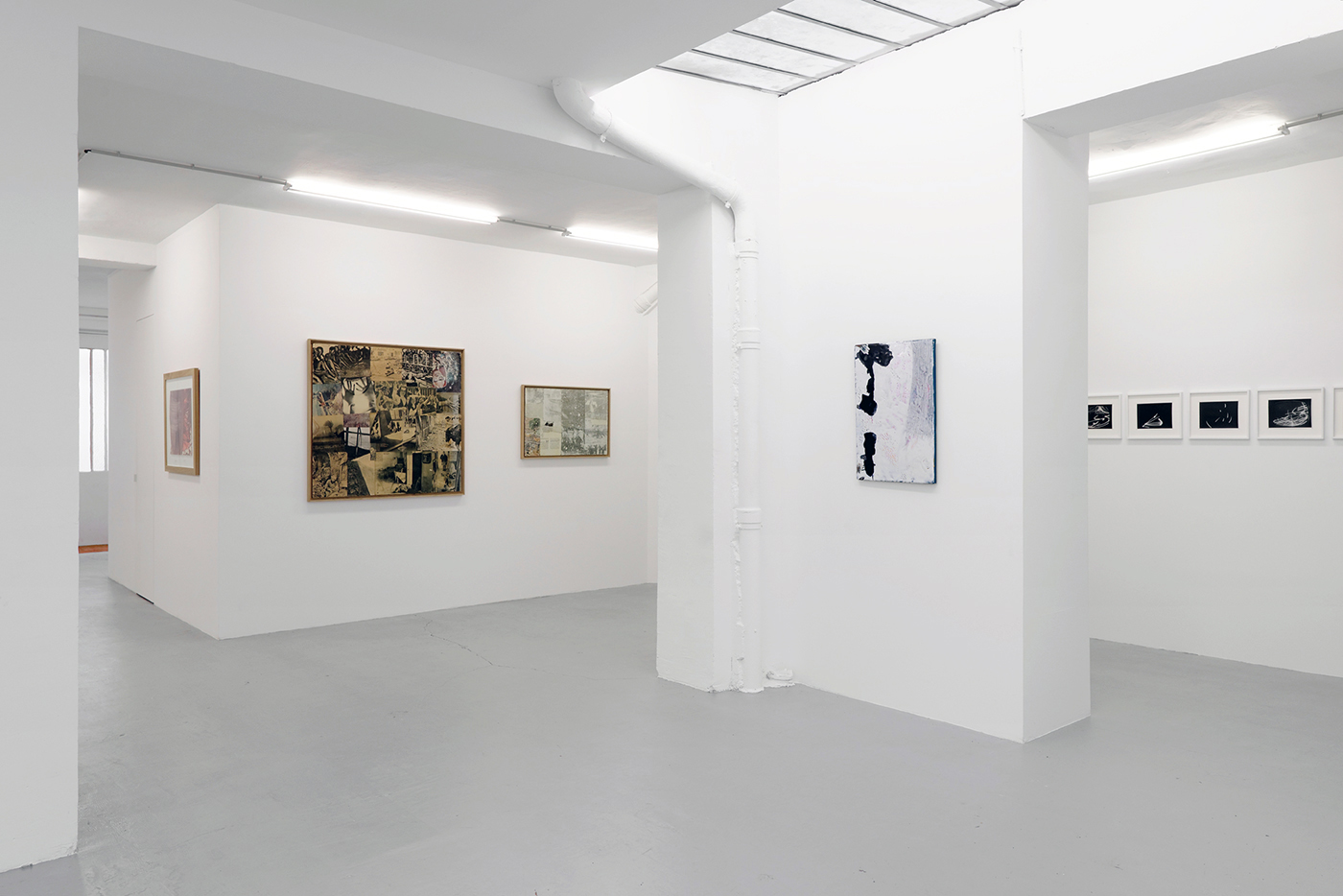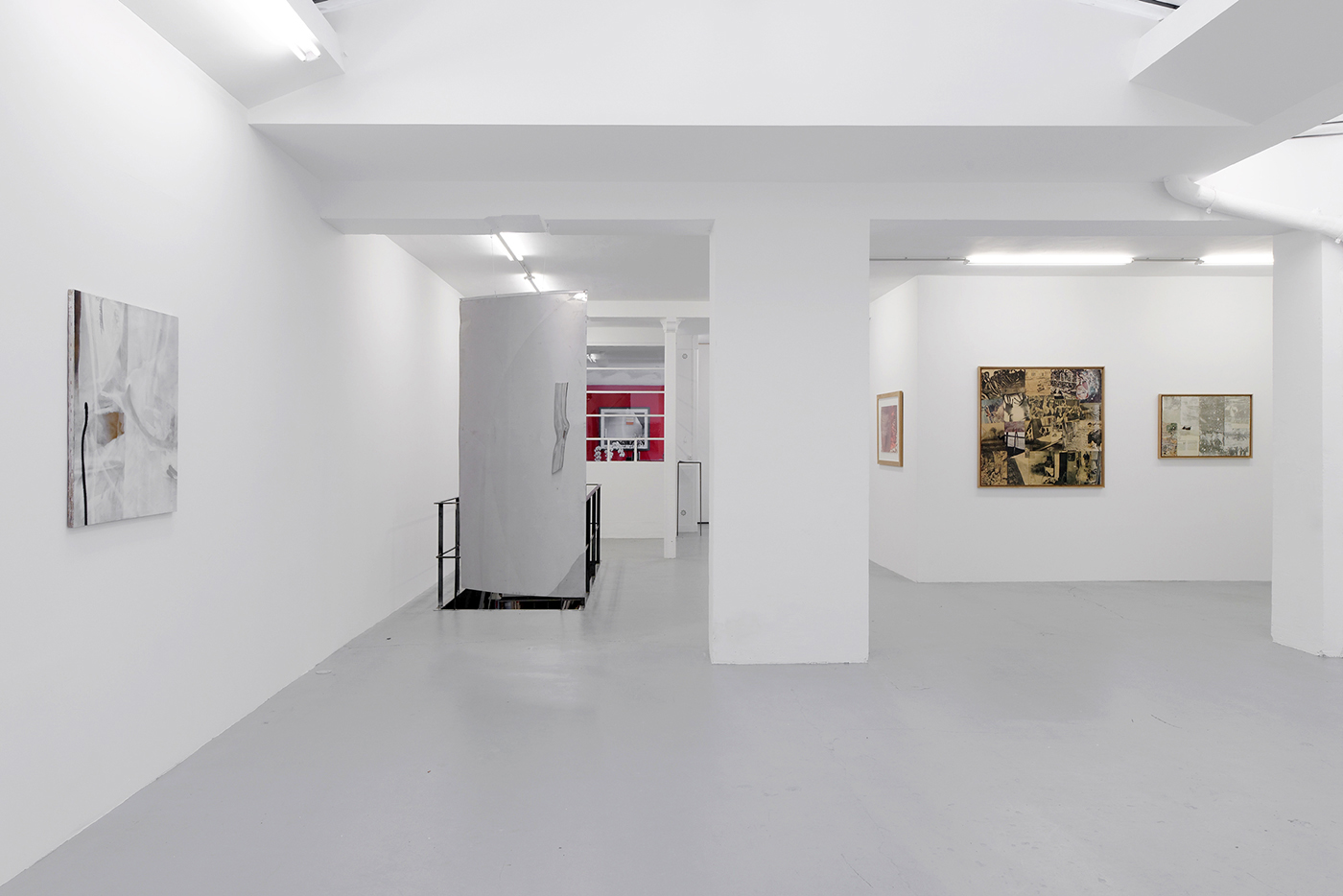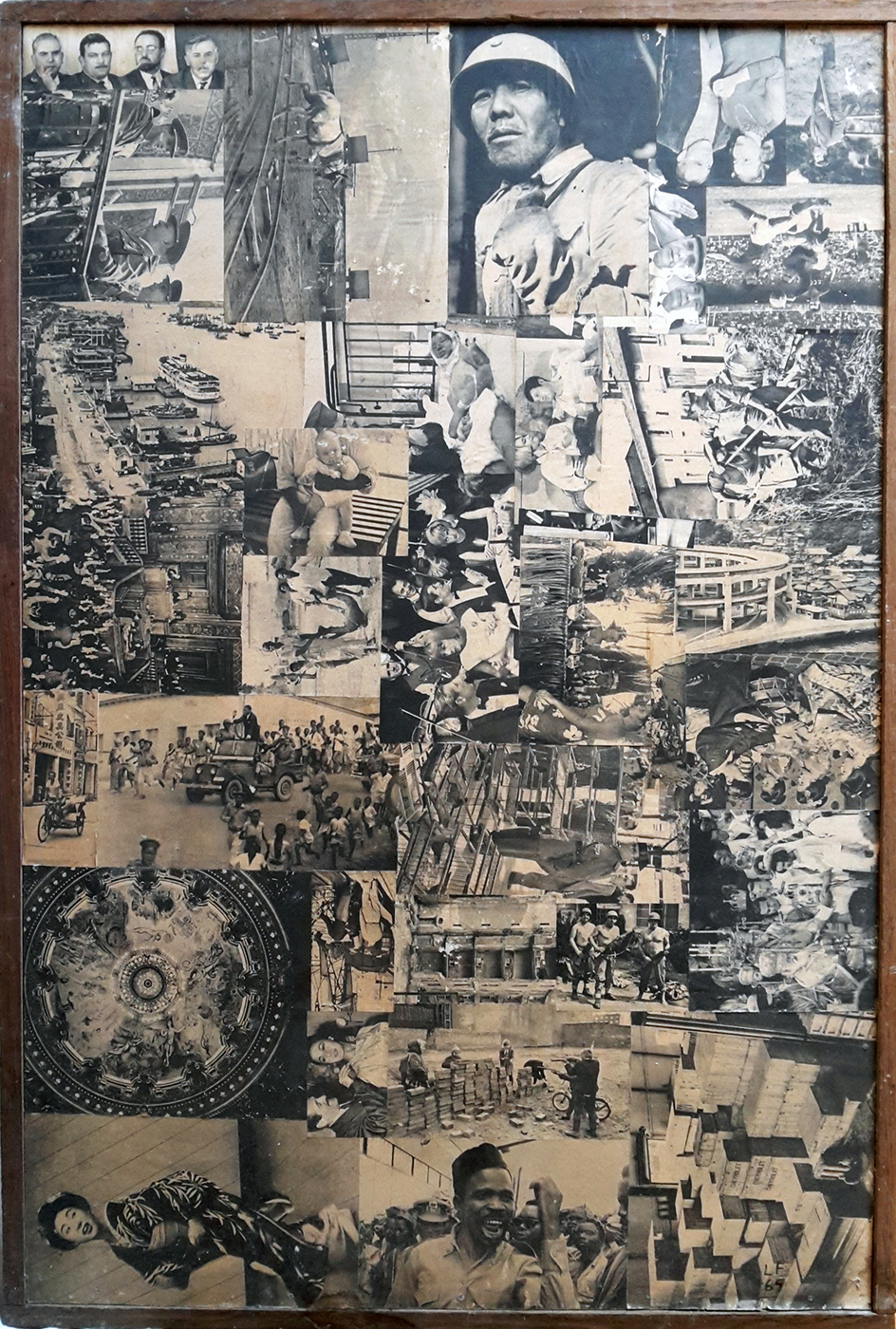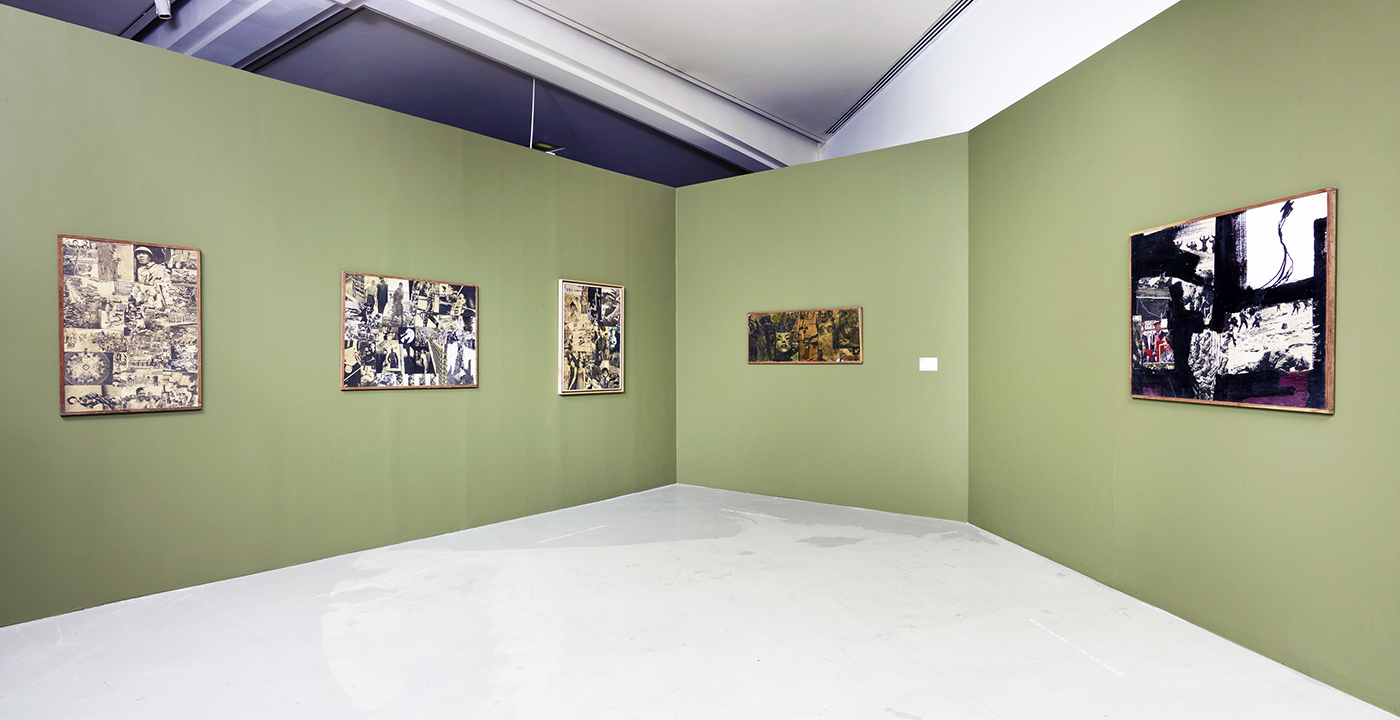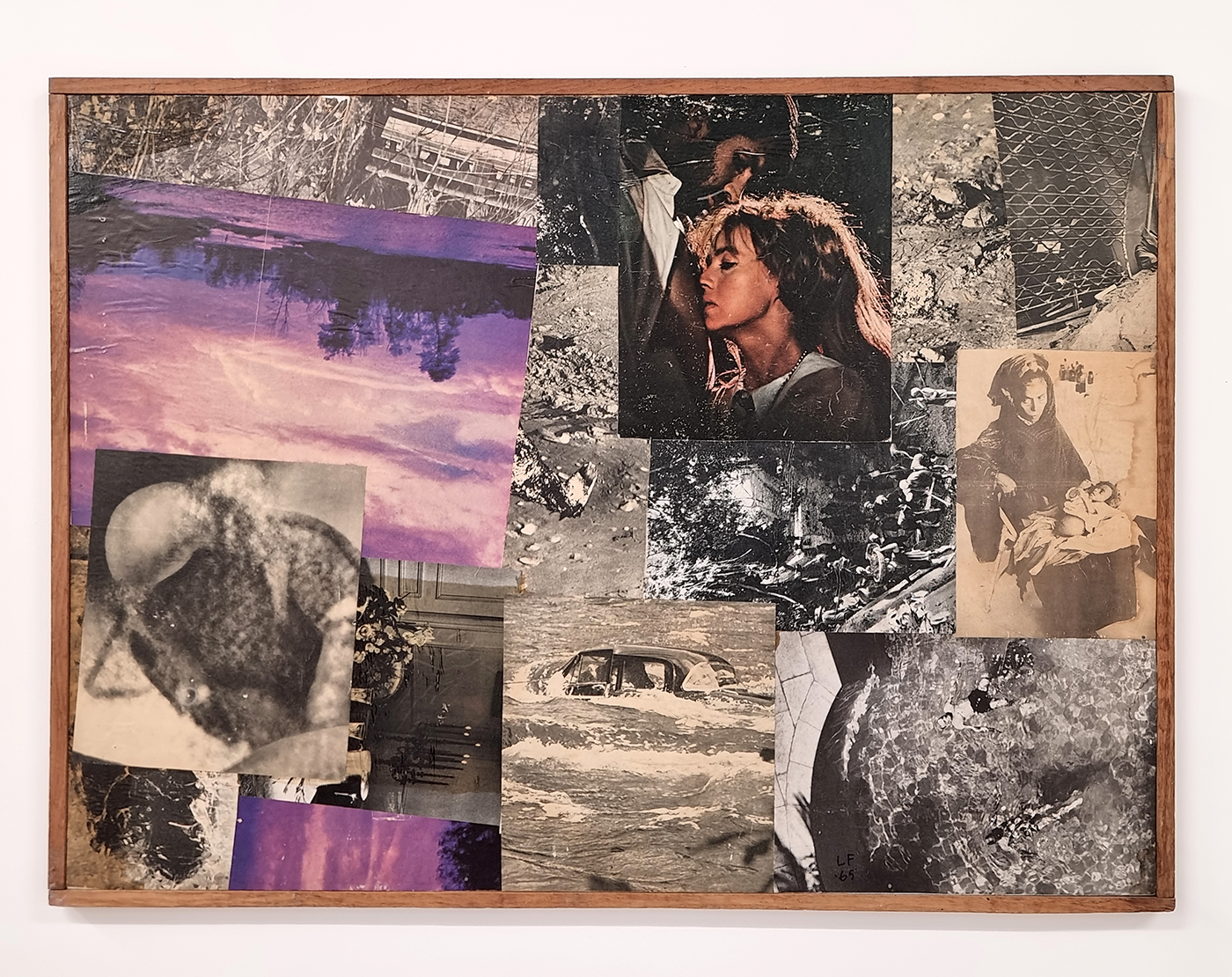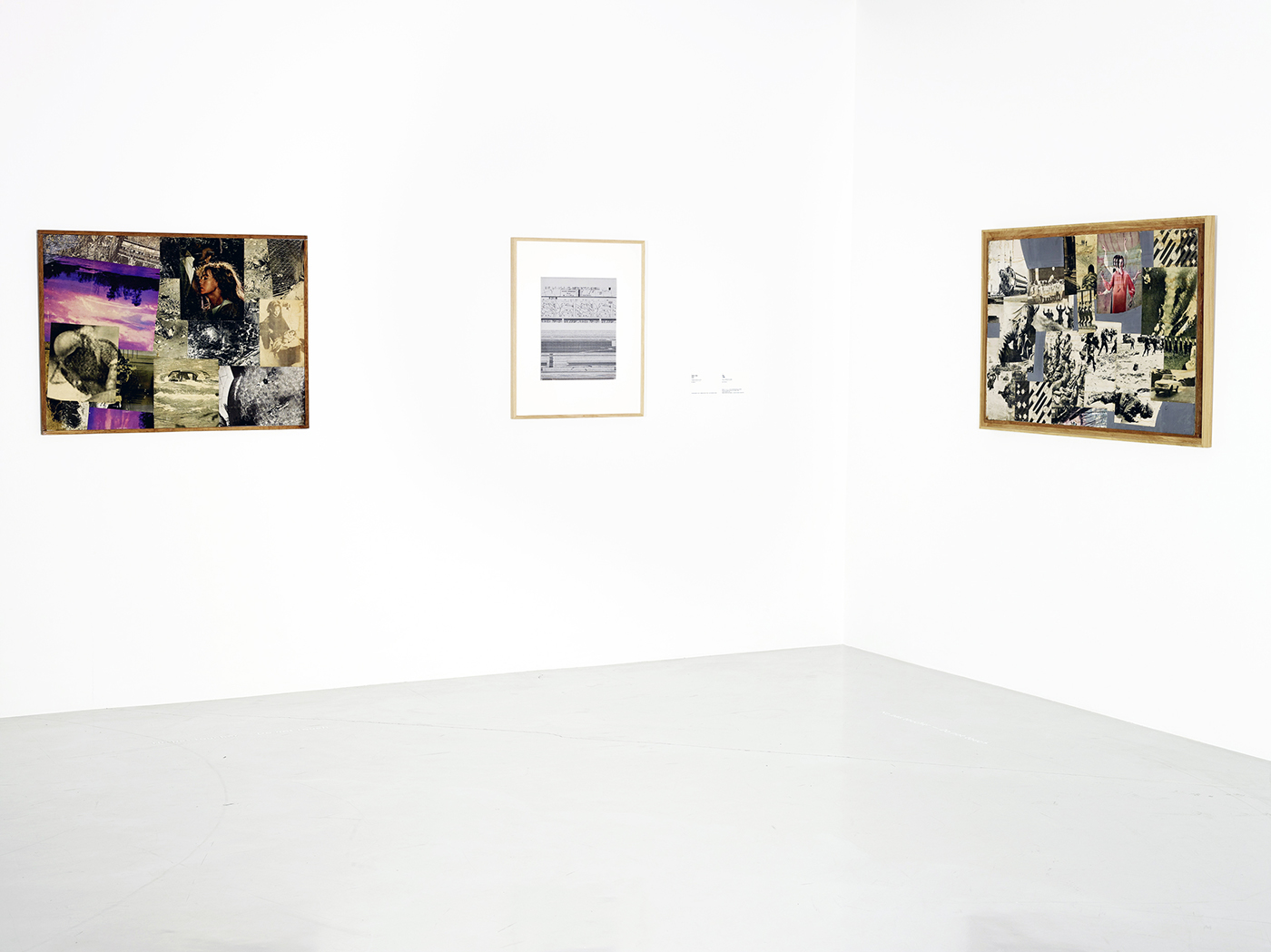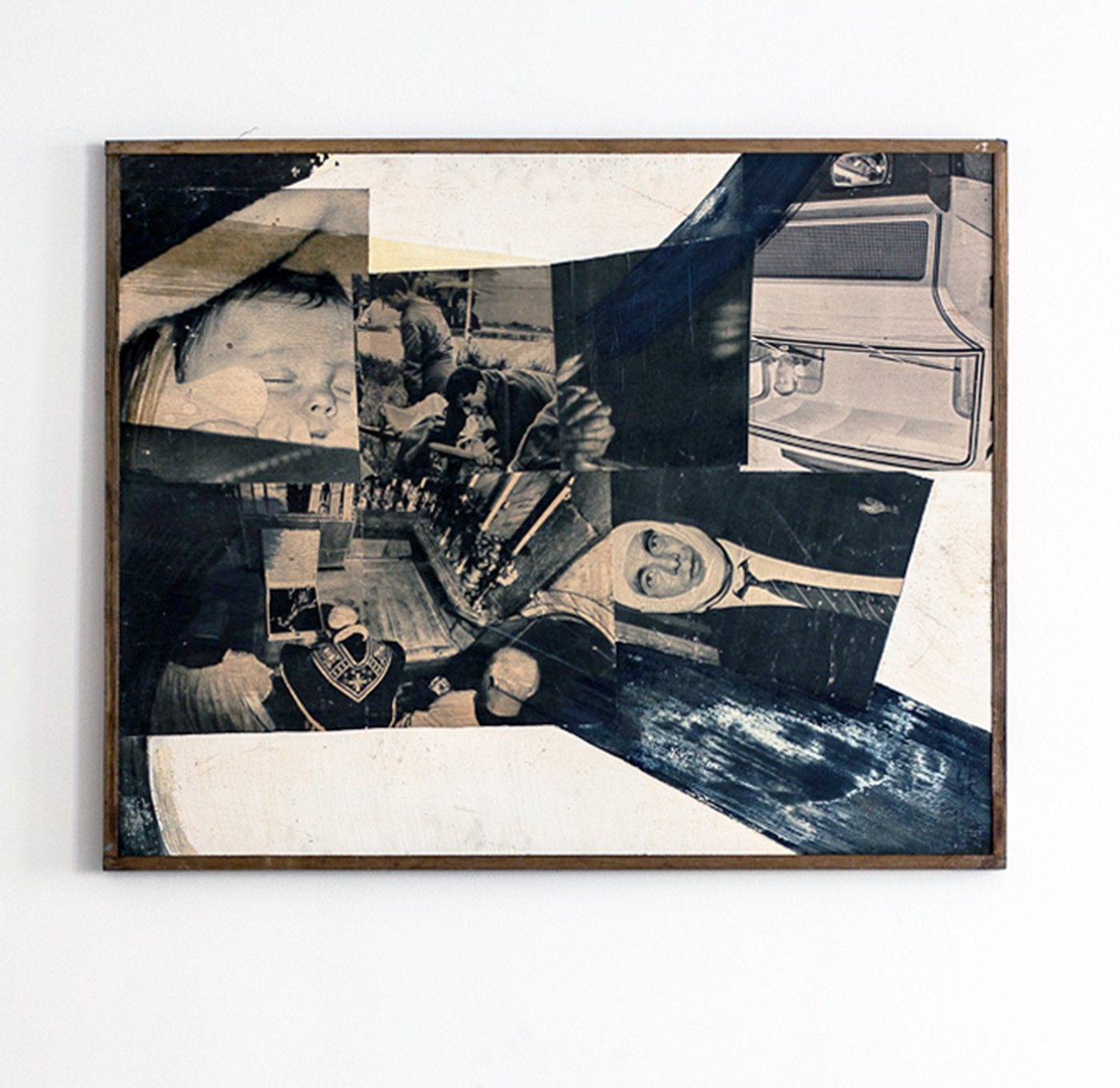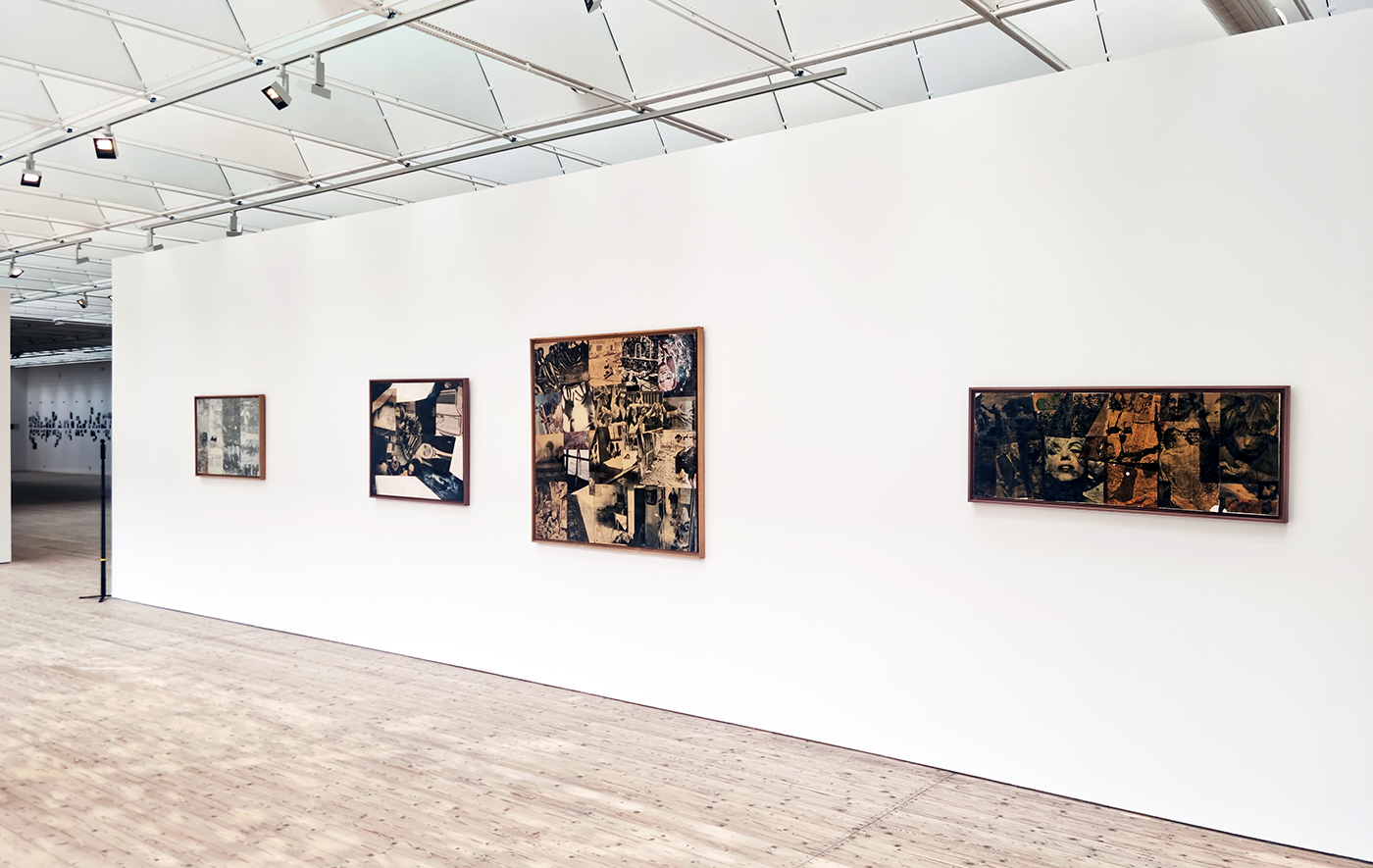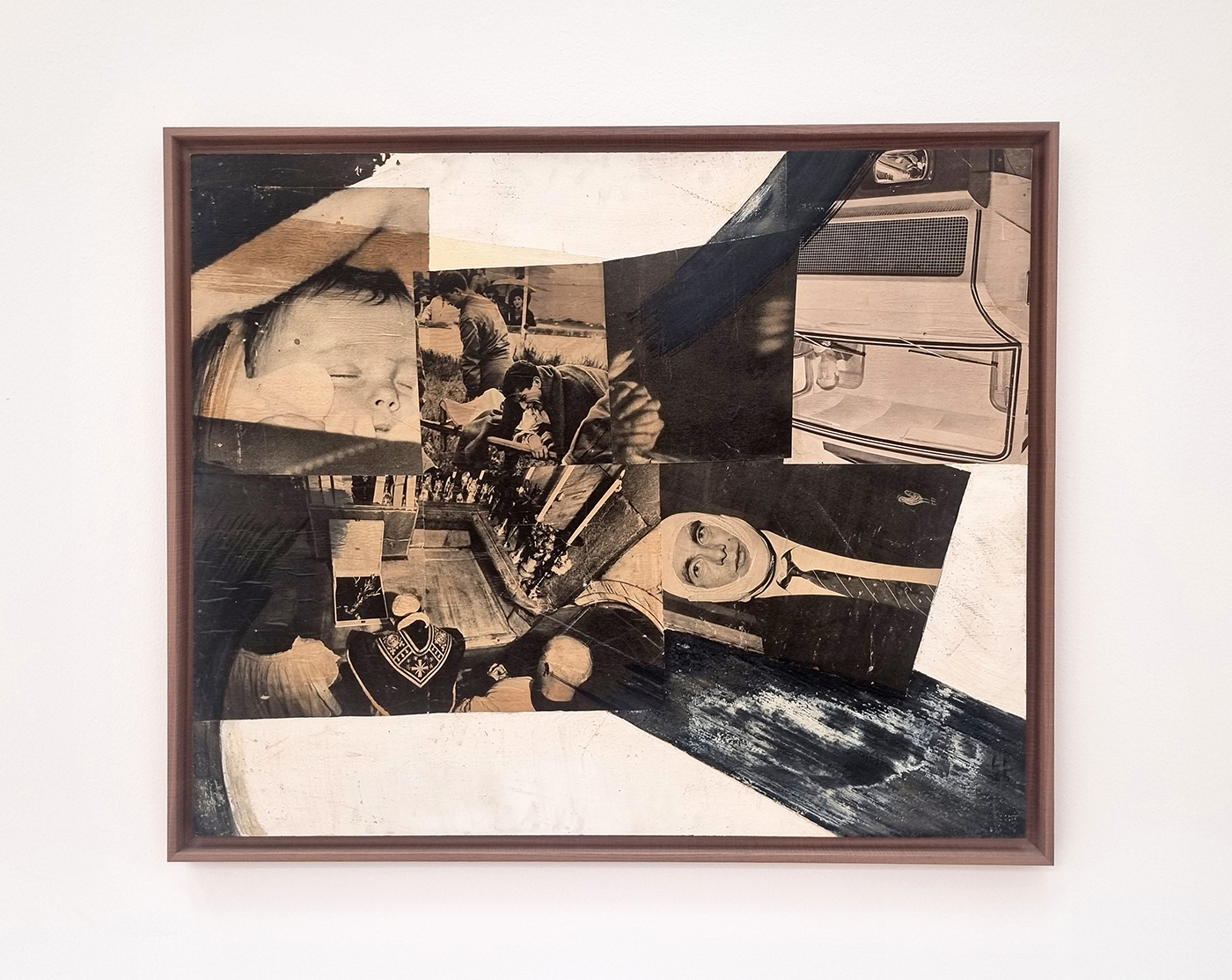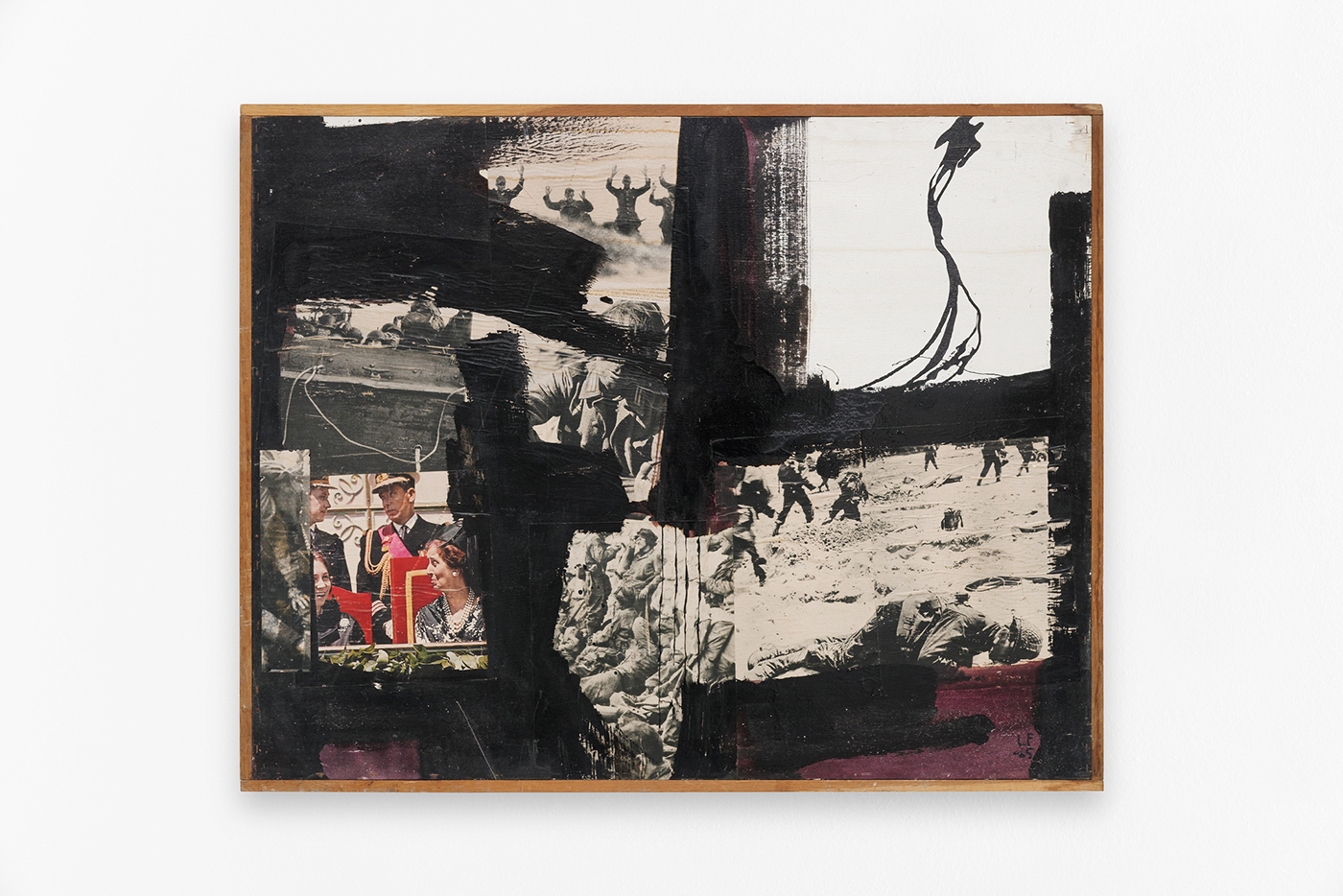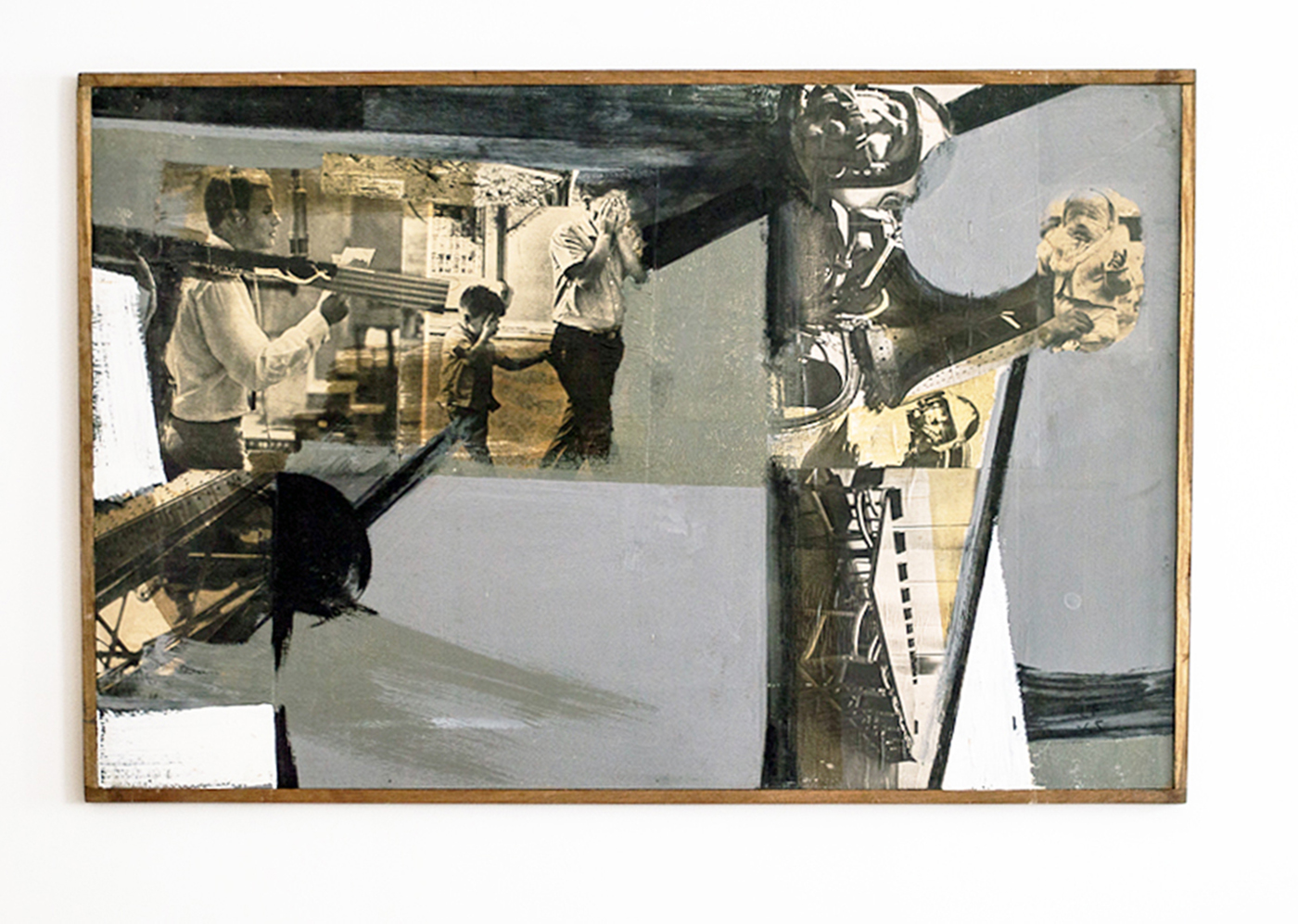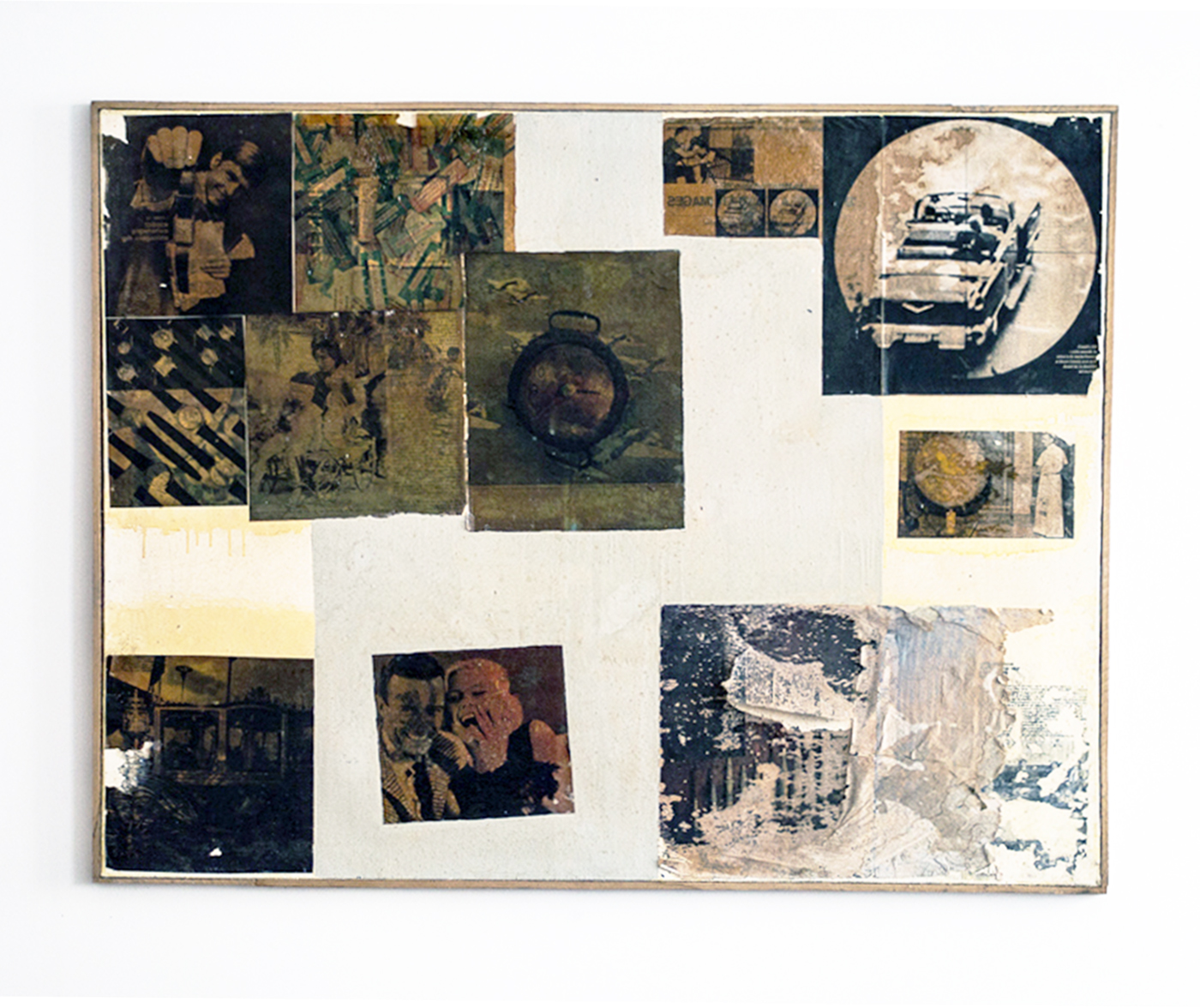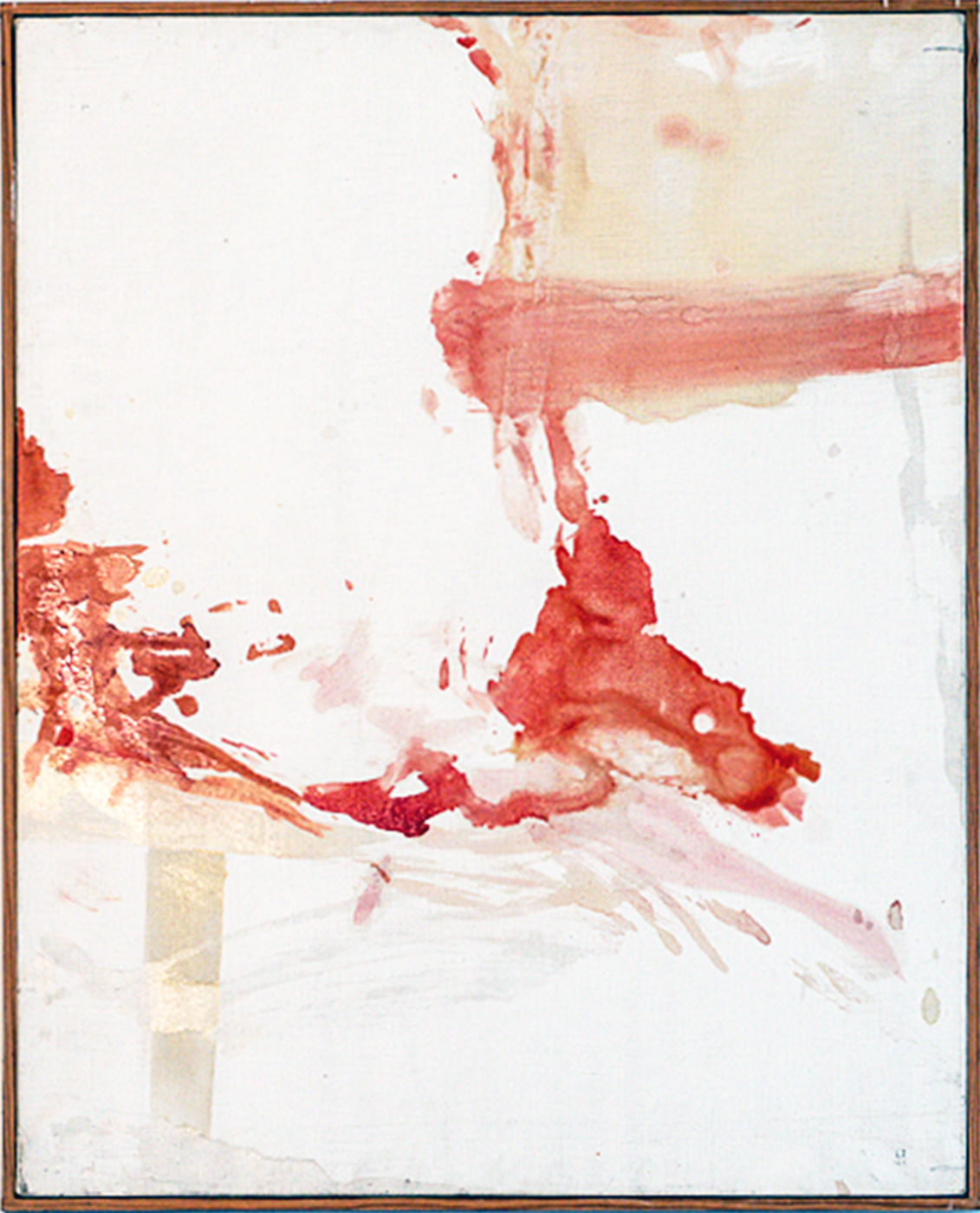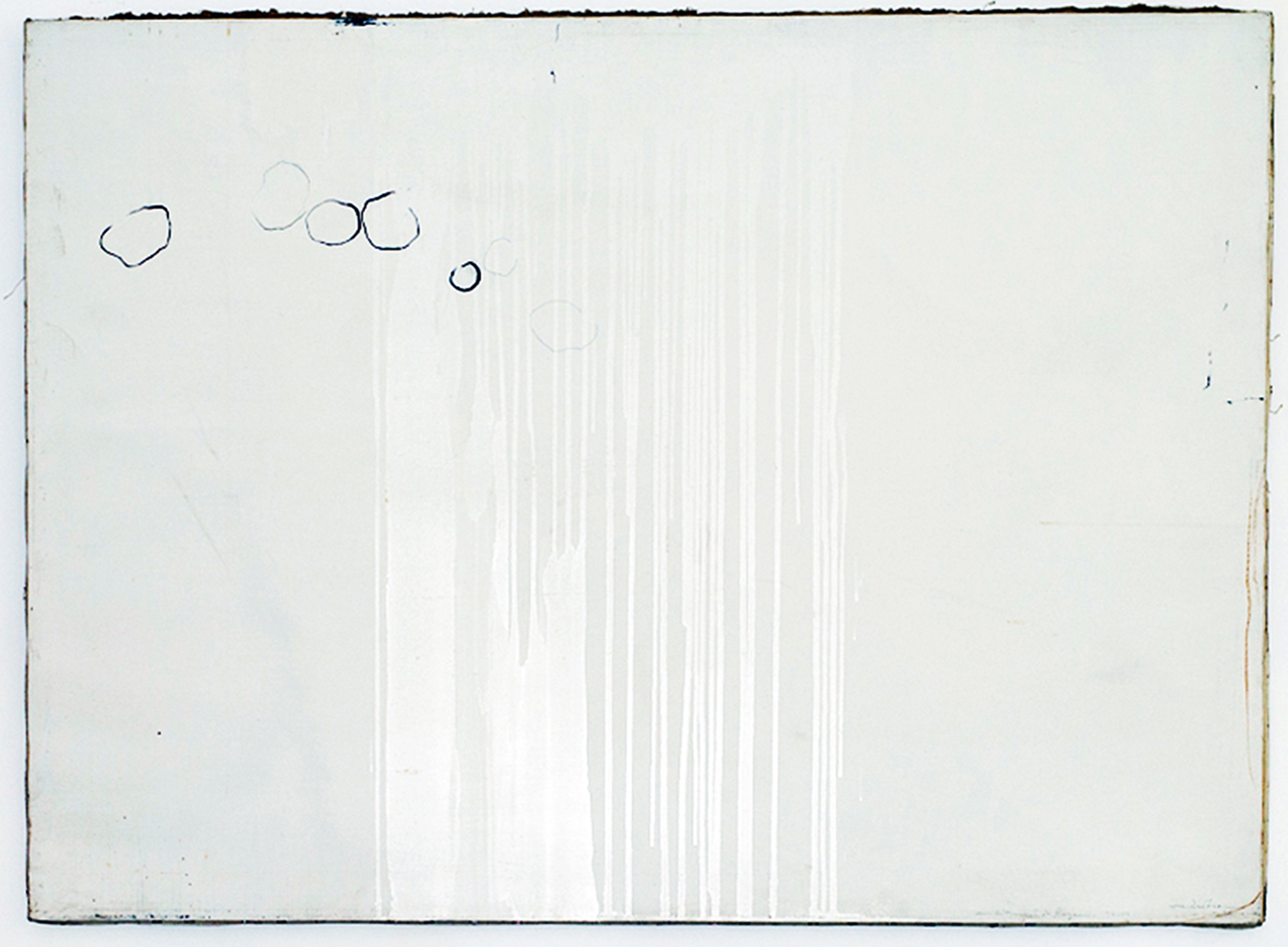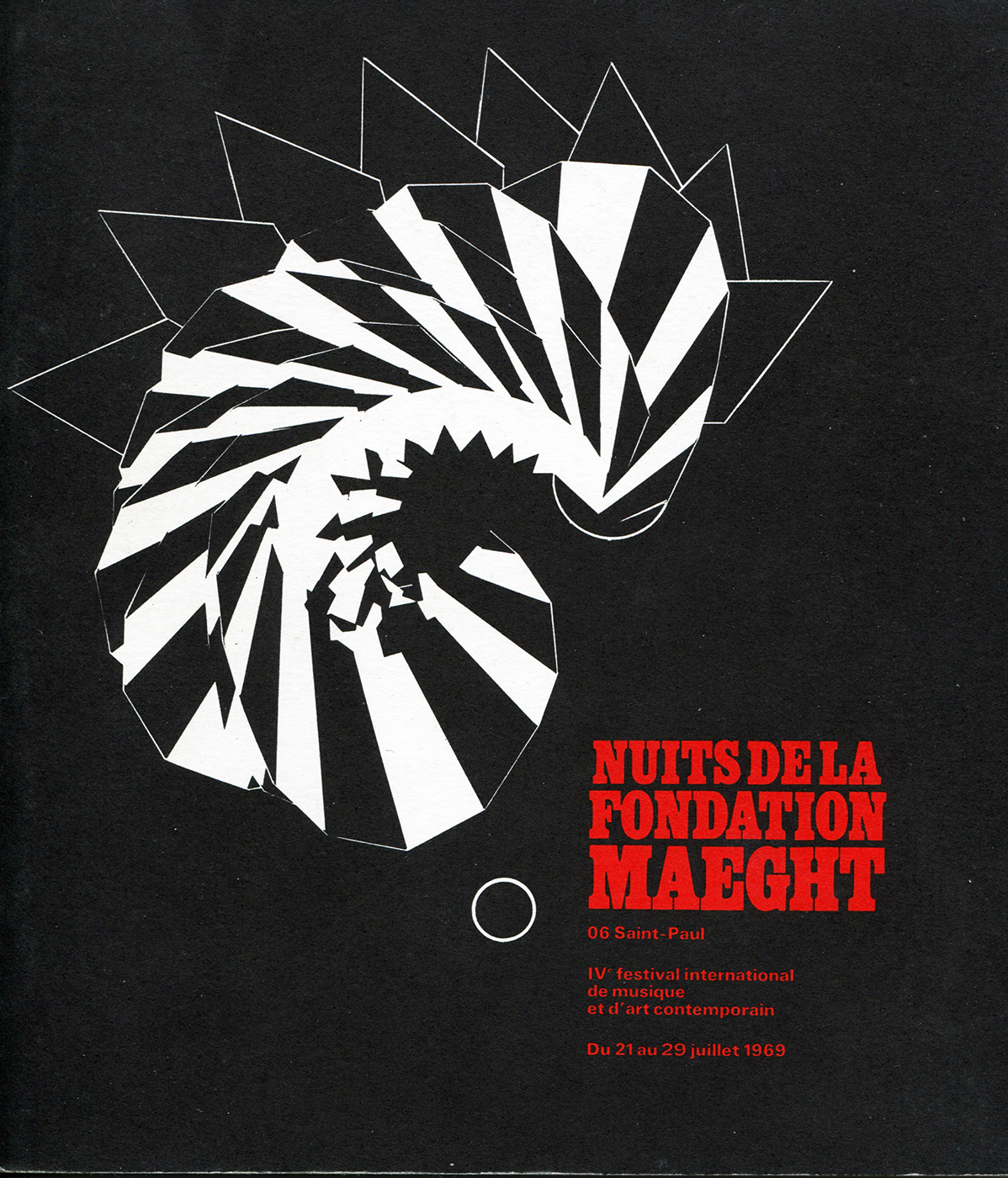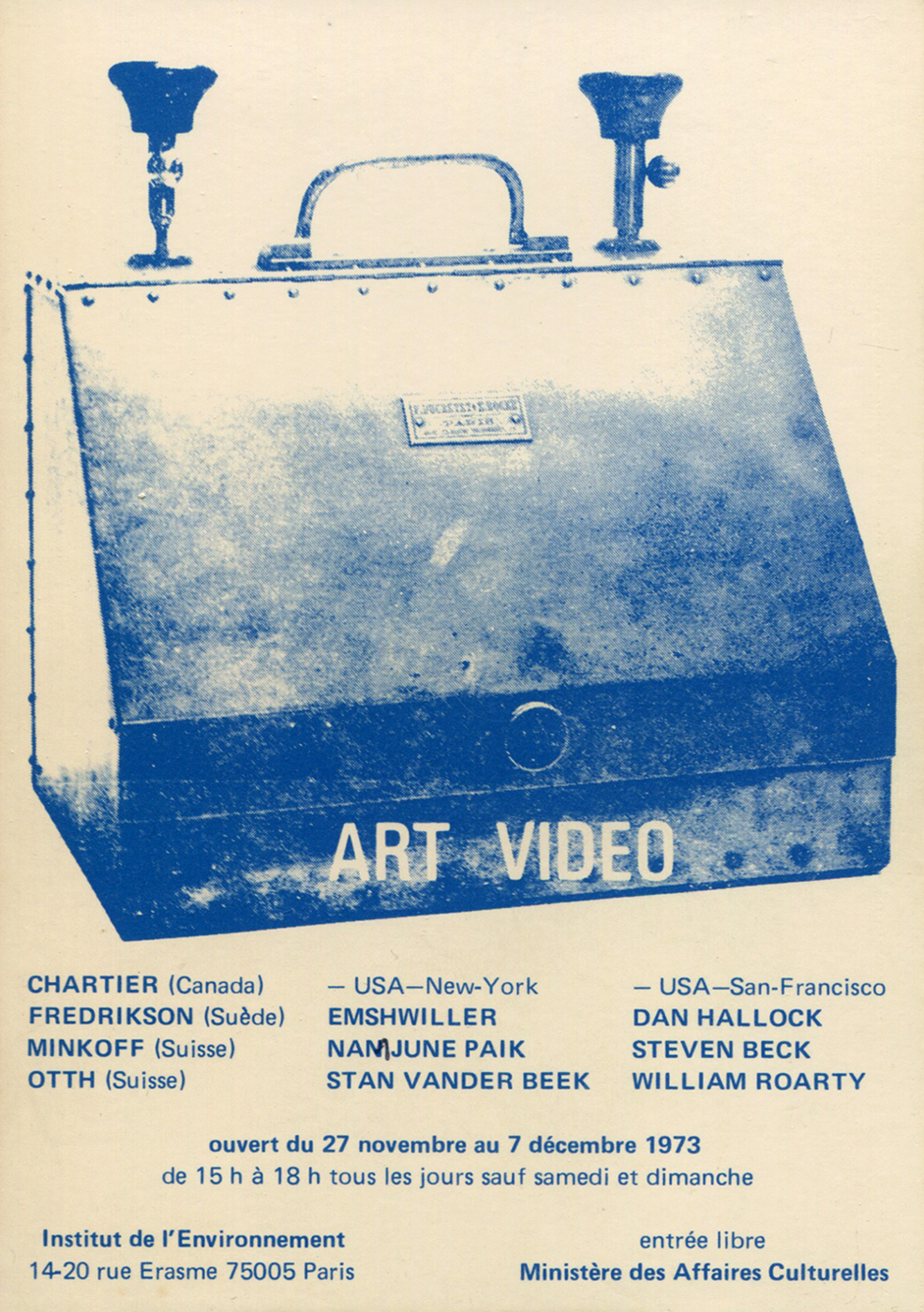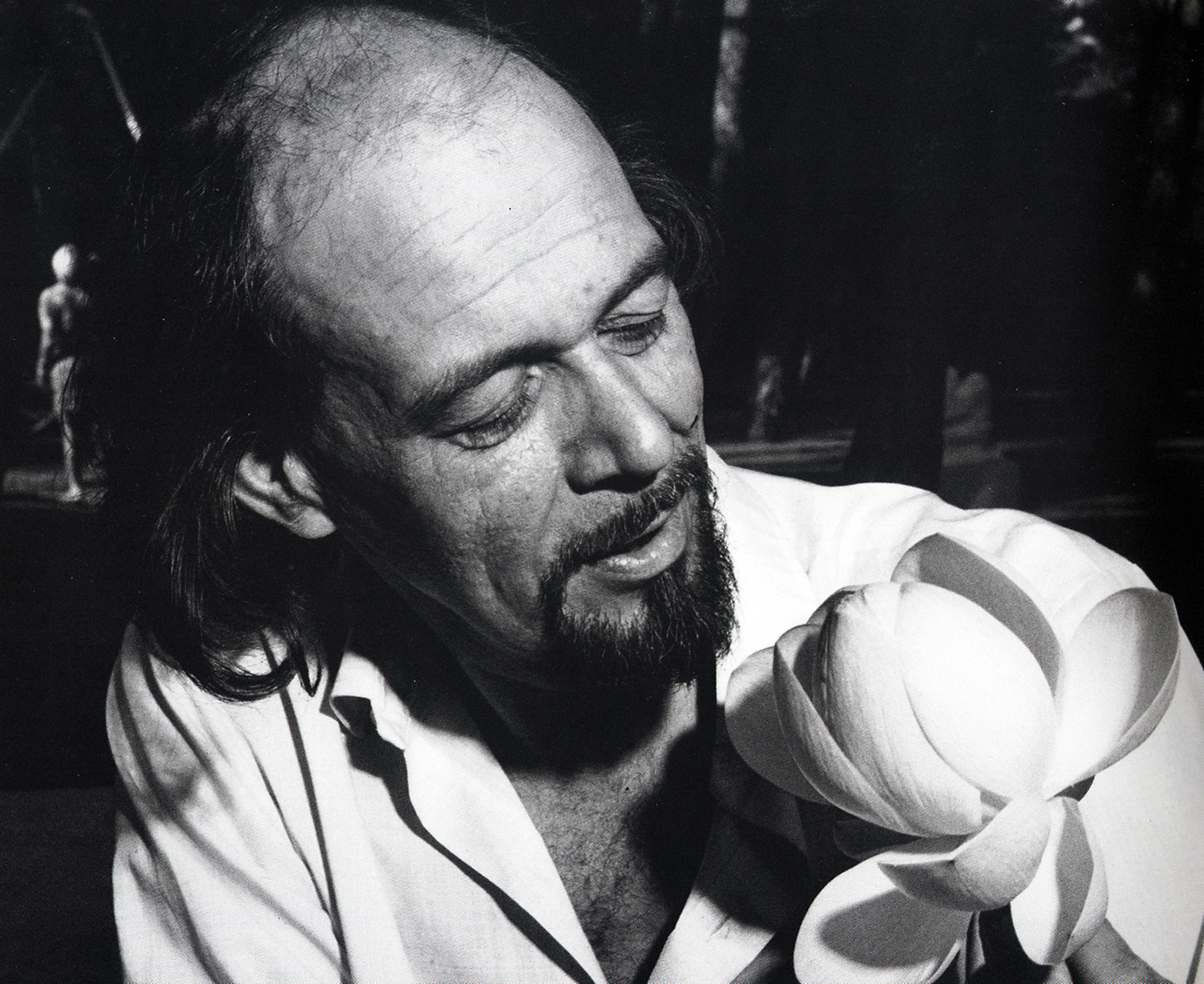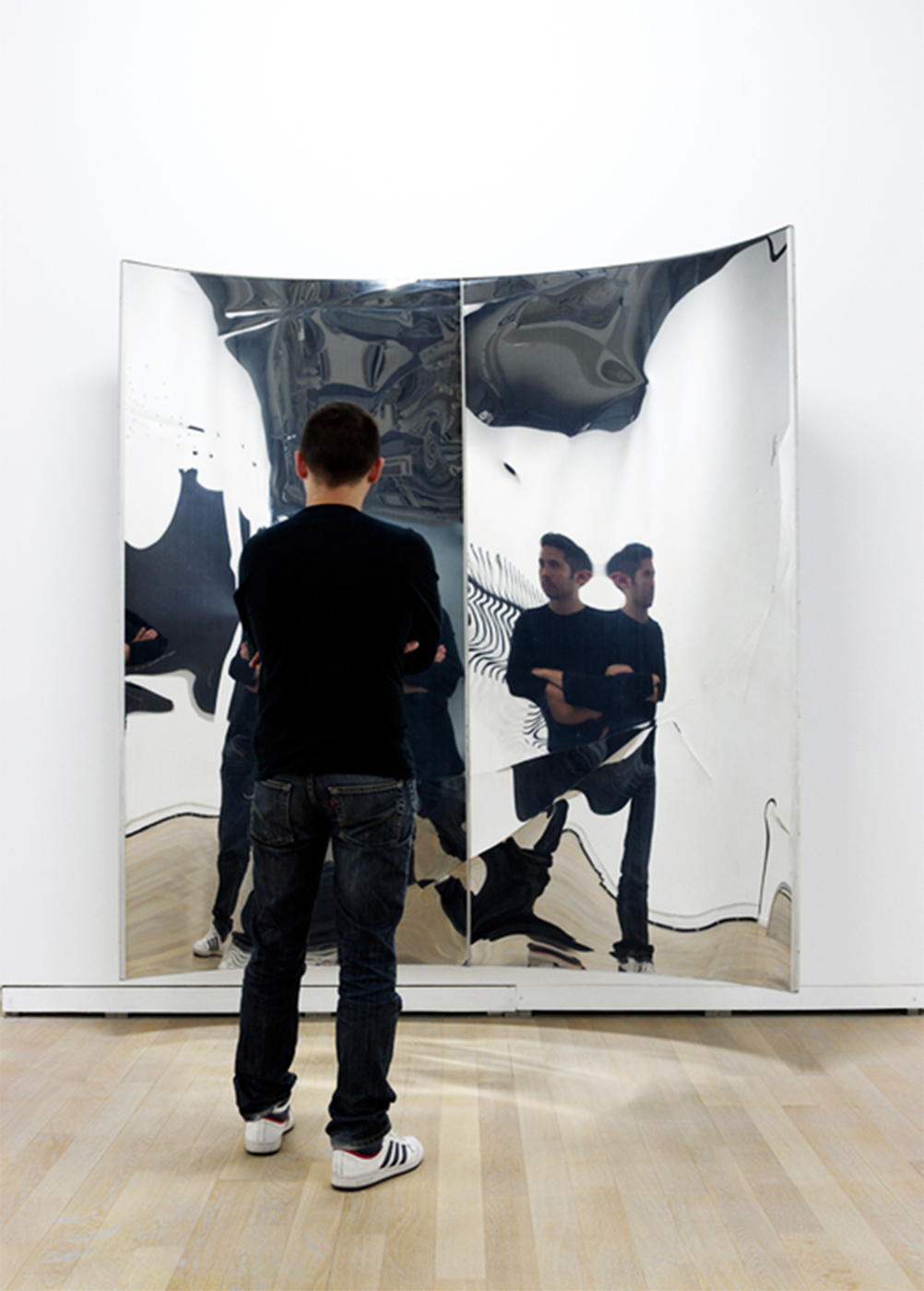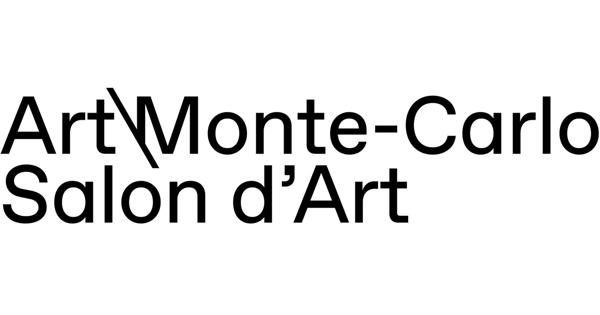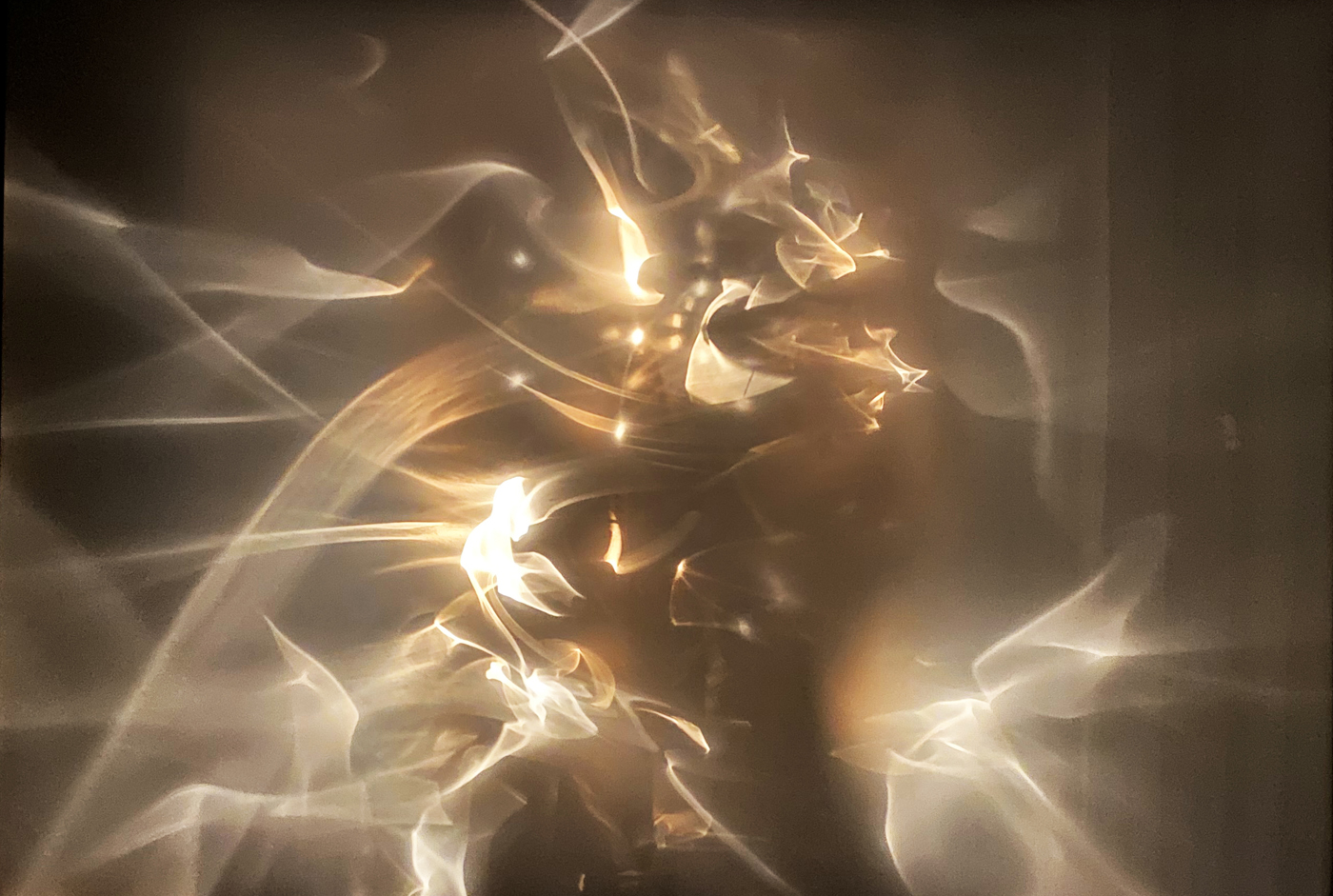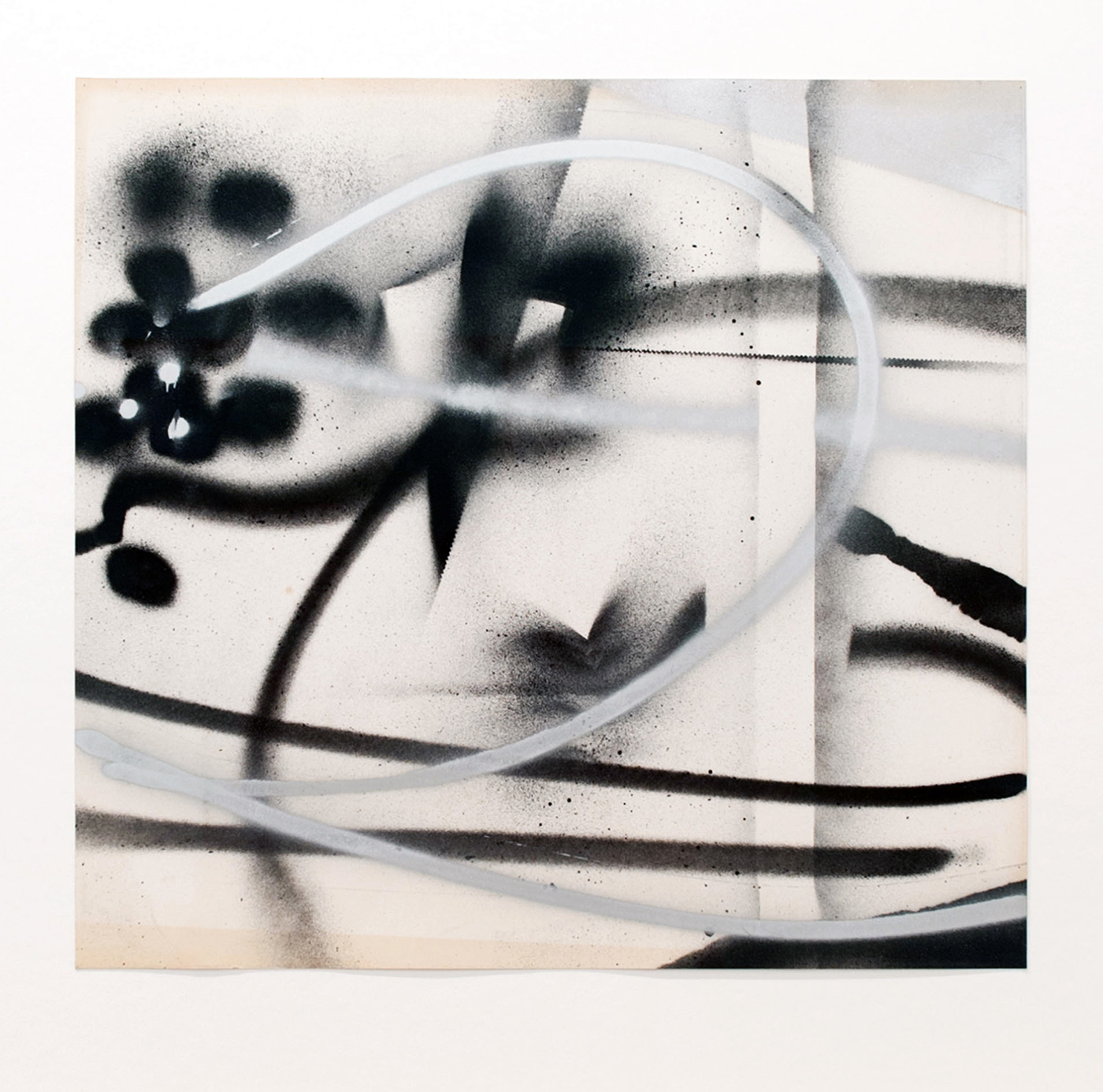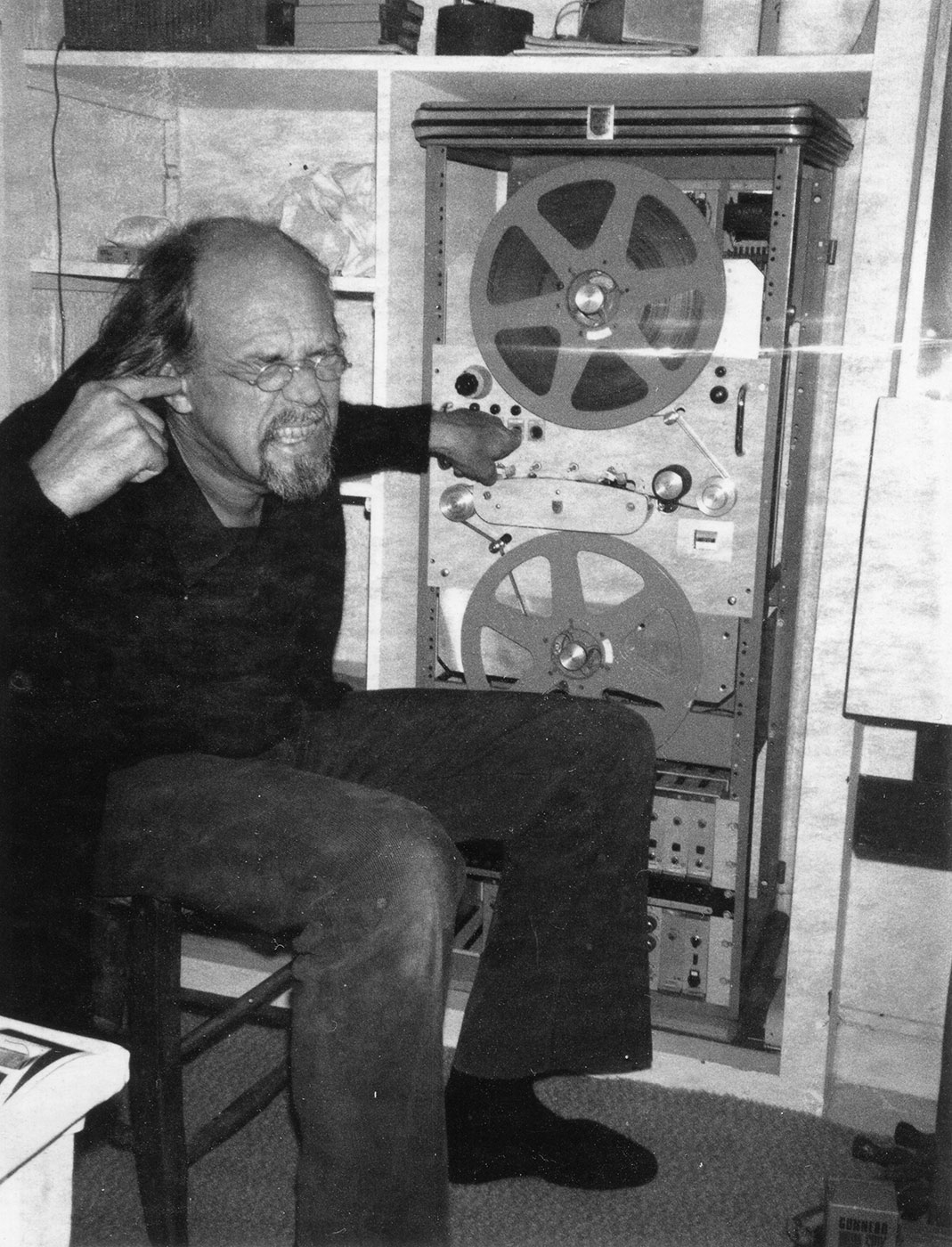Fredrikson / Estate
Lars Fredrikson was born in 1926 in Stockholm and died in 1997 in Vevouil, France.
EXHIBITION (SELECTION)
Solo exhibitions
2025
Lars Fredrikson, Malmö Konsthall, Malmö, Suède
2024
Suivre les ondes : Lars Fredrikson en résonance avec Anastasia Ax et Christine Ödlund, Institut Suédois, Paris, France
2022
B II B, In Situ - fabienne leclerc, Grand Paris, FR
2021
Lars Fredrikson - 021089, Espace Rossetti - Nice, FR
2019
Lars Fredrikson, MAMAC, Nice, FR
2017
Mouvement: Hésitation - Décision, In Situ - fabienne leclerc, Paris, FR
Early Works, Maison du livre, de l’image et du son François Mitterand, Villeurbanne, FR
2015
Œuvres des années 60 à 80, Grand Palais, Paris, FR
Ascendant-Descendant, In Situ - fabienne leclerc, Paris, FR
2007
Inox, Galerie Pierre Brullé, Paris, FR
2003
OM Lars Fredrikson, Galerie Box, Göteborg, SE
1999
Une partition de miroirs, Centre International de la Poésie, Marseille, FR
1993
Rétrospective, 4 locations simultaneously in the village, Gordes, FR
1989
Galerie l'Ollave Lyon, FR
1987
Galerie l'Ollave Lyon, FR
1982
Galerie l'Ollave Lyon, FR
1981
2 expositions personnelles, Galerie Catherine Issert, Saint-Paul de Vence, FR
1978
Galerie La Caisse dirigée par Noël Dolla, Nice, FR
1977
Maison de la Culture d'Orléans, Orléans, FR
1972
Espaces Virtuels, Mondation Maeght, Saint-Paul de Vence, FR
1969
Galerie Chave, Vence, FR
Maison des quatre vents, Paris, FR
1967
Galerie Naviglio, Milan, IT
1965
Collages, Galerie Wagensberg, Avignon, FR
1964
Tableaux Sonores, Galerie 17, Stockholm, SE
Group exhibitions
2025
Mondes Parallèles, MAMAC, Nice, FR
2023
MAC (Musée d'art Contemporain), Marseille, France
2022
Réseaux-mondes, Centre Pompidou, Paris, FR
2021
"Nothing is Lost. Art and Matter in Transformation", GAMeC Musem Bergamo, Italy
"L'incontro", Le Quai (Societa delle Api), Monaco
2020
Et maintenant, le dessin..., In Situ - Fabienne Leclerc, Romainville, FR
2018
OEI@79, Edit/Publish/Distribute, Moderna Museet Museum, Stockholm, SE
2017
Mondes Flottants, 14th Biennale de Lyon, FR
Collection permanente, Centre Pompidou, Paris, FR
En marge, In Situ - fabienne leclerc, Paris, FR
2015
Radio France-Berge de Seine, Fiac Hors les murs, Paris, FR
Orange Export LTD, castillo/corrales, Paris, FR
2014
Ceci n’est pas un musée, 50 ans de la Fondation Maeght, Saint-Paul de Vence, FR
2012
The Mystery Spot (curated by Marc Bembekoff), Fondation d'entreprise Ricard, FR
2011
Le Temps de l’écoute, Villa Arson, Nice, FR
Acca Cycle 6, Galerie Catherine Issert, Saint-Paul de Vence, FR
50 Artistes, une collection, Fondation Maeght, Saint-Paul de Vence, FR
1996
L’éclatement vers l’insaisissable, Galerie Romagny, Paris, FR
1995
Murs du son, Villa Arson, Nice, FR
1994
Préoccupations, Galerie l’Ollave, Lyon, FR
Château de Malfougasse, Vaucluse 84, FR
1990
Sous le soleil, Villa Arson, Nice, FR
1986
En compagnie de Michel Butor, Musée de Valence, FR
1976
Biennale de Menton, Menton, FR
1974
Confrontation 74, Galerie Iris Clert, Paris, FR
1973
Salon de Mai, Paris, FR
1972
Salon de Mai, Paris, FR
Biennale de Menton, Menton, FR
1970
Itinéraires Blancs, Musée d’Art et d’Industrie, Saint-Etienne, FR
Timespace, Art Festival, Bristol, UK
1969
Les Nuits de la Fondation Maeght, Saint-Paul de Vence, FR
Sigma 5, Bordeaux, FR
Naissance d’une Collection, Musée Cantini, Marseille, FR
Electromagica 69, Tokyo, JP
1968
Art vivant, 1965-1968, Fondation Maeght, Saint-Paul de Vence, FR
1967
Comparaisons, Paris, FR et Copenhague, DK
Galerie Denise René, Paris, FR et Krefeld, DE
Galerie Aronowitch, Stockholm, SE
Galerie Chave, Vence, FR
PUBLIC COLLECTION
Centre Pompidou, Paris, FR
Musée d’Art Moderne de la Ville de Paris, FR
Fondation Maeght , Saint-Paul de Vence, FR
Musée Cantini, Marseille, FR
Université de Sydney, AU
l’IUT, Nice, FR
FRAC Provence-Alpes-Côte d’Azur, Marseille, FR
MODERNA MUSEET, Musée d’Art Moderne de la ville de Stockholm, SE
Texts
Interview with LARS FREDRIKSON
Excerpt from the review L’Ollave, 1998
MB: Yours is a curious itinerary. How did you get from a study of plastic space to one of sound and sound space ?
Lars Fredrikson : I hadn’t actually imagined this as a sound space. This can be a plastic space. When I painted, of course, my goal was plastic space. But in painting, it is a depreciated space. I gradually became interested in sculpture to arrive at a real space – but not one of volume. I wanted my sculpture to speak of the space in which we find ourselves, to provide indications about our surroundings – including outer space.
MB: You mean a space that could be found outside the sculpture rather than inside the sculpture – for instance, not a modulated space?
Lars Fredrikson: Absolutely. Sculpture as volume does not interest me at all. For me, classical sculpture didn’t mean anything. I asked myself this question: the notion of “surrounding space,” is it “cosa mentale”? From that point on, I began making videos – transforming the television, creating synthesizers in order to be able to draw on the screen. I didn’t want to show the drawing as it was, but rather as fragments of it – and above all demonstrate that these fragments could correspond to the rhythms in us. So, when we look, the mind records the fragments coming from different sides.
And the synthesis we carry out in our mental space. And it’s there that the drawing is created, which I then make on the screen. But in three dimensions, rather than two. From there, I began to ask myself the following question: what if I showed visual fragments and, at the same time, using the same frequencies, I also made sound fragments heard, so that the work is found neither inside what I am looking at, nor in what I hear, but rather in the interference between the two. Because what interested me was to work with the plastic space, which I considered completely immaterial. Making a sculpture without matter! That is why I started focusing on sound. I dropped the visual side – too technical, but also too imprecise – and then I wanted to get away from the immediate experience.
MB: Could one say that, at bottom, it isn’t really the sound that interested you?
Lars Fredrikson: Definitely. What interests me in sound is the space. But also a way of speaking of this space through sound. It seemed more accurate to me, at least from my experience, to use rhythms and frequencies – the frequencies closest to those found in us – and play on the zero-beat nuances vis-à-vis those frequencies.
MB: Can you explain what zero beats are?
Lars Fredrikson: A zero beat is when two frequencies are so close, so perfectly tuned with one another, that you hear only one.
MB: On one hand, the frequency that you create, on the other, the internal frequency?
Lars Fredrikson: That’s right.
MB: So, it’s a search for harmony, the search for resonance with the universe in which you find yourself, literally on “the same wave length.”
Lars Fredrikson: I felt that here was something to real because I was experiencing instances that, at the time, I had never experienced before. But I would like to go back for a moment and talk about the strange things I saw on my converted televisions.
I changed the scanning frequency of the screen – and I realized (I was totally pressed against the screen) that, at certain frequencies, I saw certain colors (let me remind you that it was a black and white set) with an intensity that I had never seen before (or perhaps sometimes when I had smoked hashish or things of that nature.) Some inactive colors appeared, but also women and small batons and pentagons, which strolled inside my eye. It was as if I was looking inside the screen, but the vantage point turned around and was looking inside the eye, at the blind spot. I threw all these things away... I thought I was going a bit mad, but it was really a reality because once I asked other people to look with me, they saw the same things. Is there a correlation to be drawn with the effect of drugs – perhaps through certain molecules in the brain that my frequencies may have excited as well?
MB: Could the alterations that you made on the television receivers be redone with precision? Could one say that certain frequencies must be sought to obtain certain effects? Or was it simply some empirical tweaking?
Lars Fredrikson: No, it wasn’t empirical at all. I may have noted the graduations – noting which frequency corresponded to which color, for example. I thought about doing it, but it was at a time when I was setting aside the visual aspect of “the work.” I wanted to free myself from everything. No longer having the sound intervene on me, in me. Even though it was effectively distributed throughout the space as well. You see, I wanted to make certain, finely-tuned experiments. I wanted to use frequencies that corresponded to the distance between my eardrums.
MB: To succeed in creating this immobile, plastic space?
Lars Fredrikson: Not immobile, because it exists inside me.
MB: Immobile on the exterior?
Lars Fredrikson: Externally, this space is immobile.
MB: But if I move, does this space remain immobile or is it indeed tied to the movement of the listener?
Lars Fredrikson: For a time, yes, definitely, it was tied to the movement of the listener, but I didn’t want this connection. As the result was a function of the wavelength between two eardrums, there were maximums and minimums. And that’s exactly what I wanted to do. Fostering awareness of one’s own body. If you were like this, you heard a sound; if you were like that, there was silence. And each time, you gained awareness of your own situation within the work. But you had to be careful because if you moved without paying attention, it could be very painful for the ears.
MB: I think, at this point, we can ask ourselves the question again of identifying the difference between these plastic sounds and regular sounds.
Lars Fredrikson: I’ve come to think that plastic sounds are found in very, very low frequencies, and regular sounds are rather found in audible frequencies.
MB: At very low frequencies, we also hear, but perhaps we feel them more than we hear them?
Lars Fredrikson: Exactly. And here, there is a way to experience them by short-circuiting all musical-listening, intellectual or other experience. Experiencing the body, present in the moment.
MB: This could also be the definition of the plastic space of a painting – a painting is taken in by the body. The painting sensitizes one to the presence of the body. I think the basic problem with painting is that the viewer who wishes to gain access to the plastic space must grapple with his own gaze. The gaze holds things at a distance, pushing them back in order to recognize them.
Lars Fredrikson: I totally agree.
MB: Then, after a certain period of time, we feel like getting closer to the painting because there is a terrible dissatisfaction in looking at paintings. And one never gets there. It’s a hopeless undertaking.
Lars Fredrikson: Personally, I say: the image prevents us from seeing.
MB: The image, certainly, but not only the image, or rather entirely the image. It’s the gaze, itself, that is hostile to the plastic space. How do you succeed in joining the painting other than by looking at it? This is the whole problem, and you solve it through these low-frequency sounds that bring you directly back inside your body.
Lars Fredrikson: So, you understand why I didn’t want the television image anymore.
MB: Essentially, this plastic, almost immaterial space that moves through the flesh, is the culmination of a foot-to-foot combat. You went through all kinds of experiences – images, colors, collages, metal sculpture, sculpture in movement, video... You went through all the phases only to say, in the end, that with your sounds: here is beauty with neither body nor color.
Lars Fredrikson: Ah yes, neither body, nor color... (problem with the tape).
-
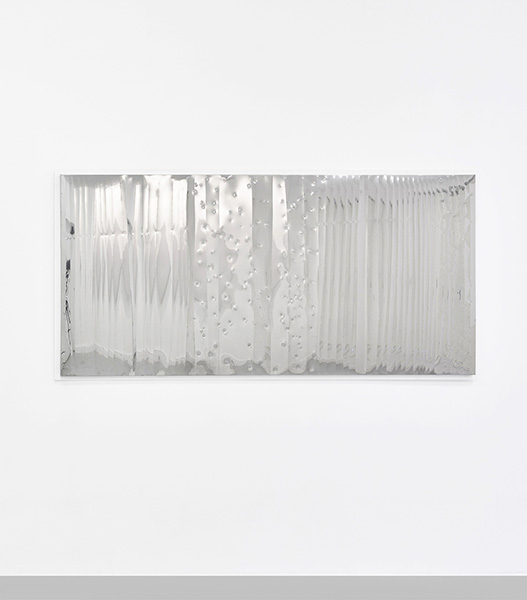
05.24.2025 - 08.24.2025
Lars Fredrikson / Estate
Malmö Konsthall
Lars Fredrikson -
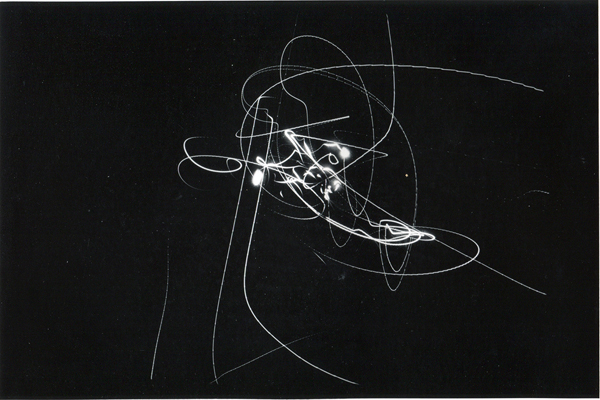
02.23.2022 - 04.25.2022
Lars Fredrikson / Estate
Centre Pompidou
Lars Fredrikson - Réseaux-mondes -
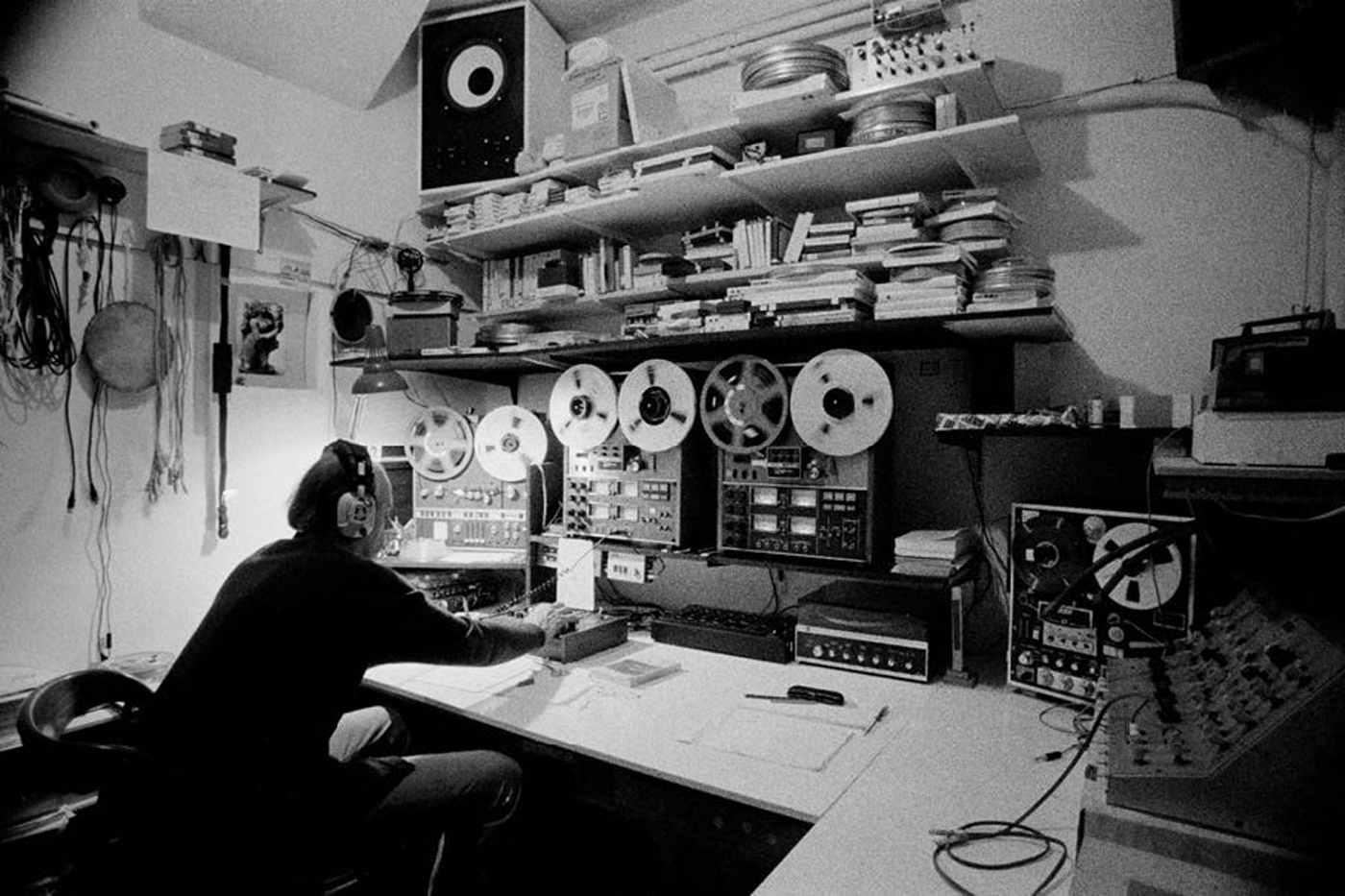
11.13.2021 - 11.28.2021
Lars Fredrikson / Estate
Espace Rossetti - Nice
Lars Fredrikson - 021089 -
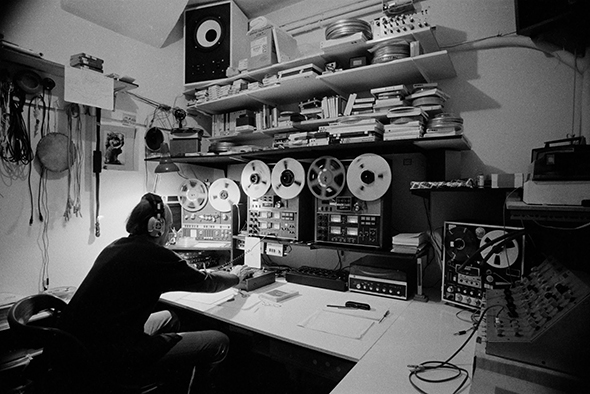
01.08.2020 - 01.08.2020
Lars Fredrikson / Estate
-
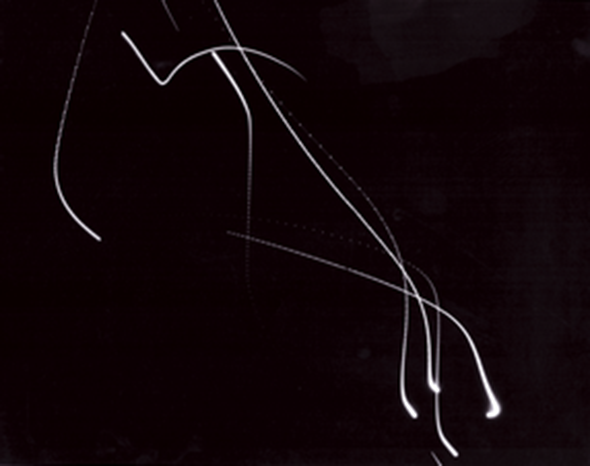
11.16.2019 - 03.22.2020
Lars Fredrikson / Estate
MAMAC - Nice
Lars Fredrikson -
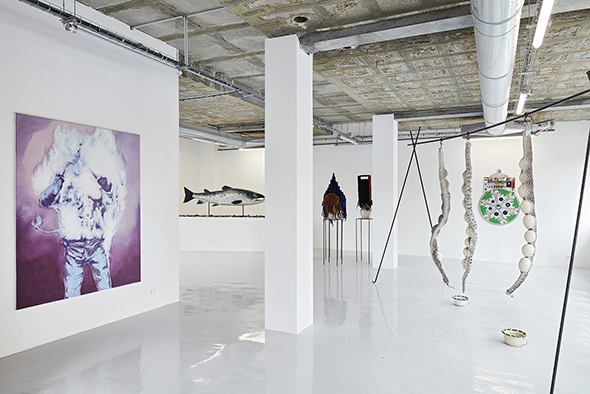
10.14.2019 - 11.01.2019
Renaud Auguste-Dormeuil, Patrick Corillon, Damien Deroubaix, Mark Dion, Gary Hill, Florence Paradeis, Bruno Perramant, Patrick Van Caeckenbergh, Joana Hadjithomas & Khalil Joreige, Patrick Tosani, Laurent Tixador, Martin Dammann, Meschac Gaba, Marcel Van Eeden, Otobong Nkanga, Vivien Roubaud, Lars Fredrikson / Estate, Constance Nouvel, Amir Nave, Ramin Haerizadeh, Rokni Haerizadeh, Hesam Rahmanian, Daniele Genadry, WE ARE THE PAINTERS
October 14th until December 1st. 2019
STOP - Collective exhibition of the artists represented by the Gallery -
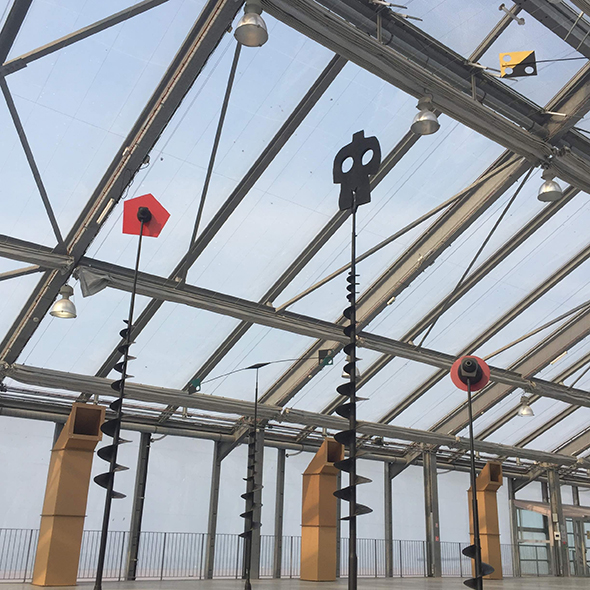
05.04.2019 - 01.05.2020
Lars Fredrikson / Estate
Dunkerque, FR
GIGANTISME - ART & INDUSTRIE -
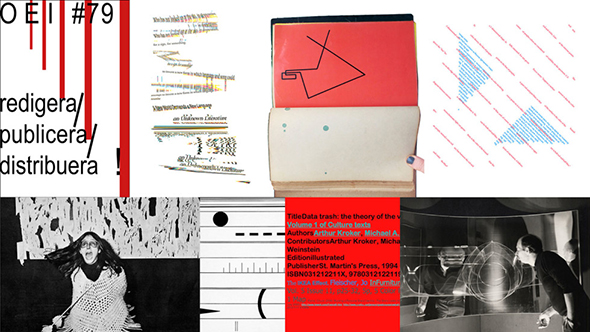
02.17.2018 - 04.01.2018
Lars Fredrikson / Estate
Moderna Museet
OEI #79 -

03.26.2017 - 03.26.2017
Lars Fredrikson / Estate
-
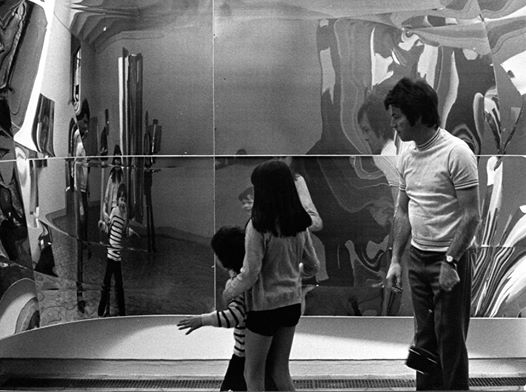
02.18.2017 - 04.15.2017
Lars Fredrikson / Estate
Publications
-
 Léa Dreyer : Lars Fredrikson B II B
Léa Dreyer : Lars Fredrikson B II B
Galerie In Situ-fabienne leclerc, Grand Paris
April 2022 -
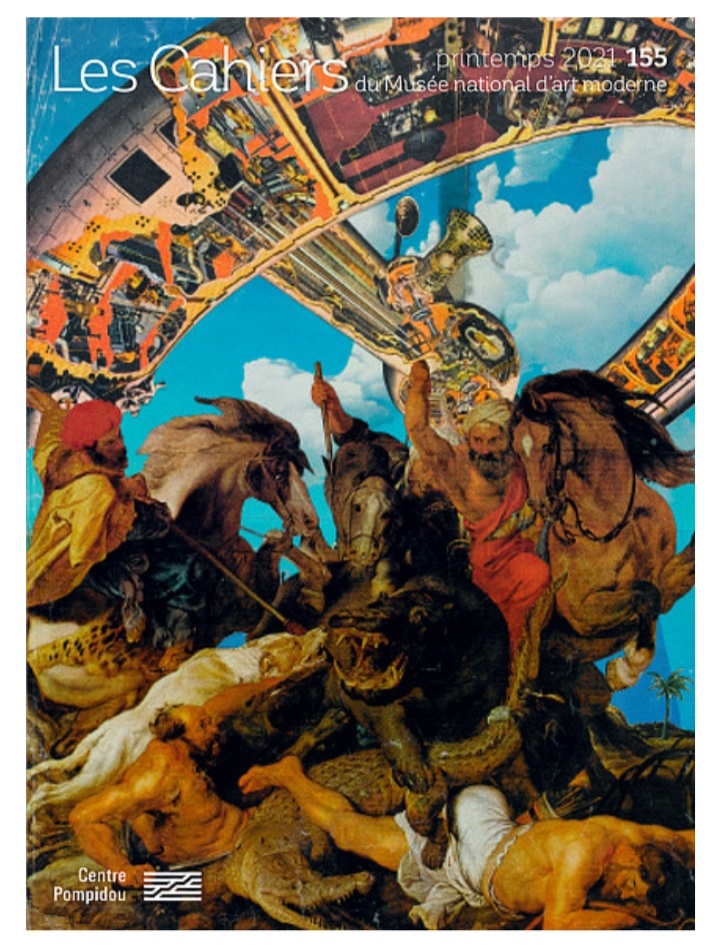 Léa Dreyer : Les Cahiers du Musée National d'Art Moderne - Centre Pompidou
Léa Dreyer : Les Cahiers du Musée National d'Art Moderne - Centre Pompidou
Centre Pompidou
May 2021 -
 Cristiano Raimondi, Floriane Spinetta, Hélène Guenin, Rébecca François : Lars Fredrikson
Cristiano Raimondi, Floriane Spinetta, Hélène Guenin, Rébecca François : Lars Fredrikson
Mousse Publishing et Nouveau Musée National de Monaco
January 2020 -
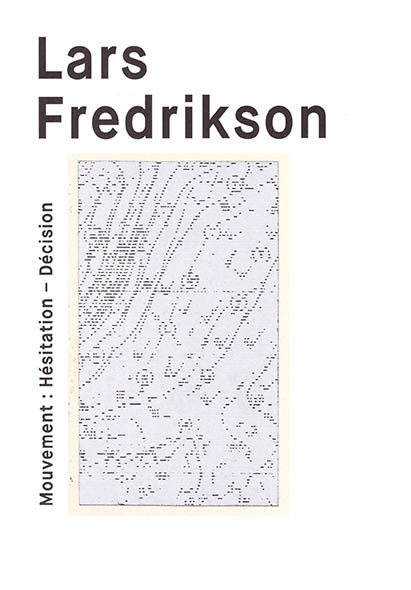 Mouvement : Hésitation - Décision
Mouvement : Hésitation - Décision
Galerie In Situ-fabienne leclerc, Grand Paris
March 2017 -
 Le Temps de l'écoute
Le Temps de l'écoute
Les Presses du réel
February 2011 -
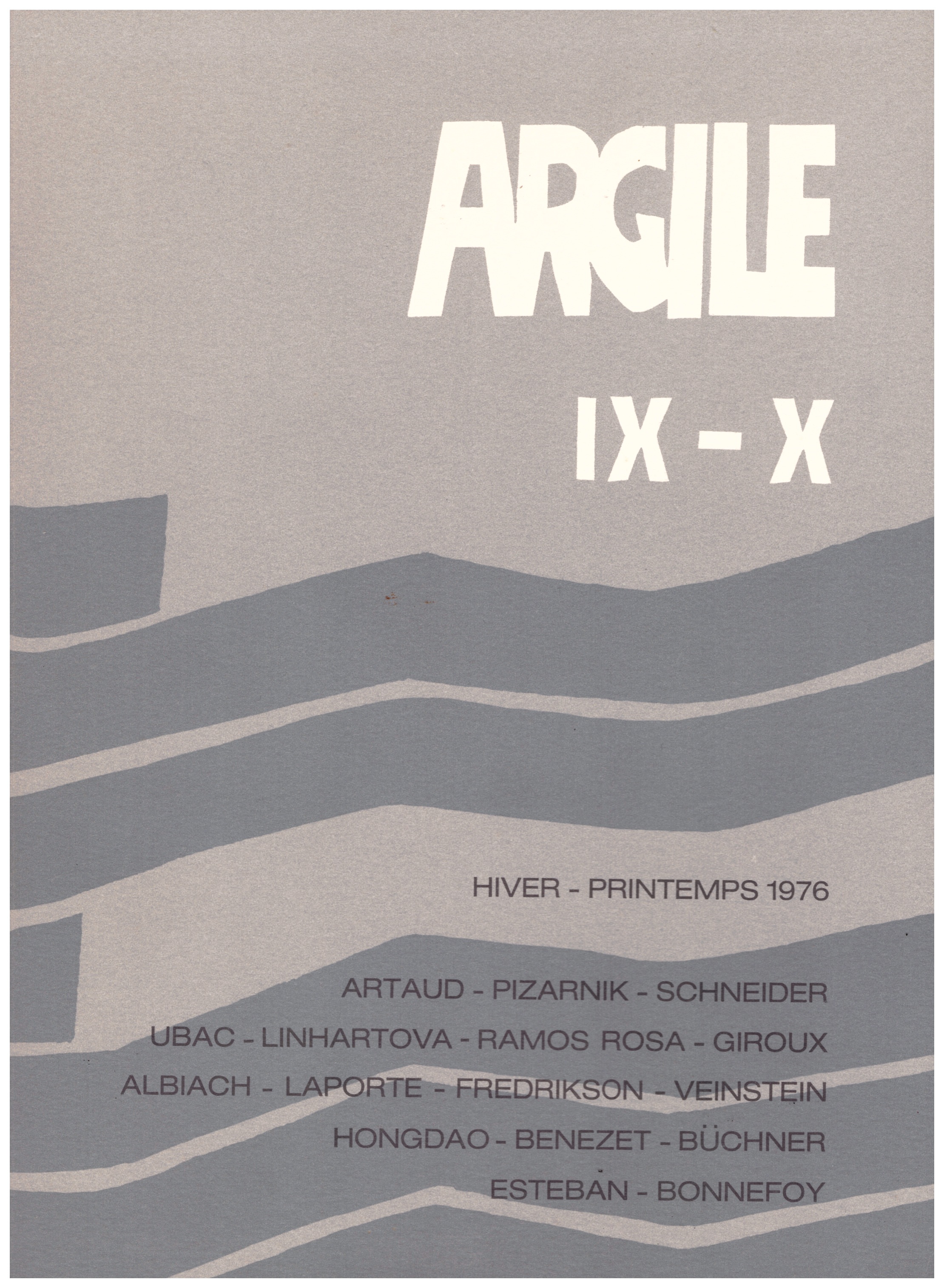 Argile IX-X
Argile IX-X
Maeght éditeur
May 1976 -
 Claude Royet-Journoud : LE TRAVAIL DU NOM
Claude Royet-Journoud : LE TRAVAIL DU NOM
Maeght éditeur
March 1975 -
 Fondation Maeght : FREDRIKSON ESPACES VIRTUELS
Fondation Maeght : FREDRIKSON ESPACES VIRTUELS
February 1972 -
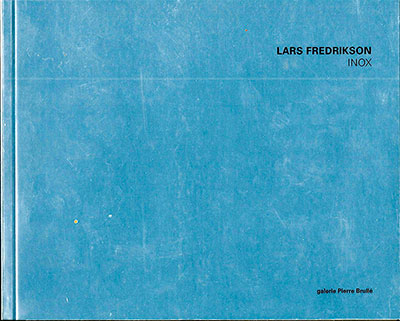 LARS FREDRIKSON INOX
LARS FREDRIKSON INOX
Galerie Pierre Brullé
Press
-
KONSTEN
Lars Fredriksonby Carolina Soderholm (FR & ANG)
12.06.2025 -
EXPRESSEN
Après sa mort, tout serait détruitby Charlotte Wiberg
07.06.2025 -
DREAM IDEA MACHINE
Lars Fredriksonby Dimitris Lempesis
04.06.2025 -
Dagens Nyheter - Sweden
Lars Fredrikson at Malmö Konsthall is the art scoop of the yearby Dan Jönsson
24.05.2025 -
Sydvenskan
Lars Fredriksonby Thomas Millroth
24.05.2025 -
MALMO
Lars Fredrikson 06.05.2025 -
ROVEN (Revue critique sur le dessin contemporain)
LARS FREDRIKSON 12.06.2020 -
Le Quotidien de l'Art
Lars Fredrikson, soif d'interférences 16.03.2020 -
Artpress
Lars Fredrikson, la plasticité des arts 01.01.2020 -
Quotidien de l'Art
Le magicien Fredrikson 13.01.2016 -
L'OBS
Lars Fredrikson 03.12.2015 -
LE MONDE
LARS FREDRIKSON 22.11.2015 -
Catalogue les Presses du réel
Le Temps de l'ecoute 01.02.2011 -
L'art vivant
Les espaces virtuels de Lars Fredrikson 28.03.1972 -
Nice matin
Lars Fredrikson chez Chave 19.06.1969 -
Le Monde
Lars Fredrikson - Sculptures Audio-visuelles 03.05.1969 -
Les lettres françaises
Naissance d'une collection 19.02.1969 -
Les lettres françaises
L'art vivant à la Fondation Maeght 01.05.1968 -
Art International
Lars Fredrikson 01.11.1967
